
Poland Travel Guide
A country of vast landscapes dotted with castles, each one towering over picturesque cities with unique stories.
Best time to visit Poland
Best places to visit in poland, zalipie: the beautiful painted village in poland, best things to do in gdansk, poland (2-day guide), 12 best things to do in krakow, poland, how to visit auschwitz concentration camp in poland, map of poland, weather in poland.
Poland has a varied climate with four different seasons. Summers are warm but do see occasional rain, and winters are cold but atmospheric with snow. Soak up the sun on vibrant terraces or visit castles surrounded by a winter wonderland.
Cities in Poland
7 best things to do in warsaw, poland, 9 best things to do in wroclaw, poland, impressive locations, ksiaz castle, poland: all you need to know when visiting, best travel insurances, how to plan a trip.
- Find Hotels via Booking.com
- Find Hostels via Hostelworld
- Find a Rental Car via Sunny Cars
- Find Flights to Poland via Skyscanner
- Get a Travel Insurance via Heymondo
- Book Tours & Attractions via GetYourGuide
- Book a Bus/Train/Transfer via 12Go
- Get a Visa via iVisa
- How to pack light for your trip
- How to plan your trip our tips
Why is Poland worth visiting?
With a rich history, stunning architecture, delicious food, and beautiful countryside, Poland is an exciting travel destination. Explore medieval castles, picturesque towns, and vibrant cities like Warsaw and Krakow . In between, stop at the mountains, the sea, and many beautiful lakes – there’s not a dull location in Poland.
Is Poland cheap to visit?
Poland is one of the cheaper countries to travel to in Europe compared to its Western neighbors, like Germany or France. The lower cost of living impacts tourism, with many affordable hotels and delicious restaurants. Expect to spend 30 – 70 USD per night for a mid-range hotel and 20-40 USD per day on food.
Can I drink tap water in Poland?
Tap water is safe to drink everywhere in Poland, though many locals prefer bottled water (mineral). Stay hydrated by bringing a reusable water bottle while simultaneously reducing plastic waste.
Do I need a visa for traveling in Poland?
Most foreign travelers can visit Poland for up to 90 days without a visa – plenty of time to explore the country’s beauty! Visas are not required to enter for EU citizens. Check your entry requirements before travel and ensure your passport is valid for at least 6 months from the date of your arrival.
What language do they speak in Poland?
People in Poland speak the Slavic language of Polish, words that carry the stories of the country’s culture and past. However, English is also widely spoken and understood in bigger cities and tourist destinations.
Do I need travel insurance for Poland?
Travel in Poland with peace of mind by getting travel insurance for your unforgettable trip. Whether it’s an accident or lost luggage, insurance protects you against unexpected events. This way you can do exactly what you want on your Poland holiday .
Is Poland safe?
Crime levels in Poland are generally low, making beautiful cities like Wroclaw exciting to explore. However, petty crime, such as pickpocketing or bag snatching, can occur (especially in larger cities).
What power plug type does Poland have?
For Poland, you need either power plug type C or type E. Type C is the one with two round pins, and type E has two round pins and a hole for the socket’s pin. Bring an adapter to power your devices during your travels.
Why do people love Poland?
Poland is a country that has it all: beautiful cities, pastel-colored towns, vibrant culture, and unspoiled nature like forests, mountains, and the sea. Because of this, and its rich and turbulent history, it’s a beautiful country to visit, yet it remains one of the most underrated in Europe .
Travel to Poland
Poland is a country steeped in history and full of natural gems, welcoming travelers to many incredible experiences. From journeying through the medieval cities of Krakow and Warsaw , cities reborn from the ashes of war – there’s a beautiful blend of old and new. Discover the haunting history of Auschwitz-Birkenau or visit lesser-known spots like the colorful Zalipie or the Baltic Coast. In Poland, every step reveals another part of the country’s rich narrative.
How to Plan Your Trip to Poland
Use our Poland travel guides to plan your perfect trip to this underrated country. Whether you’re looking to stroll through pastel-colored streets, look out over the rolling hills from castle walls, or learn about Poland’s turbulent history, we’ve got you covered. Discover the best things to do in Poland in our complete 2-week travel guide for inspiration and tips.
Best Time to Visit Poland
The best time to visit Poland depends on your wishlist of experiences. Each season has its own unique charm, from spring’s blossoms to winter’s cozy traditions.
Spring: As the country awakens from its winter slumber, it bursts into color. Cherry blossoms bloom in Warsaw’s parks, and the countryside fills with stunning wildflowers. Embrace the milder weather while strolling through the cities and enjoying outdoor terraces.
Summer: Imagine sunny beaches along the Baltic Sea, medieval streets in Krakow alive with festivals and open-air concerts, and the mountains covered in green. Summers are the best time to visit Poland for a range of different activities, whether it’s savoring pierogi at a street-side cafe or lazing under the lake-side trees.
Fall: The country turns into a colorful symphony with shades of red, orange, and gold across the landscapes. Visit the Wieliczka Salt Mine or take a leisurely cruise on the lakes. The harvest season also brings in delicious local products, so cozy up in the corner of a cute restaurant, huddled over a steaming bowl of stew.
Winter: This is when Poland turns into a real-life fairytale, where Christmas markets take center stage in cities, and the landscape turns into a winter wonderland. If you’re into winter sports, Poland is a great location for skiing, sledding, snowboarding, or snowshoeing. Discover the charm of Wroclaw under a blanket of snow and enjoy delicious mulled wine.
Countryside, Beaches, and Cities
A vacation in Poland is the perfect decision if you’re looking for diversity. From its idyllic countryside to the sun-kissed beaches and historic cities, there’s something for every type of traveler.
The countryside unfolds like a painting, with forests, beautiful UNESCO sites, and many wild animals. Explore Poland’s lakes, where wooden cottages dot the landscape, or go hiking in the alpine mountains. In every village you pass, expect warm hospitality and delicious traditional cuisine.
Often forgotten is that Poland also has a coastline that stretches along the Baltic Sea. This gem has golden sands that stretch on for miles and offers many water sports. Gdansk , steeped in maritime history, makes a must-see on your Poland holiday , with a colorful Old Town and many stories. Twenty minutes further lies the seaside town of Sopot, with a wooden pier perfect for catching the sunset.
But perhaps the most fun to explore are the country’s enchanting cities, from Poland’s capital, Warsaw , where modern meets old, to medieval Krakow , with Europe’s largest market square. As well as Wroclaw , known as the ‘Venice of Poland’ and the romantic port town of Gdansk – there are many things to do in Poland .
Food, Culture, and Religion in Poland
The cuisine, culture, and religion of Poland are inseparable from its identity. The food is a celebration of hearty flavors and tradition, like its pierogi or famous hunter’s stew (bigos). As you stroll through old villages, stop to try some local beet soup or Polish sausages, ending your meals with an iconic apple pie.
Poland’s culture is woven together with its history and art. In Krakow’s Old Town, you can explore the stunning architecture (now a UNESCO site), like the Gothic Basilica next to Europe’s largest medieval square. Watch as folk traditions come alive with festivals, dances, and many crafts sold at the markets.
And its religion is just as diverse as everything else. With some of Europe’s most stunning cathedrals and churches dotted throughout the country, Poland is predominantly Roman Catholic. You’ll even find a few pilgrimage sites here, like the Jasna Góra Monastery. However, historic synagogues in Krakow reflect the country’s Jewish heritage, while Orthodox Christianity also thrives.
Why You Should Travel to Poland
Immerse yourself in the warmth of Polish hospitality, its inspiring historical stories, and the many wonderful landscapes and architecture. Unlike Western Europe, Poland remains an undiscovered gem, offering quieter journeys with fewer people. This allows you to truly explore its serene nature, from the southern mountains to the Baltic coastline, and unwind in beautiful cities, savoring delicious cuisine.
Every corner offers something new and interesting, whether you’re looking to be outside between the hills and trees or learn about Poland’s tumultuous history. Nature and culture come together no matter where you go, offering a glimpse into Poland’s best places to visit .
Safety and Travel Advice in Poland
Although Poland is a safe destination to travel to, it’s always good to be up-to-date about safety measures and tips for traveling to the country.
Natural disasters: The risk of natural disasters is relatively low in Poland. However, heavy rains and thunderstorms are frequent during the summer months, which sometimes lead to flooding. Stay informed by watching local and international news for the latest information and register at an embassy for emergency updates.
Mountains: If you’re visiting southern Poland, there are two high mountain ranges (the Carpathians and Sudetes), perfect for hiking, climbing, and skiing. These areas can be dangerous if you go unprepared. Lightning strikes are common, as well as risks of sudden storms or avalanches. Always check weather forecasts and go well-prepared.
Crime and safety in Poland : Public security in Poland is generally really good, especially in bigger cities, though petty crime does happen. This is more common in crowded areas, tourist destinations, and train stations. Keep your valuables on you secure and leave any important belongings at home.
Learn more about travel safety
Traffic: If you’re driving in Poland, always keep an eye on the road and traffic. Though the country continues to improve its highway system, travel can still be challenging outside major city centers. Road conditions on secondary roads are poor, and Polish driving can sometimes be a bit erratic. Remember that the country also sees a lot of truck traffic, as it’s part of a major east-west route, and that horse-drawn and slow-moving agricultural vehicles are common in rural areas.
Travel Insurance: One of the things we always recommend for your Poland holiday is purchasing travel insurance. Whether it’s lost luggage or an accident – travel insurance gives you more peace of mind on your travels. Check out these best travel insurances .
- 3 Other destinations
- 4.1.1 Early history
- 4.1.2 Partitions and regaining independence
- 4.1.3 World War II
- 4.1.4 Communism (People's Republic of Poland)
- 4.1.5 Contemporary Poland (Third Republic of Poland)
- 4.2 Holidays
- 4.3 Tourist information
- 6.1 Entry requirements
- 6.2 By plane
- 6.3 By train
- 6.6 By boat
- 7.1 By plane
- 7.2.1 Train types
- 7.2.2 Tickets
- 7.5 By taxi
- 7.6 By bicycle
- 7.7 By thumb
- 8.2 Natural attractions
- 8.3 Castles & other rural monuments
- 8.4 Countryside
- 12.1.1 Money exchange
- 12.1.2 ATMs
- 12.1.3 Credit cards
- 12.1.4 Cheques
- 12.2 Tipping
- 12.3 Exports
- 12.4 Shopping
- 13.1 Traditional local food
- 13.2 Milk bars
- 14.5 Cocktails
- 14.6 Tea and coffee
- 14.8 Prices
- 15.1 Prices
- 15.2 Hotels
- 15.3 Hostels
- 15.4 Agritourism farms
- 16.2 Security on trains
- 16.3 Violence
- 16.4 Racism
- 16.6 Driving conditions
- 16.7 Strip clubs
- 17 Stay healthy
- 18.1 Etiquette
- 18.2.1 Politics
- 18.2.2 National issues
- 18.2.3 Religion
- 18.2.4 LGBT travellers
- 18.3 Miscellaneous
- 19.1 Mobile phones
- 19.2 Polish telephone numbers
- 19.3 International calls
- 19.4 Internet
- 20.1 Digits
- 20.2 Toilets

Poland ( Polish : Polska ) has a rich and eventful history, and a strong basis for its bourgeoning tourism industry. As one of Europe's most underrated countries, it offers a fair share of countryside, vibrant urbanity, pristine beauty and a culture in connection to its thousand-year history.
Its heritage is reflected in its architecture, museums, galleries and monuments. Its landscape is varied, and extends from the Baltic Sea coast in the north to the Tatra Mountains in the south. In between, lush primeval forests are home to fascinating species of animals including bisons in Białowieża ; beautiful lakes and rivers for various water-sports, the best known of which are in Warmińsko-Mazurskie ; rolling hills; flat plains; and deserts. Among Poland's cities you can find the perfectly preserved Gothic old town of Toruń , Hanseatic heritage in Gdańsk and evidence of the 19th-century industrial boom in Łódź .
Creative and enterprising, Poles continually come up with various ideas for events and festivals, and new buildings and institutions spring up almost before your eyes, so that every time you come back, you are bound to discover something new.
Regions [ edit ]

Cities [ edit ]
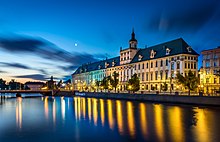
- 52.229875 21.011654 1 Warsaw ( Warszawa ) — capital of Poland, and one of the EU's thriving new business centres; the old town, nearly completely destroyed during World War II, has been rebuilt in a style inspired by classicist paintings of Canaletto.
- 54.351991 18.646354 2 Gdańsk — the former German city of Danzig is one of the old, beautiful European cities, rebuilt after World War II. It is a great departure point to the many sea resorts along the Baltic coast.
- 50.264443 19.023717 3 Katowice — central district of the Upper Silesian Metropolis, both an important commercial hub and a centre of culture.
- 50.061734 19.937302 4 Kraków — the "cultural capital" of Poland and its historical capital in the Middle Ages; its centre is filled with old churches, monuments, the largest European medieval market-place - and now with trendy pubs and art galleries. Its city centre is a UNESCO World Heritage Site.
- 51.247795 22.567639 5 Lublin — the biggest city in Eastern Poland, it has a well-preserved old town with typical Polish architecture, along with unusual Renaissance elements.
- 51.759008 19.455704 6 Łódź — once renowned for its textile industries, the "Polish Manchester" has the longest walking street in Europe, Piotrkowska Street, full of picturesque 19th-century architecture.
- 52.406244 16.925646 7 Poznań — the merchant city, considered to be the birthplace of the Polish nation and church (along with Gniezno ); presents a mixture of architecture from all epoques .
- 53.427715 14.552327 8 Szczecin — the most important city of Pomerania with an enormous harbour, monuments, old parks and museums.
- 51.110113 17.033416 9 Wrocław — an old Silesian city with great history; built on 12 islands, it has more bridges than any other European town except Venice, Amsterdam and Hamburg.

Other destinations [ edit ]
- 50.035833 19.178333 1 Auschwitz-Birkenau — An infamous complex of German Nazi extermination and slave labour camps that became the centre of the Holocaust of Jews during World War II. UNESCO World Heritage Site .
- 52.752128 23.879128 2 Białowieża National Park — a huge area of ancient woodland straddling the border with Belarus . UNESCO World Heritage Site .
- 49.866667 19.683333 4 Kalwaria Zebrzydowska — monastery in the Beskids from 1600 with Mannerist architecture and a Stations of the Cross complex. UNESCO World Heritage Site .
- 50.766667 15.65 5 Karkonosze National Park — national park in the Sudety around the Śnieżka Mountain with beautiful waterfalls.
- 54.033333 19.05 6 Malbork — home to the Malbork Castle, the beautiful huge Gothic castle made of brick and the largest one in Europe. UNESCO World Heritage Site .
- 54.703333 17.306944 7 Słowiński National Park — national park next to the Baltic Sea with the biggest dunes in Europe.
- 49.983039 20.055731 8 Wieliczka Salt Mine — the oldest still existing enterprise worldwide, this salt mine has been exploited continuously since the 13th century. A UNESCO World Heritage Site.
- 52.266667 16.783333 9 Wielkopolski National Park — national park in Greater Poland protecting the wildlife of the Wielkopolskie Lakes.
Understand [ edit ]
Poland is located at the very centre of Europe with an area of 322,575 km².
Poland's western regions, including large parts of Lower Silesia , Lubuskie and Zachodniopomorskie , were parts of neighbouring Germany at different periods of time. The natural border of mountain ridges separating Poland from its southern neighbours, the Czech Republic and Slovakia , did not stop the cultural influence (and periodic warring). In the Middle Ages, Poland was part of a powerful Commonwealth with Lithuania that governed much of today's Belarus and Ukraine . The cultural evidence of it can be found closer to the present-day borders. Lastly, the entire eastern half of Poland used to be controlled by the Russian Empire, and there was a strong Soviet influence during the communist era, leaving behind many traces in both culture and built heritage.
Poland has a very homogeneous society in terms of ethnicity, language and religion. The historical Republics of Poland, whose boundaries were very different from those of today, were very multi-cultural, and, for a period, Poland was known as Europe's most religiously tolerant. Poland held Europe's largest Jewish population, which was all but wiped out by the Holocaust of World War II then after the war the survivors were persecuted by the anti-Semitic communist government into leaving the country.
Despite losing a third of its population, including a disproportionally large part of its elites, in World War II, and suffering many economic setbacks as a Soviet satellite state afterwards, Poland in many ways flourished culturally in the 20th century. Paving the way for its fellow Eastern bloc states, Poland had a painful transition to democracy and capitalism in the late 1980s and 90s. In the 21st century, Poland joined the European Union and has enjoyed continuous economic growth unlike any other EU country. This has allowed it to markedly improve its infrastructure and had a profound effect on its society.
History [ edit ]

Early history [ edit ]

The first cities in today's Poland, Kalisz and Elbląg on the Amber Trail to the Baltic Sea, were mentioned by Roman writers in the first century AD, but the first Polish settlement in Biskupin dates even further back to the 7th century BC.
Poland was united as a country in the first half of the 10th century, and adopted Catholicism as the state religion in 966 AD. The first capital was the city of Gniezno , but a century later the capital was moved to Kraków , where it remained for half a millennium.
Poland experienced its golden age from 14th to 16th century, under the reign of King Casimir the Great, and the Jagiellonian Dynasty, whose rule extended from the Baltic to the Black and Adriatic seas. In the 16th century, the Polish-Lithuanian Commonwealth was the largest country in Europe; the country attracted many immigrants, including Germans, Jews, Armenians and Dutch, because of the freedom of confession guaranteed by the state and the atmosphere of religious tolerance, which was exceptional in Europe at the time of the Holy Inquisition.
Under the rule of the Vasa Dynasty, the capital was moved to Warsaw in 1596. During the 17th and the 18th centuries, the nobility increasingly asserted its independence from the monarchy; combined with several exhausting wars, this greatly weakened the Commonwealth. Responding to the need for reform, Poland passed a constitution in 1791 that was a key reform among many progressive but belated attempts to strengthen the country during the second half of the 18th century.
Partitions and regaining independence [ edit ]
With the country in political disarray, various sections of Poland were occupied by its neighbors — Russia , Prussia (later Germany ) and Austria — in three coordinated "partitions" of 1772 and 1793, and 1795. After the last partition and a failed uprising, Poland ceased to exist as a country for 123 years.
However, this long period of foreign domination was met with fierce resistance. During the Napoleonic Wars , a semi-autonomous Duchy of Warsaw arose, before being erased from the map again in 1813. Further uprisings ensued, such as the 29 November uprising of 1830-1831 (mainly in Russian Poland), the 1848 Revolution (mostly in Austrian and Prussian Poland), and 22 January 1863. Throughout the occupation, Poles retained their sense of national identity, and kept fighting the subjugation of the three occupying powers.

Poland returned to the map of Europe with the end of World War I , regaining its independence on November 11, 1918. In 1920–21, the newly-reborn country got into territorial disputes with Czechoslovakia and, especially, the antagonistic and newly communist Soviet Russia with which it fought a war. This was further complicated by a hostile Weimar Germany to the west, which strongly resented the annexation of portions of its eastern Prussian territories, and the detachment of German-speaking Danzig (contemporary Gdańsk ) as a free city.
World War II [ edit ]
World War II in Europe began with a coordinated attack on Poland's borders by the Soviet Union from the east and Nazi Germany from the west and north. Only a few days prior to the start of the war, the Soviet Union and Germany had signed a secret pact of non-aggression, which called for the re-division of the central and eastern European nations. Germany attacked Poland on 1 September 1939 and the Soviet Union attacked Poland on 17 September 1939, effectively starting the fourth partition. These harmonised invasions caused the re-established Polish Republic to cease to exist. Hitler used the issue of Danzig ( Gdańsk ) as a pretext to invade Poland, much as he used the "Sudetenland Question" to conquer Czechoslovakia.
Many of World War II's most infamous war crimes were committed by the Nazis and Soviets on Polish territory, with the former committing the majority of them. Polish civilians opposed to either side's rule were ruthlessly rounded up, tortured, and executed. Nazi Germany established concentration and extermination camps on Polish soil, where many millions of Europeans — including about 90% of Poland's long-standing Jewish population and thousands of local Romanies (Gypsies) — were murdered; of these Auschwitz is the most infamous. The Nazis murdered about three million Polish Jews and about the same number of Polish non-Jews — not only people who actively opposed the Nazi occupation, but also people more or less randomly rounded up. Part of the Nazis' strategy was to attempt to annihilate all Polish intelligentsia and potential future leadership, the better to absorb Poland into Germany, so thousands of Polish Catholic priests and intellectuals were summarily murdered. For their part, the Soviets rounded up and executed the cream of the crop of Polish leadership in the part of Poland they occupied in the Katyń Massacre of 1940. About 22,000 Polish military and political leaders, business owners, and intelligentsia were murdered in the massacre, approved by the Soviet Politburo, including by Joseph Stalin and Lavrentiy Beria. The Soviets also murdered about 150,000 ordinary Poles and deported another 1,700,000 to Siberia between 1939 and 1941.
World War II shattered and battered the country — Poland lost nearly 30% of its population, nearly all of its important cities were destroyed, lost control of significant poritions of its territory, and was left impoverished and bankrupt.
Following the war, Poland found itself compelled to assume the role of a Soviet satellite nation due to the Yalta and Potsdam agreements forged between the Western Allies and the Soviet Union. These historical junctures continue to be perceived by a significant number of Poles as a profound act of treachery carried out by the Allies.
The inhabitants native to the former Polish regions in the east, which were subsequently annexed by the Soviet Union, were forcibly expelled, making way for the displaced German populations from the western and northern regions of the country. This forced displacement resulted in the uprooting of over 10 million individuals and served to impede the process of reconciliation between Poland and Germany. For a comprehensive understanding of the broader context, one can refer to the dynamics of Cold War Europe .

Communism (People's Republic of Poland) [ edit ]
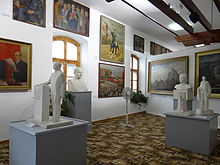
After World War II, Poland was forced to become a socialist republic. Between 1945 and 1953, pro-Stalinist leaders conducted periodic purges. In particular, members of the Polish Home Army and other partisan organizations that had opposed both Soviet and German domination of Poland were executed in large numbers. There were also pogroms after the war; the most notorious was the 1946 Kielce pogrom, which was allegedly incited by Joseph Stalin's NKVD secret police, though based on the traditional Christian blood libel against Jews and with very weak condemnation, at best, from Polish cardinals. The result of the pogroms and subsequent antisemitic policies of the communist government was that most Jewish survivors of Nazi persecution emigrated, effectively ending centuries of strong Jewish presence in the cultural and ethnic fabric of Poland.
After the bloody Stalinist era of 1945–1953, Poland was comparatively tolerant and progressive in comparison to other Eastern Bloc countries. But strong economic growth in the post-war period alternated with serious recessions in 1956, 1970, and 1976 which resulted in labour turmoil over dramatic inflation and shortages of goods. Ask older Poles to tell you about the impoverished Poland of the Communist era and you'll often hear stories of empty store shelves where sometimes the only thing available for purchase was vinegar. You'll hear stories about back room deals to get meat or bread, such as people trading things at the post office just to get ham for a special dinner, or religious services held secretly in basements.
A brief reprieve from this history occurred in 1978. The then-archbishop of Kraków, Karol Wojtyła, was elected as Pope of the Roman Catholic Church, taking the name John Paul II. This had a profound impact on Poland's largely Catholic population, and to this day John Paul II is widely revered in the country.
In 1980, the anti-communist trade union, "Solidarity" (Polish: Solidarność ), became the major driving force in a strong opposition movement, organizing labor strikes, and demanding freedom of the press and democratic representation. The communist government responded by imposing martial law from 1981 to 1983. During this period, the country again suffered from widespread poverty, thousands of people were detained, phone calls were monitored by the government, independent organizations not aligned with the Communists were deemed illegal and members were arrested, access to roads was restricted, the borders were sealed, ordinary industries were placed under military management, and workers who failed to follow orders faced the threat of a military court.
Solidarity was the most famous of various organizations which were criminalized, and its members faced the possibility of losing their jobs and imprisonment. However, the heavy-handed repression and resulting economic disaster greatly weakened the role of the Communist Party. Solidarity was eventually legalized again, and shortly thereafter led the country to its first free elections in 1989, in which the communist government was finally removed from power. This inspired a succession of peaceful anti-communist revolutions throughout the Warsaw Pact bloc.

Contemporary Poland (Third Republic of Poland) [ edit ]
Nowadays, Poland is a democratic country with a stable and robust economy. It has been a member of NATO since 1999 and the European Union since 2004. The country's stability has been underscored by the fact that the tragic deaths of the President and a large number of political, business and civic leaders in a plane crash did not have an appreciable negative effect on the Polish currency or economic prospects. Poland has also joined the borderless Europe agreement (Schengen), with an open border to Germany, Lithuania, the Czech Republic and Slovakia, and is on track to adopt the Euro currency in a few years time. Poland's dream of rejoining Europe as an independent nation at peace and in mutual respect with its neighbors has finally been achieved. However rural Poland and the smaller towns have been in decline since the 1990s due to migrants leaving the countryside looking for better jobs in the main cities like Warsaw or Krakow.

Holidays [ edit ]

On public holidays, which including many Catholic holidays and important anniversaries, most service and retail outlets, other companies, museums, galleries, other attractions and public administration units, close entirely. Plan ahead for shopping, services or official business.
Places to eat, gas stations and pharmacies generally remain open. Some small and almost all Żabka neighbourhood convenience stores stay open, but many may have shortened opening hours. In smaller towns and villages, the local gas station can be your only resort.
Most means of public transport will run according to their Sunday schedule on public holidays, usually meaning less frequent operations. Some connections, e.g. peak bus lines, do not operate on such days entirely ("Sunday service").
If a public holiday falls on a Tuesday or Thursday, many Poles take a day off on the Monday preceding or Friday following to have a long weekend, so many companies and public administration units close on those days as well. Roads and trains may become congested on the days long weekends start or end. In tourist destinations, prices may rise and accommodation may be booked out long in advance. On the other hand, large cities often become relatively deserted.
Catholic religious holidays are widely celebrated in Poland and many provide colourful and interesting festivities and include local traditions. Most of the population, especially in smaller towns and villages, will go to church on those days and participate in them. For Christmas and Easter, it is customary to join one's family for celebratory meals and gatherings that often bring together family members from far away, so many Poles will travel to their home towns or families out of their place of residence. Having celebratory dinners in restaurants is very rare, although many hotels and restaurants would offer Christmas and Easter meals.
- New Year's Day ( Nowy Rok ) - 1 January is a public holiday, with celebrations taking place around midnight.
- Epiphany ( Święto Trzech Króli or Objawienie Pańskie ) - 6 January - is the first day of the carnival period. In many Polish cities, merry parades are organised to commemorate the biblical Wise Men.
- Easter ( Wielkanoc or Niedziela Wielkanocna ) is scheduled according to the moon calendar, usually in March or April. Like Christmas, it is primarily a meaningful Christian holiday. On the Saturday before Easter, churches offer special services in anticipation of the holiday, including blessing of food; children bring baskets of painted eggs and candy to be blessed. On Easter Sunday, practicing Catholics go to the morning mass, followed by a celebratory breakfast made of foods blessed the day before. On Easter Sunday, shops, malls, and restaurants are commonly closed.
- Lany Poniedziałek , or Śmigus Dyngus , is a public holiday on the Monday after Easter , and also a holiday. It's the day of an old tradition with pagan roots: groups of kids and teens wander around, looking to soak each other with water. Often groups of boys will try to catch groups of girls, and vice versa; but innocent passers-by are not exempt from the game, and are expected to play along. Water guns and water balloons are common, but children, especially outdoors and in the countryside, use buckets and have no mercy on passers-by. (Drivers - this means keep your windows wound up or you're likely to get soaked.)
- Labour Day ( Święto Pracy ) - 1 May is a public holiday as well. Politically inspired parades and rallies are often organized, especially in larger cities, and it is best to avoid them as opposing political factions often collide and police will usually close off the area where parades and rallies are held. Combined with May 3 (see below), this holiday provides for a surefire long weekend in most years and will see many Poles enjoy a holiday outside of their hometowns.
- Constitution Day ( Święto Konstytucji Trzeciego Maja ) - 3 May , celebrated in remembrance of the Constitution of 3 May 1791. The document was a highly progressive attempt at political reform, and it was Europe's first constitution (and world's second, after the US). Following the partitions, the original constitution became a highly poignant symbol of national identity and ideals.
- Pentecost ( Zesłanie Ducha Świętego or Zielone Świątki ) - movable feast, celebrated 7 weeks after Easter , which is always on a Sunday . It is a relatively low-key religious holiday. Since this is a Sunday, it may make little difference in some cases, but in case of establishments normally open on Sundays you may find them closed on that day. The second day (Monday) is not a public holiday and not widely celebrated in Poland.
- The Feast of Corpus Christi ( Boże Ciało ) is celebrated on the Thursday after Trinity Sunday, or sixty days after Easter . It is celebrated across the country; in smaller locations virtually the whole village or town becomes involved in a procession, and all traffic is stopped as the procession weaves its way through the streets.
- Assumption ( Wniebowzięcie Najświętszej Marii Panny ) coinciding with Day of the Polish Military ( Święto Wojska Polskiego ) - 15 August , commemorating the victory of the Polish Army over the invading Soviet (Red) Army in the Battle of Warsaw. The victory was attributed by the religious to the influence of the Virgin Mary. The day is marked with Catholic religious festivities and military parades.
- All Saints Day ( Wszystkich Świętych ) - 1 November . In the afternoon people visit graves of their relatives and light candles. After dusk cemeteries glow with thousands of lights and offer a very picturesque scene. If you have the chance, visit a cemetery to witness the holiday. Many restaurants, bars and cafés will either be closed or close earlier than usual on this holiday.
- Independence Day ( Narodowe Święto Niepodległości ) - 11 November , celebrated to commemorate Poland's independence in 1918, after 123 years of partitions and occupation by Austria, Prussia and Russia. Some somber official celebrations, and another slew of politically-inspired rallies are bound to be held. There are also big patriotic demonstrations and marches in larger cities, especially in Warsaw, where over 100,000 people participate in the salt marsh soil of the Independence. It is calm and many foreigners participate in it.
- Christmas Eve ( Wigilia Bożego Narodzenia or simply Wigilia ) - 24 December is not a public holiday, but for the Poles it is the year's most important feast. According to Catholic tradition, celebration of liturgical feasts starts in the evening of the preceding day (a vigil, hence wigilia ). In Polish folklore, this translates into a special family dinner, which traditionally calls for a twelve-course meatless meal (representing the twelve apostles), which is supposed to begin in the evening, after the first star can be spotted in the night sky. On Christmas Eve most stores will close around 14:00 or 15:00 at the latest out of respect for traditions. It is also a Polish tradition to not leave anybody alone on Christmas Eve, so Polish people tend to be extremely hospitable on the evening and on many occasions will invite their lonely friends to participate in the traditional dinner. It is also acceptable to ask your friends if you could join them if you're alone. There's also a tradition of Midnight Mass on that day ( Pasterka ), when Christmas carols are sung.
- Christmas ( Boże Narodzenie ) - 25 and 26 December . On Christmas Day people usually stay home and enjoy meals and meetings with families and sometimes close friends. Everything apart from essential services will be closed and public transport will be severely limited.
- New Year's Eve ( Sylwester ) - 31 December is not a public holiday, but many businesses will close early. Pretty much all hotels, restaurants, bars and clubs will host special balls or parties, requiring previous reservations and carrying hefty price tags. In cities, free open-air parties with live music and firework displays are organized by the authorities on central squares.
Tourist information [ edit ]
- Polish Tourism Organisation website
Talk [ edit ]
The official language of Poland is Polish .
Virtually all official information is in Polish only, including street signs, directions, information signs, etc., as well as schedules and announcements at train and bus stations. Airports and a few major train stations usually do have information in English, though. Information signs in museums, churches, etc., signs are typically in multiple languages at popular tourist destinations, elsewhere in Polish only.
The vast majority of young people who grew up after the fall of communism know English, usually at a decent level. Older Poles, however, especially those outside the main cities, will speak little or no English. However, it is possible that they speak either French , German or Russian , taught in schools as the main foreign languages until the 1990s. German remains very common, especially in Western Poland and tourist hotspots like Kraków and Gdańsk. However, speaking Russian to Poles remains a sensitive issue due to over a century of unwanted Russian and Soviet domination, so be sure to begin the conversation in Polish and ask if the person speaks Russian before proceeding, and only use Russian as a last resort.
Czech and Slovak are West Slavic languages that share many similarities with Polish; it can be possible to hold an actually decent conversation in those languages. People who speak Ukrainian or Belarusian might be able to get the gist of what is being said in Polish, but holding anything more than a basic conversation will be difficult.
A few phrases go a long way in Poland. Polish people generally love the few foreigners who learn Polish or at least try to. Younger Poles will also jump at the chance to practise their English.
Do your homework and try to learn how to pronounce the names of places. Polish has a very regular pronunciation, and although there are a few sounds unknown to most English speakers, mastering every phoneme is not required to achieve intelligibility; catching the spirit is more important.
There are Polish language schools in Łódź , Kraków , Wrocław , Sopot and Warsaw .
Get in [ edit ]
Entry requirements [ edit ].
Poland is a member of the Schengen Agreement . See Travelling around the Schengen Area for more information on how the scheme works, which countries are members and what the requirements are for your nationality. In summary:
- There are normally no immigration controls between countries that have signed and implemented the treaty.
- There are usually identity checks before boarding international flights or boats entering the Schengen Area. Sometimes there are temporary border controls at land borders.
- A visa granted for any Schengen member is valid in all other countries that have signed and implemented the treaty.
In addition to the ordinary Schengen visa waiver, citizens of South Korea, the United States of America, and Israel are permitted to spend up to 90 days in Poland without a visa, regardless of time spent in other Schengen countries. Time spent in Poland, however, does count against the time that would be granted by another Schengen state.
Regular visas are issued for travelers going to Poland for tourism and business purposes . Regular visas allow for one or multiple entries into Polish territory and stay in Poland for maximum up to 90 days and are issued for the definite period of stay. When applying for a visa, please indicate the number of days you plan to spend in Poland and a date of intended arrival. Holders of regular visas are not authorized to work.
Ukrainian citizens do not require a separate visa for transit through Poland if they hold a Schengen or a UK visa.

By plane [ edit ]
Most of Europe's major airlines fly to and from Poland. Poland's flag carrier is LOT Polish Airlines , a member of Star Alliance, operating the Miles&More frequent flyer programme with several other European Star Alliance members. Most other European legacy carriers maintain at least one connection to Poland, and there are also a number of low cost airlines that fly to Poland including WizzAir , EasyJet , Norwegian and Ryanair .

While there are many international airports across Poland, and international air travel is on a constant increase, Warsaw 's Chopin Airport ( WAW IATA ) remains the country's main international hub. LOT flies e.g. to Beijing , Delhi , Toronto , New York and Chicago , while Qatar Airways and Emirates offer flights to their hubs in the Middle East, which allows connecting to their rich international networks. Most European airlines offer a connection to Warsaw, allowing you to take advantage of connecting flights via their hubs.
Warsaw is the only city in Poland that has two international airports - Modlin Airport ( WMI IATA ), a converted former military airfield, is close to Warsaw and normally used by low-fare carriers.
Other major airports serviced by airlines providing intercontinental connections include Kraków ( KRK IATA ), Katowice ( KTW IATA ), Gdańsk ( GDN IATA ), Poznań ( POZ IATA ), Wrocław ( WRO IATA ), Rzeszów ( RZE IATA ), Łódź ( LCJ IATA ) (due to proximity to Warsaw Chopin Airport, there are no flights to Warsaw from Łódź)
Smaller regional airports offering international flights include:
- Bydgoszcz ( BZG IATA )
- Szczecin ( SZZ IATA ) (intercontinental connections via Warsaw)
- Lublin ( LUZ IATA ) opened in late 2012, serviced by Wizz Air and Ryanair
All of the above airports are also served by low-fare point-to-point carriers, flying to European destinations. The most popular connections out of Poland's regional airports are to the UK, Ireland, Sweden and Norway, where sizeable Polish minorities generate sustainable demand for air traffic. Flights are thus frequent and one can purchase a ticket at a very favorable rate.
You can also enter Poland coming from alternative airports:
- To the west: Berlin ( BER IATA )
- To the south-west: Dresden ( DRS IATA ) and Prague ( PRG IATA )
- To the south: Ostrava ( OSR IATA ) and Košice ( KSC IATA )
- To the north-east: Vilnius ( VNO IATA ), Kaunas ( KUN IATA ) and Kaliningrad ( KGD IATA )
By train [ edit ]

Poland uses the west European railway gauge and trains rattle across the border from Germany, Czech Republic and Slovakia, with no formalities as these are all Schengen countries. On these routes look out for split-ticket deals, as you may be able to take a cheap local train to a border town then transfer to another (and see the border regions of Śląskie , Dolnośląskie and Opolskie for example). The main direct routes are:
- Berlin - Frankfurt (Oder) - Rzepin - Swiebodzin - Zbaszynek - Poznań - Konin - Kutno - Warsaw , 4 a day, 6 hr.
- Berlin - Frankfurt (Oder) - Rzepin - Swiebodzin - Zbaszynek - Poznań - Gniezno - Inowroclaw - Bydgoszcz - Tczew - Gdansk - Gdynia , one a day, 6 hr.
- Berlin - Frankfurt (Oder) - Rzepin - Zielona Gora - Glogow - Lubin - Legnica - Wrocław - Opole - Gliwice - Zabrze - Katowice - Kraków , one daytime and one overnight, 7 hr 30 min.
- Berlin - Szczecin has two direct services, 2 hr, but usually you change between local trains at Angermünde.
- Budapest - Vac - Visegrad - Szob - Bratislava - Breclav - Ostrava - Bohumin - Chalupki - Wodislaw - Rybnik - Katowice - Sosnowiec - Dabrowa Gornicza - Zawiercie - Wloszczowa Polnoc - Opoczno Poludnie - Warsaw , one daytime train (10 hr) which continues to Terespol (for Belarus), and one overnight (14 hr) terminating in Warsaw. At Katowice a portion of the daytime train splits for Kraków and Przemyśl (for Ukraine).
- Vienna - Breclav then the same route via Ostrava and Katowice to Warsaw, 7 hr 40 min, one daytime train continuing to Gdansk and Gdynia , and one overnight terminating in Warsaw. There are other connections via Kraków.
- Prague - Pardubice - Olomouc - Ostrava - Bohumin - Chalupki - Wodislaw - Rybnik - Katowice - Myslowice - Jaworzno Szczakowa - Kraków - Miechow - Wloszczowa Polnoc - Opoczno Poludnie - Warsaw , one daytime (8 hr 30 min) and one overnight (11 hr).
- From Paris or Amsterdam travel via Berlin.
The countries to the east all use the broader (Russian-style) gauge, so there is a change of trains and border formalities to factor into the timetable. A western gauge Rail Baltica is being built through the Baltic states and might, just might, be completed some time in the 21st century.
- Vilnius - Kaunas - Białystok - Warsaw - Krakow trains run daily: you change at the border but it's a seamless connection.
- Kyiv - Dorohusk - Chelm - Rejowiec - Trawniki - Swidnik - Lublin - Naleczow - Pulawy Miasto - Deblin - Pilawa - Warsaw , 16 hr overnight, with daytime connections via Lviv and Przemyśl .
- Trains from Kaliningrad, Moscow, Smolensk and Minsk no longer cross into Poland.
Stations in Poland are relatively small and easy to navigate, though signage is just in Polish. Write down your destination and preferred time to show to ticket clerks, as trains have different prices, and your attempts to pronounce "Wrocław" will likely get you sent to Rouen. They'll show you the price on their calculator or till display, easier to grasp than their reply of trzydzieścipięćzłotychczterdzieściproszę! Credit cards are usually acceptable. See individual cities for which station to use: "Główny" means main station, but in Warsaw you want Centralna.
By car [ edit ]
You can enter Poland by one of many roads linking Poland with the neighboring countries. Since Poland's entry to the Schengen Zone, checkpoints on border crossings with other EU countries have been removed.
However, the queues on the borders with Poland's non-EU neighbors, Ukraine, Belarus and Russia, are still large and in areas congested with truck traffic it can take up to several hours to pass.

By bus [ edit ]
The principal long-distance bus operator to Poland is Flixbus . As of 2021, their direct international routes are:
Flixbus and similar big operators are franchises, with real buses with real drivers run by subsidiary local firms. Others are Eurolines , Ecolines and Sindbad .
By boat [ edit ]
- From Sweden : Ystad (7–9 hours, 215 zł) by Unity Line ; Karlskrona (10 hours, 140-220 zł) by Stena Line ; Nynäshamn (18 hours, 230-270 zł), Visby (13½ hours, 170 zł), Ystad (9½ hours, 230 zł) by Polferries
- From Germany : Rostock (~15 hr) by Finnlines
- With your own boat: many Baltic estuaries have marinas, with the largest in Szczecin , Łeba , Hel , Gdynia and Gdańsk . Gdańsk has two yacht docks: one next to the old market square ( [1] ), which is usually quickly overloaded, and one in the national sailing center next to the city center, close to the Baltic sea. The newest yacht dock is on the longest wooden pier in Sopot . Although there are many sailors in Poland, marine infrastructure still needs to be improved.
Get around [ edit ]
Polish road infrastructure is extensive but generally poorly maintained, and high speed motorways in place are insufficient. However, public transport is quite plentiful and inexpensive: buses and trams in cities, and charter buses and trains for long-distance travel.

LOT Polish Airlines offers domestic flights between Warsaw Chopin Airport and the airports of Kraków, Katowice, Wrocław, Poznań, Szczecin, Gdańsk, Olsztyn (only in summer season), Zielona Góra, Rzeszów and on the route between Kraków and Gdańsk. The best prices are available in booking 60 days in advance. Prices are 60-130 zł. Ryanair offers daily flights from Warsaw Chopin to Gdańsk, Wrocław and Szczecin and on route between Kraków and Gdańsk. Prices start from 9 zł. Connections from Radom to Wrocław and Gdańsk are operated by Sprint Air . There are no domestic flights to or from Warsaw Modlin, Łódź, Bydgoszcz and Lublin airports.
Every Wednesday, LOT holds a 24 hours ticket sale for return flights originating at Warsaw airport and often some other Polish airports, also including some domestic connections. The discounted flights offered are usually a few months away from the date of sale, and the number of tickets and available dates is restricted, but if you are planning ahead on visiting Poland or other European countries, you may find this offer attractive.
Inter-city routes are operated by PKP (Polskie Koleje Państwowe). Local routes are operated by Polregio, the brand name of Przewozy Regionalne, hived off from PKP in 2008 and now owned by the local city or regional governments. The principal rail corridors lie on international routes as described in Get in:
- From Germany to Poznań - Konin - Kutno - Warsaw - Terespol and Białystok (for Lithuania and Belarus).
- Gdynia - Gdansk - Bydgoszcz - Inowroclaw - Poznań - Wrocław - Katowice (for Czech Republic) - Kraków .
- Gdynia - Gdansk - Warsaw - Kraków .
- Kraków - Tarnów - Rzeszów - Przemyśl (for Ukraine).
For example Warsaw-Kraków (every two hours) and Warsaw-Gdansk (hourly) both take under 3 hours.
Tickets are cheap by west European standards. A day-trip between Warsaw and Kraków, three hours each way, in 2021 might be 100 złoty or €22. This means limited scope for discounts, but see below.
Inter-city trains are modern, comfy and fairly punctual. On local lines there are still a few gnarly O-class trains that look like escapees from a heritage tramway, with old codgers in flat caps sitting on bench seats around the brake handle.
Train types [ edit ]
- EIP (Express Intercity Premium), EIC (ExpressInterCity), EC (EuroCity), and IC (Intercity) - express trains between metro areas, and to major tourist destinations. Reservations are usually required. Power points for laptops are sometimes provided next to the seat. Company: PKP Intercity.
- TLK (Twoje Linie Kolejowe) - discount trains, slower but cheaper than the above. Not many routes, but a very good alternative for budget travelers. Reservations are mandatory for 1st and 2nd class. It uses older carriages that are not always suited to high-speed travel. There are also several night trains connecting southern Poland with the north. Company: PKP Intercity.
- RE (RegioEkspress) - cheaper than TLK and of an even higher standard, but only 3 of these type are running: Lublin - Poznań, Warsaw - Szczecin and Wrocław - Dresden. Company: Przewozy Regionalne.
- IR (InterRegio) - cheaper than TLK and RegioExpress but most routes are supported by poor quality trains. Company: Przewozy Regionalne.
- REGIO/Osobowy - ordinary passenger train; usually slow, stops everywhere. You can also buy a weekend turystyczny ticket, or a week-long pass. Great if you are not in a hurry, but expect these to be very crowded at times. Company: Przewozy Regionalne; other.
- Podmiejski - suburban commuter train. Varying degrees of comfort and facilities. Tickets need to be bought at station ticket counters. Some companies allow you to buy a ticket on board from the train manager, in the very first compartment. A surcharge will apply.
- Narrow gauge - Poland still retains a number of local narrow-gauged railways. Some of them are oriented towards tourism and operate only in summer or on weekends, while others remain active as everyday municipal rail. See Polish narrow gauge railways .
Tickets [ edit ]
It's probably easiest to buy InterCity tickets on-line (see links below). You can also buy tickets on-line for Regio, RE, IR and TLK.
Tickets for any route can generally be purchased at any station. For a foreigner buying tickets, this can prove to be a frustrating experience, since only cashiers at international ticket offices (in major cities) can be expected to speak multiple languages. It is recommended that you buy your train tickets at a travel agency or on-line to avoid communication difficulties and long queues.
It may be easier to buy in advance during peak seasons (e.g. end of holiday period, New Year) for trains that require reserved seating.
Tickets bought for E-IC, EC, EXpress, etc. trains are not valid for local/regional trains on the same routes. If you change trains between InterCity and Regional you have to buy a second ticket.
- Timetable search [2] ( in English, but station names of course in Polish )
- PKP information: +48 22 9436, international information +48 22 5116003.
- PKP Intercity serves express connections ( tickets can be bought on-line and printed or shown to the conductor on a smart-phone, laptop or similar devices)
- Polregio (Przewozy Regionalne) tickets for Regio, RE and IR.
- Koleo domestic route and ticket search engine across all operators. Smartphone app is available. Tickets can be shown in the app or exported as PDF for storage on other devices or printing. As of April 2022 it is not possible to book sleeper or couchette cars, get those from PKP intercity.
- Polrail Service offers a guide to rail travel in Poland and on-line purchase of tickets and rail passes for Polish and international trains to neighbouring countries. There's a fee of around 22 zł for every ticket.
- PolishTrains allows to search, book and buy train tickets to numerous Polish and European destinations. Comparison of many train carriers allows to choose the best travel solution and purchase ticket online in the best price.
- Traffic info about all moving trains [3] - check, if the train has a delay
If you travel in a group with the Regional, you should get a 33% discount for the 2nd, 3rd and 4th person (offer Ty i 1,2,3 ).
If you are a weekend traveller think about weekend offers, which are valid from Friday 19:00 until Monday 06:00:
- for all Intercity trains (E-IC, Ex, TLK) Bilet Weekendowy (from 154 zł, reservation not included)
- for TLK Bilet Podróżnika (74zł) + Regio Bilet Plus (from 17 zł)
- for all Regional trains (REGIO, IR, RE) Bilet Turystyczny (from 79 zł)
- only for Regio trains Bilet Turystyczny (from 45 zł)
If purchased for a long weekend due to a national holiday, the ticket will also valid for the whole long weekend.
Travellers under 26 years of age and studying in Poland are entitled to 26% discount on travel fare on Intercity's TLK, EX and IC-category trains, excluding the price of seat reservation.
Poland has a very well developed network of private charter bus companies, which tend to be cheaper, faster, and more comfortable than travel by rail. For trips under 100 km, charter buses are far more popular than trains. However, they are more difficult to use for foreigners, because of the language barrier.
There is an on-line timetable available. It available in English and includes bus and train options so you can compare: e-podroznik.pl . Online timetables are useful for planning, however, there are multiple carriers at each bus station and departure times for major cities and popular destinations are typically no longer than thirty minutes in-between.
Each city and town has a central bus station (formerly known as PKS ), where the various bus routes pick up passengers; you can find their schedules there. Bus routes can also be recognized by signs on the front of the bus that typically state the terminating stop. This is easier if picking up a bus from a roadside stop, rather than the central depot. Tickets are usually purchased directly from the driver, but sometimes it's also possible to buy them at the station. If purchasing from the driver, simply board the bus, tell the driver your destination and he will inform you of the price. Drivers rarely speak English, so often he will print a receipt showing the amount.
Buses are also a viable choice for long-distance and international travel; however, long-distance schedules are usually more limited than for trains.
Flixbus (ex-PolskiBus) takes a more 'western' approach - you can only buy tickets through the Internet and the prices vary depending on the number of seats already sold. They have bus links between Warsaw and most of the bigger Polish cities (as well as a few neighbouring capitals).
While the road network in Poland still lags behind many of its western neighbours, in particular Germany , there has been continued significant improvement since the 2010s with the opening of many new motorway segments and refurbishments of some long-neglected thoroughfares that were used far above capacity. There are, however, still quite a lot of roads that are not up to snuff for the traffic they are supposed to carry. Some sections of motorways A1, A2 and A4 are tolled.
Travelling east–west is now generally much easier than a decade prior, with Poznań , Łódź and Warsaw connected to Polish-German border (direction Berlin ) with the A2 (E30), and the southern major metropoles – Wrocław , Katowice , Kraków and Rzeszów – connected to Polish-German border (direction Dresden ) and Polish-Ukrainian border (direction Lviv ) by the A4 (E40).
The main north–south routes A1, S3, S5, as well as the Warsaw–Rzeszów connection by the combination of S17 and S19, are opened to traffic on their primary sections as of 2022. However, S7 (linking Gdańsk, Warsaw, Kraków and the Polish-Slovak border) is notably not completed despite carrying high traffic volumes, and one needs to expect large traffic jams near Warsaw and Kraków if driving it during the rush hours or bank holidays. Some major roads, most notably DK1 Tychy–Bielsko Biała (part of the Silesia – Slovakia connection) and parts of DK7 north of Warsaw, south of Warsaw and south of Kraków are non-motorway-standard dual carriageways with at-grade intersections and pedestrian crossings.
Most large and medium-sized cities have ring roads allowing you to bypass them, as do some of the smaller towns that are by the major roads. Some of the city bypasses are already past their capacity and large traffic jams form on them when the traffic in the city reaches high volumes. Most notably, in the rush hours one needs to expect large delays on A4 near Kraków and Wrocław, S6/S7 near Gdańsk and S8 near Warsaw.
National roads are indicated by 1- or 2-digit numbers (prefixed with letter A or S in case of highways) on the red background and they are predominantly in good shape. Voivodeship roads are indicated by 3-digit numbers on the yellow background and their condition varies by region. Local roads are indicated by numbers that are used only for administrative needs, therefore are not placed on road signs. GPS navigations are notorious for leading through 'shortcuts' using such local roads in order to save several minutes compared to the main route. Unless there are traffic jams justifying changing the route, it is typically better to stick to the national or voivodeship roads rather than following the GPS, as numbered roads are often purposefully lead along slightly longer but higher-quality routes.
By taxi [ edit ]
Use only those that are associated in a "corporation" (look for phone number and a logo on the side and on the top). There are no British style minicabs in Poland. Unaffiliated drivers are likely to cheat and charge you much more. Like everywhere, be especially wary of these taxis near international airports and train stations. They are called the "taxi mafia".
Because of travelers' advice like this (and word of mouth), taxis with fake phone numbers can be seen on the streets, although this seems to have decreased - possibly the police have taken notice. Fake phone numbers are easily detected by locals and cater for the unsuspecting traveler. The best advice is to ask your Polish friends or your hotel concierge for the number of the taxi company they use and call them 10–15 minutes in advance (there's no additional cost). That's why locals will only hail taxis on the street in an emergency.
You can also find phone numbers for taxis in any city on the Internet, on municipal and newspaper websites. Some taxi companies, particularly in larger towns provide for a cab to be ordered on-line or with a text message. There are also stands, where you can call for their particular taxi for free, often found at train stations.
If you negotiate the fare with the driver you risk ending up paying more than you should. Better make sure that the driver turns the meter on and sets it to the appropriate fare ( taryfa ):
- Taryfa 1: Daytime within city limits
- Taryfa 2: Nights, Sundays and holidays within city limits
- Taryfa 3: Daytime outside city limits
- Taryfa 4: Nights, Sundays and holidays outside city limits
The prices would vary slightly between the taxi companies and between different cities, and there is a small fixed starting fee added on top of the mileage fare.
When crossing city limits (for example, when traveling to an airport outside the city), the driver should change the tariff at the city limit.
Every taxi driver is obliged to issue a receipt when asked (at the end of the ride). You can inquire driver about a receipt ( rachunek or paragon ) before you get into cab, and resign if his reaction seems suspicious or if he refuses.
Ride-hailing is available in Poland and the following are the most anticipated providers:
- Bolt . Includes many towns. ( updated Jul 2020 )
- Uber . Works in Warsaw. ( updated Jul 2020 )
By bicycle [ edit ]
Cycling is a good method to get a good impression of the scenery in Poland. The roads can sometimes be in quite a bad state and there is usually no hard shoulder or bicycle lane. Car drivers are careless but most do not necessarily want to kill cyclists on sight which seems to be the case in some other countries.
Rainwater drainage of both city streets is usually in dreadful condition and in the country it is simply non-existent. This means that puddles are huge and common, plus pot-holes make them doubly hazardous.
Especially in the south you can find some nice places for bicycling; e.g. along the rivers Dunajec (from Zakopane to Szczawnica) or Poprad (Krynica to Stary Sącz) or Lower Silesia (Złotoryja - Swierzawa - Jawor). Specially mapped bike routes are starting to appear and there are specialized guide books available so ask a bicycle club for help and you should be just fine. Away from roads which join major cities and large towns you should be able to find some great riding and staying at agroturystyka (room with board at a farmer's house, for example) can be a great experience.
Bike sharing systems ( system roweru miejskiego ) exist in all Polish major cities in which there is a growing net of bicycle segregated cycle facilities (bike lanes and bike paths are the most common). It is a self-service system in which you can rent a bike on 24/7 basis from early spring to the end of autumn, with rental fees charged according to local tariffs. First 20 minutes of a rent is usually free of charge. Charge for next 40 minutes is 1-2 zł, then every consecutive hour 3-4 zł. The major system operator in Poland is Nextbike . You should register online to get an account, make pre-payment (usually 10 zł) and then can rent bikes in all cities in which this system exists (including towns in Germany and other Central European countries).
By thumb [ edit ]
Hitchhiking in Poland is (on average) OK. Yes, it's slower than its Western (Germany) and Eastern (Lithuania) neighbors, but your waiting times will be quite acceptable! The best places to be picked up at are the main roads, mostly routes between Gdańsk - Warsaw - Poznań and Kraków.
Use a cardboard sign and write the desired destination city name on it.
Do not try to catch a lift where it is forbidden to stop. Look on the verge of the road and there should be a dashed line painted there, not a solid one.
As in any country, you should be careful, there are several reports of Polish hitchhiking trips gone awry, so take basic precautions and you should be as right as rain.
See [ edit ]
Ever since Poland joined the European Union , international travellers have rapidly rediscovered the country's rich cultural heritage, stunning historic sites and just gorgeous array of landscapes. Whether you're looking for architecture, urban vibes or a taste of the past: Poland's bustling cities and towns offer something for everyone. If you'd rather get away from the crowds and enjoy nature, the country's vast natural areas provide anything from dense forests, high peaks and lush hills to beaches and lake reserves.

Most of the major cities boast lovely old centres and a range of splendid buildings, some of them World Heritage sites. Many old quarters were heavily damaged or even destroyed in WWII bombings, but were meticulously rebuilt after the war, using the original bricks and ornaments where possible. Although remains of the Soviet Union and even scars of the Second World War are visible in most of them, the Polish cities offer great historic sight seeing while at the same time they have become modern, lively places. The capital, Warsaw , has one of the best old centres and its many sights include the ancient city walls, palaces, churches and squares. You can follow the Royal Route to see some of the best landmarks outside the old centre. The old city of Kraków is considered the country's cultural capital, with another gorgeous historic centre, countless monumental buildings and a few excellent museums. Just 50 km from there is the humbling Auschwitz concentration camp which, due to the horrible events it represents, leaves an impression like no other World Heritage site does. The ancient Wieliczka salt mine is another great daytrip from Kraków.
Once a Hanseatic League-town, the port city of Gdańsk boasts many impressive buildings from that time. Here too, a walk along the Royal Road gives a great overview of notable sights. Wrocław , the former capital of Silesia , is still less well-known but can definitely compete when it comes to amazing architecture, Centennial Hall being the prime example. Its picturesque location on the river Oder and countless bridges make this huge city a lovely place. The old town of Zamość was planned after Italian theories of the "ideal town" and named "a unique example of a Renaissance town in Central Europe" by UNESCO. The stunning medieval city of Toruń has some great and original Gothic architecture, as it is one of the few Polish cities to have escaped devastation in WWII. Other interesting cities include Poznań and Lublin .
Natural attractions [ edit ]
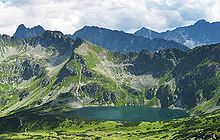
With 23 national parks and a number of landscape parks spread all over the country, natural attractions are never too far away. Białowieża National Park , on the Belarus border, is a World Heritage site for it comprises the last remains of the primeval forest that once covered most of Europe. It's the only place where European Bisons still live in the wild. If you're fit and up for adventure, take the dangerous Eagle's Path (Orla Perć) in the Tatra Mountains , where you'll also find Poland's highest peak. Pieniński National Park boasts the stunning Dunajec River Gorge and Karkonoski National Park is home to some fabulous water falls. The mountainous Bieszczady National Park has great hiking opportunities and lots of wild life. Wielkopolski National Park is, in contrast, very flat and covers a good part of the pretty Poznań Lakeland . The Masurian Landscape Park, in the Masurian Lake District with its 2000 lakes, is at least as beautiful. Bory Tucholskie National Park has the largest woodland in the country and has a bunch of lakes too, making it great for bird watching. The two national parks on Poland's coast are also quite popular: Wolin National Park is on an island in the north-west, Słowiński National Park holds some of the largest sand dunes in Europe.
Castles & other rural monuments [ edit ]
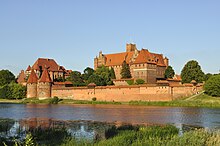
The Polish countryside is lovely and at times even gorgeous, with countless historic villages, castles, churches and other monuments. Agrotourism is therefore increasingly popular. If you have a taste for cultural heritage, the south western parts of the country offer some of the best sights, but there's great stuff in other areas too. The impressive Gothic Wawel Castle in Kraków may be one of the finest examples when it comes to Poland's castles, but most of the others are in smaller countryside towns. The large, red brick Malbork castle (in northern Poland) is perhaps the most stunning in the country, built in 1406 and today the world's biggest brick Gothic castle. The castle of Książ in Wałbrzych is one of the best examples in historic Silesia, which also brought forward the now semi-ruined Chojnik castle , on a hill above the town of Sobieszów and within the Karkonoski National Park . After surviving battles and attacks for centuries, it was destroyed by lightning in 1675 and has been a popular tourist attraction since the 18th century. The picturesque Czocha Castle near Lubań originates from 1329. A bit off the beaten track are the ruins of Krzyżtopór castle, in a village near Opatów. The Wooden Churches of Southern Lesser Poland are listed by UNESCO as World Heritage, just like the Churches of Peace in Jawor and Swidnica . The Jasna Góra Monastery in Częstochowa and the beautiful, World Heritage listed Kalwaria Zebrzydowska monastery are famous pilgrimage destinations. The lovely Muskau Park in Łęknica , on the German border, has fabulous English gardens and is a UNESCO listing shared with Germany . Poland also shares a world heritage site with Ukraine; the Wooden tserkvas of the Carpathian region . 8 of 16 of these churches are in southeastern Poland, in the Lubelskie , Podkarpackie and Małopolskie regions.

Countryside [ edit ]
The countryside throughout Poland is lovely and relatively unspoiled. Poland has a variety of regions with beautiful landscapes and small-scale organic and traditional farms. Travelers can choose different types of activities such as bird watching, cycling or horseback riding.
Culturally, you can visit or experience many churches, museums, ceramic and traditional basket-making workshops, castle ruins, rural centers and many more. A journey through the Polish countryside gives you a perfect opportunity to enjoy and absorb local knowledge about its landscape and people.
Do [ edit ]
- Travel one of the European Cultural Routes that cross Poland: for example Cisterian Route
- Watch football: Ekstraklasa is the top tier of soccer in Poland, with 16 teams representing all the major cities. The playing season is July to April with a long winter break. The national team usually play home games at Stadion Narodowy (National Stadium) in Warsaw.
- Cycle racing: the premier event is the Tour de Pologne , held over a week in August.
Learn [ edit ]
Education is taken very seriously in Poland, and the country is home to many of Europe's oldest universities. Poles typically attain excellent results at international competitions around the globe, and the country's educational system is often considered to be one of the best systems in the world.
It is obligatory for every Pole to receive an education until they are 18 years old. At the end of compulsory schooling, all Poles have to sit for the matura , an end of school exam that will determine their futures. Superstitions about the exam are common.
The Jagiellonian University , founded in 1364, is one of the oldest universities in the world.
The University of Warsaw , founded in 1816, is widely regarded as the most prestigious institution of higher education in Poland.
Work [ edit ]
Citizens of the EU, EEA, or Switzerland can work in Poland without having to secure a work permit. Everyone else, however, needs to apply for a work permit.
Although Poland has one of the best-performing economies in the world, finding a job can be challenging. A lot of job-related information is in Polish, and there are so many highly educated people in Poland that it has become a problem for the labour market. Furthermore, salaries are low compared to neighbouring countries and for this reason, many Poles emigrate to other countries in search of better opportunities.
TEFL courses (that's Teaching English as a Foreign Language) are run in many cities across Poland. Even if you don't have a working visa or Polish citizenship, it should be no problem for you to offer private lessons. In general students, private and in classes, are very friendly toward their teachers, inviting them for dinner or drinks, and sometimes acting quite emotional during their last lesson. Post your services on telephone poles and bus stops with an email or phone number.
Ekorki is good if you're looking for longer term teaching gigs. It is a little bit like Monster.com in the US.
Buy [ edit ]
Money [ edit ].

The legal tender in Poland is the Polish złoty , pronounced zwoty . It is denoted by the symbol " zł " (ISO code:: PLN ). The złoty is divided into 100 groszy (see infobox for details).
In 1995, 10,000 old złoty were replaced by one new złoty. When it joined the EU, Poland committed to adopting the euro, but this is opposed by the current government.
Coins come in denominations of 1 grosz, 2 grosze, 5, 10, 20 and 50 groszy, 1 złoty, 2 złote and 5 złotych. Banknotes come in denominations of 10, 20, 50, 100, 200 and 500 złotych.
Money exchange [ edit ]
Private currency exchange offices (Polish: kantor ) are very common, and offer euro or US dollar exchanges at rates that are usually comparable to commercial banks. Exchanges in tourist hot-spots, such as the train stations or popular tourist destinations, tend to overcharge. Avoid "Interchange" Kantor locations, easily recognized by their orange color; the rates they offer are very bad.
ATMs [ edit ]
There is an extensive network of cash machines or ATMs (Polish: bankomat ).
The ATMs of Santander do not charge a fee for withdrawing money with a foreign Visa or Mastercard. Decline the currency conversion as there is a big markup fee. Silesa Bank/PlanetCash lets you choose between 9 zł or 11%. Most of the other banks, if not all, charge a fee of about 15-18 zł and/or about 12-14% conversion fee. (updated July 2022)
Credit cards [ edit ]
Credit cards can be used to pay almost everywhere in the big cities. Even single bus ride tickets can be paid for by cards in major cities provided the passenger buys them in vending machines at bus stops. The exception would be small businesses and post offices where acceptance is not completely universal. Popular cards include Visa , Visa Electron , MasterCard and Maestro . AmEx and Diners' Club can be used in a few places (notably the big, business-class hotels) but are not popular and you should not rely on them for any payments. In some merchants you will be given an option to have the card bill you in złoty or your home currency directly. In the former, your bank will convert the transaction for you (subject to the foreign exchange charges it sets) whereas in the latter, the rates set are usually worse than what your bank uses; hence choose to be charged in złoty.
Cheques [ edit ]
Cheques are not used. Local banks do not issue cheque books to customers and stores do not accept them.
Tipping [ edit ]
When you're paying for drinks or a meal in restaurants or bars and you are handed a receipt, you should give the amount you have to pay and wait for the change. If you give the money and say "thank you" it will be treated as a "keep the change" type of tip. This also goes for taxis. The average tip is around 10% of the price. It's polite to leave a tip, but it's not uncommon to ignore this practice. You can tip tour guides and drivers too, but only if you are happy with the service they have provided.
Exports [ edit ]
It is illegal to export goods older than 55 years that are of any historic value. If you intend to do so you need to obtain a permit from the Ministry of Culture and National Heritage.
Shopping [ edit ]
Prices in Poland are among the lowest in Europe.
Hypermarkets are dominated by western chains: Carrefour, Auchan, Real, although the Polish-founded Biedronka chain is also quite widespread. Some are open 24 hours a day, and are usually in shopping malls or suburbs.
However, Poles shop very often at local small grocery stores for bread, meat, fresh dairy, vegetables and fruits - goods for which freshness and quality is essential. The Żabka chain of convenience stores is extremely widespread - in most places you can find a Żabka within walking distance.
Many towns, and larger suburbs, hold traditional weekly town markets , similar to farmers' markets popular in the West. Fresh produce, baker's goods, dairy, meat and meat products are sold, along with everything from flowers and garden plants to Chinese-made clothing and bric-a-brac. In season wild mushrooms and forest fruit can also be bought. Markets are held on Thursdays, Fridays or Saturdays and are a great way to enjoy the local colour. Prices are usually set though you can try a little good-natured bargaining if you buy more than a few items.
Eat [ edit ]
Poles take their meals following the standard continental schedule: a light breakfast in the morning (usually some sandwiches with tea/coffee), then a larger lunch (or traditionally a "dinner") at around 13:00-14:00, then a supper at around 19:00.
It is not difficult to avoid meat, with many restaurants offering at least one vegetarian dish. Most major cities have some exclusively vegetarian restaurants, especially near the city centre. Vegan options remain extremely limited, however.

Traditional local food [ edit ]
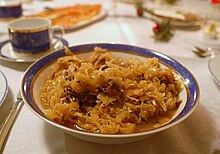
Traditional Polish cuisine tends to be hearty, rich in meats, sauces, and vegetables; sides of pickled vegetables are a favourite accompaniment. Modern Polish cuisine, however, tends towards greater variety, and focuses on healthy choices. In general, the quality of "store-bought" food is very high, especially in dairy products, baked goods, vegetables and meat products.

A dinner commonly includes the first course of soup, followed by the main course. Among soups, barszcz czerwony (red beet soup, also known as borscht) is perhaps the most recognizable: a spicy and slightly sour soup, served hot. It's commonly poured over dumplings ( barszcz z uszkami or barszcz z pierogami ), or served with a fried pâté roll ( barszcz z pasztecikiem ). Other uncommon soups include zupa ogórkowa , a cucumber soup made of a mix of fresh and pickled cucumbers; zupa grzybowa , typically made with wild mushrooms; also, flaki or flaczki - well-seasoned tripe. The most common in restaurants is the żurek , a sour-rye soup served with traditional Polish sausage and a hard-boiled egg.
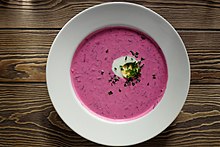
Pierogi are, of course, an immediately recognizable Polish dish. They are often served alongside another dish (for example, with barszcz), rather than as the main course. There are several types of them, stuffed with a mix of cottage cheese and onion, or with meat or even wild forest fruits. Gołąbki are also widely known: they are large cabbage rolls stuffed with a mix of grains and meats, steamed or boiled and served hot with a white sauce or tomato sauce.
Bigos is another unique, if less well-known, Polish dish: a "hunter's stew" that includes various meats and vegetables, on a base of pickled cabbage. Bigos tends to be very thick and hearty. Similar ingredients can also be thinned out and served in the form of a cabbage soup, called kapuśniak . Some Austro-Hungarian imports have also become popular over the years, and adopted by the Polish cuisine. These include gulasz , a local version of goulash that's less spicy than the original, and sznycel po wiedeńsku , which is a traditional schnitzel, often served with potatoes and a selection of vegetables.
When it comes to food-on-the-go, foreign imports tend to dominate (such as kebab or pizza stands, and fast-food franchises). An interesting Polish twist is a zapiekanka , which is an open-faced baguette, covered with mushrooms and cheese (or other toppings of choice), and toasted until the cheese melts. Zapiekanki can be found at numerous roadside stands and bars. In some bars placki ziemniaczane (Polish potato pancakes) are also available. Knysza is a Polish version of hamburger, but it's much (much) bigger and it contains beef, variety of vegetables and sauces. Drożdżówka is a popular sweet version of food-on-the-go, which is a sweet yeast bread (sometimes in a form of kolach) or a pie filled with stuffing made of: poppy seed mass; vanilla, chocolate, coconut or advocaat pudding; baked apples; cocoa mass; sweet curd cheese or fruits.
Poland is also known for two unique cheeses, both made by hand in the [Podhale] mountain region in the south. Oscypek is the more famous: a hard, salty cheese, made of unpasteurized sheep milk, and smoked (or not). It goes very well with alcoholic beverages such as beer. The less common is bryndza , a soft cheese, also made with sheep milk (and therefore salty), with a consistency similar to spreadable cheeses. It's usually served on bread, or baked potatoes. Both cheeses are covered by the EU Protected Designation of Origin (like the French Roquefort, or the Italian Parmegiano-Reggiano).
Polish bread is sold in bakeries ( piekarnia in Polish) and shops and it's a good idea to ask on what times it can be bought hot (in a bakery). Poles are often very attached to their favourite bread suppliers and don't mind getting up very early in the morning to obtain a fresh loaf. The most common bread ( zwykły ) is made of rye or rye and wheat flour with sourdough and is best enjoyed very fresh with butter alone or topped with a slice of ham. Many other varieties of breads and bread rolls can be bought and their names and recipes vary depending on a region. Sweet Challah bread ( chałka in Polish) is sold in many bakeries.

Polish cake shops ( cukiernia ) are also worth mentioning, as there's a big tradition of eating cakes in Poland. They can be found in every city and quite often sell local specialties. The standard cakes and desserts which can be found in every region of Poland are: cheesecake ( sernik ), applecake ( jabłecznik ), yeast fruit cakes ( drożdżówka ) - especially with plums or strawberries, a variety of cream cakes ( kremówki ), babka which is a plain sweet cake, sometimes with an addition of cocoa, mazurek , fale dunaju , metrowiec , ciasto jogurtowe which is a sponge filled with yoghurt mousse, doughnuts ( pączki , singular: pączek) which are traditionally filled with wild rose petals marmalade and eaten on Fat Tuesday, pszczółka - a yeast cake with coconut pudding and many others.
Polish sausages ( kiełbasy ) are sold in grocery shops or in butcher's shops ( rzeźnik ). There are tens of different types of sausages; most of them can be enjoyed without any further preparation. Therefore, there are sausages like biała kiełbasa (traditionally enjoyed in żurek or barszcz biały soup) which are raw and need to be boiled, fried or baked before eating. Some sausages are recommended to be fried or roasted over a bonfire (which is probably as popular as barbecuing). Different local sausages can be found in different regions of Poland (like Lisiecka in Kraków area).
Polish fish & chips ( smażalnia ryb ) can be found in most cities on the Baltic Sea coast. On the coast and in the Masuria you can also find extremely valued in Poland fish smokehouses ( wędzarnia ryb ) which sell many types of smoked local fish (mostly marine fish on the coast, freshwater fish in Masuria). Smokehouses might turn out very difficult to find, as they don't usually display advertisements and are sometimes in some remote areas. It is a good idea to do some investigation and to ask local people for directions and help with searching. Among smoked fish offered for sale you can find: salmon ( łosoś ), cod ( dorsz ), flounder ( flądra ), rose fish ( karmazyn ), herring ( śledź ), halibut ( halibut ), pollock ( mintaj ), hake ( morszczuk ), mackerel ( makrela ), skipper ( szprotki, szprot ), trout ( pstrąg ), brown trout ( troć ), eel ( węgorz ), zander ( sandacz ), carp ( karp ), vendace ( sielawa ), tencz ( lin ), bream ( leszcz ), sturgeon ( jesiotr ), asp ( boleń ) and others. You should be careful with smoked butterfish ( maślana ) as despite being very delicious it can cause diarrhea in some people and shouldn't be eaten by children and elderly people.
In the whole Poland territory you can buy some smoked fish, among which the most popular is mackerel (it is advised to buy it in a busy shop for full, fresh flavour as it deteriorates quickly; for example in a local market). Also anywhere in Poland you can buy herrings in vinegar or oil marinade. One of the Polish favourites is battered herring or other fish in a vinegar marinade.
Milk bars [ edit ]
If you want to eat cheaply, you should visit a milk bar ( bar mleczny ). A milk bar is a very basic sort of fast food restaurant that serves cheap Polish fare. Nowadays it has become harder and harder to find one. They were invented by the communist authorities of Poland in mid-1960s as a means to offer cheap meals to people working in companies that had no official canteen. Its name originates from the fact that until late 1980s the meals served there were mostly dairy-made and vegetarian (especially during the martial law period of the beginning of the 1980s, when meat was rationed). The milk bars are usually subsidized by the state. Eating there is a unique experience - it is not uncommon that you will encounter people from various social classes - students, businessmen, university professors, elderly people, sometimes even homeless, all eating side by side in a 1970s-like environment. Presumably, it is the quality of food at absolutely unbeatable price (veggie main courses starting from just a few złoty!) that attracts people. However, a cautionary warning needs to be issued - complete nutjobs do dine at milk bars too, so even if you're going for the food, you'll end up with dinner and a show. Curious as to what the show will entail? Well, each show varies, but most of them will leave you scratching your head and require the suspension of disbelief.
Drink [ edit ]

Poland is on the border of European "vodka" and "beer culture". Poles enjoy alcoholic drinks but they drink less than the European average. You can buy beer, vodka and wine. Although Poland is known as the birthplace of vodka, local beer seems to have much more appeal to many Poles. Another traditional alcoholic beverage is mead. Polish liqueurs and nalewka (alcoholic tincture) are a must.
You must be over 18 years old and be able to prove it with a valid ID to buy alcohol, and this is strictly enforced.
Beer [ edit ]
Poland's brewery tradition began in the Middle Ages. Today Poland is one of the top beer producing countries in Europe.
Although not well known internationally, Poland traditionally sports some of the best pilsner-type lagers worldwide. The most common big brands include:
- Żywiec (pronounced ZHIV-y-ets )
- Tyskie (pronounced TIS-kyeh )
- Okocim (pronounced oh-KO-cheem )
- Lech (pronounced LEH )
- Warka (pronounced VAR-kah )
- Łomża (pronounced Uom-zha )
Micro-breweries and gastro-pubs are on the rise, in particular in the larger cities, and many delicatessen or supermarkets carry smaller brands, including hand-crafted beers of many types.
Pubs usually offer one or two varieties of draught beer (draft beer), usually only pilsner-type lagers. When ordering a beer, you can choose between "big one" ( duże ; 0.5 liter) or "small one" ( małe ; 0.3 liter). You can also ask for "beer with juice" ( piwo z sokiem ), then a barman will add a bit of sweet syrup (raspberry or ginger). The most popular snack ordered with beer is potato chips.
Vodka [ edit ]
Common brands are:
- Żubrówka (Zhoo-BROOF-ka) - vodka with flavors derived from Bison Grass, from eastern Poland.
- Żołądkowa Gorzka (Zho-wont-KO-va GOSH-ka) - vodka with "bitter" ( gorzka ) in the name, but sweet in taste. Just like Żubrówka, it's a unique Polish product and definitely a must-try.
- Wiśniówka (Vish-NIOOF-ka) - Cherry vodka (very sweet).
- Krupnik (KROOP-nik) - Honey and spices vodka, a traditional Polish-Lithuanian recipe (very sweet). During winter, many bars sell Grzany Krupnik (warm Krupnik), where hot water, cinnamon, cloves, and citrus zest or slices are added.
- Żytnia (ZHIT-nea) - rye vodka
- Wyborowa (Vi-bo-RO-va) - One of Poland's most popular rye vodkas. This is also one of the most common exported brands. Strong and pleasant.
- Luksusowa (Look-sus-OH-vah) "Luxurious" - Another popular brand, and a common export along with Wyborowa.
- Starka "Old" - A vodka traditionally aged for years in oak casks. Of Lithuanian origin
- Biała Dama (Be-AH-wa DAH-ma) is not a vodka but a name given by winos to cheap rectified spirits of dubious origin, best avoided if you like your eyesight the way it is.
- Sobieski - rye vodka, one of the most commonly chosen by Polish people.
Deluxe (more expensive) brands include Chopin and Belvedere . Most Poles consider these brands to be "export brands", and usually don't drink them.
There are also dozens of flavoured vodkas. Apart from Polish traditional flavours like: Żubrówka, Żołądkowa, Wiśniówka and Krupnik, you can easily buy some less obvious flavours like: pineapple, pear, blackcurrant, cranberry, grapefruit, apple, mint, lemon, herbs and others. The availability of different brands can vary in different regions of the country.
Wine [ edit ]
Poland makes wines around Zielona Góra in Lubuskie , in Małopolskie , in the Beskids and in Świętokrzyskie in central Poland. Polish wines are available in retail stores.
As for imported wine, apart from the usual old and new world standards, there is usually a choice of decent table wines from central and eastern Europe, such as Austria, Bulgaria, Hungary, Romania, Moldova, the Balkans, and Georgia.
It winter, many Poles drink grzaniec (mulled wine), made of red wine heated with spices such as cloves, nutmeg, and ginger. A similar drink can be made with beer, although wine is the more popular method.
Mead [ edit ]
Mead - miód pitny is a traditional and historical alcohol drink in Poland. Mead is brewed from honey and has excellent unusual taste similar to wine. Original Polish mead contain 13-20% alcohol. Sometimes it can be very sweet. Today Poles have a strange relationship with mead. All of them have heard of it, almost none have ever tried it.
Cocktails [ edit ]
Poles are very keen on beer and vodka, and you'll find that cocktails are often expensive but can be found in most bars in most major cities. One of the best known native to Poland drinks is Szarlotka made of Żubrówka vodka and apple juice.
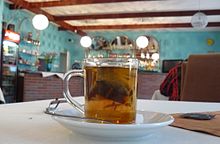
Tea and coffee [ edit ]

Throw stereotypes out the door. For Poles, one of the most important staples to quench their thirst is not wódka or beer, but rather tea and coffee. The traditional hot drink is tea ( herbata ) while coffee ( kawa ) although known in Poland since close contacts with Turkey in 17th century, became more popular in last twenty five years. It is very common behaviour that if you visit friends at home or start a formal meeting you will be firstly asked: "coffee or tea?". Refusing a hot drink in this situation may be seen as impolite. It is rather unusual to talk or to meet with somebody without drinking one of those hot drinks.
When ordering a coffee, you'll find that it is treated with respect reminiscent of Vienna, rather than, say, New York. Which is to say: you'll get a fresh cup prepared one serving at a time, with table service that assumes you'll sit down for a while to enjoy it. Mass-produced to-go coffee remains highly unpopular, although chains such as Coffee Heaven have been making inroads. Curiously, there are still only a few Starbucks shops in the whole country, which are occupied mostly by teenagers.
There are four basic types of coffee which you will be offered in Poland. In small bars, fast food or at friends home (where usually they haven't coffee makers) you can choose between instant coffee ( rozpuszczalna ) or Turkish coffee ( kawa po turecku or kawa sypana ). The second one is a very specific Polish style, not known abroad. It is simply two teaspoons of ground coffee poured with boiling water. A traditional way is to serve it in glasses. In restaurants you can additionally order "a coffee from a coffee maker" ( kawa z ekspresu ). It may be a very small and strong, Italian-style espresso or bigger one (200 ml) americano . During order a waiter or a barman always will ask you whether you want "black one?" ( czarna? ; without milk) or "with milk?" ( z mlekiem? ).
Ordering a tea, on the other hand, will usually get you a cup or kettle of hot water, and a tea bag on the side, so that the customer can put together a tea that's as strong or as weak as they like. This is not uncommon in continental Europe, but may require some adjustment for visitors. Drinking tea with milk is not popular, traditionally Poles add a slice of lemon and sugar ( herbata z cytryną ), unless they drink flavored tea. Tea houses with large selection of good quality teas and a relaxing atmosphere are gaining popularity. In such places you will get rather a kettle with brewed leaf tea. Funnily, drinking tea with milk is commonly believed in Poland to enhance women's lactation.
For the most part, a good coffee can be had for 5 - 10 zł a cup, while a cup of tea can be purchased for the same, unless you happen to order a small kettle, in which case you'll probably pay something between 15 - 30 zł.
Water [ edit ]
Drinking water with a meal is not a Polish tradition; having a tea or coffee afterwards is much more common. If you want water with a meal, you might need to ask for it - and you will usually get a choice of carbonated ( gazowana ) or still ( niegazowana ) bottled water, rather than a glass of tap water. As a result, water isn't free, and is pretty expensive too compared to the average price of a meal (up to 4zł for one glass). Beware that sometimes even "still" bottled water, while not visibly bubbly, might still contain some carbon dioxide.
You can ask for a glass of tap water or a glass of hot water and receive it for free in most places. Therefore, drinking tap water is considered to be rather weird in Poland. On the bright side, it is safe, due to the water safety standards being at EU level.
Carbonated mineral waters are popular, and several kinds are available. Poland was known for its mineral water health spas ( pijalnia wód ) in the 19th century, and the tradition remains strong - you can find many carbonated waters that are naturally rich in minerals and salts. You can also travel to the spas such as Szczawnica or Krynica , which are still operational.
Many varieties of bottled mineral water that can be purchased originate from underground sources (since domestic spring waters are almost unavailable). Bottled mineral water usually has a neutral taste, unlike mineral water bought in water health spas which can have a very distinctive flavour. Some bottled mineral waters are regarded as very healthy due to their high content of minerals, like for example Muszynianka , Kryniczanka or all mineral waters sold in brown bottles.

Prices [ edit ]
Poland is still one of the cheapest countries in the European Union and its prices for food, beverages and tobacco are among the lowest.
Sleep [ edit ]
Poland is catching up with Western Europe when it comes to availability and standards of lodging. Many smaller towns and locations less frequented by tourists still offer very little choice of accommodation and the existing providers make use of it rather by offering low standards than charging extortionate prices. In large cities, both in hotels and hostels, you can expect staff to have reasonable command of English, and often other foreign languages. In less frequented locations, the language barrier may be a problem.
Lodging prices are no longer the bargain they used to be several years ago; now they're comparable to standard European prices. For the bargain hunter, standard tactics apply: if hotel prices are too much, look on the Internet for private rooms, pensions, or apartments for rent, which can sometimes be found for a very reasonable price. Best deals are usually offered off-season.

Hotels [ edit ]

The only major hotel chain with decent coverage of the entirety of the country is Accor , who have taken over the former state-owned provider Orbis. A selection of hotels ranging from the affordable ibis through business-oriented Novotel and Mercure and prestigious Sofitels can be found throughout the country. Do note that while almost all ibis-hotels have been purpose-built in the 2000s, Novotels and Mercures are often converted old Orbis hotels and may not be the best hotels those brands have to offer in Europe. Even Accor has gaps in coverage in less tourist-frequented areas.
The most popular global hotel chains (Intercontinental, Marriott, Hilton, Carlson) have some presence in Poland, but none can really boast full coverage of even the most important cities. There is a number of Best Western-affiliated hotels, but they do not cover the entire country as well. Of particular note of the motorized travellers on a budget is the presence of another French chain, Campanile.
Hostels [ edit ]
Hostels affiliated with the national hosteling association are often horrid options for backpackers because of imposed curfews. Additionally, Hosteling International (HI) affiliated hostels are frequently used by large school groups, which means young children may very well be screaming their heads off and running around the halls. Some private hostels are clean and welcoming, but others can be worse than HI hostels.
Agritourism farms [ edit ]
Rural tourism has become extremely popular in Poland in the last few decades. Due to social and economic changes in the Polish countryside, many farms have changed their focus from intensive food production to tourism. Under the notion of "agritourism farm" ( gospodarstwo agroturystyczne or simply agroturystyka ) you may find a real farm in which hosts are real farmers working on their fields and additionally hosting tourists, letting them peek into their everyday country life. Usually, however, you will encounter countryside pensions for whom tourism is the basic source of income.
Stay safe [ edit ]
The European unified emergency number 112 is being deployed in Poland. By now, it certainly works for all mobile-phone calls and most land-line calls.
There are also three "old" emergency numbers that are still in use for land-lines. These are: Ambulance (Pogotowie): 999, Firefighters (Straż Pożarna): 998, and Police (Policja): 997.
Municipal Guards (Straż Miejska), dial 986, is a kind of auxiliary Police force found only in large cities. They are not armed and their role is primarily to cope with parking offences and minor cases of antisocial behaviour.

Theft [ edit ]
Poland is generally a safe country. In fact, you are much less likely to experience crime in places like Warsaw or Kraków than in Paris or Rome. Overall, just use common sense and be aware of what you're doing.
In cities, follow standard city travel rules: don't leave valuables in the car in plain sight; don't display money or expensive things needlessly; know where you're going; be suspicious of strangers asking for money or trying to sell you something.
Pickpockets operate, pay attention to your belongings in crowds, at stations, in crowded trains and buses, and clubs.
In any case, do not be afraid to seek help or advice from the Police ( Policja ) or the Municipal Guards ( Straż Miejska ).
One worrying trend is theft at airports. Tourists have reported pick-pocketing attempts at Polish airports. Always keep an eye on your belongings, especially at security checks.
Security on trains [ edit ]
On sleeper trains, bag robberies happen between major stations. Ask for ID from anyone who asks to take your ticket or passport and lock backpacks to the luggage racks. Keep valuables on you.
Violence [ edit ]
Violent behaviour is relatively rare and if it occurs it is most likely alcohol-related. While pubs and clubs are generally very safe, the nearby streets may be scenes of brawls, especially late at night. Try to avoid confrontations.

Racism [ edit ]
Poland was a homogeneous society in the second half of the 20th century, but the situation has changed. There are some national minorities like Ukrainians, Belarusians, Germans, and ethnic minorities like Silesians, Cashubians, Lemkos, Jews, and Lipka Tatars who have been a part of Poland for years. Since 1990s, there have been small waves of migration from Africa and East Asia, including Vietnam, who have settled in the larger cities. Between 2014 and 2022, there was a mainly economic migration from Ukraine. Since the outburst of the Russian aggression on Ukraine, Ukrainian refugees may be spotted in all major cities.
A lot of villages in Poland rarely have any foreign visitors, so most African or Asian people would get curious looks there - generally not because of racism, but only from pure curiosity. There are some people who don't accept foreigners, like the relatively small numbers of neo-Nazis or football hooligans, nationalists or chauvinists. Except for the radical views of those kinds of people who you can meet almost anywhere, Poles are generally a polite and tolerant nation. As a traveller you will likely be treated in a friendly way here (see "polska gościnność" - Polish hospitality). A common Polish adage says: "gość w dom, Bóg w dom" - guest at home: God at home.
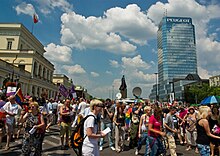
LGBT [ edit ]
LGBT issues remain very controversial, still very much taboo, and routinely exploited by conservative politicians (including the governing party until 2023) and media. Polish culture also has a long tradition of chivalry and strong, traditional gender roles. In larger cosmopolitan areas, however, gays and lesbians shouldn't have a hard time fitting in, although trans visitors will immediately attract attention.
As of Jan 2020, around 80 different so-called "LGBT ideology-free zone declarations" have been made in Poland, including four voivodeships in the south-east and central parts of the country: Małopolskie, Podkarpackie, Świętokrzyskie, and Lubelskie. While unenforceable and considered symbolic, LGBT travellers in these zones may face increased hostility in smaller towns and villages.
Driving conditions [ edit ]
The Poles' aggressive driving behaviour is legendary, but the reputation quite exaggerated. While you may find drivers unreasonably impatient, speed traps have calmed down the situation since the wild days when roads were open and cars few. Another factor that hinders speeding is the often poor quality of secondary roads and simply congestion - Poles own more cars per capita than some Western European nations. Always allow some extra time for possibly unfavourable driving conditions.
Strip clubs [ edit ]
If you are approached by a stranger trying to get you to enter a strip club (sometimes presenting it as a cabaret or whiskey bar), refuse. It is not uncommon got strip clubs to fleece customers, especially foreigners. Some have taken to using spiked drinks to do so. Authorities have taken steps to shut down establishments engaging in such practices, but have not succeeded in eliminating it fully.
Stay healthy [ edit ]
Opinions regarding the safety of tap water vary: odds are it's OK, but most residents opt to boil or filter it anyway. In Warsaw as well as in Łódź , the tap-water in the city centre is usually suitable for drinking.
Respect [ edit ]
Etiquette [ edit ].
Poles are generally old-fashioned about gender etiquette. It is customary to hold doors and chairs for women. Some men, particularly older men, may kiss a woman's hand when greeting or saying goodbye. Kissing a woman's hand is considered to be chivalrous by some, but is more and more often seen as outdated. Handshakes are acceptable; although some believe that men should not offer their hand to a woman - a handshake is only considered polite if the woman offers her hand to the man first. For a more heartfelt greeting or goodbye, some will hug and kiss three times, alternating cheeks, although this custom is pretty rare these days, particularly among the younger people.
An occasional practice is for people to greet each other with a dzień dobry (good day) when entering elevators. You can also encounter people saying the same to tourists on mountain trails. Men should not wear hats indoors, in particular when entering a church (quite the opposite in case of synagogues, where men are required to wear headgear). Most restaurants, museums, and other public buildings have a cloakroom, and people are expected to leave bags and outerwear there.
It is usual to bring a gift when invited to someone's home. Flowers are always a good choice and florists' kiosks are ubiquitous. Poles will often bring vodka or whisky, but this depends on the level of familiarity and the hosts' preference towards alcohol, so tread carefully. People's attitudes towards alcohol range from jolly and enthusiastic enjoyment in both practice and word to taking offence at the notion that Polish people would somehow be more prone to alcohol consumption.
When visiting someone's home, it's polite to ask if you should take off your shoes. Many hosts won't care, but will appreciate you asking.
It is advisable to refer to Poland (as well as to some other countries like the Czech Republic, Slovakia, or Hungary) as Central (+"and Eastern", if needed) Europe, and not only "Eastern Europe". Although not very offensive, "Eastern Europe" is old fashioned, harking back to the Iron Curtain times, thus some folks will be extra happy if you stick to "Central Europe", which is also used in scientific literature.
As for the language matters: Poles cherish their language as they had to struggle hard to protect it during the long spells when under the foreign yoke: the Partitions of Poland and WWII. For example, do not use the Russian 'spasibo' or German 'danke' for 'thank you' just because you thought it was Polish or you didn't care. If you're not sure if your terms are actually Polish, ask about these first. Calling Polish towns and places by their (former) German names, when asking for directions (e.g. referring to Breslau instead of Wrocław) may cause confusion and may be regarded as intentionally offensive and disrespectful by the Polish people.
Sensitive issues [ edit ]
Politics [ edit ].
Domestic politics are both highly sensitive and polarised. Many Polish people have very strong feelings about the conservative, Christian government (the Law and Justice, or PiS, party) and the more liberal, but divided, opposition. Tread carefully when expressing support or criticism of the government, as debates can become quite heated.
The display of Soviet or communist symbols is illegal in Poland, with the exception of those located in the grounds of World War II cemeteries. Promotion of Communist, Nazi, Fascist or "other totalitarian" governments and their symbols is illegal under article 256 of the Polish penal code (Kodeks Karny), although there is a narrow range of possible exemptions.
The majority of Poles are quite supportive of the EU, although exceptions can be found, particularly among supporters of the conservative government.
National issues [ edit ]
Given Poland's history of enduring turbulent events, the Poles exhibit sensitivity towards various historical occurrences.
You should avoid discussing the following topics as they can quickly unsettle people:
- World War II — every Polish family had some member among the 5–6 million people who perished in the conflict, and the conflict resulted in Poland losing nearly 30% of its population. Polish society has not forgotten and forgiven the atrocities and horrors of the war. Remember that the display of Nazi symbols or denial of the Holocaust is illegal in Poland.
- The Soviet Union's role in the Katyn Massacre , during which approximately 22,000 Poles were massacred by the Soviets during World War II.
- Anything regarding the Polish People's Republic — thousands of Poles were arrested, imprisoned, tortured, exiled, and mistreated by the pro-Soviet communist government.
- The Smolensk air disaster that resulted in the death of Lech Kaczynski, the former president; his wife; and several other high-profile Polish government officials — in some circles, people believe it was orchestrated by Russia.
- The Volhynia Massacre , during which approximately 100,000 Poles were massacred by Ukrainian nationalists during World War II.
- The Russia–Ukraine war — most Poles are supportive of Ukraine in the conflict.
- Poland's relationship with Russia — due to a history of domination by the Russian Empire and the Soviet Union, many Poles express feelings of antipathy and distrust towards Russia; therefore, it's wise to avoid being overly enthusiastic about Russia.
- Poland's relationship with Ukraine — although relations have improved in the past few years, especially in light of the Russia-Ukraine war, many Poles express feelings of antipathy towards Ukraine. In particular, Ukraine's veneration of Stepan Bandera as a national hero deeply angers many Poles.
- Poland's relationship with Belarus — the relationship between the two countries is profoundly tense.
- Poland's relationship with Germany — although both countries are members of the European Union and NATO, many Poles feel that Germany has not done enough to acknowledge the harm it caused to Poland during World War II. In particular, Germany's refusal to compensate Poland for the damages and atrocities inflicted by the Nazis during World War II upsets many people.
Religion [ edit ]
Poland is one of the most religious countries in Europe and has often been referred to as "Rome's most faithful daughter". Most Poles are adherents of Roman Catholicism, and the Catholic Church enjoys a high level of social prestige and political influence in the country.
Poles regard Roman Catholicism as a repository of Polish heritage and culture — during the Communist years, the Catholic Church played a big role in challenging the repressive nature of the Communist government.
Certain topics such as abortion, sexuality, LGBT rights, or the use of soft drugs can evoke strong emotions and debates in Poland.
Poland, by law, is a secular country and is among the few rare examples of religious tolerance and religious harmony. Younger Poles are more likely to be irreligious than their seniors.
As ever, dress conservatively and behave appropriately when visiting a place of worship.
LGBT travellers [ edit ]

LGBT issues are controversial in Poland, and Poland is often ranked as one of the most homophobic countries in the European Union .
About a 100 municipalities (encompassing a third of the country) have declared themselves as "LGBT-free zones", drawing strong condemnation from the European Union and other third-party governments. Such measures have been promoted and encouraged by the ruling party and the government, as they believe it is necessary to defend and protect traditional values.
Although attitudes have been changing since the 2000s, public displays of same-sex affection, cross dressing, or openly discussing LGBT topics are likely to be met with disapproval or hostility in certain circles. Younger Poles are less likely to show hostility.
Miscellaneous [ edit ]
Under Polish law, people promoting Nazi-era slogans, symbols or gestures are liable up to 3 years in prison, a fine or both. The same penalty applies for Holocaust denial and promotion of similar totalitarian systems.
It is illegal to drink alcohol in public outside of venues serving alcohol. Although often done by the locals, especially in parks and in some less congested city streets, the local police take a very strict approach to enforcement of this law. Drinking alcohol in any public place puts you at risk of a small fine (from 50 to 100 zł), being scoffed at by the City Guards, detained, and losing your booze. It's worth mentioning that some cities have zones where public drinking is legal e.g. schodki ( stairs ) on the west bank of the Vistula River in Warsaw.
It is illegal to be drunk in public. If you are drunk and disorderly, you may be taken to a drunk tank ( izba wytrzeźwień ), where you will be treated as an alcoholic and won't be released until sober. You'll have to pay 250 zł for the experience.
Possession of any amount of drugs is illegal and a criminal offence. This also applies to cannabis, with the sole exception being the owners of a medical prescription for it.
Prostitution is legal, but any form of profiting from another person's prostitution or acting as an intermediary is illegal.
Smoking is forbidden in bars and restaurants and generally in public buildings. It is also forbidden to smoke at or near bus stops. This rule, made to protect non-smokers, doesn't apply to smoking rooms. If you break the rule, you may have to pay 500 zł.
Connect [ edit ]
Mobile phones [ edit ].
There are numerous mobile phone operators in Poland: Plus , T-Mobile , Orange and Play are the most popular ones, with the offer enhanced by many virtual operators, usually cheaper, including free calls in a monthly package. LTE is available in every town and 5G is being implemented as of 2021. Domestic call rates are roughly the same across all services.
Prepaid starter kits with SIM card (called pakiety startowe ) are widely available for reasonable prices (5–20 zł) in most shops, supermarkets and news agents. Accounts are valid for outgoing calls for few days, so it is good to fill them up for, lets say, 20 zł ("doładowanie" [do-wa-do-vanye] in Polish, be sure to give the value you want). Prepaid SIM cards must be registered with an ID card or passport to operate. This can be done in the majority of prepaid SIM card retailers, or in gas stations, post offices and cellular stores. Ask a local for help.
Just about every shopping centre has at least one independent cellphone shop, the guys who run them are usually knowledgeable and have a range of cheap handsets.
If you have an existing subscription with an EU-based mobile provider , you should be able to use at least some of your bundled minutes, SMS, and data in Poland at no extra cost. This should save you the hassle of purchasing another SIM and a prepaid bundle. See European Union#Connect and check with the provider of the SIM.
Polish telephone numbers [ edit ]
All telephone numbers in Poland are 9 digits long, and never start with 0 — although they used to do so. Sometimes numbers are written the old way , that is often only the last 7 digits are listed, in which case you need to prefix the now obligatory area code (e.g. 22 — Warsaw, 61 — Poznań, 12 — Kraków) or a 0 is included in the beginning, in which case it must be skipped. It does not matter whether you call from a land-line or a mobile.
There are some special numbers, notably:
- 800 xxxxxx — toll–free call from a land-line phone and from a phone booth, but may still cost something from a mobile phone
- 801 xxxxxx — reduced fare, costs as much as a local call from a landline phone at most (but will cost more from a mobile phone)
- 70x xxxxxx — premium fare, can be very expensive — read the fine print in that advert you've got the number from. On the other hand, cheap international calls can often be made through numbers beginning with 708.
Also, texting (sending SMSes) to:
- 7xyy(y) and 9xxyy(y) — Premium SMS, x is cost in złoty plus 23% tax, e.g. 72yy costs 2.46 zł, 70yy is 0.50 zł + 23% VAT = 0.62 zł, 910yy = 12.30 zł.
- 8xxx — is toll–free
When calling abroad, use 00 , or + , and then country code.
International calls [ edit ]
To call abroad from Poland:
- From a landline phone: 00 Country code Local number.
- From a mobile phone: + Country code Local number.
To call to Poland from abroad, dial 48 , then the number without the leading 0 , as if calling from a domestic mobile phone.
International and roaming calls are expensive. To reduce your bill you can:
- buy "phone cards" for international calls.
- activate a Polish pre-paid account to make or receive calls (the cost can be as little as 15 zł).
- talk over the Internet.
Skype and other free internet communicators are also massively popular in Poland.
Internet [ edit ]
If you're bringing a laptop, Wi-Fi Hot-Spots are available in distinct places, sometimes free, otherwise not very cheap. Best chances of finding one are at airports, railway stations, in cafés, shopping malls, libraries, some universities, or central spots e.g. the market places, paid and maintained by the local governments. You can also ask in your hotel, but be prepared to pay. Most coffee shops and restaurants have Wi-Fi available for customers – usually password-protected.
Mobile LTE/UMTS/HSPA is available in the cities, see section Mobile phones above for details or the short list below.
- T-Mobile - Blueconnect Starter - cost: 25 zł [4]
- Plus - iPlus simdata - cost: 15 zł
- Orange - Orange free na kartę - cost: 20 zł
- Play - Play Online na kartę - cost: 19 zł
Cope [ edit ]
Digits [ edit ].
- In Poland a comma is used as a decimal point, and the space to group numbers. So, for example, 10 500,46 zł is ten thousand five hundred złoty and 46 groszy . That said, the period is increasingly often used as the decimal point, especially on price tags and bills. Occasionally a dot is also used as a grouping character.
Toilets [ edit ]
The situation is not much different from most other European Union countries.
In large cities, particularly centres, one should have no problem finding accessible public toilets. It can become tougher in smaller towns and away from tourist destinations. While standards may vary in terms of quality and age of fittings and cleanliness, there is always a sit-down flush toilet (squat toilets, prevalent in many post-Soviet countries, are almost unheard of in Poland), a basin with running water, toilet paper, soap/hand detergent and something to dry your hands with (paper towels or electric dryers). In some places with extremely heavy traffic or little maintenance, supplies may run out – it is best to have a pack of tissues handy, as any prudent traveller would.
Some public toilets require a small fee, 1 or 2 złoty, but more publicly accessible toilets are free of charge than in some other European countries. Some toilets have an attendant collecting the payment.
There are toilets at larger train stations and larger bus terminals, but they are often not very clean, in poor condition and, despite all that, will generally charge fees for use. Toilets at airports are generally free, both air- and landside, and in much better condition than at train or bus stations. Toilets can be found on board all long-distance and some modern local trains, as well as on board of some long-distance buses, e.g. those operated by Polski Bus. In older train cars, toilets have often not been modernized since the cars went into use, but provide an acceptable experience (and toilet paper, soap and paper towels, except for very long routes when the train can run out of them before the staff gets a chance to restock at the end of the line).
All sit-down eating places are required to provide a toilet for their patrons, and most do so without any extra charges. While signs usually clearly indicate those are for (paying) customers only, the staff would usually make no problems if you inquired politely if you could use it without ordering anything. In some popular places, like McDonald's, you may need a key or a code to access the toilet. Ask the staff for either (in fast food outlets, the code is often at the bottom of your bill). There are also free public toilets in large shopping centres and hypermarkets, but smaller establishments (supermarkets, street-level shops) do not provide such facilities at all.
In case of larger events, organizers provide so called Toi-Toi portable toilets (from one of companies that service them). They are narrow plastic booths, usually blue, not very comfortable, often not very clean, and hardly ever with water or paper.
There are also toilets at all but the smallest gas stations. Whether they are free of charge, as well as their standards, may vary greatly, but on the road those may be your only option.
There are relatively few free-standing public toilets in cities. A better bet is to look for any of the above establishments. Usually you can also use a toilet in cafes, pubs, libraries or any other buildings open to the public. You should ask for permission (if there is anybody to ask) and in many cases will be guided to the right door.
Toilets for women are marked with a circle on the door, and toilets for men are marked with a triangle. The Polish word for "toilet" is toaleta (t'o-ah-let-ah), and most people would understand the word "toilet" anyway. Also, the abbreviation WC is commonly used.
Go next [ edit ]
The land border can be crossed to Germany , Czechia , Slovakia , Ukraine , Belarus , Lithuania and Kaliningrad Oblast .
- Has custom banner
- Has mapframe
- Maps with static images
- Maps with non-default size
- Has map markers
- Go listing with no coordinates
- Has COVID-19 box
- Has COVID-19 box with out of date warning
- Has Geo parameter
- Central Europe
- All destination articles
- Usable countries
- Usable articles
- Country articles
- Pages with maps
Navigation menu
Nomadic Matt's Travel Site
Travel Better, Cheaper, Longer
Poland Travel Guide
Last Updated: April 18, 2024
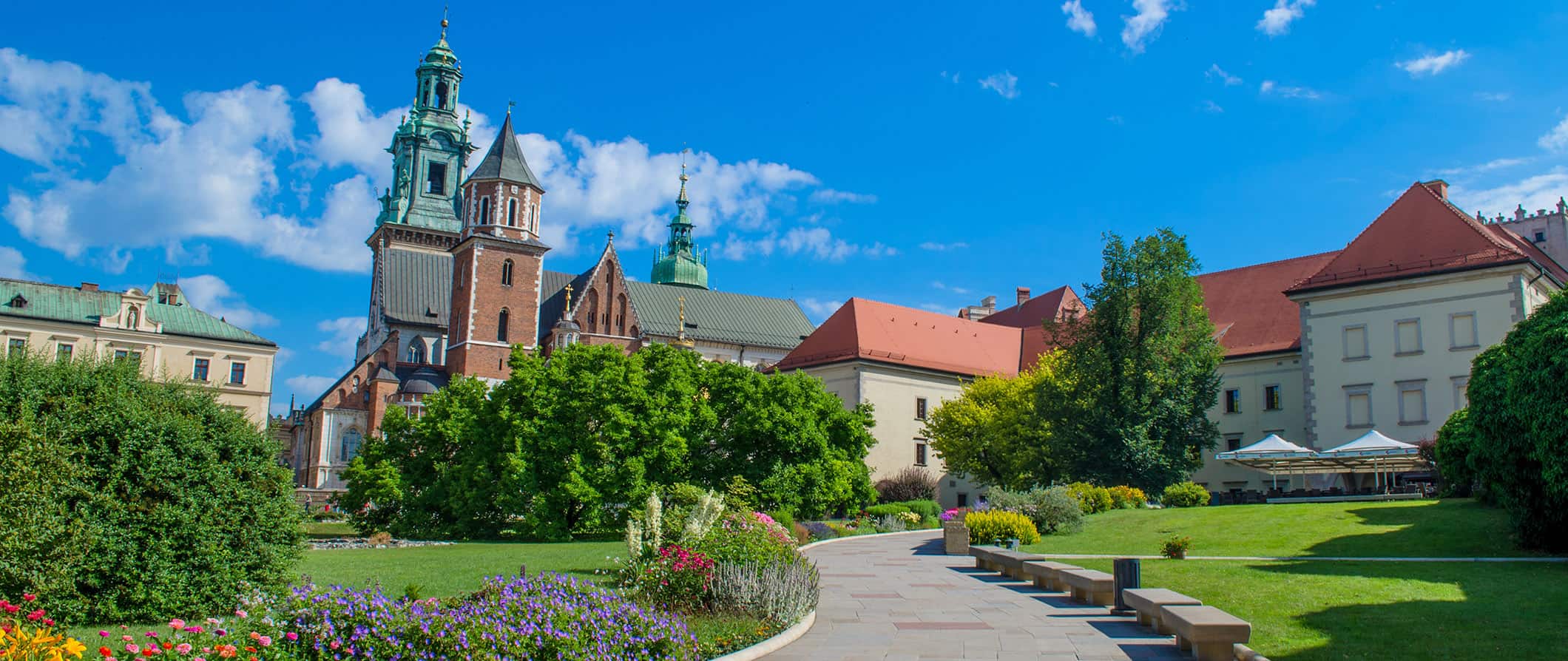
Poland is one of the most underrated destinations in Europe . With its incredible history and UNESCO World Heritage Sites, cheap food, world-class museums, wild nightlife, and plentiful nature, Poland is a budget-travel paradise. It has everything you’ll find in Western Europe — but for half the price and with half the crowds!
Most travelers visit Krakow or spend a day or two in Warsaw before departing to a neighboring country. While that’s better than nothing, Poland has so much more to offer.
From beautiful parks to medieval cities to cheap beer to rugged coastlines, you can spend weeks here and still only scratch the surface.
Best of all, there are far fewer tourists here than elsewhere in Europe so it’s easy to have a more local, more authentic experience.
Use this travel guide to Poland to plan your trip, save money, and make the most of your time in this budget-travel paradise!
Table of Contents
- Things to See and Do
- Typical Costs
- Suggested Budget
- Money-Saving Tips
- Where to Stay
- How to Get Around
- How to Stay Safe
- Best Places to Book Your Trip
- Related Blogs on Poland
Click Here for City Guides
Top 5 things to see and do in poland.
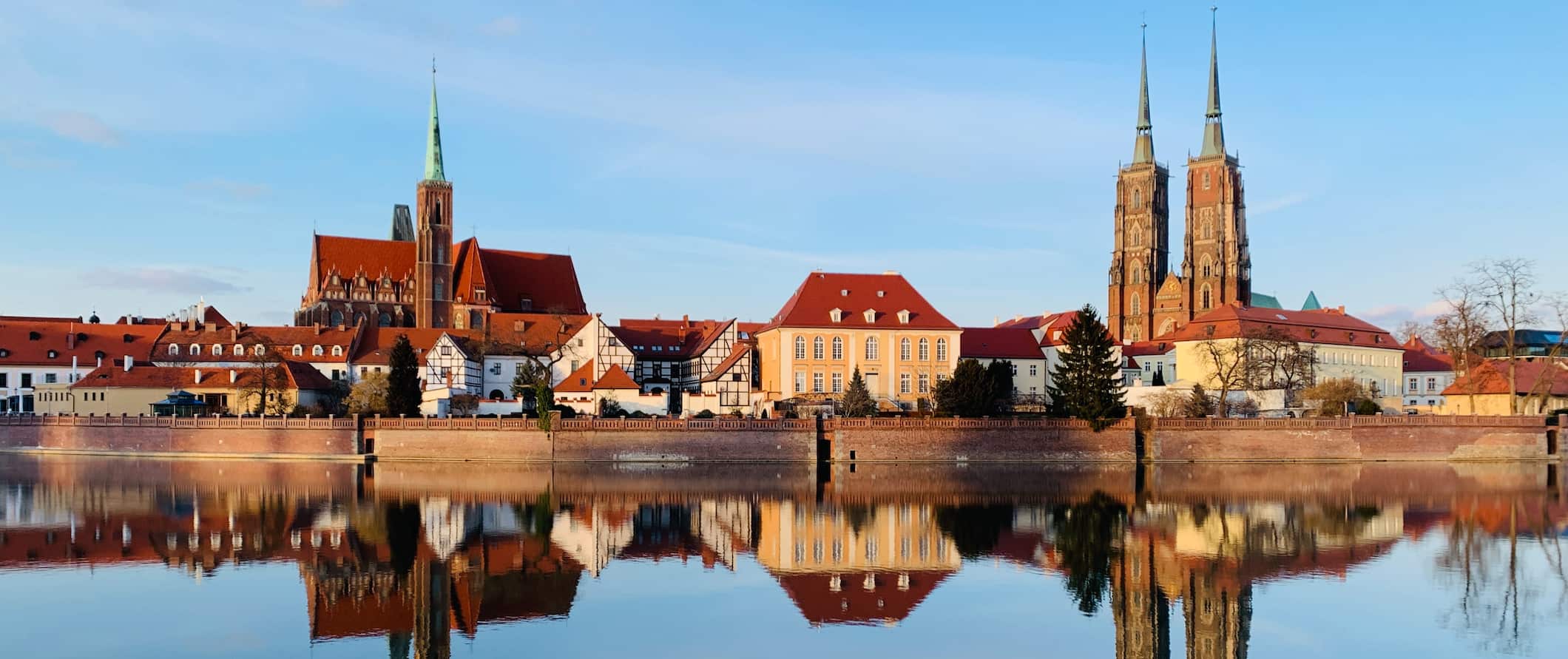
1. Visit Auschwitz
Auschwitz-Birkenau is the site of a former concentration camp used by the Nazis during World War II. Approximately 1.3 million people were sent here and an astounding 1.1 million of them were killed. When the camp was liberated in 1945, there were just 7,000 people there, many of whom were incredibly ill or sick. A visit here is sobering but shouldn’t be missed. Wear comfortable shoes as there is a lot of walking and keep in mind you’re allowed to take photographs but be considerate that this is a somber place. Admission is free, but the experience is much more meaningful with a guide who can provide context. Expect to pay around 550 PLN for a guide.
2. Explore Krakow
Krakow is a student city and one of the biggest tourist destinations in the country (people love coming here to party). This city is beautiful, inexpensive, and is filled with plenty to do. Be sure to check out the castle, the nearby salt mines, and underground ruins. The Christmas market in December is amazing too!
3. See Wroclaw
Wroclaw is one of Poland’s lesser-known destinations. Home to some amazing architecture, this small city is beautiful, inexpensive, and free of crowds. Be sure to see the Raclawice Panorama, which depicts the Battle of Raclawice that took place during the Kosciuszko Uprising in the 1790s.
4. Wander through Bialowieza National Park
This national park on the Belarus border contains the last remains of a primeval forest that once covered most of Europe. Today, it’s a UNESCO World Heritage Site and Biosphere Reserve, and remarkably, the only place where European bison still live in the wild. Bialowieza National Park is the oldest in Poland. Stretching 105 square kilometers (40 square miles), it’s thriving with biological diversity. Visitors can hike, walk, and bike in nature and you can also try unique local cuisine from Bialowieza, which is influenced by nearby Belarus and Ukraine. Some local favorites include Pielmieni meat dumplings, Mrowisko sweet cakes, and Zubr (bison) beer. Admission is 16 PLN. If you want a guide, expect to pay around 250 PLN.
5. Discover Warsaw
Explore the old and new towns, see the castle, binge on pierogis, and visit the city’s amazing museums that highlight the struggles of the Warsaw Uprising and the ghettoization of the Jews during World War II. Be sure to spend time wandering Warsaw’s Old Town, which is a UNESCO World Heritage Site filled with history, art, culture, and science. Savor a hearty Polish meal at one of the many ‘milk bars’ and check out Hala Koszyki, a funky food market hall with nearly 20 different eateries and many tasty offerings.
Other Things to See and Do in Poland
1. take a free walking tour.
One of the best things you can do when you arrive in a new destination is take a walking tour. It’s a great way to get the lay of the land and learn about the culture, people, and history of the destination. Walkative offers free tours in Warsaw, Krakow, Gdansk, Poznan, and a few other cities around the country. These tours provide much more insight than any guidebook. Just be sure to tip your guides at the end!
2. Tour the Szczecin underground tunnels
These concrete tunnels lie beneath the city of Szczecin in northwest Poland (near the border with Germany). The tunnels were designated as a bomb shelter in the 1940s and then used as a fallout shelter during the Cold War. Located 17 meters (56 feet) below ground, here you can see artifacts from World War II and learn how the shelter was used during the war. You’ll also learn how the tunnels were reinforced during the Cold War to survive a nuclear attack. Tours last around an hour and admission is 38 PLN. It can get cold in the tunnels so bring a sweater.
3. Visit a national park
Poland has 23 different national parks. Ojcowski National Park (near Krakow) is a small park filled with stunning caves and castles while Slowinski National Park (on the Baltic Coast), Biebrzanski, Narwianski, and Poleski National Parks (all located in the northeast) offer great bird watching. Bialowieza National Park (near Belarus) is where you can see Europe’s only wild bison. They’re a great way to get away from the crowds and stretch your legs, especially in the summer when the weather is nice, or in the fall when the leaves are changing. There are usually lodges and campgrounds near each park as well if you want to disconnect for a few days.
4. Explore Wawel Castle
This site in Krakow is one of the best-preserved medieval castles in all of Poland. Castles here are rare as most were mostly destroyed over the years (the vast majority of which being destroyed during World War II). Built in the 13th century under the order of King Casimir III, this UNESCO World Heritage Site is home to an art museum that has medieval tapestries, the former Polish crown jewels, and Ottoman Empire treasures. Admission ranges from 5-46 PLN depending on what you want to see. On Mondays in the summer, free tickets are available for the Crown Treasury and Armory. There are seasonal discounts from September to October as well for the Dragon’s Den, Sandomierska Tower, and The Lost Wawel archeological exhibition, and The Church of St. Gereon.
5. Visit the Wooden Churches
Tucked away in the southeastern corner of the country, The Wooden Churches of Southern Lesser Poland consists of six Roman Catholic churches that reflect various periods of religious architecture in Poland: from Medieval to Gothic, Rococo, Baroque, as well as the occasional onion dome and Greek cross. Dating back to the 15th and 16th centuries, the interiors of these UNESCO churches were intricately painted and carved by hand, with every inch of the church a veritable work of art. Dress appropriately when visiting as these are sites of religious worship.
6. Tour the Wieliczka Salt Mine
This mine produced table salt and was first used in the 13th century. It became one of Krakow’s main industries and was in use until 2007. Today, it’s a UNESCO World Heritage Site where you can marvel over the cavernous chambers, statues, chapels, chandeliers, and cathedrals — all carved out of salt and stone by the miners. The mines reach depths of over 300 meters (984 feet) and are also home to contemporary works of art. The mine is just 13 kilometers (8 miles) outside the city. Admission is 109 PLN.
7. Stroll through Gdansk
Formerly known as Danzig, Gdansk is a beautiful coastal city in northern Poland. Much of the city was rebuilt after World War II but you can still find plenty of history here. Be sure to spend some time wandering the old town and checking out the local markets and small artisan shops. And don’t miss the Basilica of St. Mary of the Assumption of the Blessed Virgin Mary, the city’s towering 16th-century gothic church. There’s also an excellent World War II museum here too.
8. Admire Kalwaria Zebrzydowska
Located an hour from Krakow, this Catholic monastery dates back to the 17th century. Built in the Mannerist (Late Renaissance) architectural style, it was declared a UNESCO Heritage Site in 1999. Surrounding the monastery are over 5 kilometers (3 miles) of pilgrimage routes and 42 chapels and churches which have been in regular use for over 400 years. Tours are free (though they must be booked in advance) and last around an hour. Donations are welcome.
9. Head to Lublin
Lublin is eastern Poland’s main city. It was an important trading and military center during the Middle Ages. It developed its own architectural style at the end of the 16th century, which has become known as the Lublin Renaissance as rulers here brought in many Italian architects to expand the city. Be sure to visit the castle, the monastery, and the old town (which is sometimes called “Little Krakow” owing to its similarities with Krakow’s old town). There’s also the sobering State Museum that illuminates the atrocities of the death camps of World War II.
10. See the world’s tallest pope statue
Located 2.5 hours south of Warsaw in Czestochowa, this statue of Pope John Paul II (who was born in Poland) stands 13.8 meters (42 feet) tall and is made of fiberglass. There really isn’t much else to see here but it makes for a quirky photo op if you’re in the area!
11. Visit the Exploseum
This abandoned Nazi explosive plant, founded by Alfred Nobel (the inventor of dynamite), is now a museum open to the public. Here visitors learn about Alfred Nobel, his company, what life was like for Polish residents during the German occupation, weapons used during the war, as well as modern weapons of war. It’s an interesting and eye-opening museum. Tucked away in Bydgoszcz (3 hours north of Warsaw), the museum takes 1-2 hours to explore. Admission is 17 PLN and includes a guide. Children under 6 are not allowed to enter.
12. Visit the Churches of Peace
These are the biggest timber-framed churches in Europe. Located in Jawor and Swidnica (near Wroclaw), they were built in the mid-17th century and were the first Lutheran churches constructed in Roman Catholic Poland. Since the churches were not Catholic, they were only allowed to be built from wood and could not have steeples or bells (Lutherans were not allowed to construct stone churches that could compete with the dominant religion). Today they are UNESCO World Heritage Sites. Admission is 12 PLN and an audio tour is available. Just be sure to dress appropriately.
13. See the World War II Museum in Gdansk
The Museum of the Second World War opened in 2008 and is one of the best museums in the country. It’s an immersive experience that really opens your eyes to the death and destruction that the war unleashed — in Poland and beyond. In addition to the weapons, clothing, letters, and maps there is an entire recreated street to give you a palpable sense of what it would have been like to live through the worst of the war. Admission 25 PLN. For an extra 2 PLN, you can also see their temporary expositions.
14. Explore the Tatra Mountains
This mountain range, part of the Carpathian Mountains, is located near the border of Poland and Slovakia. It’s here where you’ll find Tatra National Park (a protected UNESCO site), a great destination for hiking. Spanning over 200 square kilometers (77 square miles), there are plenty of day hikes available ranging from 2-12 hours. While you can’t camp in the park, there are mountain huts if you book in advance (they cost 35-70 PLN per night depending on where you stay). Make sure you check the weather before you go and bring ample water and sunscreen for your hike.

15. Take in the Warsaw Rising Museum
This museum is a tribute to the people of Warsaw who fought and died for Polish independence. Opened in 2004, the museum is home to hundreds of artifacts from the uprising of 1944, when Polish citizens rebelled against German occupation. The uprising lasted 63 days and was the largest resistance movement during World War II. Some 15,000 members of the Polish resistance were killed, as well as 2,000-17,000 German troops. There are weapons, clothing, letters, and interactive films that shed light on one of the most important events in Polish history. Admission is 25 PLN.
16. Tour Schlinder’s Factory
Oskar Schindler was a German industrialist who saved over 1,200 Jews during the war. His story was made famous by Steven Spielberg’s 1993 film, Schindler’s List . Located in his actual factory in Krakow, this museum offers a thorough trip through the history of World War II, highlighting how he saved so many people during the war while bankrupting himself in the process. Admission starts at 10 PLN or 72 PLN for a guided tour. There are a number of limited free tickets on Mondays.
For more information on specific cities in Poland, check out these guides:
- Krakow Travel Guide
- Warsaw Travel Guide
Poland Travel Costs
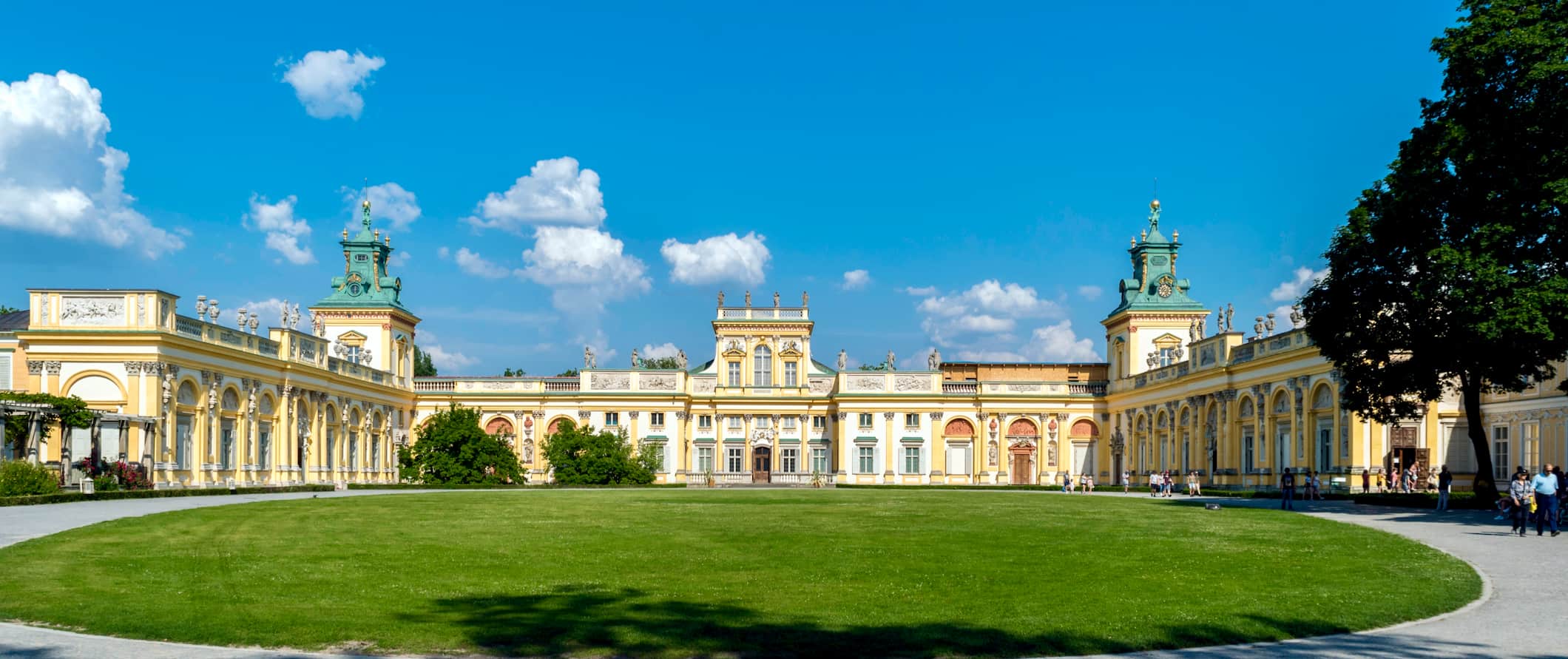
Accommodation – A bed in a dorm with 8-10 beds costs 55-95 PLN per night. Private rooms cost 120-200 PLN. Free Wi-Fi is standard and most hostels also have self-catering facilities. Free breakfast is available at many hostels too.
Budget two-star hotels start at 150-275 PLN per night. Free Wi-Fi is common and many hotels also include a simple free breakfast as well. For a three-star hotel, expect to pay at least 300-500 PLN.
Airbnb is available throughout the country with private rooms starting at 75 PLN per night while entire homes/apartments cost at least 100 PLN. Prices are usually double these numbers, however, so be sure to book early to find the best deals.
There are plenty of campgrounds throughout the country for those traveling with a tent. Expect to pay around 40 PLN per night for a basic tent plot for two people without electricity. Wild camping is tolerated if you’re in the mountains and as long as you are not in a national park (camping in national parks is strictly prohibited in Poland).
Food – Polish meals are quite hearty, usually containing potatoes, meat (pork and chicken), and seasonal produce like beets or cabbage. Stews and soups (like borscht, a beet soup) are popular and can be found at most local restaurants. Pierogis are also a common staple and can be found everywhere for cheap. For some traditional Polish food, try beef tongue or pork knuckles. The country also has lots of traditional desserts too, like paczki (a Polish donut) and makowiec (poppy-seed cake).
Most cheap meals of traditional cuisine (served at local restaurants called bar mleczny or “milk bars”) cost around 35 PLN. For a three-course meal with a drink and table service, expect to pay around 75 PLN. Fast food (think McDonald’s) costs 25 PLN for a combo meal.
A large pizza costs around 25-30 PLN while Chinese food costs around 15-20 PLN. Zapiekanki , a popular Polish street snack that’s like a pizza on a baguette, costs 5-6 PLN.
Beer costs 8-12 PLN, while a glass of wine is a minimum of 12 PLN. A latte or cappuccino is around 11 PLN. Bottled water is 5 PLN.
If you buy your own groceries and cook your meals, expect to pay around 150-165 PLN per week for basic staples like pasta, rice, seasonal vegetables, and some meat. Local markets are the cheapest places to buy fresh produce. Biedronka is a cheap grocery store that’s everywhere.
Backpacking Poland Suggested Budgets
On a backpacker budget of 175 PLN per day, you can stay in a hostel dorm, cook all your meals, limit your drinking, take public transportation to get around, and do some cheap activities like free walking tours and visiting the free museums. If you plan on drinking, add 10-20 PLN to your budget per day.
On a mid-range budget of 330 PLN per day, you can stay in a private Airbnb or private hostel room, eat out for most meals at cheap milk bars, enjoy a couple of drinks, take the occasional taxi to get around, and do more paid activities like visiting the Uprising Museum or taking a tour of Auschwitz.
On a “luxury” budget of 600 PLN or more per day, you can stay in a hotel, eat out anywhere you want, drink more, rent a car to get around, and do whatever guided tours and activities you want. This is just the ground floor for luxury though. The sky is the limit!
You can use the chart below to get some idea of how much you need to budget daily, depending on your travel style. Keep in mind these are daily averages — some days you’ll spend more, some days you’ll spend less (you might spend less every day). We just want to give you a general idea of how to make your budget. Prices are in PLN.
Poland Travel Guide: Money-Saving Tips
Poland is a very affordable country so there aren’t too many tips out there to help you save. You won’t be spending a lot of money anyways unless you go out of your way to spend money. That being said, there are still a few extra ways you can save money while you visit Poland:
- Eat at milk bars – You’ll get a taste of Poland at a mleczny (milk bars). Hearty pierogis, homemade soups, plenty of meat, and a local beer usually cost around 30 PLN. While they are a no-frills choice, the food is tasty and filling.
- Get a tourist card – Certain cities, like Krakow and Warsaw, offer tourist cards that provide unlimited public transportation and free or discounted museum access. If you plan to see lots of sites, be sure to go to the local tourism office and pick up one of these cards. They usually cost 100-160 PLN.
- Take advantage of train specials – Poland has various special train tickets that can save you money during your visit. For example, the Weekend Ticket ( Bilet Weekendowy ) is available for several train lines and lasts from Friday night at 7pm to Monday at 6am and allows for unlimited trips within Poland. It’s a great way to see the country if you need to cover a lot of ground in a short time!
- Watch your drinking – Cities like Krakow are known for their parties, pub crawls, and long nights out. These can add up quickly, so watch how much you drink. Start off by grabbing your favorite drinks from a grocery store first whenever possible. You’ll save a ton that way.
- Take a free walking tour – Free tours from companies like Walkative can be found in Poland’s larger cities. They are a great way to explore the city while learning about the history, culture, and architecture. Just be sure to tip!
- Use ridesharing apps – Ridesharing apps like BlaBlaCar are a great way to get around the country for cheap. You simply download the app, find someone looking for passengers, pay a small fee, and go! Everyone is rated and verified, and it’s usually more convenient (and cheaper) than other forms of transportation. For travel within a city, use Uber. It’s cheaper than the local taxis.
- Stay with a local – While accommodation is not expensive in Poland, Couchsurfing is a great way to lower your accommodation costs. Not only will you save money by getting a free place to stay but you’ll also be able to make a local friend and get insider knowledge about the country.
- Bike share – For 10 PLN, you can register for Vetrulio, a bike-rental company in Warsaw. After you sign up, bike use is free for 20 minutes, making it essentially free to bounce around the city during your visit. After 20 minutes (up to the first hour) it’s just 1 PLN and then 3 PLN for the next hour.
- Bring a water bottle – The tap water in Poland is safe to drink so bring a reusable water bottle to save money and reduce your plastic use. LifeStraw is my go-to brand as their bottles have built in filters to ensure your water is always clean and safe.
Where to Stay in Poland
Accommodation in Poland is very affordable. Even if you don’t want to do the whole hostel thing, you can find really comfortable and inexpensive hotels throughout the country. Here are some of my favorite places to stay in Poland:
- Oki Doki Old Town (Warsaw)
- Warsaw Centrum Hostel (Warsaw)
- Greg and Tom Hostel (Krakow)
- Let’s Rock (Krakow)
- Slowgate Hostel (Gdansk)
- Mleczarnia Hostel (Wroclaw)
How to Get Around Poland
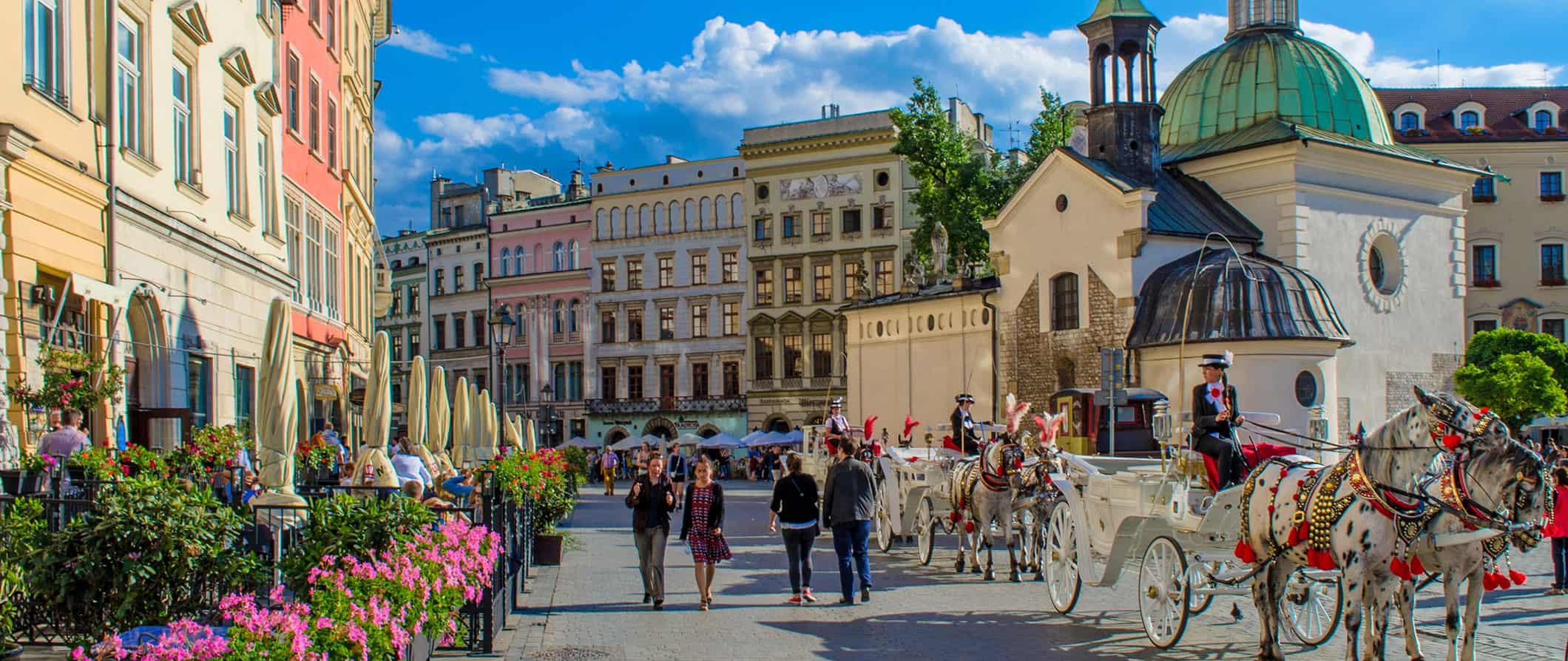
Public transportation – Buses and trams are the most common ways to get around in each city. Only Warsaw has a subway system. Public buses and trams cost around 3-5 PLN for a one-way ride, depending on how far you go. For a single-day pass, expect prices to start at 15 PLN per person. In Warsaw, a three-day public transportation pass starts at 36 PLN.
Bus – Poland has an extensive bus network so you can easily travel around the entire country by bus if you’re on a budget. Flixbus (and its partner company, Polski Bus) are the best options as they have comfortable buses for affordable prices. For example, the 4-hour journey from Warsaw to Krakow costs around 44 PLN while the 7-hour ride to Gdansk from Warsaw costs around 50 PLN.
The buses have bathrooms, electrical outlets, and Wi-Fi, making them a good choice for budget travelers.
Train – While trains aren’t as cheap as buses, they’re a good option for long-distance trips. There are several different companies operating trains here with a variety of train types. The three most important to travelers are the ExpressInterCity Premium (EIP), ExpressInterCity (EIC), and InterCity (IC).
The EIP trains are fast and operate between major cities. They have first-class and second-class seats and reservations are mandatory. These are the newest trains and have a dining car if you’re looking to eat during your trip. They can be pricey if you book on the day, so try to book in advance for the best prices.
EIC trains also run between major cities but are a little slower. They are still perfectly safe and comfortable, with a dining car and business class seats available. Since the services aren’t as great, the prices here are lower than on EIP trains. There are first- and second-class seats as well.
IC trains are the cheapest of the three but also the slowest as they make more stops. They have basic amenities such as power outlets.
InterRegio (IR) trains are another option as they stop in most medium-sized cities. There are no first-class or seat reservations here, so they can be a bit busier and sometimes won’t have space for luggage. But they are affordable!
The train from Warsaw to Gdansk costs around 175 PLN and takes around 2.5 hours while the 2-hour train from Warsaw to Krakow is just 50 PLN.
To find routes and prices for trains around Europe, use Trainline .
Flying – Flying around Poland is relatively cheap thanks to budget airlines like Ryanair. From Warsaw, you can get to pretty much any city in the country for under 325 PLN, round trip.
For example, Warsaw to Krakow takes just under an hour and costs 280 PLN while Warsaw to Gdansk takes an hour and costs 180 PLN.
It’s also easy to get to/from Poland via plane as Wizz and Ryanair fly all over the continent. You can find flights for as little as 50 PLN to destinations all around Europe if you book early and are flexible.
Rideshare – BlaBlaCar is the best ride-sharing option for intercity travel. It’s cheap and fast, and drivers are verified and have reviews so it’s quite safe. Just make sure you have flexible plans as drivers are often late or change their plans entirely.
Car rental – Car rentals start at 75 PLN per day for a multi-day rental. Drivers must have had their license for at least one year and an International Driving Permit (IDP) is required for citizens of certain countries.
For the best car rental prices, use Discover Cars .
When to Go to Poland
The best (and most popular) time to visit Poland is during the summer, from June to August. Temperatures are hot and rain is infrequent. Expect daily highs between 17-25°C (63-77°F) during this time (and a 1-3 degree difference between Gdansk in the north to Krakow in the south).
The summer is also the busiest time of the year for tourism, though and you’ll only really notice it in the main tourist cities (such as Warsaw and Krakow).
The shoulder season of late April-May and September-October are great times to visit as well, with temperatures ranging from 5-15°C (41-59°F). You’ll beat the crowd and have much milder temperatures. There’s more rain in the spring but you’ll get the stunning autumn colors in the fall which makes for a scenic backdrop to your trip.
Winter in Poland can be quite cold, with temperatures dropping to around -1°C (30°F) during the day and -5°C (23°F) overnight. Snow is common, which can affect conditions if you’re traveling by car. In short, I wouldn’t recommend a winter visit unless you plan on going skiing or taking part in other winter activities such as visiting the Christmas markets.
How to Stay Safe in Poland
Poland is a very safe country. The risk of theft or getting pickpocketed is much lower here than it is in other parts of Europe. Of course, you should always keep your valuables secure and out of sight when riding public transportation and while you’re in popular tourist areas.
Taxi scams are rare, but always make sure your driver is using the meter. If they aren’t, ask them to stop and find a taxi that will. To avoid fake taxis, have your hotel/hostel staff call a taxi for you to ensure you aren’t scammed.
ATM skimming (when criminals attach a covert device to an ATM that can steal your information) can occur here, so always make sure you use verified ATMs. If you can, go into the bank to withdraw your money (as opposed to using outdoor ATMs, which are easier to tamper with).
If you’re worried about getting ripped off, you can read about common travel scams to avoid here .
Solo female travelers should generally feel safe here, however, the standard precautions apply (never leave your drink unattended at the bar, never walk home alone at night intoxicated, etc.).
If you rent a vehicle here, don’t leave any valuables in it overnight. Break-ins are rare but it’s better to be safe than sorry.
If you experience an emergency, dial 112 for assistance.
The most important piece of advice I can offer is to purchase good travel insurance. Travel insurance will protect you against illness, injury, theft, and cancellations. It’s comprehensive protection in case anything goes wrong. I never go on a trip without it as I’ve had to use it many times in the past. You can use the widget below to find the policy right for you:
Poland Travel Guide: The Best Booking Resources
These are my favorite companies to use when I travel. They consistently have the best deals, offer world-class customer service and great value, and overall, are better than their competitors. They are the companies I use the most and are always the starting point in my search for travel deals.
- Skyscanner – Skyscanner is my favorite flight search engine. They search small websites and budget airlines that larger search sites tend to miss. They are hands down the number one place to start.
- Hostelworld – This is the best hostel accommodation site out there with the largest inventory, best search interface, and widest availability.
- Booking.com – The best all around booking site that constantly provides the cheapest and lowest rates. They have the widest selection of budget accommodation. In all my tests, they’ve always had the cheapest rates out of all the booking websites.
- HostelPass – This new card gives you up to 20% off hostels throughout Europe. It’s a great way to save money. They’re constantly adding new hostels too. I’ve always wanted something like this and glad it finallt exists.
- Get Your Guide – Get Your Guide is a huge online marketplace for tours and excursions. They have tons of tour options available in cities all around the world, including everything from cooking classes, walking tours, street art lessons, and more!
- The Man in Seat 61 – This website is the ultimate guide to train travel anywhere in the world. They have the most comprehensive information on routes, times, prices, and train conditions. If you are planning a long train journey or some epic train trip, consult this site.
- Rome2Rio – This website allows you to see how to get from point A to point B the best and cheapest way possible. It will give you all the bus, train, plane, or boat routes that can get you there as well as how much they cost.
- FlixBus – Flixbus has routes between 20 European countries with prices starting as low 5 EUR! Their buses include WiFi, electrical outlets, a free checked bag.
- SafetyWing – Safety Wing offers convenient and affordable plans tailored to digital nomads and long-term travelers. They have cheap monthly plans, great customer service, and an easy-to-use claims process that makes it perfect for those on the road.
- LifeStraw – My go-to company for reusable water bottles with built-in filters so you can ensure your drinking water is always clean and safe.
- Unbound Merino – They make lightweight, durable, easy-to-clean travel clothing.
- Top Travel Credit Cards – Points are the best way to cut down travel expenses. Here’s my favorite point earning credit cards so you can get free travel!
- BlaBlaCar – BlaBlaCar is a ridesharing website that lets you share rides with vetted local drivers by pitching in for gas. You simply request a seat, they approve, and off you go! It’s a cheaper and more interesting way to travel than by bus or train!
Poland Travel Guide: Related Articles
Want more info? Check out all the articles I’ve written on Europe travel and continue planning your trip:

The 6 Best Hotels in Copenhagen

The 6 Best Hotels in Florence

The 7 Best Hotels in Madrid

The 6 Best Hotels in Vienna

The Best Walking Tours in Barcelona

How to Be a Digital Nomad in Europe
Get my best stuff sent straight to you, pin it on pinterest.
- Where To Stay
- Transportation
- Booking Resources
- Related Blogs
Update April 12, 2024
Information for u.s. citizens in the middle east.
- Travel Advisories |
- Contact Us |
- MyTravelGov |
Find U.S. Embassies & Consulates
Travel.state.gov, congressional liaison, special issuance agency, u.s. passports, international travel, intercountry adoption, international parental child abduction, records and authentications, popular links, travel advisories, mytravelgov, stay connected, legal resources, legal information, info for u.s. law enforcement, replace or certify documents.
Before You Go
Learn About Your Destination
While Abroad
Emergencies
Share this page:
Travel Advisory May 1, 2024
Poland - level 1: exercise normal precautions.
Reissued after periodic review without changes. Exercise normal precautions in Poland.
Read the country information page for additional information on travel to Poland.
If you decide to travel to Poland:
- Enroll in the Smart Traveler Enrollment Program ( STEP ) to receive Alerts and make it easier to locate you in an emergency.
- Follow the Department of State on Facebook and Twitter .
- Review the Country Security Report for Poland.
- Visit the CDC page for the latest Travel Health Information related to your travel.
- Prepare a contingency plan for emergency situations. Review the Traveler’s Checklist .
Embassy Messages
View Alerts and Messages Archive
Quick Facts
Six months remaining validity strongly recommended; at least three months remaining validity beyond planned departure from the Schengen area is required
Must have at least one page
Not required for stays under 90 days
10,000€ (euros or equivalent)
Embassies and Consulates
U.s. embassy warsaw.
Aleje Ujazdowskie 29/31 00-540 Warsaw, Poland Telephone: +48 (22) 504-2000 American Citizens Services: +48 (22) 504-2784 Emergency After-Hours Telephone: +48 (22) 504-2000 Fax: +(48) (22) 504-2088 Email: [email protected]
U.S. Consulate General Krakow Ulica Stolarska 9 31-043 Kraków, Poland Telephone: +48 (12) 424-5100 American Citizens Services: +48 (12) 424-5129 Emergency After-Hours Telephone: +48 (22) 504-2000 Fax: +(48) (12) 424-5103 Email: [email protected]
U.S. Consular Agent Poznan Ulica Paderewskiego 8 61-770 Poznan Telephone: +(48) (61) 851-8516 Emergency After-Hours Telephone: +(48) (22) 504-2000 Fax: +(48) (61) 851-8966 Email: [email protected]
Destination Description
See the Department of State’s Fact Sheet on Poland for information on U.S.-Poland relations.
Entry, Exit and Visa Requirements
U.S. citizens are restricted from entering Poland from Belarus and Russia unless they meet one of the exceptions currently in place. You may find the current list of exceptions at the following websites:
Polish Border Guard website listing exceptions in English and Polish
Polish Border Guard website noting the legal basis for the current restrictions in Polish
Sejm (Polish Parliament) website with the legislation for the current restrictions in Polish
U.S. citizens who do not meet one of the listed exceptions, but who want to return/evacuate from Belarus to the United States in transit through Poland or who need to enter Poland for humanitarian reasons, may seek a special permit to enter Poland only at the border crossing point in Brest-Terespol.
Traveling Through Europe : If you are planning to visit or travel through European countries, you should be familiar with the requirements of the Schengen Agreement.
- Your passport should be valid for at least three months beyond the period of stay. If you plan on transiting a Schengen country, review our U.S. Travelers in Europe page .
- You will need sufficient proof of funds and a return plane ticket .
- For additional information about visas for the Schengen area, see the Schengen Visa page.
Military/Status of Forces Agreement (SOFA) Travelers : Active-duty U.S. military personnel may enter Poland under the SOFA with proper Department of Defense (DOD) identification and travel orders. All SOFA family members, civilian employees, and contractors must have valid passports. Active-duty military personnel should obtain a tourist passport before leaving the United States to accommodate off-duty travel. DOD travelers should consult with their unit for clearance before leaving the United States.
If you are transiting Poland en route to other countries, know all entry and exit requirements for your final destination . You may be denied boarding for your connecting flight if you have incorrect documentation or insufficient validity on your passport. If you are denied boarding, you will need sufficient funds and a return airline ticket or an itinerary that does not require re-entry into the Schengen zone in order to return to the United States.
For further information on entry requirements and current visa information, please contact the consular section of the Embassy of Poland , 2224 Wyoming Avenue, N.W., Washington, D.C. 20008, (202) 499-1700, or a Polish consulate in Chicago, Los Angeles, New York, or Houston.
The U.S. Department of State is unaware of any HIV/AIDS entry restrictions for visitors to or foreign residents of Poland.
Find information on dual nationality , prevention of international child abduction, and customs on our websites.
Safety and Security
Terrorism: Terrorist groups and those inspired by such organizations are intent on attacking U.S. citizens abroad. Terrorists are increasingly using less sophisticated methods of attack – including knives, firearms, and vehicles – to more effectively target crowds. Frequently, their aim is unprotected or vulnerable targets, such as:
- High-profile public events (sporting contests, political rallies, demonstrations, holiday events, celebratory gatherings, etc.)
- Hotels, clubs, and restaurants frequented by tourists
- Places of worship
- Shopping malls and markets
- Public transportation systems (including subways, buses, trains, and scheduled commercial flights)
For more information, see our Terrorism page.
Crime: While Poland has a low crime rate overall, the risk of crime is higher in major cities.
- Safeguard your belongings in public areas . Thieves and pickpockets operate at major tourist destinations, railroad stations, and on trains (particularly overnight trains), trams, and buses. Report incidents of theft to the police.
- Do not leave valuables in plain sight inside vehicles .
- If someone directs you to pull over or signals that something is wrong with your car, continue driving until you reach a safe spot (such as a crowded gas station, supermarket, or a police station) to inspect your vehicle.
- Only change money at banks or legitimate exchange kiosks (kantor). ATMs at commercial banks, large hotels, shopping malls, and airports are safest.
- While casinos and gaming establishments are government-regulated, some are affiliated with or have attracted the interest of organized crime.
- Avoid adult entertainment venues . Such establishments have been known to present foreign customers with inflated charges and threaten those who refuse to pay. There have been some incidents of suspected drink spiking associated with these venues.
- Travel in a group when going out at night to nightclubs, discos, bars, or high-tourism areas, such as the Market Square in Krakow and Old Town in Warsaw.
Demonstrations occur frequently. They may take place in response to political or economic issues, on politically significant holidays, and during international events.
- Demonstrations can be unpredictable; avoid areas around protests and demonstrations.
- Past demonstrations have turned violent.
- Check local media for updates and traffic advisories.
International Financial Scams: See the Department of State and the FBI pages for information.
Internet romance and financial scams are prevalent in Poland. Scams are often initiated through Internet postings/profiles or by unsolicited emails and letters. Most scammers pose as U.S. citizens who have no one else to turn to for help.
Tips to avoid scammers:
- Look for red flags like their location is far away, their profile was recently created or seems to be too good to be true, the pace of the relationship is moving too quickly, or they ask for money.
- Set up a phone call/video chat in the initial stages.
- Do a reverse image search on the profile picture.
- If they ask for help, you should refer them to the closest U.S. Embassy or Consulate so we can work with local authorities to assist.
- If you believe you have been scammed, report the incident to local law enforcement right away and stop all communications with the scammer.
Common scams include:
- Romance/Online dating
- Money transfers
- Lucrative sales
- Gold purchase
- Contracts with promises of large commissions
- Grandparent/Relative targeting (kidnapping, arrested, medical emergency)
- Free Trip/Luggage
- Inheritance notices
- Work permits/job offers
- Bank overpayments
Technology Usage Abroad: Mobiles Devices are vulnerable to compromise, theft, and physical damage anywhere in the world. Best practices prior to traveling abroad are keeping all software (operating system and apps) updated and use virtual private network and encrypted voice over IP (VoIP) applications if possible. Make sure that all VPN/VoIP are reputable and U.S. based. Do not connect to unknown open Wi-Fi. GPS navigation apps are helpful in getting U.S. citizens around in a foreign country. Prior to using a GPS app, make sure you research the route to make sure it is safe. GPS navigation apps may give you the shortest route without safety considerations. Be cautious of using dating apps/online dating websites abroad as U.S. citizens can be targeted by scammers. Make sure to inform your friends and family of your whereabouts, meet at a well-known public location, and do not consume suspicious food or drinks. Avoid traveling alone to bars or nightclubs.
Victims of Crime: U.S. citizen victims of sexual assault should first contact the local police. Report crimes to the local police by calling 112 (multilingual emergency dispatch centers serving Poland and EU countries), and contact the U.S. Embassy in Warsaw at +48 (22) 504-2000 or the U.S. Consulate in Krakow at +48 (12) 424-5100. Local authorities are responsible for investigating and prosecuting crimes.
See our webpage on help for U.S. victims of crime overseas .
- Provide a list of health care providers in Poland
- Assist you in reporting a crime to the police
- Contact relatives or friends with your written consent
- Explain the local criminal justice process in general terms
- Provide a list of local attorneys
- Provide information on victim’s compensation programs in the United States. A list of organizations providing assistance programs for victims of crimes in Poland is available on the website of the Ministry of Justice here .
- Provide an emergency loan for repatriation to the United States and/or limited medical support
- Help you find accommodation and arrange flights home
- Replace a stolen or lost passport
Domestic Violence: U.S. citizen victims of domestic violence should contact local authorities and the U.S. Embassy in Warsaw or the U.S. Consulate in Krakow for assistance.
Tourism: The tourism industry is generally regulated. Rules (with regards to best practices and safety inspections) are regularly enforced. Hazardous areas/activities are identified with appropriate signage and professional staff is typically on hand in support of organized activities. In the event of an injury, appropriate medical treatment is widely available throughout the country. Outside of a major metropolitan center, it may take more time for first responders and medical professionals to stabilize a patient and provide life-saving assistance. U.S. citizens are encouraged to purchase medical evacuation insurance. See our webpage for more information on insurance providers .
Local Laws & Special Circumstances
Criminal Penalties: You are subject to local laws. If you violate local laws, even unknowingly, you may be arrested, imprisoned, or deported. A U.S. passport will not help you avoid arrest or prosecution.
Furthermore, some crimes are also prosecutable in the United States, regardless of local law. For examples, see our website on crimes against minors abroad and the Department of Justice website.
Arrest Notification: If you are arrested or detained, ask the police or prison officials to notify the U.S. Embassy or Consulate immediately . Under Polish law, a person with Polish and U.S. citizenship is deemed to be a Polish citizen; however, dual U.S.-Polish nationals may still ask to see a U.S. consular officer. See our webpage for further information.
Special Circumstances: Polish Law prohibits possession of firearms or ammunition without proper permits. In Poland, it is illegal to possess, carry, transport, import or export arms or ammunition without proper authorization. Polish law broadly defines the meaning of “arms” to include items that may put life or health at risk, which may include parts of firearms or ammunition. Travelers have been arrested who were in possession of military items without proper permits. Please visit the Government of Poland’s website to find out more about obtaining a permit and our website on traveling with firearms .
Polish Customs enforces strict regulations concerning the export of items such as works of art. Contact the Polish Embassy in Washington, D.C., or a Polish consulate in Chicago, Los Angeles, New York, or Houston for specific information regarding customs requirements.
Taking pictures of Polish military buildings or other national security/restricted objects is illegal.
Penalties are severe for possessing, using, or trafficking illegal drugs in Poland. Expect long jail sentences and heavy fines if convicted.
Local police can stop a car and request identification to establish identity and may ask the driver subsequent questions.
Individuals establishing a business or practicing a profession that requires additional permits or licensing should seek information from the competent local authorities prior to practicing or operating a business. Information about conducting business in Poland can be found at the U.S. Embassy’s website .
Counterfeit and Pirated Goods: Although counterfeit and pirated goods are prevalent in many countries, including Poland, they may still be illegal according to local laws. Possessing or purchasing them is against the law. You may be subject to heavy fines and even imprisonment. You must also relinquish the items if you bring them back to the United States. For more information, see the U.S. Department of Justice website , the Polish Ministry of Finance Customs Department, and the European Commission .
Faith-Based Travelers: See the following webpages for details:
- Faith-Based Travel Information
- International Religious Freedom Report – see country reports
- Human Rights Report – see country reports
- Hajj Fact Sheet for Travelers
- Best Practices for Volunteering Abroad
International Volunteers:
LGBTQI+ Travelers : There are no legal restrictions on either consensual same-sex sexual conduct between adults or the organization of LGBTQI+ events in Poland. Polish law prohibits discrimination in employment on the basis of sexual orientation or gender identity and the government enforces these provisions. The social acceptance of LGBTQI+ individuals is not as prevalent as in the United States, though polling indicates tolerance is steadily increasing. Some politicians have made derogatory comments about LGBTQI+ persons. Media have not recently reported on physical and verbal attacks against LGBTQI+ persons, but community members have reported concerns about their physical safety. Travelers identifying openly as LGBTQI+ may face harassment. The practice of so-called conversion therapy is legal and offered on a voluntary basis. See our LGBTQI+ Travel Information page and section six of our Human Rights report for further details.
Travelers with Disabilities : Polish law prohibits discrimination against persons with physical, sensory, intellectual, or mental disabilities, but some discrimination occurs. Polish law states that buildings should be accessible for persons with disabilities, but in practice, many buildings remain inaccessible. Newer public trains, vehicles, and stations may be accessible, but older ones are not. Wheelchair users will find many challenges throughout the country. Service animals are generally allowed in public buildings and on transportation. Pedestrian crossings at intersections in large cities are generally equipped with audible crossing signals.
Students: See our students abroad page and FBI travel tips .
Women Travelers : See our travel tips for women travelers .
Adequate medical care is available, but the quality of hospitals and nursing support may not be comparable to U.S. standards in all regions of Poland . Emergency services may be lacking in small towns and rural areas. Physicians are generally well-trained, and many younger doctors speak English (nurses and staff may not). While medication and treatment are generally substantially less costly than in the United States, doctors and hospitals often expect cash payment prior to treatment . Private hospitals usually require advance payment or proof of adequate insurance before admitting a patient. Patients bear all costs for transfer to or between hospitals. Medication, while generally available, may not be U.S. brand-name drugs.
For emergency services in Poland, dial 112 . Ambulance services are widely available.
The U.S. Embassy maintains a list of doctors and hospitals . We do not endorse or recommend any specific medical provider or clinic.
The U.S. government does not pay overseas medical bills . Be aware that U.S. Medicare/Medicaid does not apply overseas. Most hospitals and doctors overseas do not accept U.S. health insurance in lieu of payment at the time services are provided.
Medical Insurance: Make sure your health insurance plan provides coverage overseas. Most care providers overseas only accept cash payments up front, and you will have to seek reimbursement later from your medical insurance. See our webpage for more information on insurance providers for overseas coverage. Visit the U.S. Centers for Disease Control and Prevention for more information on type of insurance you should consider before you travel overseas.
We strongly recommend supplemental insurance to cover medical evacuation.
Always carry your prescription medication in original packaging, along with your doctor’s prescription. Check with the Ministry of Health Poland to ensure the medication is legal in Poland and the Chief Pharmaceutical Inspectorate to find information on traveling to and from Poland with narcotic and psychotropic medications.
Vaccinations: The CDC does not recommend and there is no requirement for specific vaccinations for U.S. citizen travelers.
Further health information:
- World Health Organization
- U.S. Centers for Disease Control and Prevention (CDC)
Medical Tourism and Elective Surgery : Medical tourism is a rapidly growing industry. U.S. citizens traveling to Poland for medical tourism or elective surgery should understand that medical systems operate differently from those in the United States and are not subject to the same rules and regulations. Anyone interested in traveling for medical purposes should consult with their local physician before traveling and visit the U.S. Centers for Disease Control and Prevention website for more information on Medical Tourism.
We strongly recommend supplemental insurance to cover medical evacuation in the event of unforeseen medical complications.
Pharmaceuticals : U.S. Customs and Border Protection and the Food and Drug Administration are responsible for rules governing the transport of medication back to the United States. Medication purchased abroad must meet their requirements to be legally brought back into the United States. Medication should be for personal use and must be approved for use in the United States. Please visit the U.S. Customs and Border Protection and the Food and Drug Administration websites for more information.
Water Quality: Food and water standards in Poland are similar to those in the United States. Most travelers do not need to take special food or water precautions beyond what they normally do at home. For more information please visit CDC Traveler’s Health.
Adventure Travel:
- Visit the U.S. Centers for Disease Control and Prevention website for more information about Adventure Travel .
Air Quality:
- Cities in Poland have higher air pollution levels than major U.S. cities. Especially in Krakow, levels are often above U.S. health-based standards in the winter. Air quality is often good to moderate during warmer months. Visit the European Environment Agency’s website for information on air quality in Poland.
Travel and Transportation
Road Conditions and Safety: Road conditions in Poland differ significantly from those in the United States. Poland has the fourth-highest road fatality rate based on population in the European Union. Driving, especially after dark, is hazardous. Roads are sometimes narrow, poorly lit, frequently under repair (especially in summer), and are often also used by pedestrians and cyclists. Pedestrians account for approximately one-fourth of all traffic fatalities in Poland.
- Polish roadside services, while not equal to those in the United States, are adequate. The Polish Automobile Association ( Polski Związek Motorowy Auto-Tour ) has multilingual operators and provides assistance countrywide 24/7. Call (22) 532-8403 or email [email protected] .
- The police emergency number is 997 , fire service is 998 , ambulance service is 999 , and the general emergency number is 112.
Traffic Laws: You must have a U.S. driver's license and International Driving Permit (IDP) in order to drive in Poland . U.S. citizens cannot obtain IDPs in Poland. If you stay in Poland for more than six months and continue to drive, you must obtain a Polish driver’s license. You can find information on obtaining an International Driving Permit here .
- Seat belt use is mandatory .
- Use headlights year-round at all times .
- Children under 12 must sit in rear seats . Children under 12 and shorter than 4’11” must use a child’s car seat.
- Using hand-held cell phones while driving is prohibited .
- Polish law provides zero tolerance for driving under the influence of alcohol/drugs . Prison sentences for DUI violations or accidents caused by impaired drivers can range from two to twelve years.
- Fines for traffic violations can be substantial . Non-residents are expected to pay the police officer at the time the ticket is issued. Be prepared to pay in cash in local currency.
Public Transportation : Public transportation in Poland is efficient, inexpensive, and safe. A ticket is required when boarding a bus or tram and if the ticket is not validated upon entry, you may be fined. In cities, taxis are available at major hotels and designated taxi stands and can be ordered in advance by phone.
Avoid taxis without a company name and/or telephone number printed on the light bar . Make sure that the driver displays his or her license inside the vehicle, has a functioning meter, and uses the meter when starting your trip. At airports in Poland, including Warsaw’s Chopin Airport, only use taxis found at designated stands and avoid unregistered taxi stalls.
Apps-based Ride Sharing: Internet-based ride services, such as Uber, iTaxi, and Freenow, are legal in Poland and growing in popularity as a safe ride option. Some ride service apps offer rides for women by women drivers. However, some internet-based ride services may not be authorized to drop off or pick up patrons in some downtown tourist areas.
See our Road Safety page for more information. Also, visit Poland’s National Tourist Office and Poland’s General Roads and Highways Authority responsible for road safety information.
Aviation Safety Oversight: The U.S. Federal Aviation Administration (FAA) has assessed the government of Poland’s Civil Aviation Authority as compliant with International Civil Aviation Organization (ICAO) aviation safety standards for oversight of Poland’s air carrier operations. Further information may be found on the FAA’s safety assessment page .
Maritime Travel: Mariners planning travel to Poland should also check for U.S. maritime advisories and alerts . Information may also be posted to the U.S. Coast Guard homeport website , and the NGA broadcast warnings .
For additional travel information
- Enroll in the Smart Traveler Enrollment Program (STEP) to receive security messages and make it easier to locate you in an emergency.
- Call us in Washington, D.C. at 1-888-407-4747 (toll-free in the United States and Canada) or 1-202-501-4444 (from all other countries) from 8:00 a.m. to 8:00 p.m., Eastern Standard Time, Monday through Friday (except U.S. federal holidays).
- See the State Department’s travel website for the Worldwide Caution and Travel Advisories .
- Follow us on Twitter and Facebook .
- See traveling safely abroad for useful travel tips.
Review information about International Parental Child Abduction in Poland . For additional IPCA-related information, please see the International Child Abduction Prevention and Return Act ( ICAPRA ) report.
Travel Advisory Levels
Assistance for u.s. citizens, learn about your destination, enroll in step.

Subscribe to get up-to-date safety and security information and help us reach you in an emergency abroad.
Recommended Web Browsers: Microsoft Edge or Google Chrome.
Check passport expiration dates carefully for all travelers! Children’s passports are issued for 5 years, adult passports for 10 years.
Afghanistan
Antigua and Barbuda
Bonaire, Sint Eustatius, and Saba
Bosnia and Herzegovina
British Virgin Islands
Burkina Faso
Burma (Myanmar)
Cayman Islands
Central African Republic
Cote d Ivoire
Curaçao
Czech Republic
Democratic Republic of the Congo
Dominican Republic
El Salvador
Equatorial Guinea
Eswatini (Swaziland)
Falkland Islands
France (includes Monaco)
French Guiana
French Polynesia
French West Indies
Guadeloupe, Martinique, Saint Martin, and Saint Barthélemy (French West Indies)
Guinea-Bissau
Isle of Man
Israel, The West Bank and Gaza
Liechtenstein
Marshall Islands
Netherlands
New Caledonia
New Zealand
North Korea (Democratic People's Republic of Korea)
Papua New Guinea
Philippines
Republic of North Macedonia
Republic of the Congo
Saint Kitts and Nevis
Saint Lucia
Saint Vincent and the Grenadines
Sao Tome and Principe
Saudi Arabia
Sierra Leone
Sint Maarten
Solomon Islands
South Africa
South Korea
South Sudan
Switzerland
The Bahamas
Timor-Leste
Trinidad and Tobago
Turkmenistan
Turks and Caicos Islands
United Arab Emirates
United Kingdom
Vatican City (Holy See)
External Link
You are about to leave travel.state.gov for an external website that is not maintained by the U.S. Department of State.
Links to external websites are provided as a convenience and should not be construed as an endorsement by the U.S. Department of State of the views or products contained therein. If you wish to remain on travel.state.gov, click the "cancel" message.
You are about to visit:
- Travel Tips Poland for planning and on the go
Book your individual trip , stress-free with local travel experts
- roughguides.com
- travel-advice
- Travel guide
- Local Experts
- Travel Advice
- Accommodation
Plan your tailor-made trip with a local expert
Book securely with money-back guarantee
Travel stress-free with local assistance and 24/7 support
We chose a trip to Poland due to the fact that my family comes from Poland. It was the best choice. Our guide showed us the house where my family once live...
More travel information for Poland
From travel safety to visa requirements, discover the best tips for traveling to Poland
- How to get to Poland
- Culture and Etiquette in Poland
- Eating and drinking in Poland
- Getting around Poland: Transportation Tips
- Sports and Outdoor activities in Poland
- Best time to visit Poland
Daily budget Basic €25/occasional treat €35. Drink Vodka (50ml shot) €1. Food Żurek soup €2–3. Hostel/budget hotel €10/€30. Travel Train: Warsaw–Kraków €13; bus: €10.
Crime and personal safety
Emergencies, information, money and banks, opening hours and holidays, tailor-made travel itineraries for poland, created by local experts.

11 days / from 1584 USD
Explore the Liberation Route in Poland
Poland was the first country that Hitler invaded and with it starting World War II. Discover the Polish sites of World War II with this itinerary, from the Northern city of Gdansk where the first battle took place to the concentration camps of Auschwitz close to Krakow.
Poland is a very safe country to travel in, though inevitably thefts from dorms and pickpocketing do occur. Safely store your valuables whenever possible and, on night trains, lock your compartment when you sleep. Polish police ( policja ) are courteous but unlikely to speak English. Your best protection against crime is to take out travel insurance before you go. If you do have anything stolen, report the loss to the police as soon as possible, and be patient – the Polish police rarely speak English, and filling out a report can take ages. The chances of getting your gear back are virtually zero.
Poles are obliged to carry some form of ID with them at all times. You should always keep your passport with you, even though you’re unlikely to get stopped unless you’re in a car; Western numberplates provide the excuse for occasional unprovoked spot checks. It’s also a good idea to make a photocopy of the final, information-bearing page of your passport. This will help your consulate to issue a replacement document if you’re unlucky enough to have it stolen.
Police 997 (112 from mobile phones); fire service998; ambulance 999
Medical care can be basic and most foreigners rely on the expensive private medical centres run by Medicover (500 900 500, www.medicover.pl ). For non-prescription medication, local pharmacists are helpful and often speak English. Citizens of the EU are entitled to free emergency healthcare in Poland providing they have an EHIC card, obtainable in the UK from most post offices or online at wwww.ehic.org; and in Ireland at local health offices or online at wwww.ehic.ie. Lengthy courses of treatment (as well as any prescribed drugs) must be paid for, however, so it’s sensible to take out adequate health insurance. North Americans, Canadians, Australians and New Zealanders must arrange full insurance before leaving home.
Inoculations are not required for a trip to Poland. Drinking tap water is perfectly safe.
Most cities have a tourist office ( informacja turystyczna , or IT), usually run by the local municipality, though some are merely private agencies selling tours.
Travellers with GSM mobile phones will find that almost all of Poland enjoys coverage – apart from the odd remote mountain valley. Public payphones are operated by a card (karta telefoniczna), bought at post offices and Ruch kiosks, the latter usually marginally more expensive. To make a collect call, go to a post office, write down the number you want and “Rozmówa R” and show it to the clerk. Remember, too, that calls from hotels are usually far more expensive than calls from a payphone.
Internet cafés are fairly ubiquitous in Poland, and are listed in the Guide where relevant. Usage rarely costs more than 4zł/hr.
www.poland.travel/en The official tourist website with general details on Poland’s major sights and visa information.
www.thenews.pl Polish radio’s English-language service, focusing on national news and current events.
www.culture.pl News and essays on Polish cultural events and history.
Currency is the złoty (zł/PLN), divided into 100 groszy. Coins come in 1, 2, 5, 10, 20 and 50 groszy, and 1, 2 and 5 złoty denominations; notes as 10, 20, 50, 100 and 200 złoty. Major credit cards are widely accepted, and ATMs are common in cities. Euros are not widely accepted, even in Warsaw.
Most shops open on weekdays from 10am to 6pm, and all but the largest close on Saturday at 2 or 3pm and all day Sunday. RUCH kiosks, selling public transport tickets ( bilety ), open at 6 or 7am. Most museums and historic monuments are closed once a week. Entrance tends to be inexpensive, and is often free one day of the week. Public holidays are: January 1, Easter Monday, May 1, May 3, Corpus Christi (May/June), August 15, November 1, November 11, December 25 and 26.
The Rough Guides to Poland and related travel guides
In-depth, easy-to-use travel guides filled with expert advice.

Travel advice for Poland
Find even more inspiration here.

Ready to travel and discover Poland?
Get support from our local experts for stress-free planning & worry-free travels.
- Where to stay
- Travel advice

Welcome to the Official Tourist Website of Warsaw
Each city has a place that is its showcase and a must-see on any trip. In Warsaw, it’s the Old Town , entered on the UNESCO World Heritage List – it’s where the city’s heart has been beating for centuries. However, when you cross the Vistula River and look at the Old Town from a distance, you are struck by how unusual the panorama of the city is – skyscrapers rise above the red roofs of the Old Town. Historical buildings blend in harmoniously with modern architecture, and the city surprises us by revealing its second face… read more
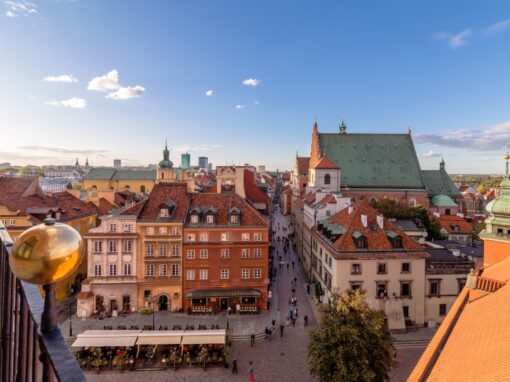
April 20, 2018

Łazienki Królewskie Museum
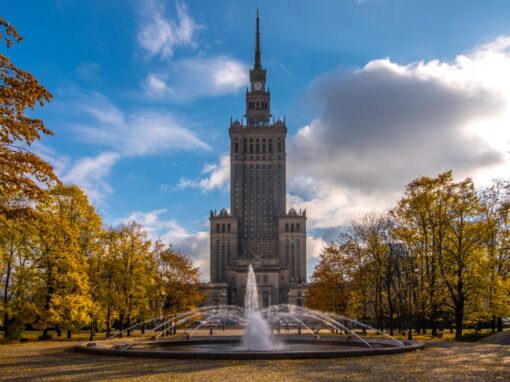
Palace of Culture and Science
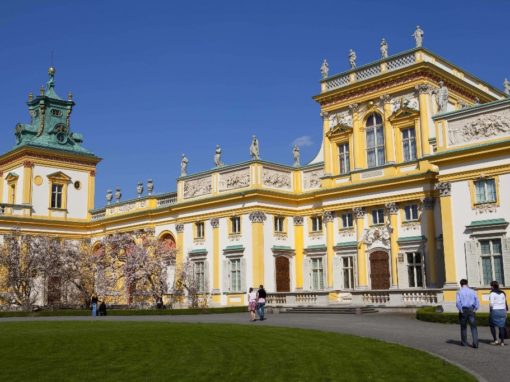
Museum of King Jan III’s Palace at Wilanów

Warsaw Rising Museum

National Museum
Polin museum of history of polish jews.

Copernicus Science Centre

Chopin Museum

Vistula Boulevards
April 19, 2018

What? Where? When?
fri 03 may 12:00 Special Chopin recitals in Żelazowa Wola

Event Details
1, 2 and 3 May at 12.00 noon and 3pm. The entrance fee for the concert is included in the ticket to the Park in Żelazowa Wola. Tickets are available
(Friday) 12:00
Muzeum Fryderyka Chopina w Żelazowej Woli
Żelezowa Wola 15
Calendar GoogleCal
sun 05 may 15:00 Sunday Chopin Recitals in Żelazowa Wola
Sunday Chopin Recitals in Żelazowa Wola are an opportunity to listen to the performances of the greatest Polish and international pianists, world-famous professors and the prizewinners of the International Chopin
Sunday Chopin Recitals in Żelazowa Wola are an opportunity to listen to the performances of the greatest Polish and international pianists, world-famous professors and the prizewinners of the International Chopin Competitions. 45-minute piano concerts take place in season from May to the end of September every Sunday at 12.00pm and 3.00pm.
Admission to the recitals is included in the ticket entitling to visit the Park in Żelazowa Wola. The concerts are in the open-air and the places for the public are not numbered.
(Sunday) 15:00
mon 06 may 20:00 Chris Botti

(Monday) 20:00
Teatr Wielki - Polish National Opera
Pl. Teatralny 1
fri 10 may 21:30 Dancing Queen - fountain shows - Multimedia Fountain Park

Warsaw’s fountains have been attracting hundreds of thousands of viewers for years, telling magical stories and urban legends. The spectacular combination of water, images, music and lights creates an
Warsaw’s fountains have been attracting hundreds of thousands of viewers for years, telling magical stories and urban legends. The spectacular combination of water, images, music and lights creates an extraordinary evening spectacle that cannot be missed. The shows have become a permanent part of the cultural landscape of Warsaw, becoming one of the most popular attractions for residents, as well as tourists from Poland and abroad.
This year’s show, titled ” Dancing Queen “, will take viewers back to 1976, when the famous band ABBA visited Warsaw. The Swedish group flew to Poland on the eve of the release of the album “Arrival” to record a concert for Studio 2, an extremely popular Polish television program. A new show in the Multimedia Fountain Park will remind you of this historic event. We hope that the show will delight viewers through spectacular laser projections and dancing fountains to the rhythm of hits that make subsequent generations of listeners dance.
May-July Fridays and Saturdays at 21.30 August Fridays and Saturdays at 21.00 September Fridays and Saturdays at 20.30 Free admission
(Friday) 21:30
Multimedia Fountain Park
skwer I Dywizji Pancernej
sat 11 may 18:45 2024 Orlen FIM Speedway Grand Prix of Poland
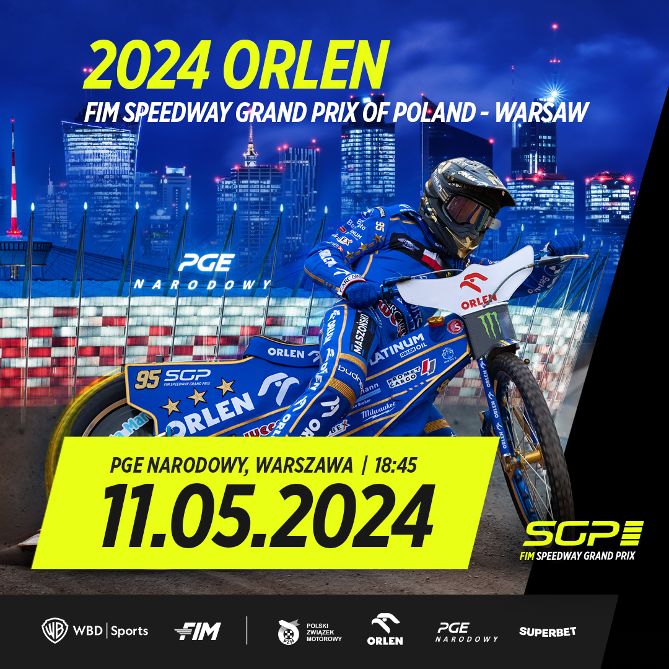
(Saturday) 18:45
PGE National Stadium
Al. Ks. J. Poniatowskiego 1
mon 13 may All Day sun 30 jun 33 The Mozart Festival

May 13 (Monday) - June 30 (Sunday)
Various locations
sat 18 may 19:00 sat 23:45 Long Night of Museums 2024

(Saturday) 19:00 - 23:45
fri 07 jun All Day sat 08 Orange Warsaw Festival

june 7 (Friday) - 8 (Saturday)
Służewiec Horse Racetrack
ul. Puławska 266
wed 03 jul 20:00 PET SHOP BOYS

(Wednesday) 20:00
Hala Torwar COS
ul. Łazienkowska 6a
thu 04 jul (jul 4) 19:00 sun 07 (jul 7) 19:00 Warsaw Summer Jazz Days 2024

4 (Thursday) 19:00 - 7 (Sunday) 19:00
Klub Stodoła
ul. Batorego 10
sun 07 jul 16:00 Metallica

(Sunday) 16:00
PGE Narodowy
wed 10 jul 20:00 James Blunt

fri 26 jul All Day Warsaw Rocks '24 - Scorpions, Europe & others

All Day (Friday)
thu 01 aug All Day sat 03 Taylor Swift - The Eras Tour

august 1 (Thursday) - 3 (Saturday)
sat 24 aug 20:00 Andrea Bocelli
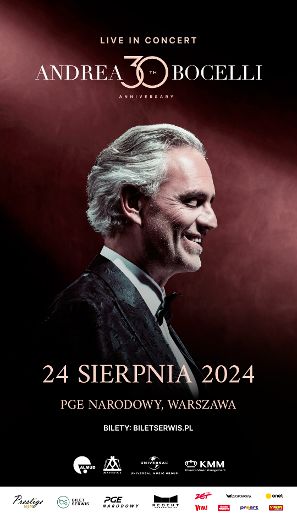
(Saturday) 20:00
fri 06 sep 20:00 DJ BoBo Warszawa- EVOLUT3ON TOUR 2024

(Friday) 20:00
sat 05 oct 18:00 Pat Metheny - Dream Box

Concert at 9pm – SOLD OUT additional concert at 6pm
Concert at 9pm – SOLD OUT additional concert at 6pm
(Saturday) 18:00
Klub Palladium
ul. Złota 7/9
mon 21 oct 19:00 MET Stars: Aleksandra Kurzak & Robert Alagna - Puccini in Love

(Monday) 19:00
National Philharmonic
tue 22 oct 20:00 Branford Marsalis & Friends

(Tuesday) 20:00
Teatr Muzyczny ROMA
Nowogrodzka 49
mon 25 nov 20:00 Jazz Icons: Jan Garbarek feat Trilok Gurtu

JAN GARBAREK saxophon RAINER BRÜNINGHAUS piano YURI DANIEL bass TRILOK
JAN GARBAREK saxophon RAINER BRÜNINGHAUS piano YURI DANIEL bass TRILOK GURTU percussion
More events…
Warsaw Quest
Are you a Mermaid or a Basilisk when you visit a new place? Take the legendary test and find out what kind of a tourist you are. Discover your places in Warsaw.

Plan your stay
Getting around, good to know, warsaw - official tourist website, © warsaw tourism office.
- Privacy policy
- Accessibility declaration
Coronavirus: information and recommendations
Before arriving in poland.

Rules for travellers

Welcome to Poland Travel Agency
We provide the latest Poland tourist information, about what to see and where to go!
In addition, we show you the available tours, hotels, vacation ideas, insider tips & much more…
Poland 2024 Tours & Attractions

Exclusive Villa In Rome For Sale
Steeped in history and intricately connected to the Vatican, this remarkable property complex lies just moments away from the awe-inspiring St. Peter’s Basilica, spanning an expansive 3 hectares (30,000 sq m) of land.

Planning your Poland Adventure
Welcome to the ultimate guide for exploring Poland!
Whether you’re planning a romantic getaway, a family vacation, or a business trip, we’ve got you covered with a wide range of tour options, affordable flights, comfortable hotels, and insider tips to help you make the most of your visit. Discover the rich culture, history, and natural beauty of Poland with our personalized tour packages, explore the vibrant cities, and indulge in the delicious local cuisine. With our help, you’ll be able to create a truly memorable experience in one of Europe’s most fascinating countries .
Browse our website to start planning your next adventure today!

Fat Thursday
Of all the traditions in Poland, Fat Thursday is one of the most popular, one of the oldest (16th century) and definitely the tastiest. Fat Thursday (Tłusty czwartek in Polish) happens every year in February and on the last Thursday prior to Ash Wednesday marking the beginning of Lent. It basically involves eating as many doughnuts as possible; which apparently brings you good luck. Each year, 100 million doughnuts are consumed in Poland on Tłusty czwartek, that equates to two and a half for each person. The type of doughnuts eaten are known as pączki; which are deep-fried, usually filled with jam or marmalade, sugar glazed and topped with candied orange peel.
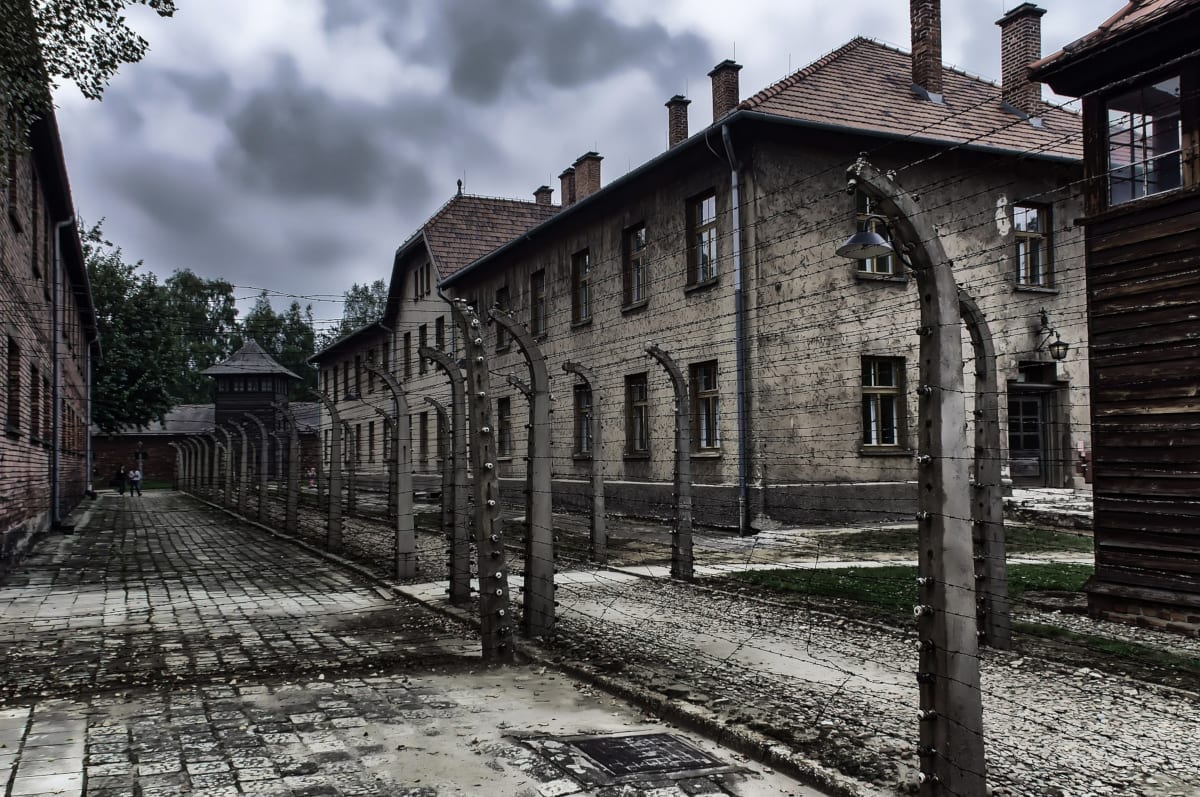
Auschwitz-Birkenau
Auschwitz-Birkenau is synonymous with the Holocaust and the largest attempt at genocide in human history. More than a million Jews, and many Poles and Roma, were murdered here by German Nazis during WWII. Both sections of the camp, Auschwitz I and the much larger outlying Birkenau (Auschwitz II) have been preserved and are open to visitors. Everyone should visit Auschwitz at least once in their lives, it is a stern reminder of the horrors that human beings can inflict on each other and the only way to understand the extent and horror of the place and the atrocities that took place there.
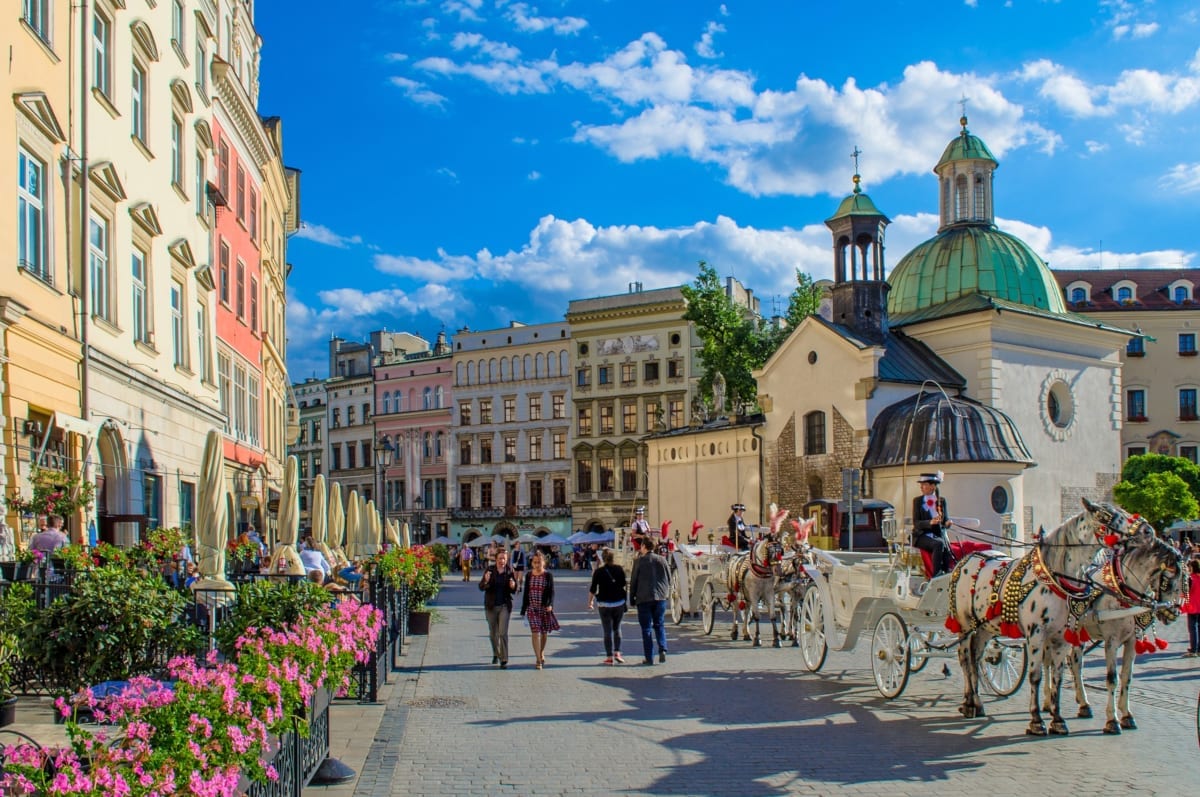
Discover Krakow
Kraków is one of the oldest cities in Poland and is the administrative capital of the Lesser Poland (Malopolskie) region. Until 1596, the city was Poland’s former royal capital, today it is a leading centre of Polish academic, economic, cultural and artistic life and a major tourist destination. Often referred to as one of Europe’s most beautiful cities, Kraków’s Old Town had the honour of being declared the first UNESCO World Heritage Site in the world. If you’re interested in architecture, Kraków will not let you down. The city features all of the great European architectural styles. The city is Poland’s cultural capital, it hosts a multitude of events and festivals each year.
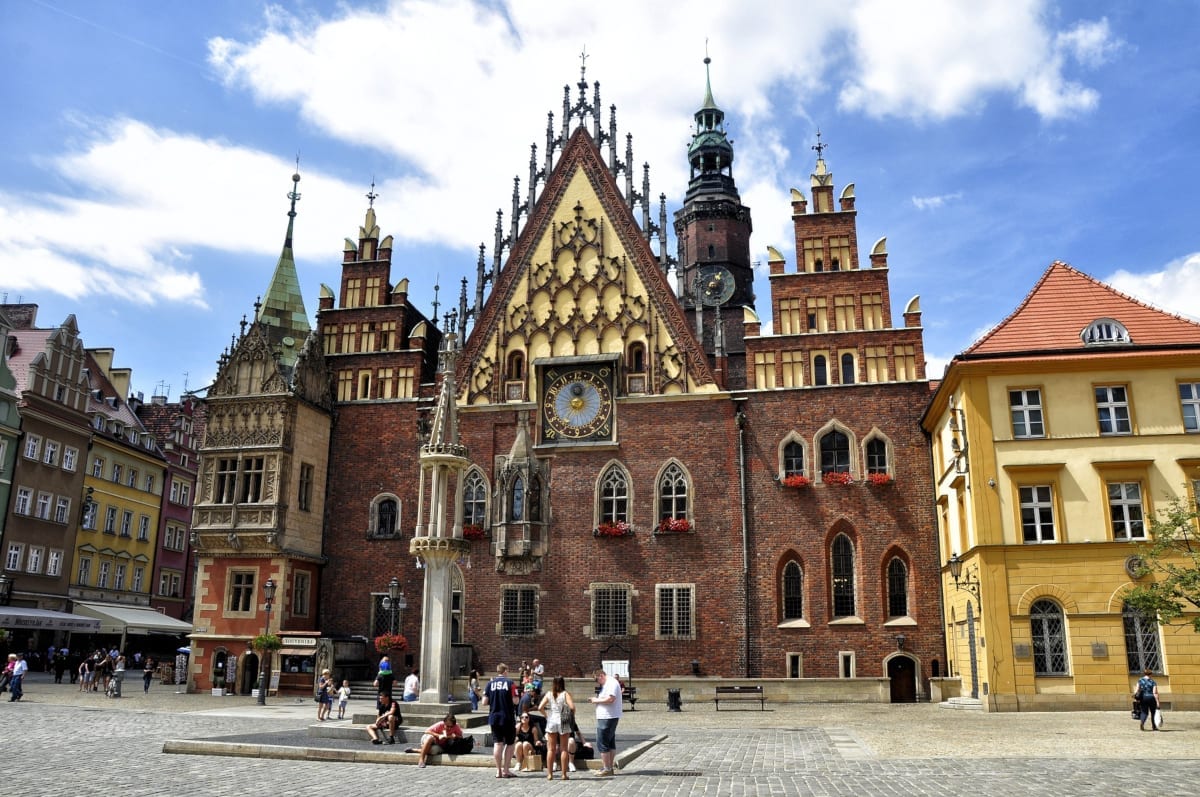
Discover Wroclaw
Wrocław is a city in southwestern Poland and the largest city in the historical region of Lower Silesia. It is a university city with an idyllic location on the Odra River and comprises of 12 islands, 130 bridges, riverside parks and numerous historical landmarks such as the Main Market Square, Cathedral Island and Centennial Hall, which is which is listed as a UNESCO World Heritage Site. Wrocław is often referred to as a mini- Kraków due to its cultural attributes and buzzing social scene; however it maintains its own unique and appealing character. The city is a major attraction for both domestic and international tourists and also a major industrial, commercial and educational centre for the region. Since 2005, the city has become well-known for its bronze dwarfs.
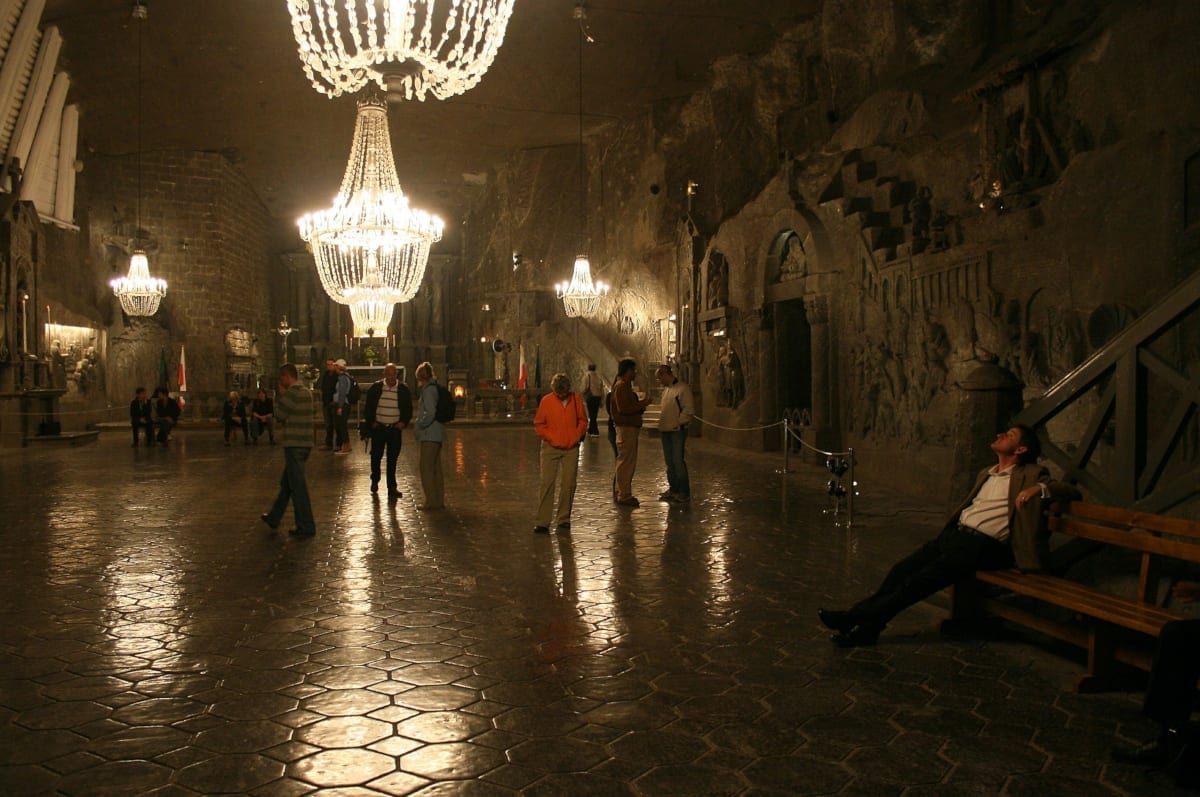
- Wieliczka Salt Mine
The Wieliczka Salt Mine is a UNESCO World Heritage site located around 14km southeast of Kraków and is one of Poland’s most popular attractions, welcoming tourists since 1722. Wieliczka Salt Mine is a subterranean labyrinth of tunnels, shafts and chambers, underground saline lakes, chapels with altarpieces, majestic timber constructions and unique statues sculpted in rock salt. The size of the mine is staggering, it reaches a depth of 327m and extends via horizontal passages and chambers for over 287 km distributed over nine levels. Only a small part of the mine is open to the public. The highlight of the mine is a vast chamber housing the ornamented Chapel of St Kinga. Everything that you will see within the chamber is made from salt including altarpieces and chandeliers.

- One for the road
Plan B was to buy a second-hand BMW and, since I was clearly going to die soon anyway, get Messrs Visa and Barclaycard to pay for me to ride round Europe instead. The 20-year old 1000cc RT I chose, despite having a staggering 184,000 miles on the clock, seemed sound enough, and for the rest, well, I would just last as long as I could. I spent six months saving enough to cover the mortgage while I was away, and planned a route that would, starting in April 2006, take in 20 countries, starting in Poland and ending in France, encompassing Norway’s Polar Nord Kapp and Greece’s 40C heat wave on the way. I had no particular aims or sights to see or distance to cover. I would just follow my front wheel and see where it took me. It took me further and showed me more than I had hoped for.
Cheap flight deals
Poland travel guide 2024.
Unique, up to date, factual & interesting articles written by the Poland Travel Agency team and guests. For the latest tourist information from Poland and around the world – Visit our blog
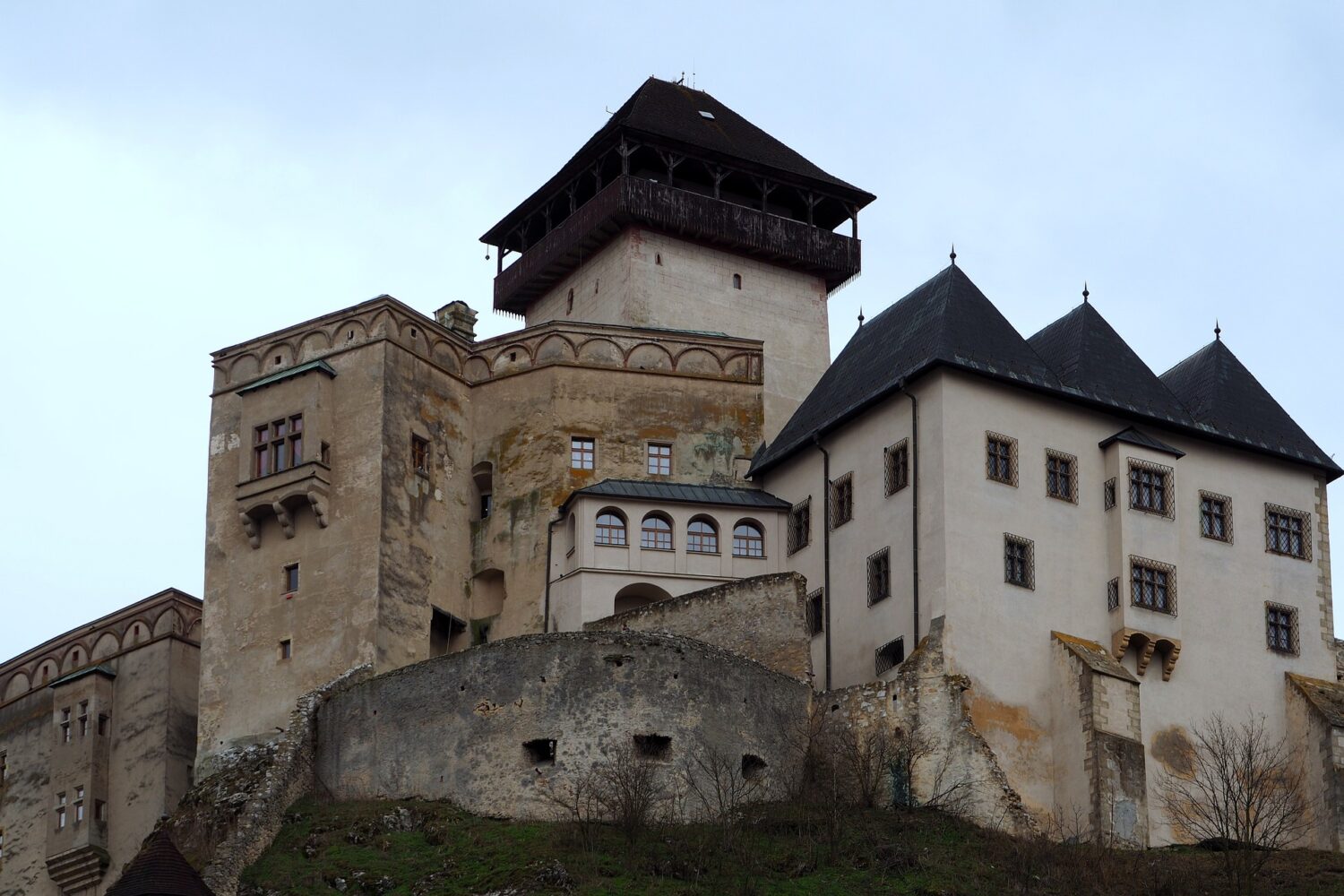
Chapter 6 – Trencin, Black Knights & a castle
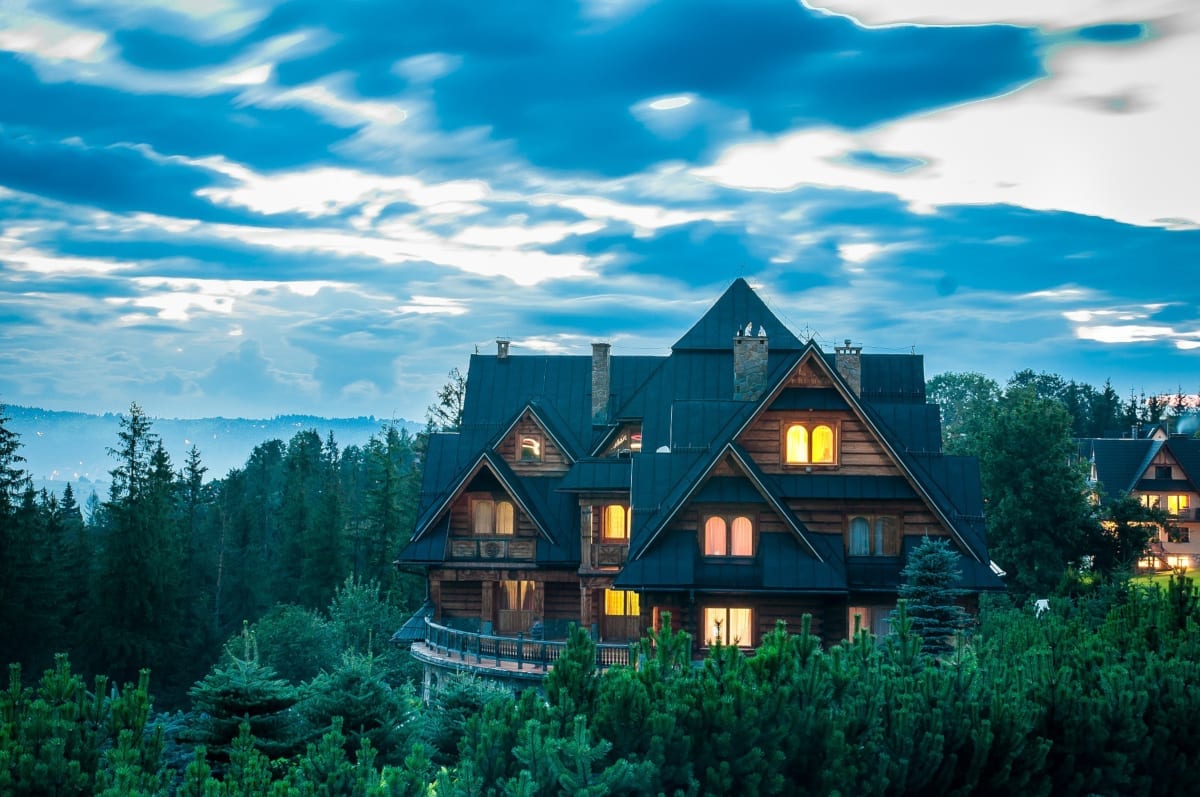
Chapter 4 – Zakopane & masala farts
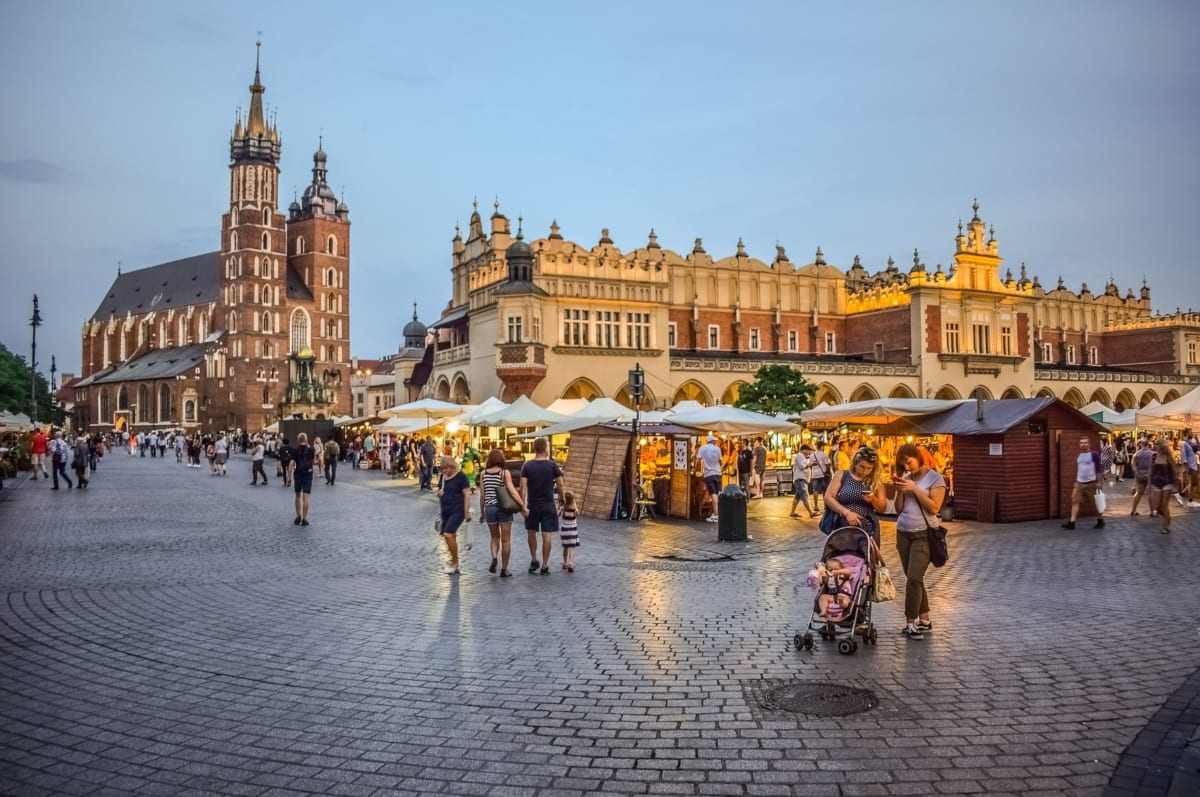
Chapter 3 – Auschwitz, Krakow & a few beers

Chapter 2 – Must wash the socks

Chapter 1 – Wet and suffering
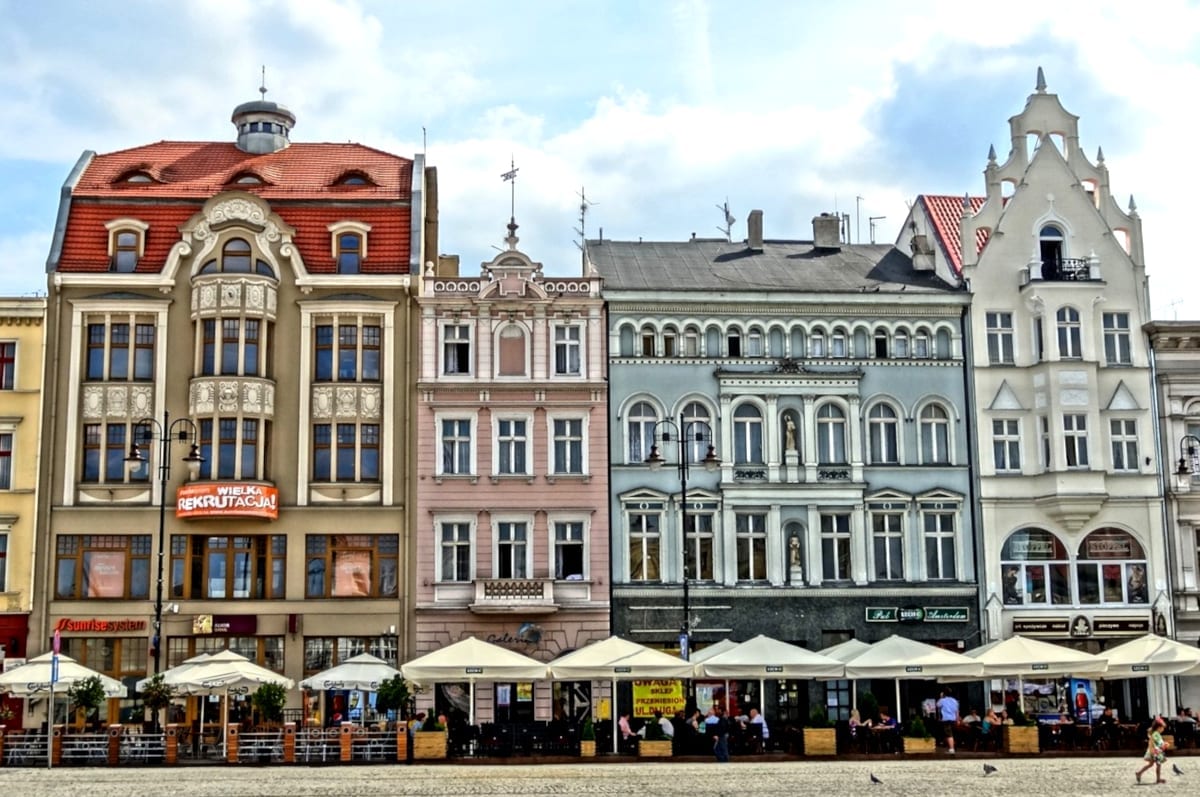
- Kuyavia-Pomerania (Kujawsko-Pomorskie)
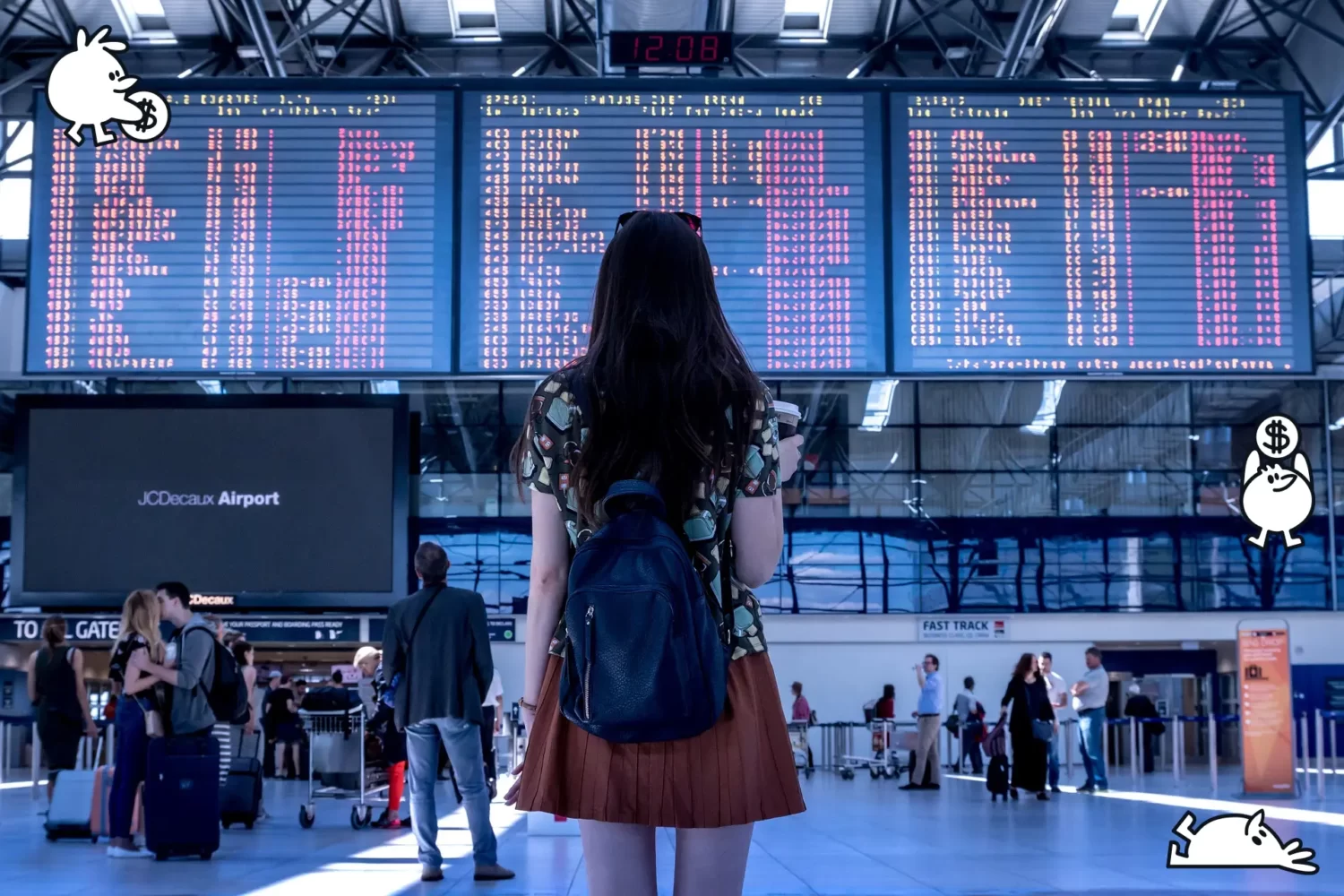
- Cheap flights with cashback
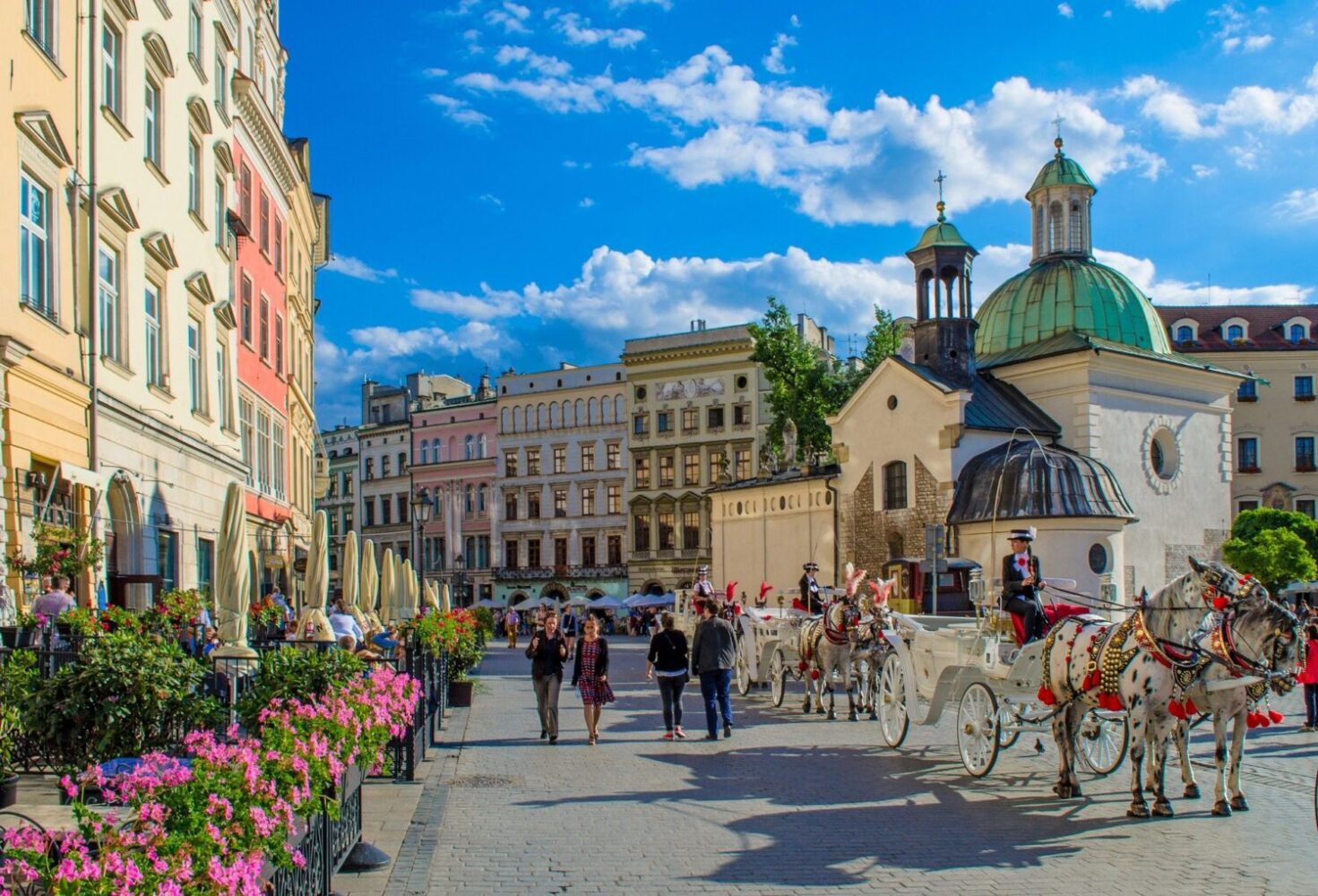
Quiz – How well do you know Poland?
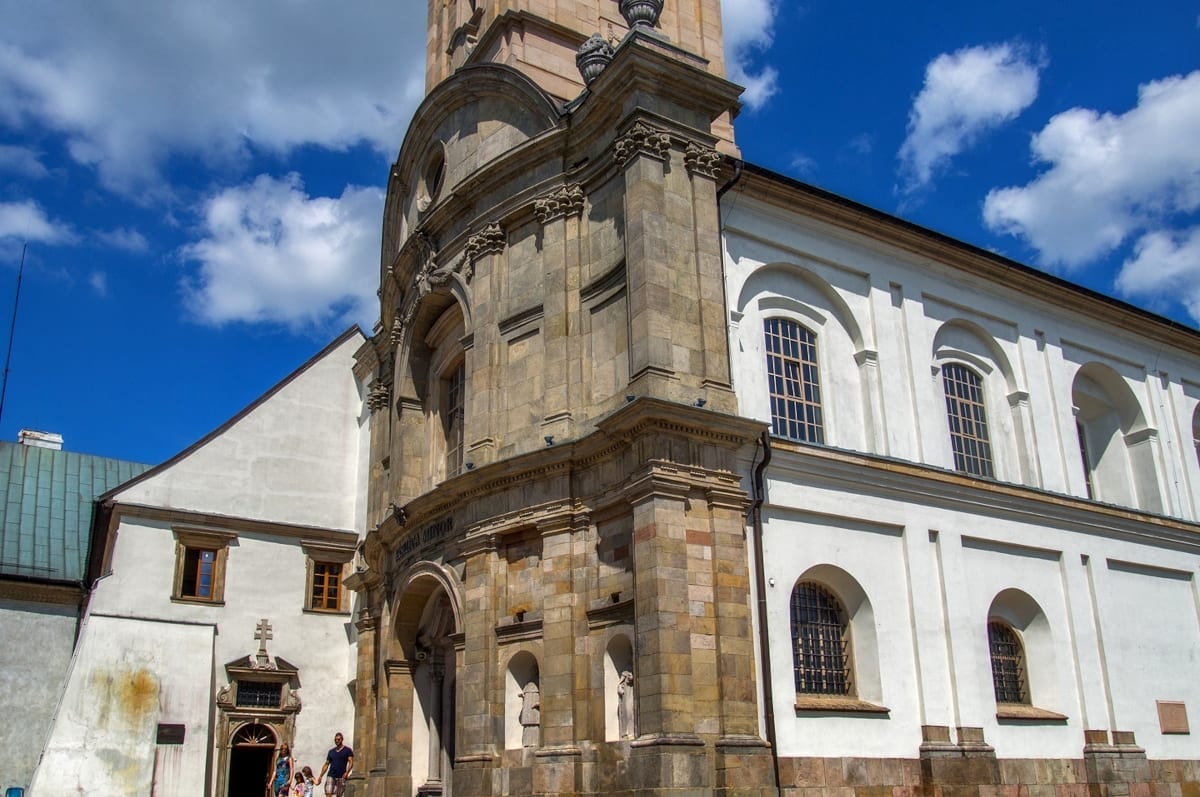
- Sanctuary of the Holy Cross Wood Relic
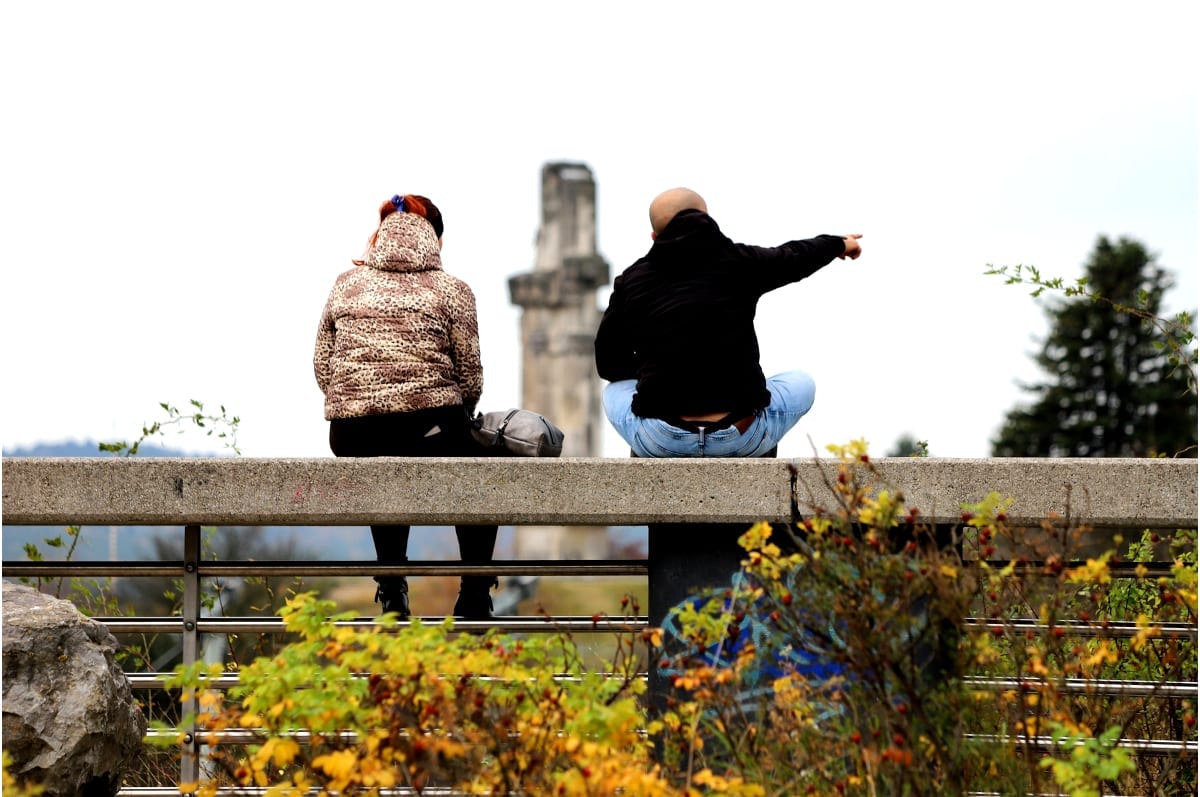
- Kadzielnia Reserve Kielce
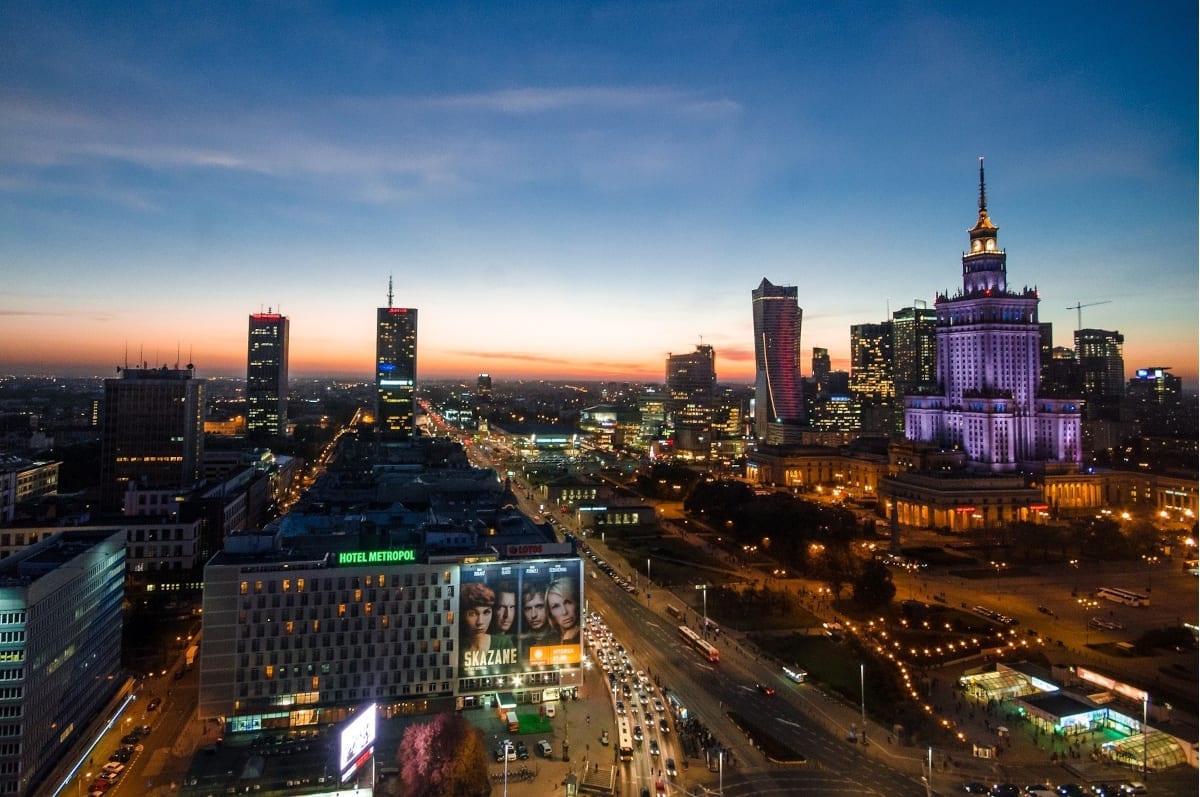
- General Information for Expats
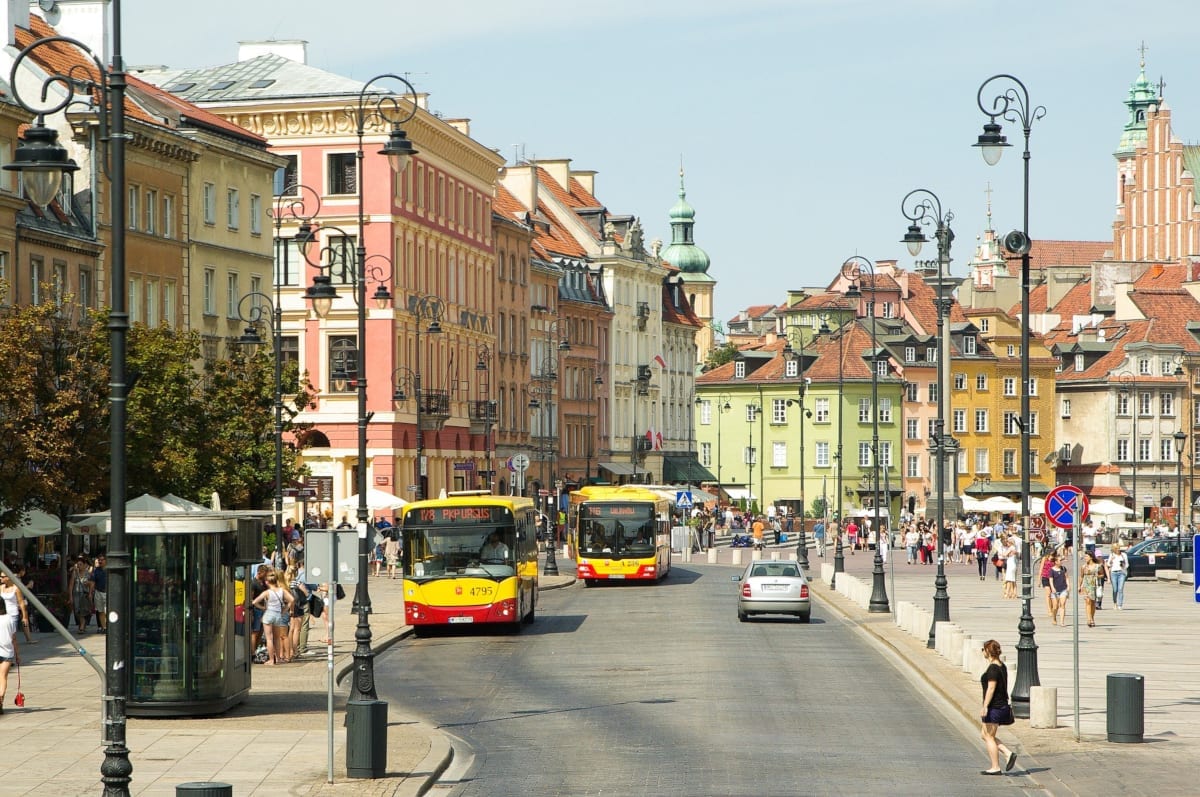
- Living in Poland

Warsaw Expat Pubs & Bars

- Top 10 things to do in Wrocław
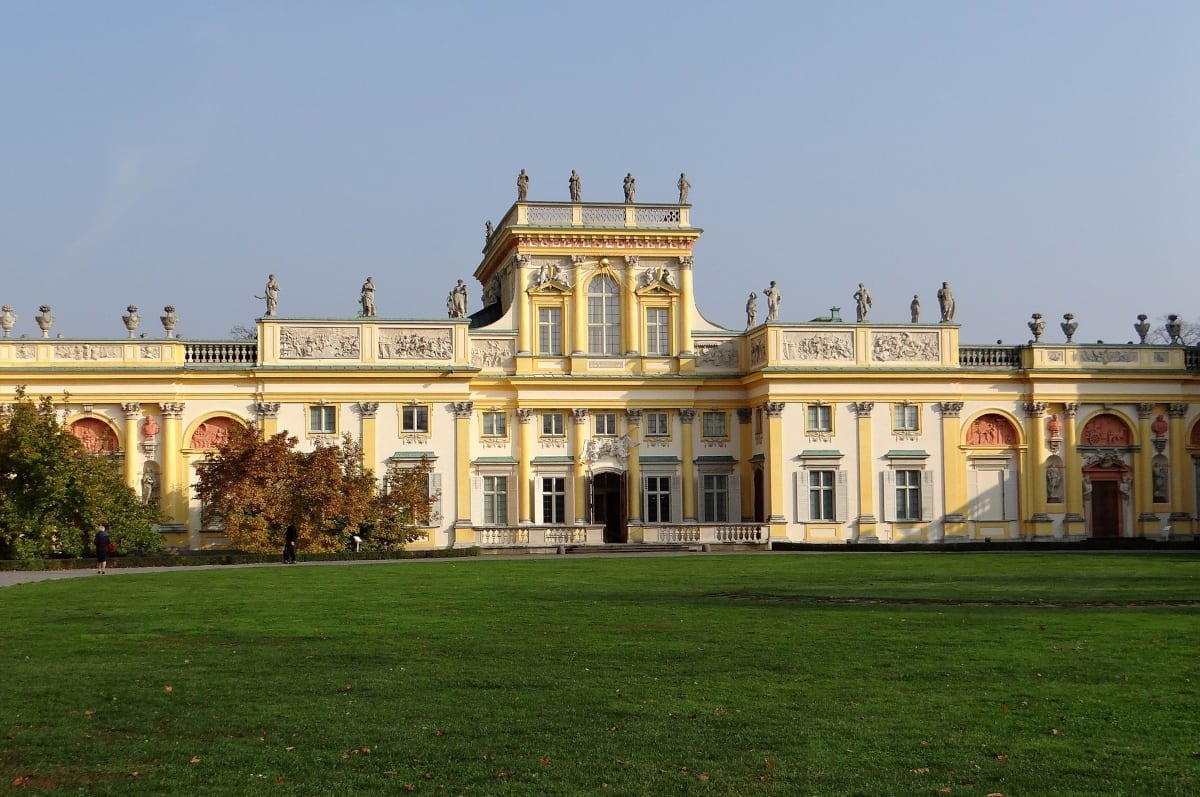
- Top 10 things to do in Warsaw
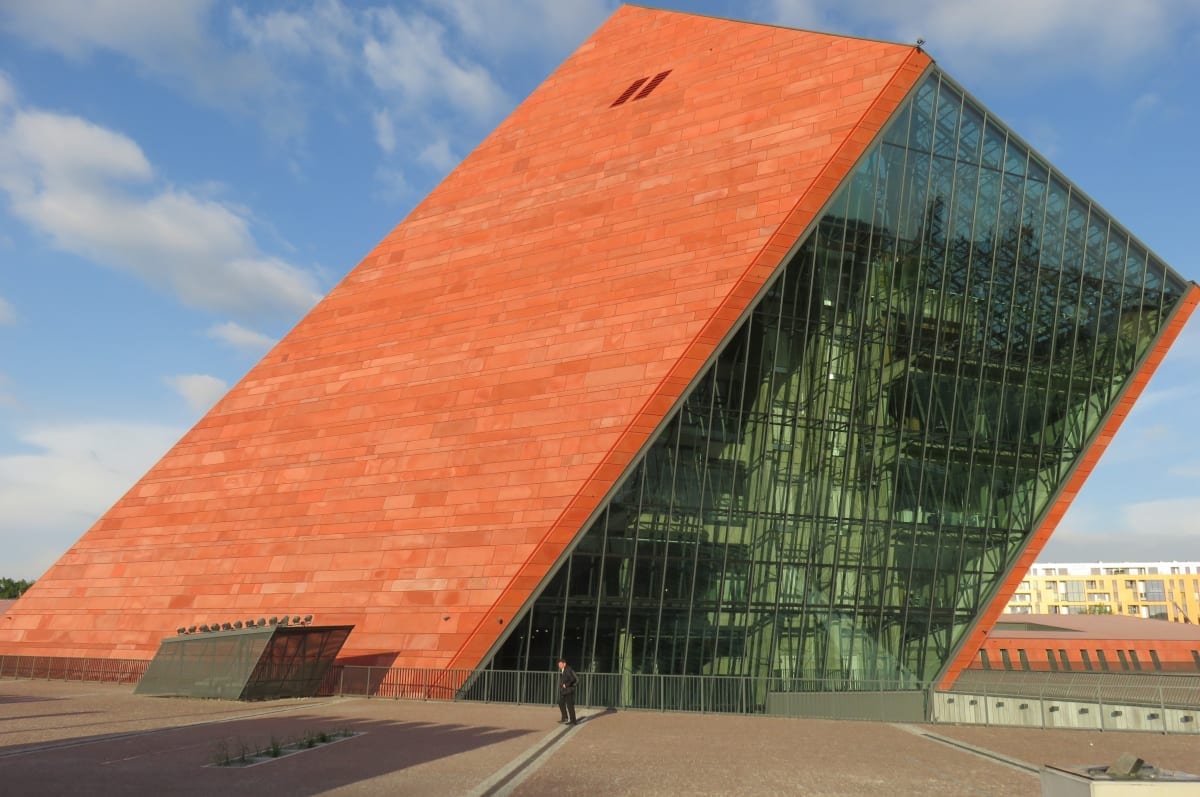
- Top 10 things to do in Tri-City
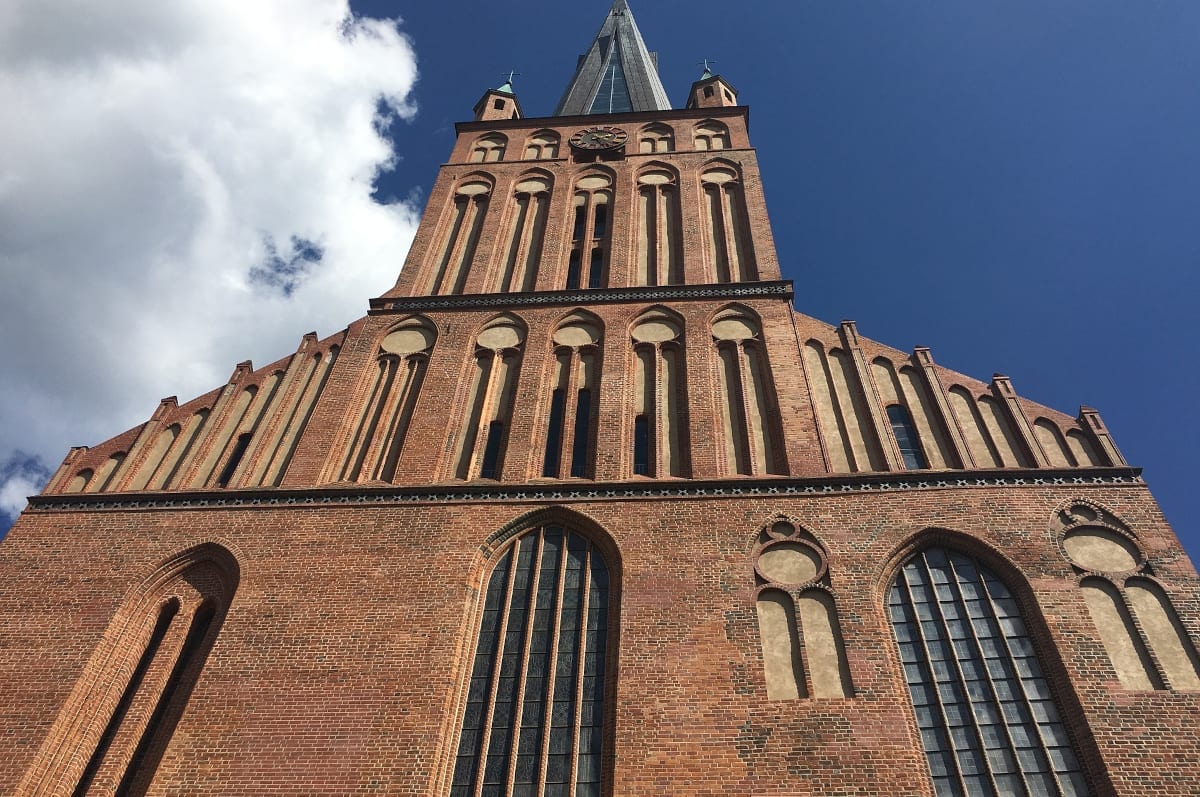
- Top 10 things to do in Szczecin
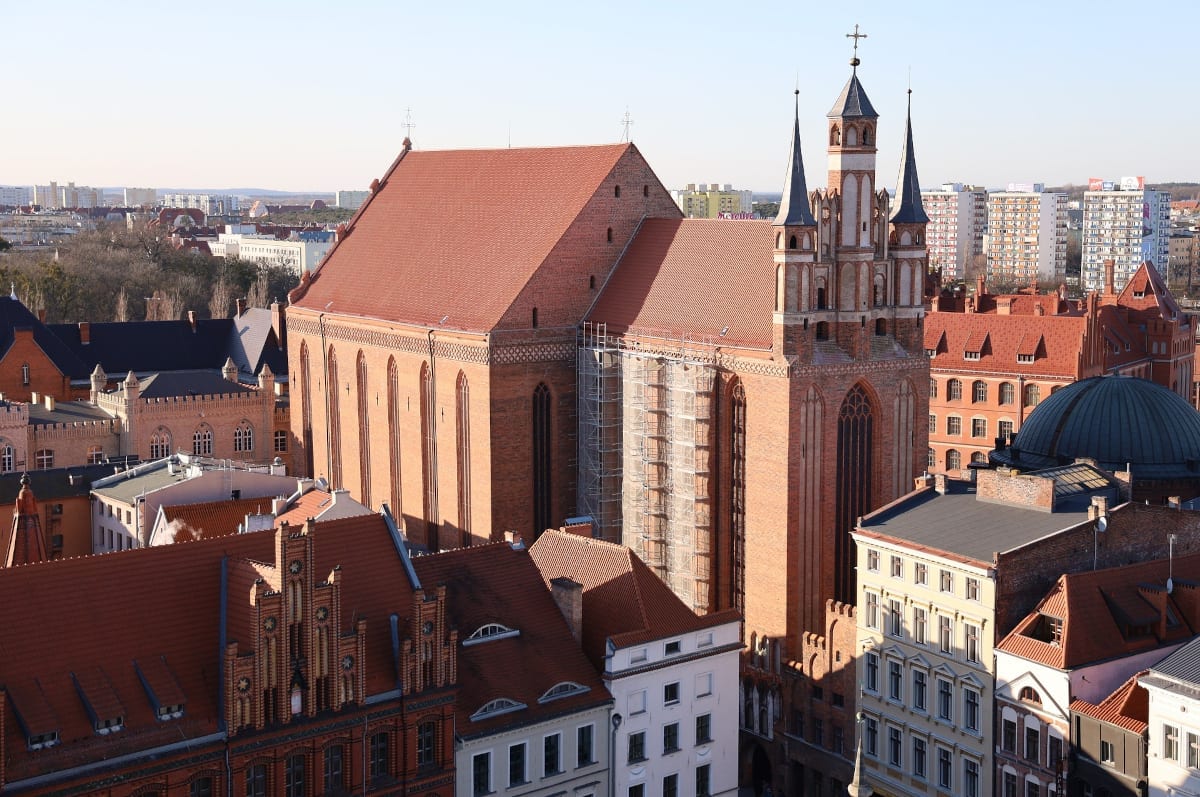
- Top 10 things to do in Toruń
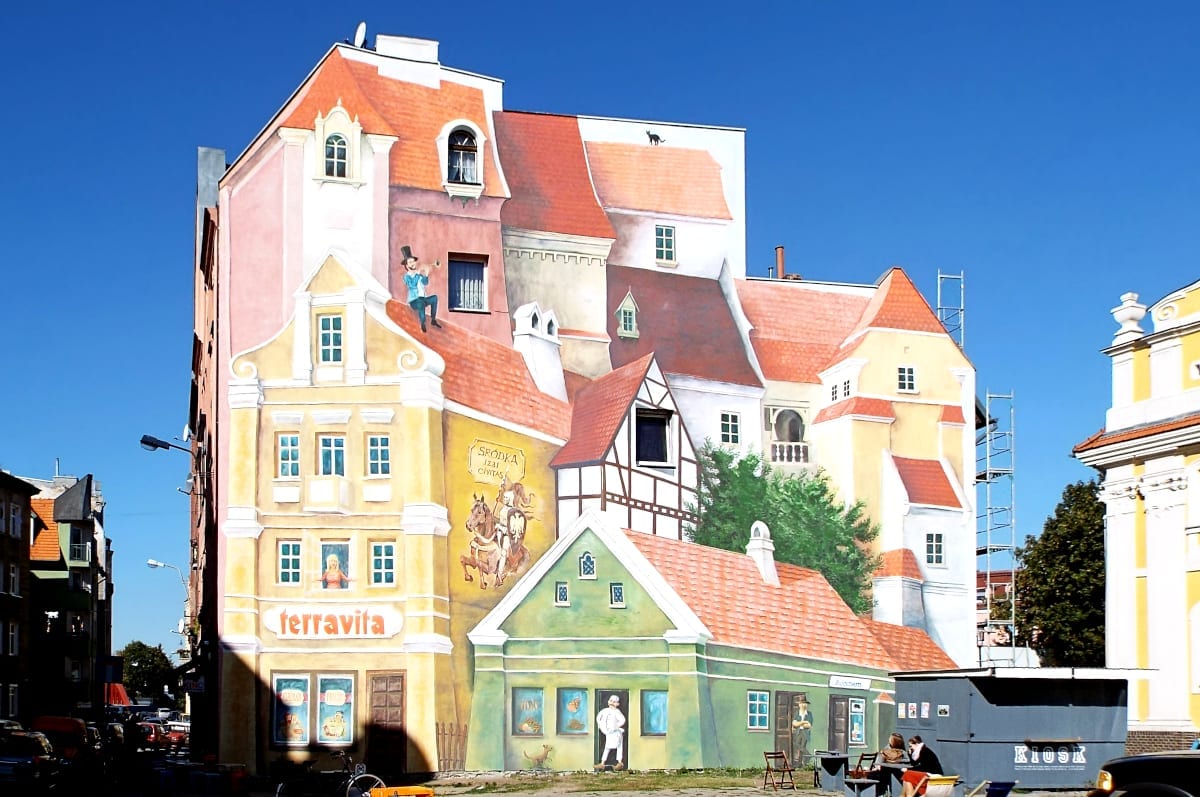
- Top 10 Things to Do in Poznań
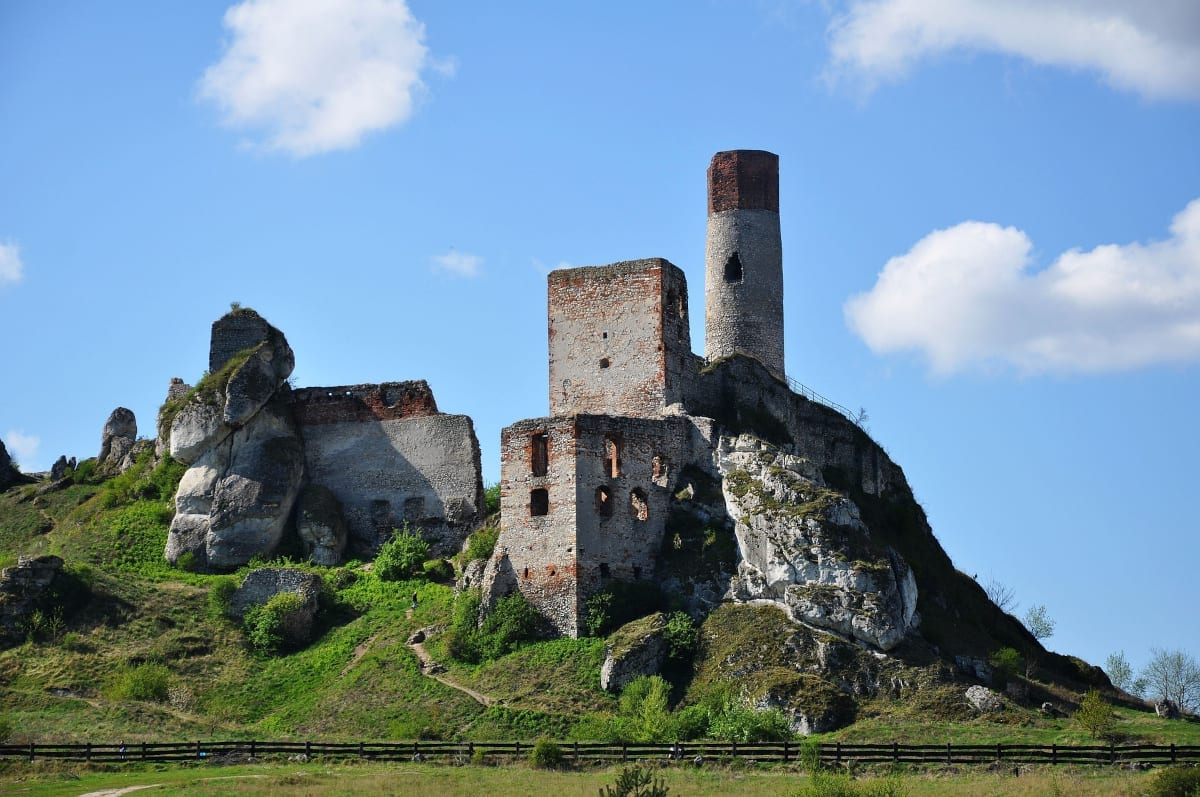
- Top 10 things to do in Olsztyn
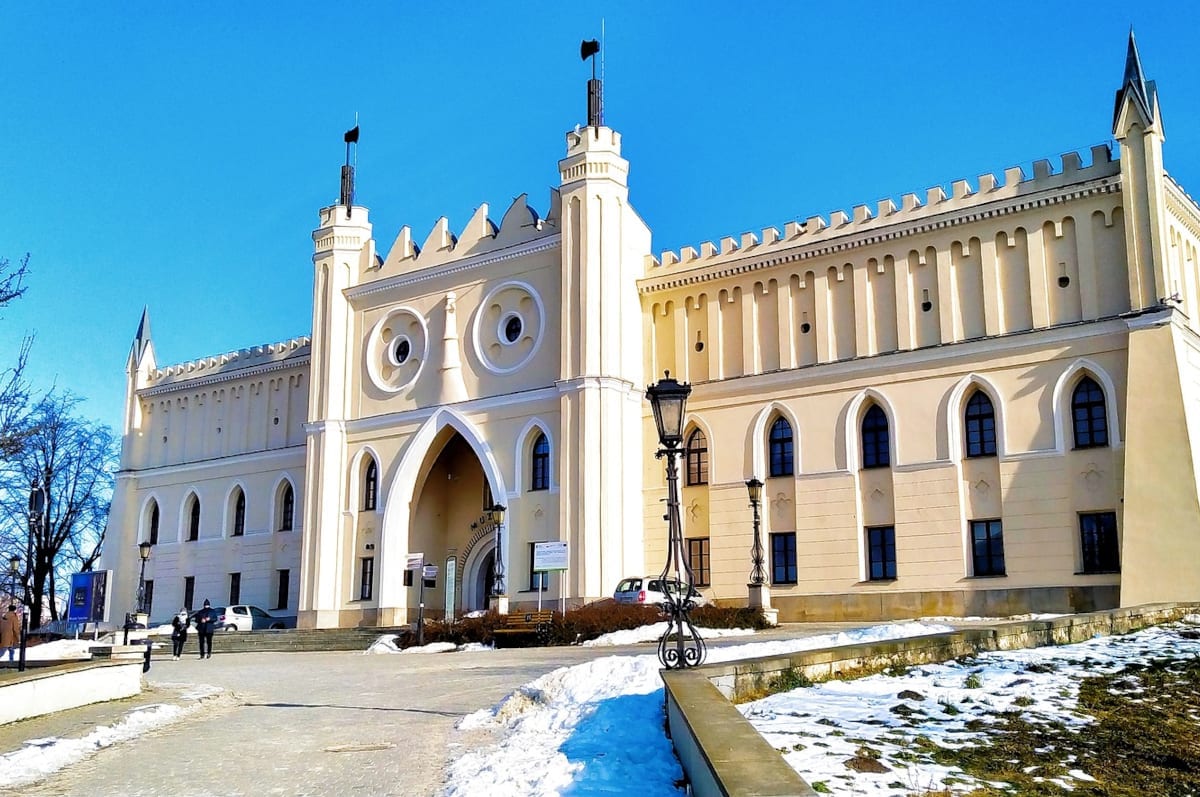
- Top 10 Things To Do in Lublin
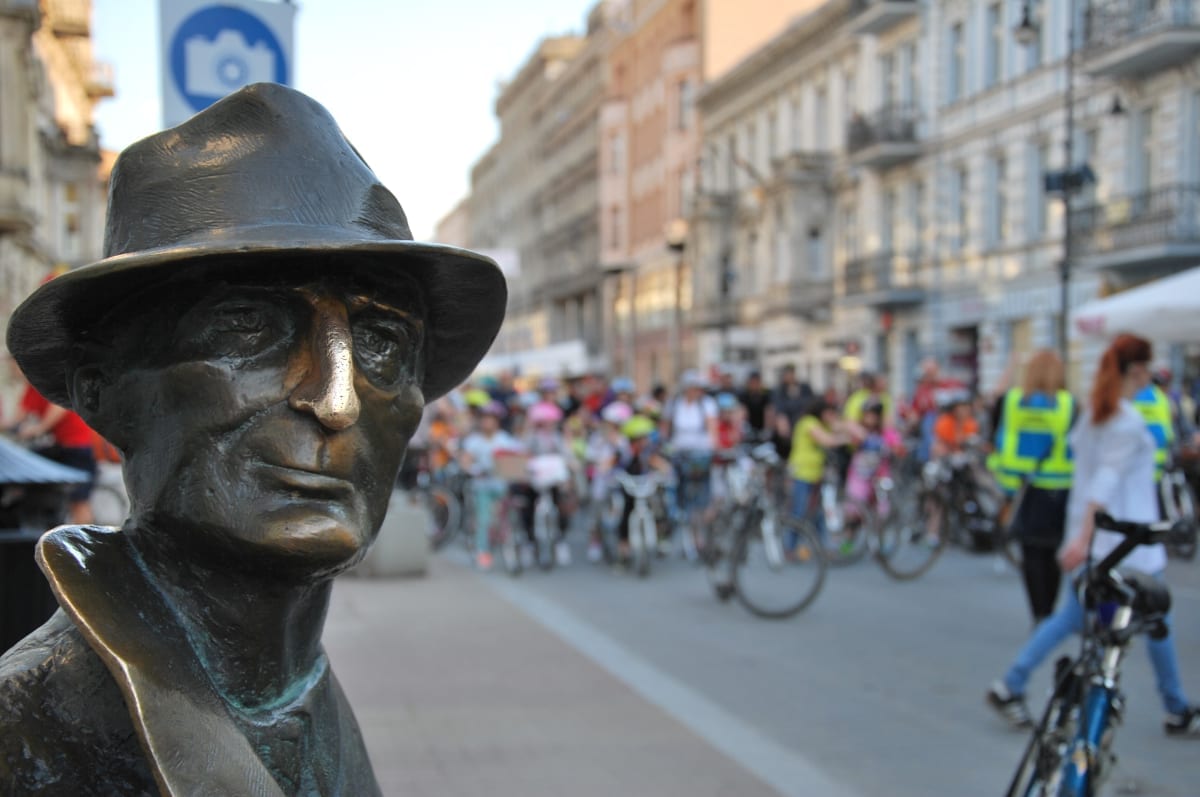
- Top 10 things to do in Lodz
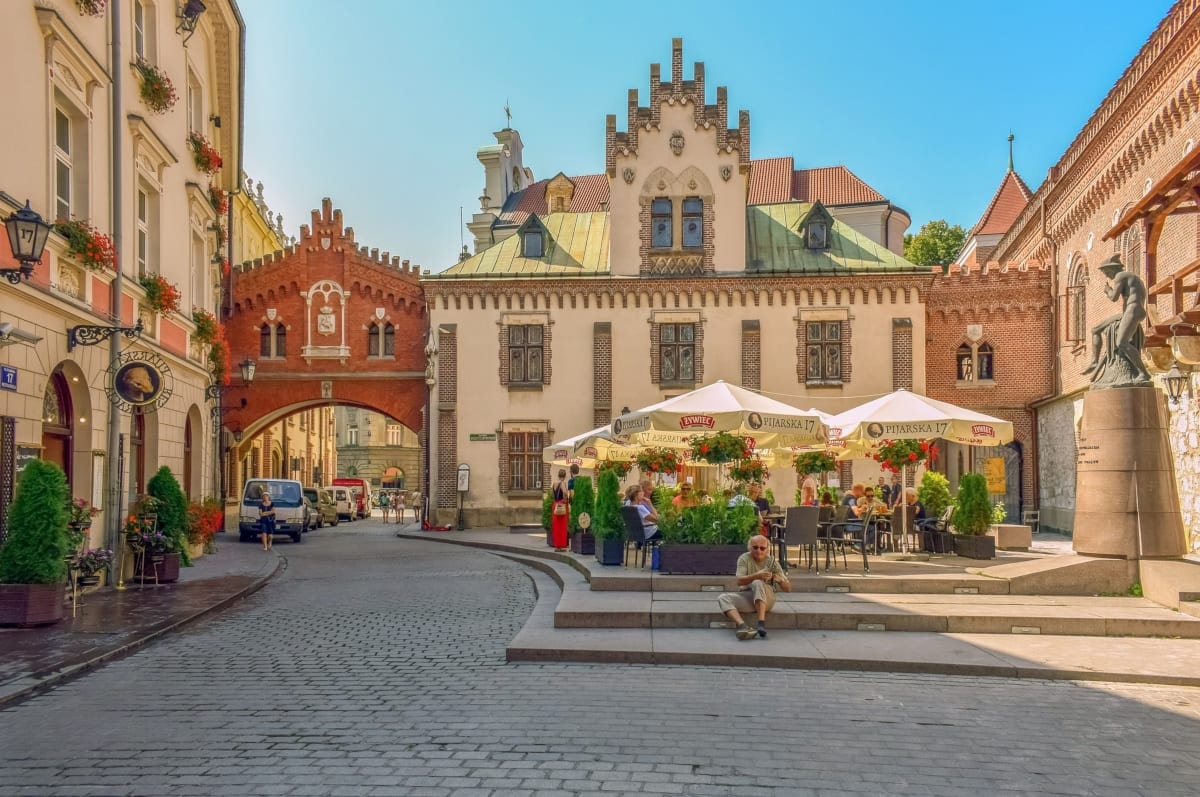
- Top 10 things to do in Krakow
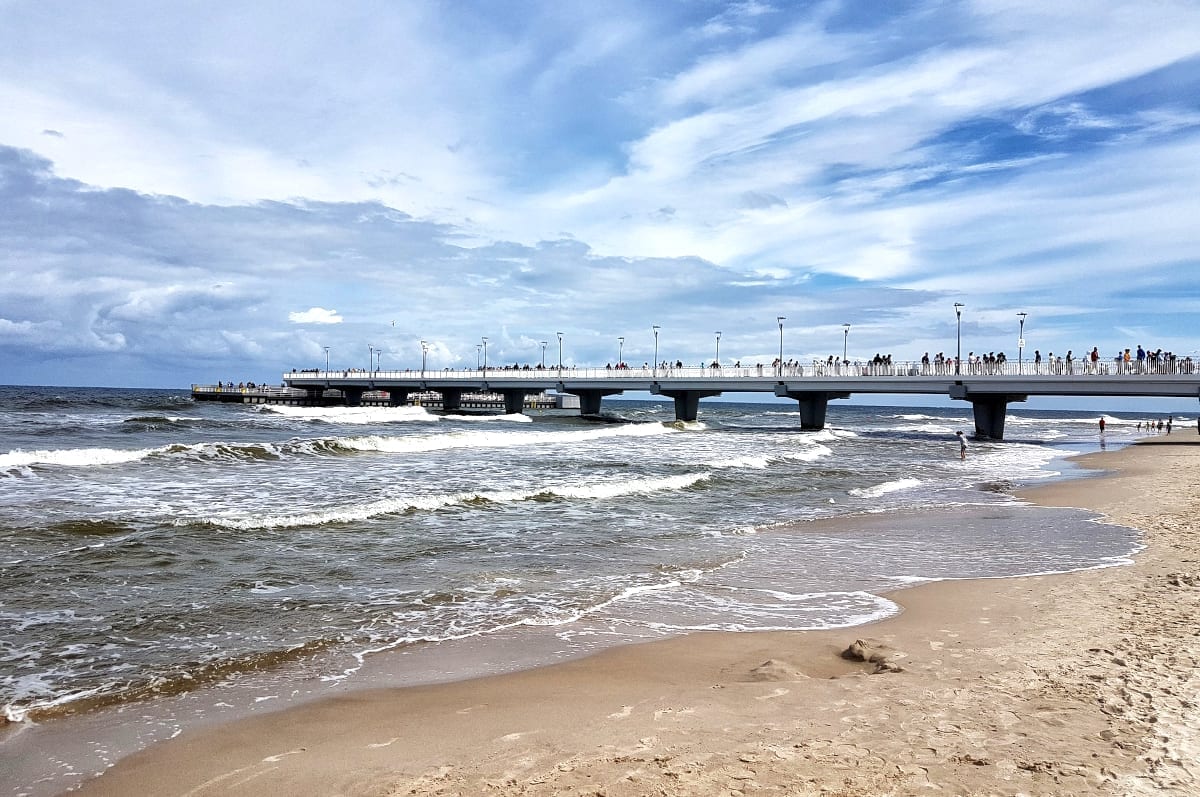
- Top 10 Things To Do in Kołobrzeg
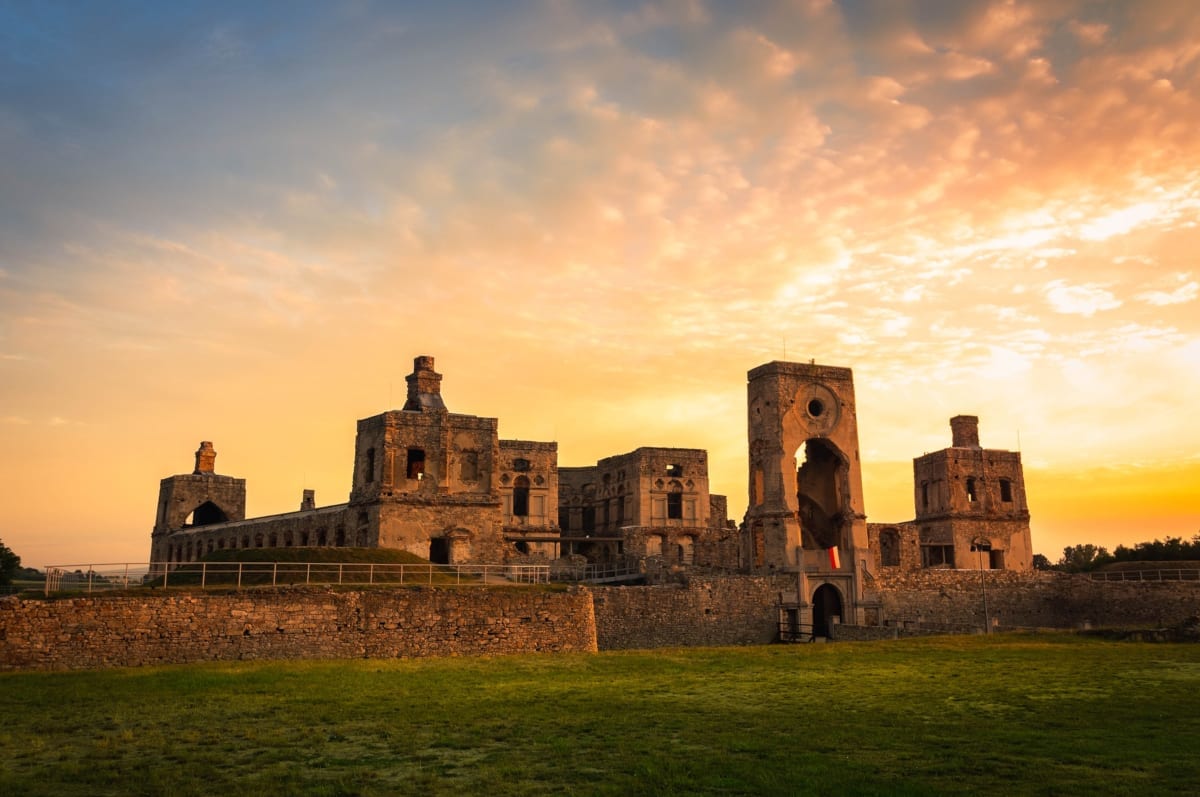
- Around & About in Kielce
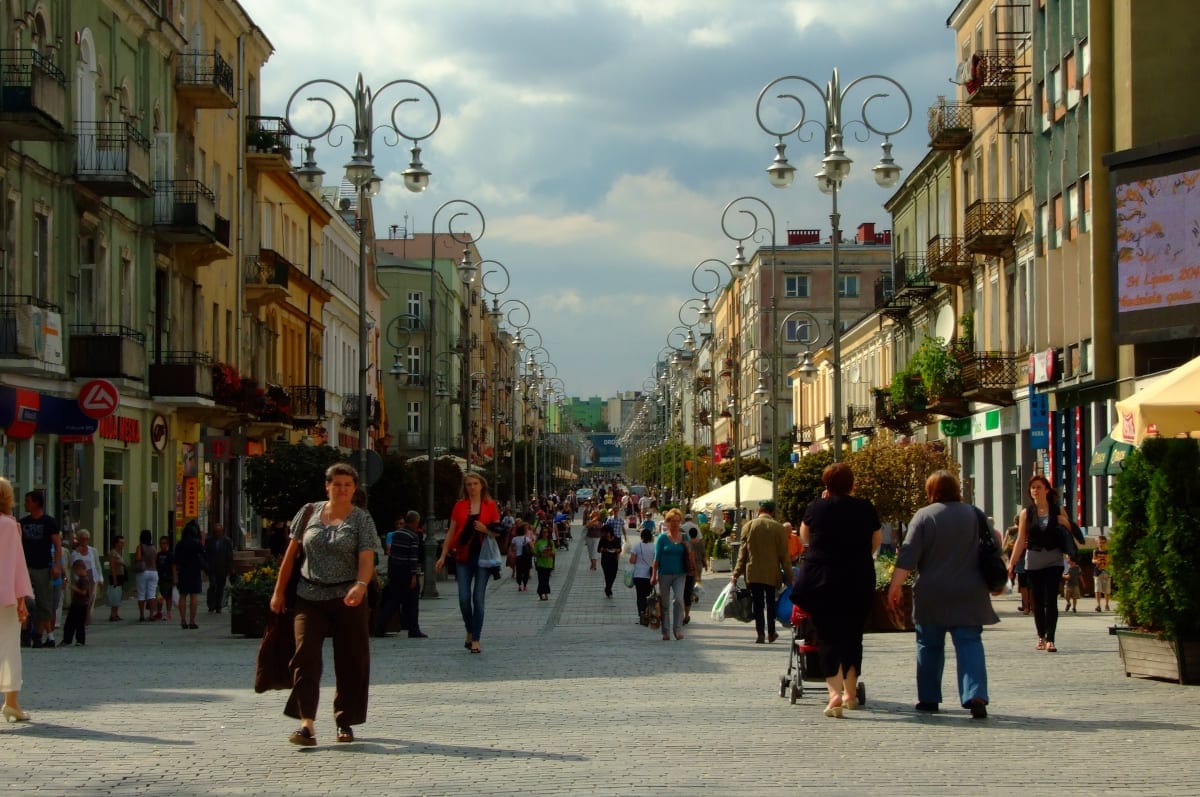
Eating & Drinking in Kielce
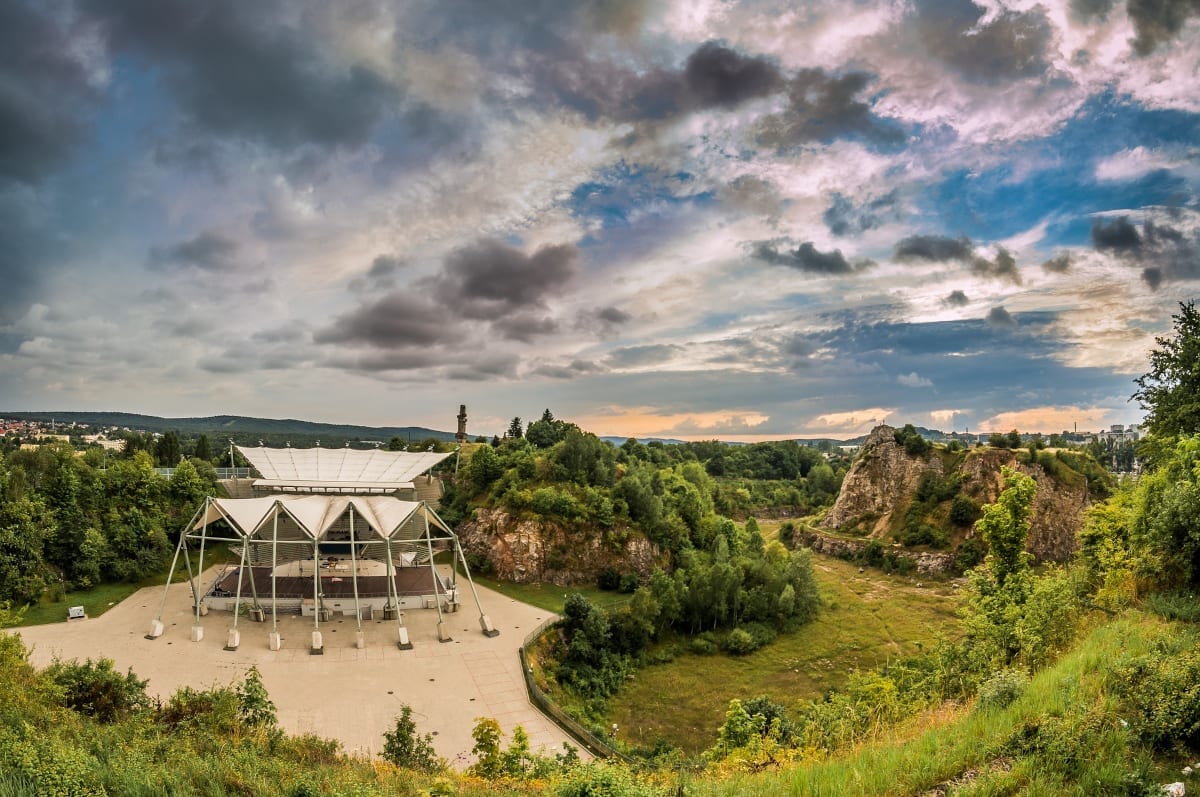
- Top 10 things to do in Kielce
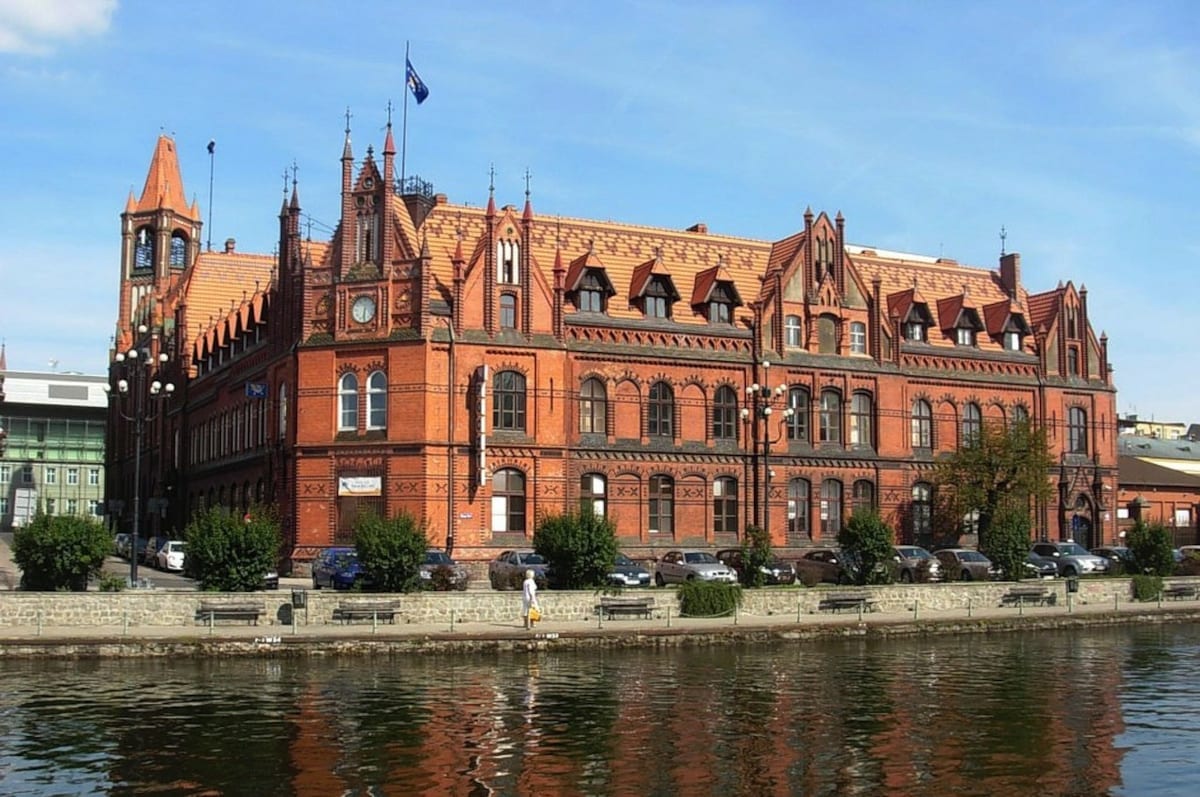
- Around & About in Bydgoszcz
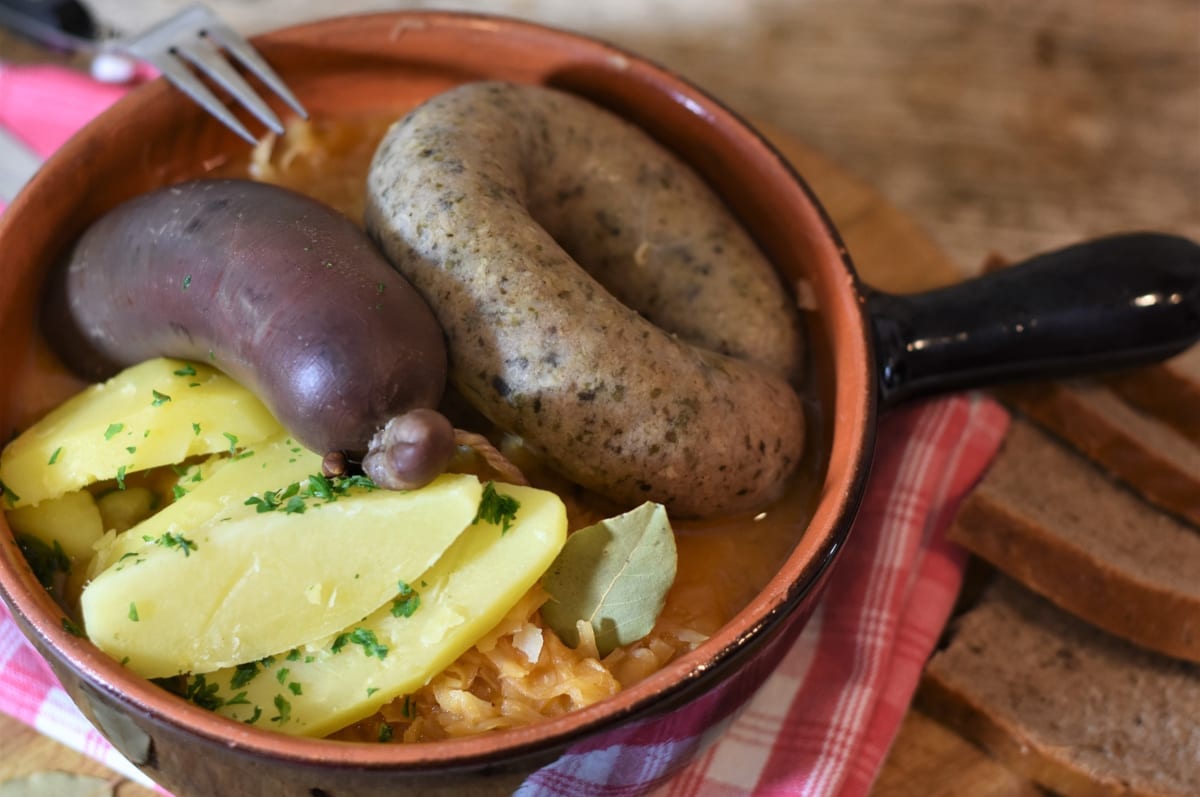
Eating & Drinking in Bydgoszcz
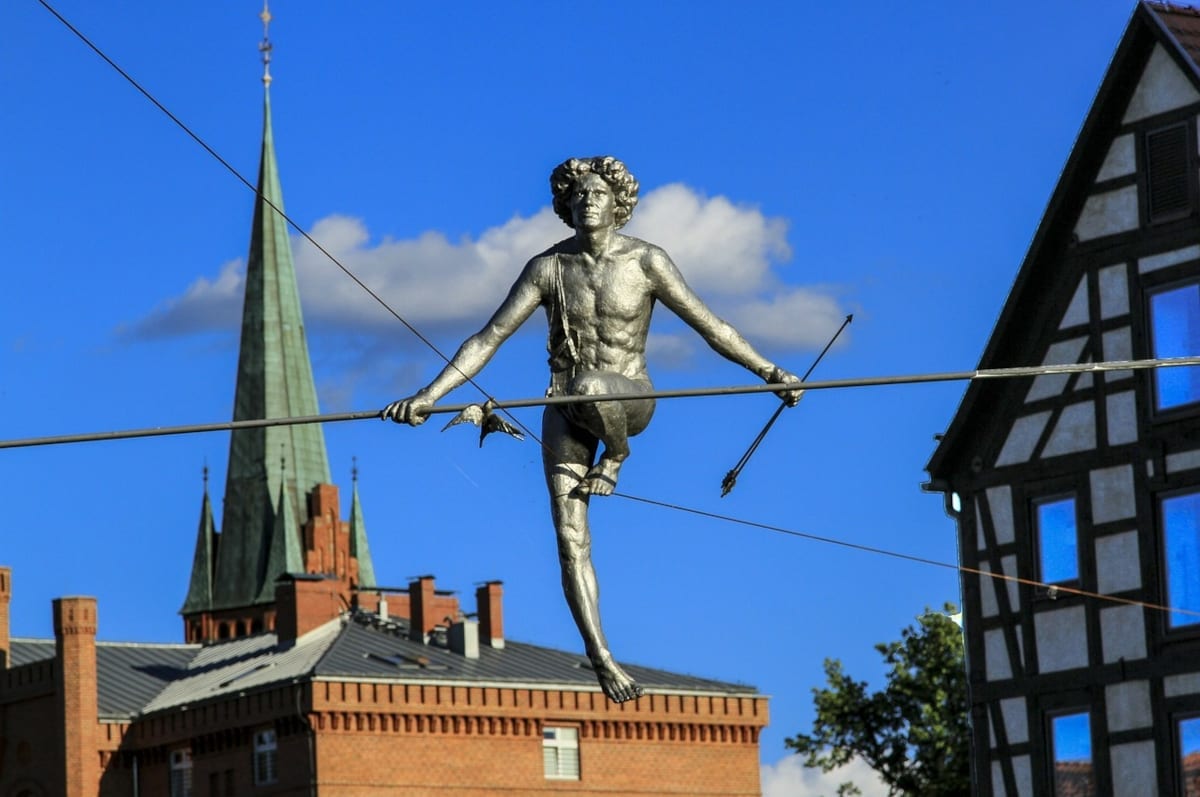
- Top 10 things to do in Bydgoszcz
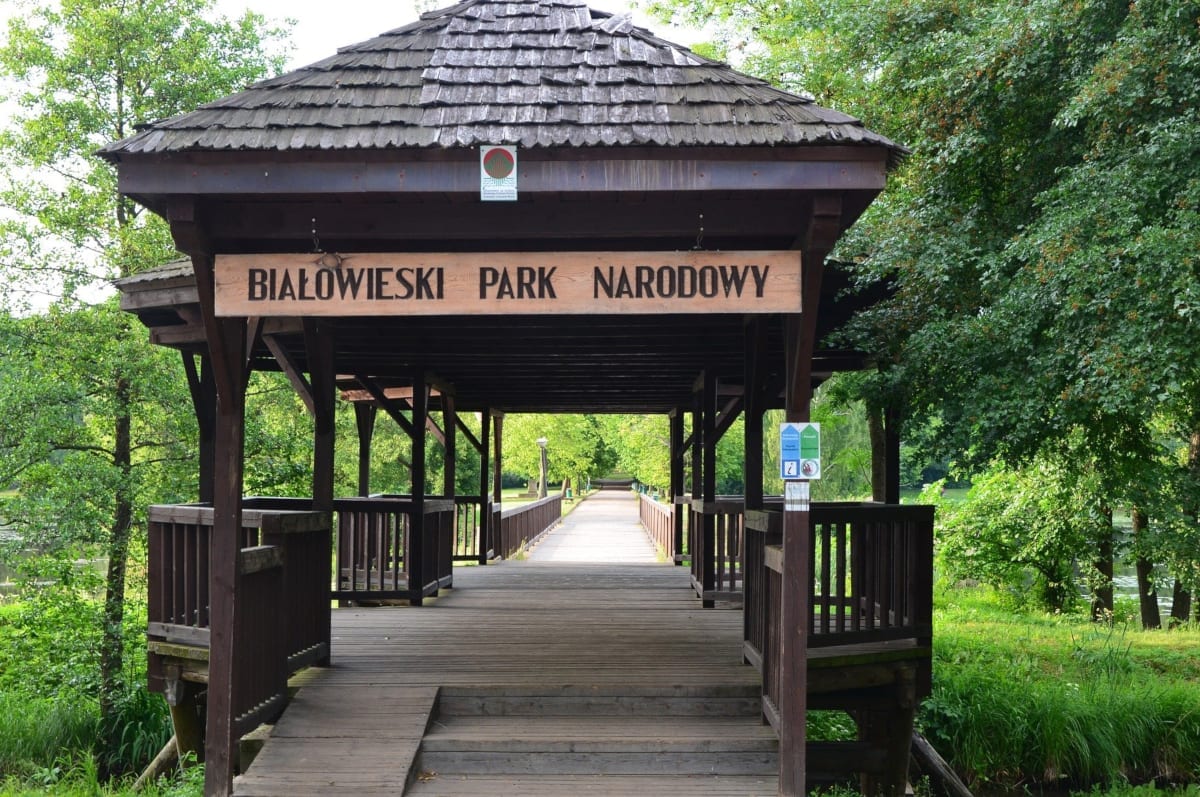
- Around & About in Bialystok

Eating & Drinking in Białystok
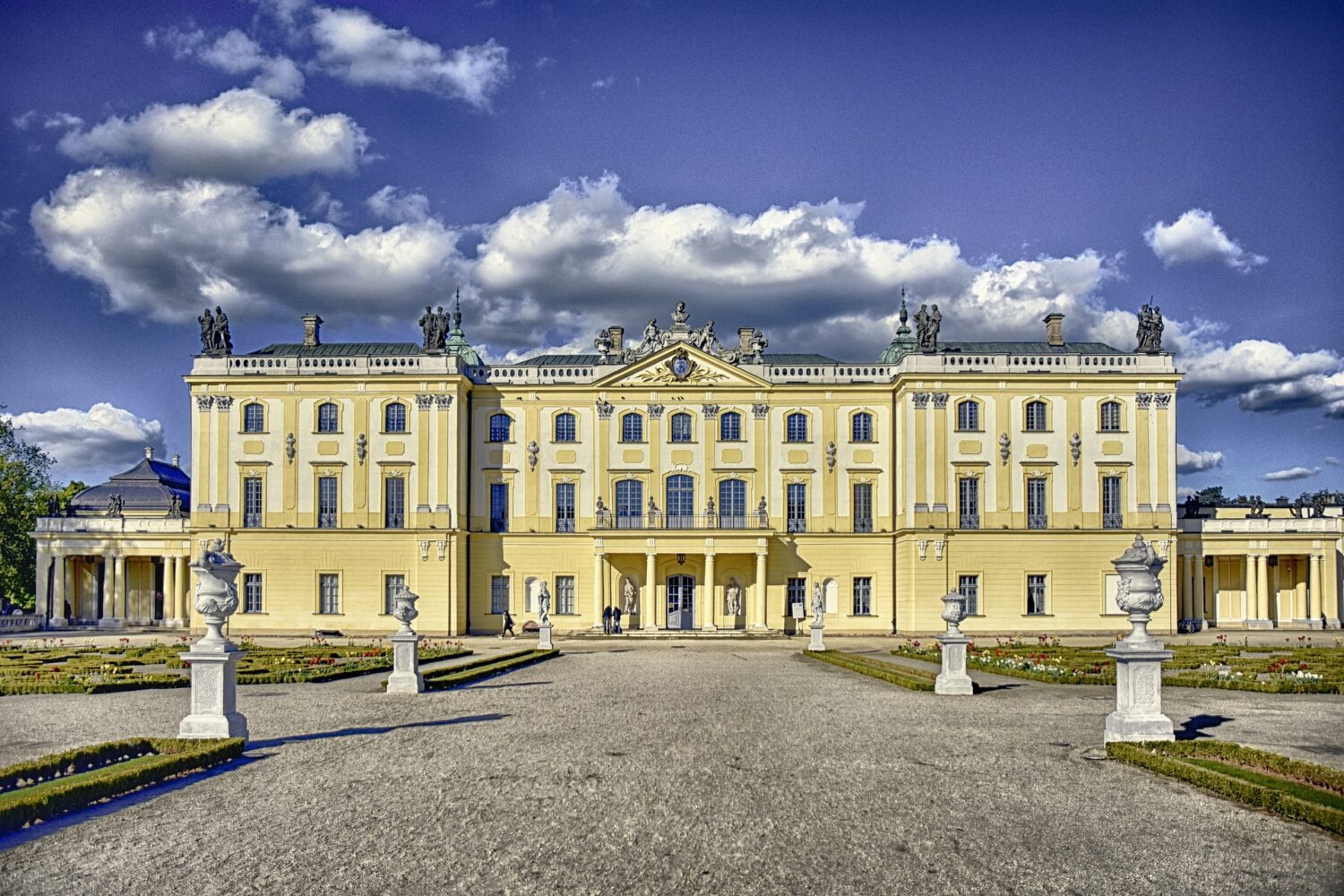
- Top 10 things to do in Bialystok
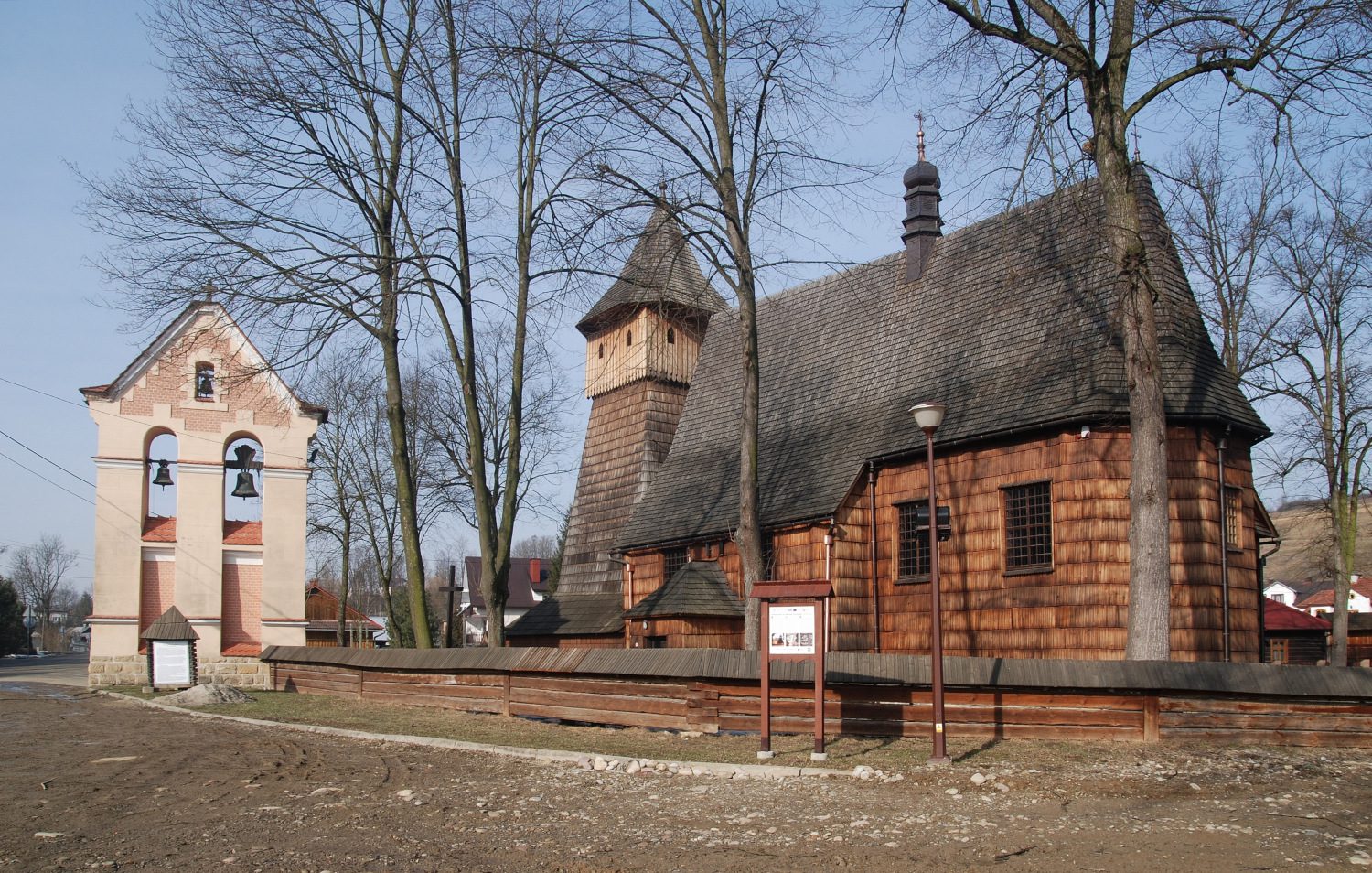
- Wooden Churches of Southern Malopolska
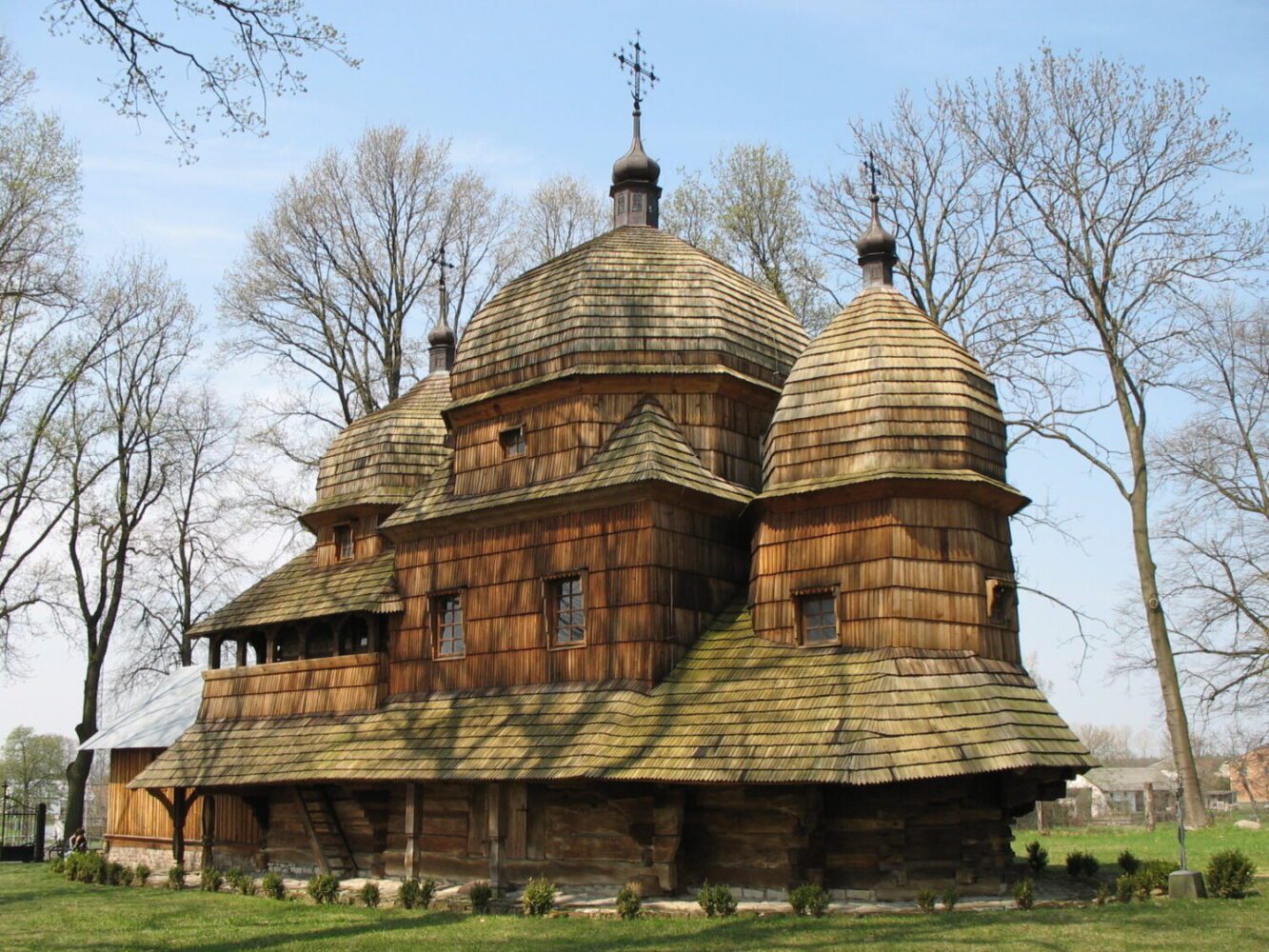
Wooden Tserkvas Of The Carpathian Region
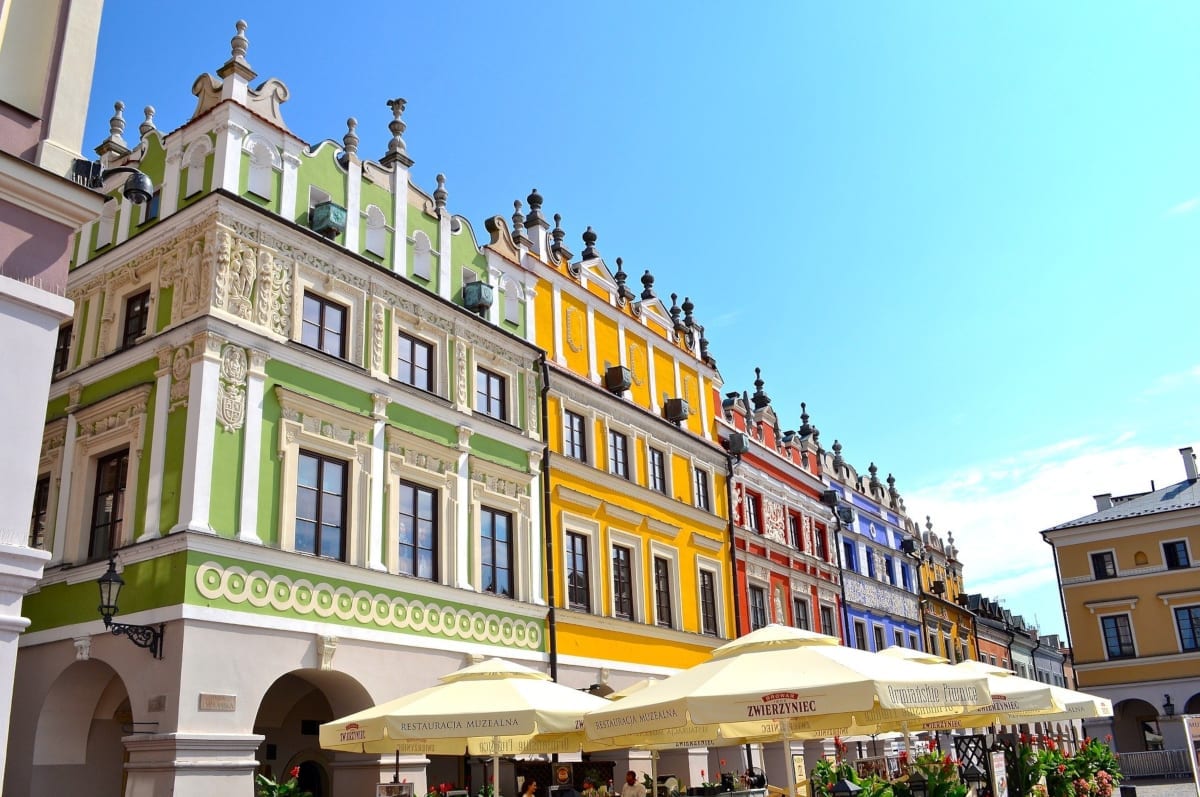
- Old City of Zamosc
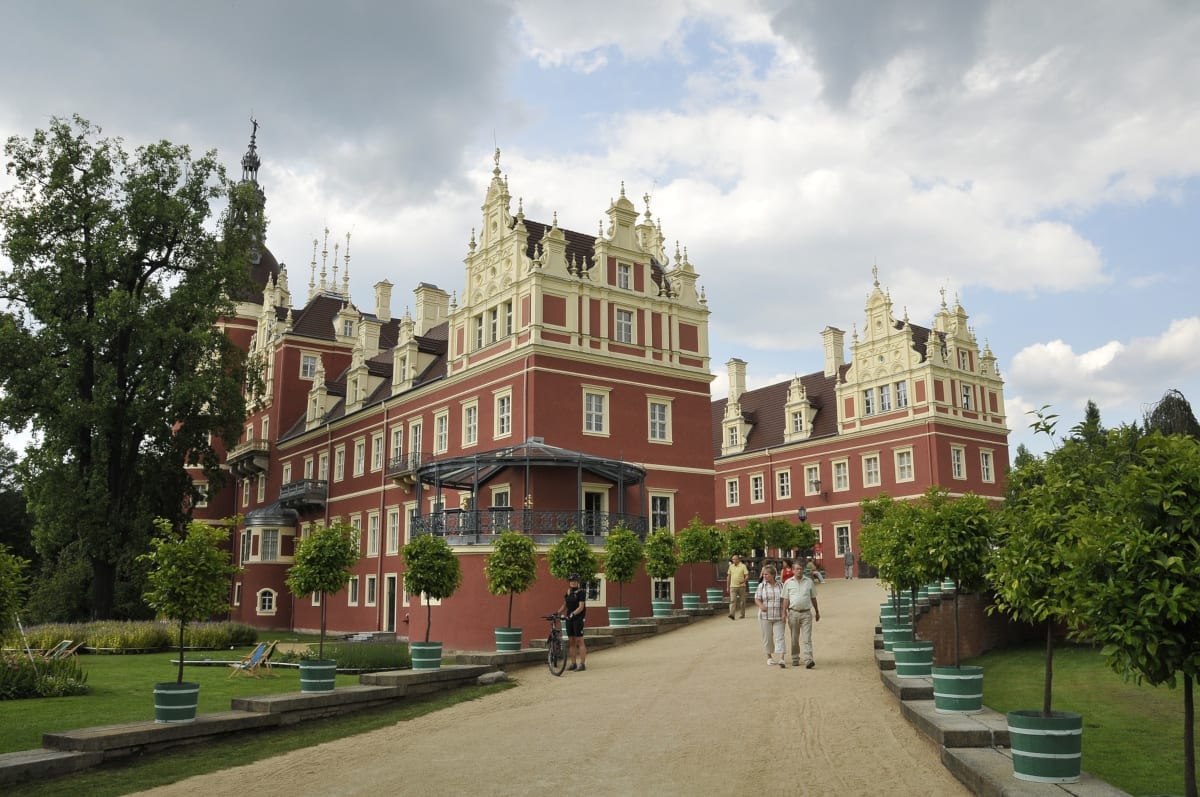
- Muskauer Park
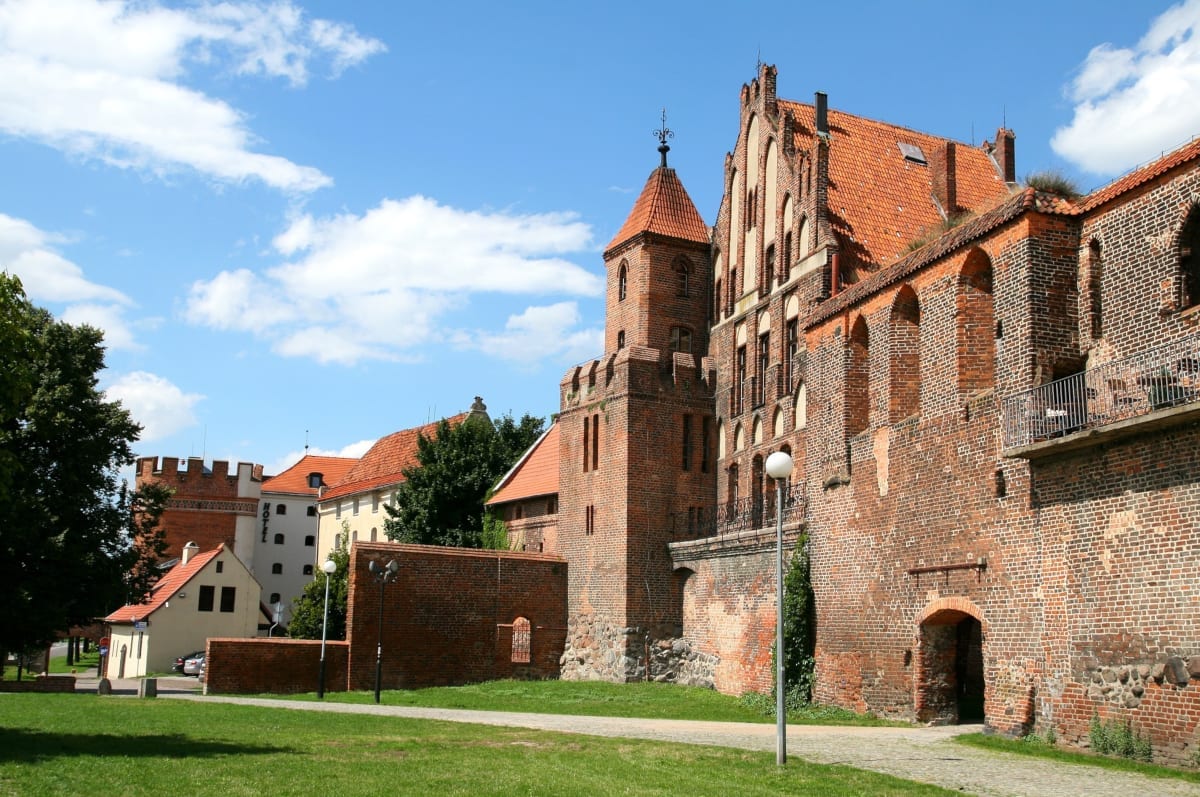
- Medieval Town of Torun
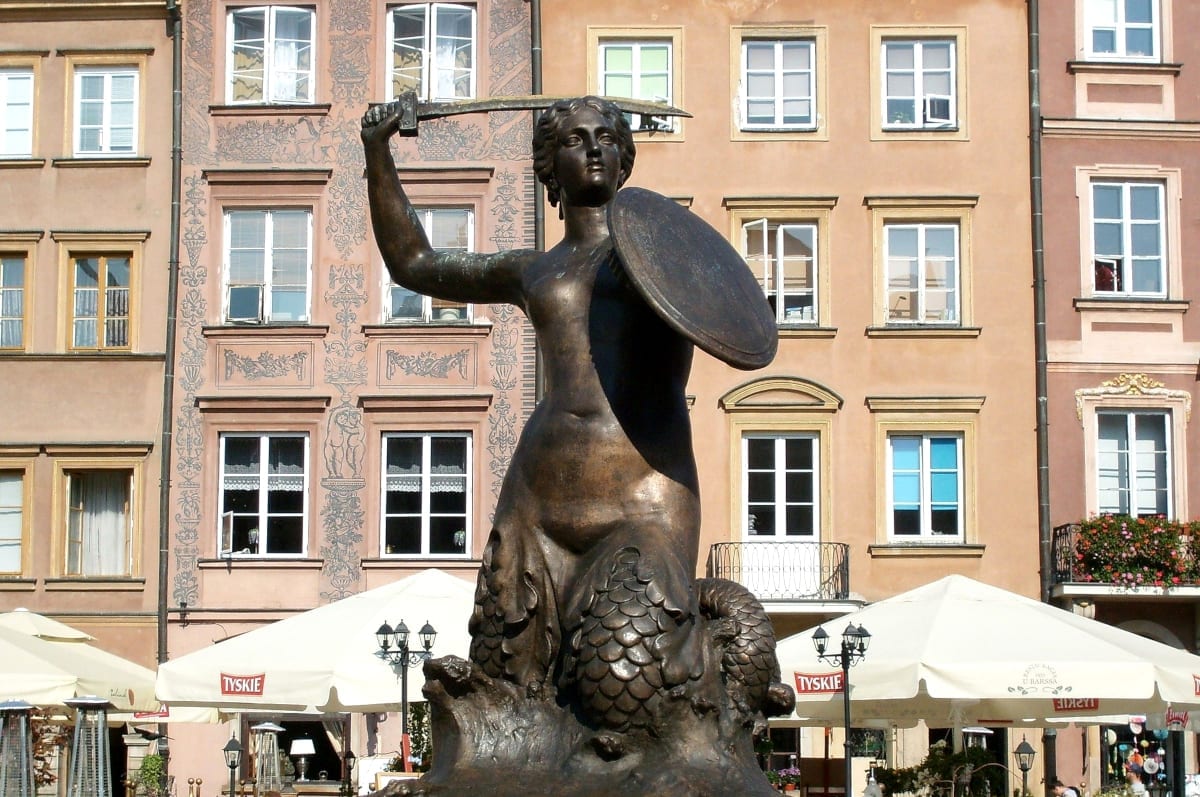
- Historic Centre of Warsaw
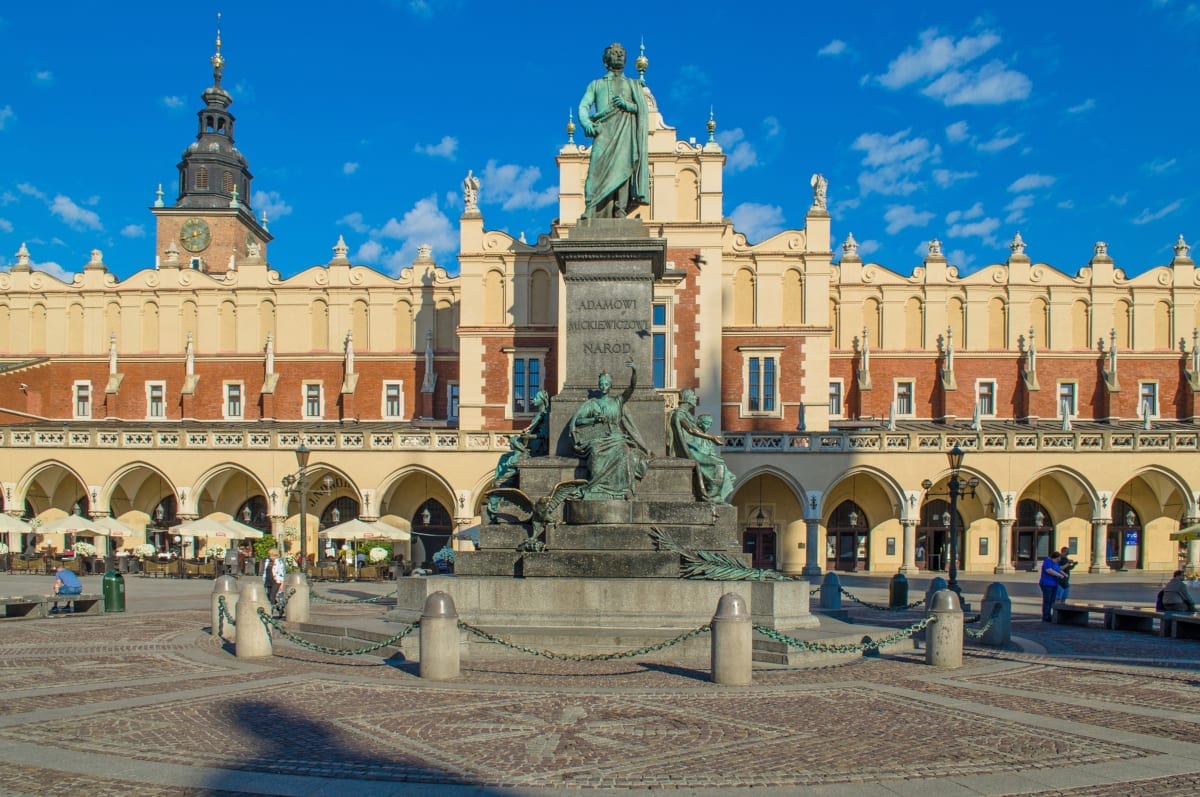
- Historic Centre of Krakow
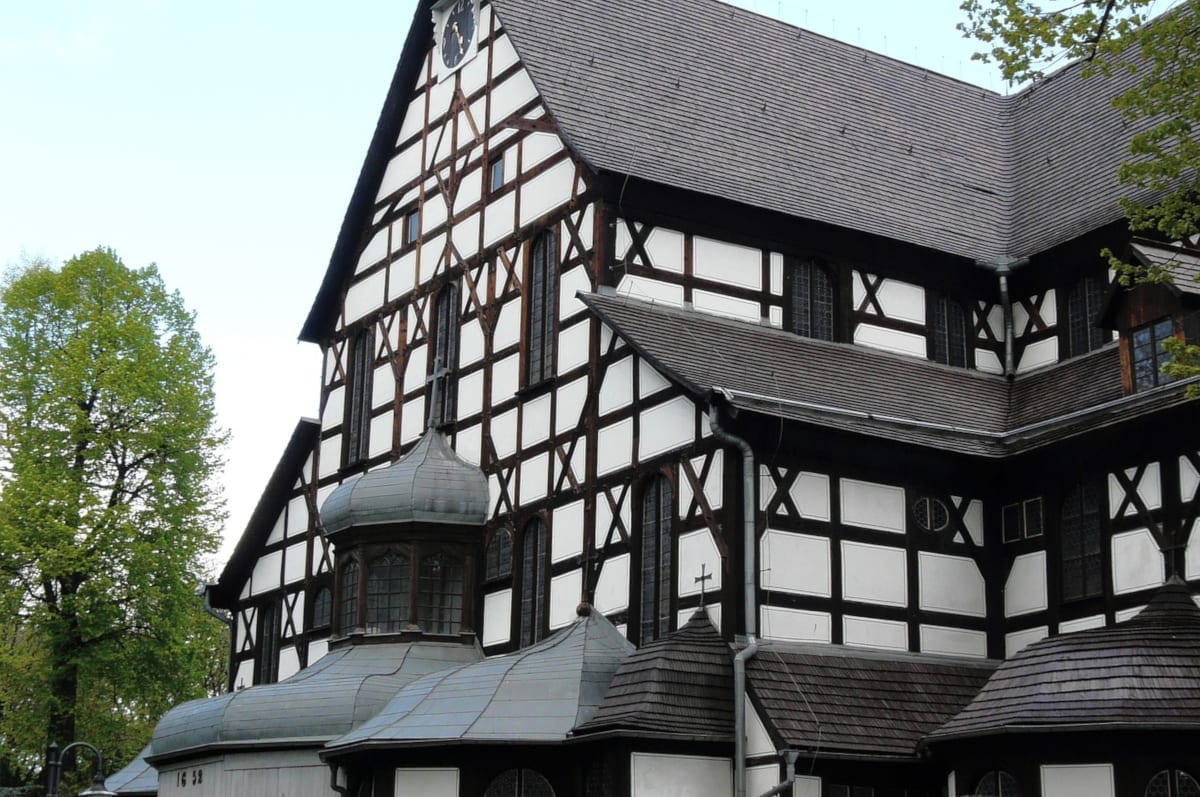
Churches Of Peace in Jawor and Swidnica
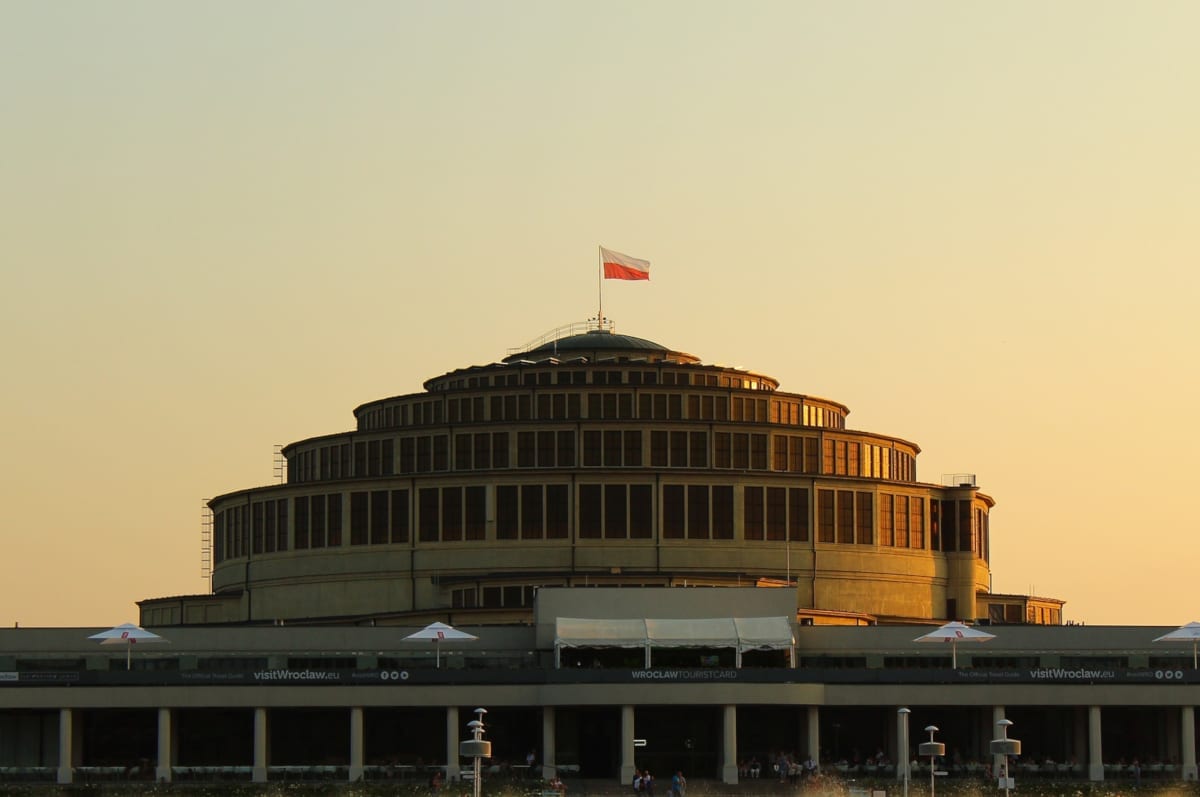
- Centennial Hall In Wroclaw
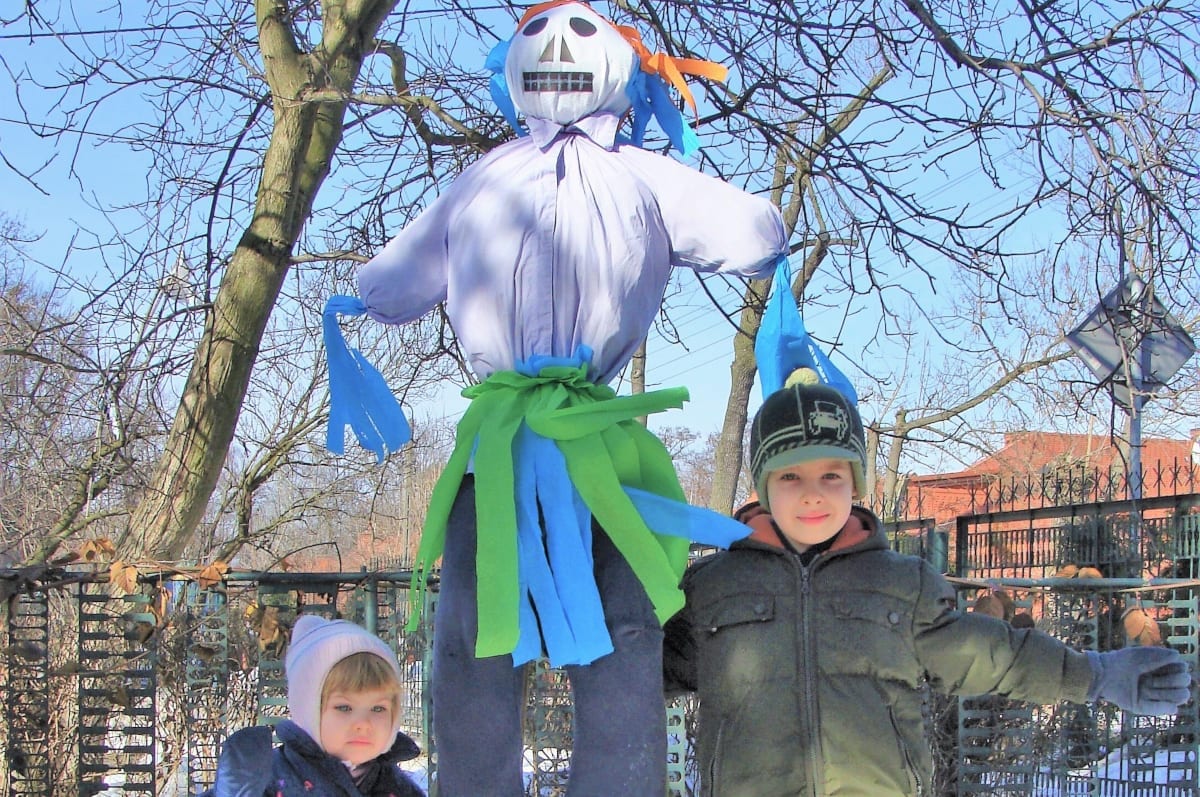
The Drowning Of Marzanna
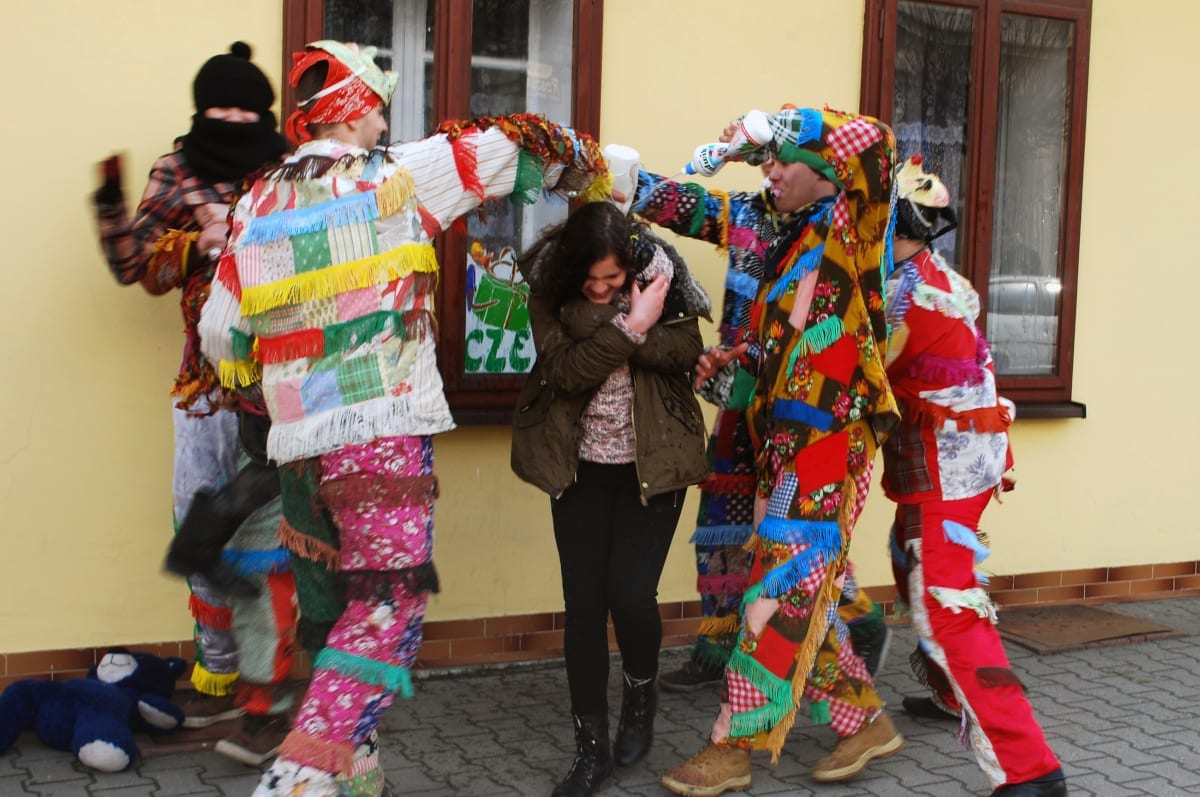
Śmigus Dyngus

Easter in Poland
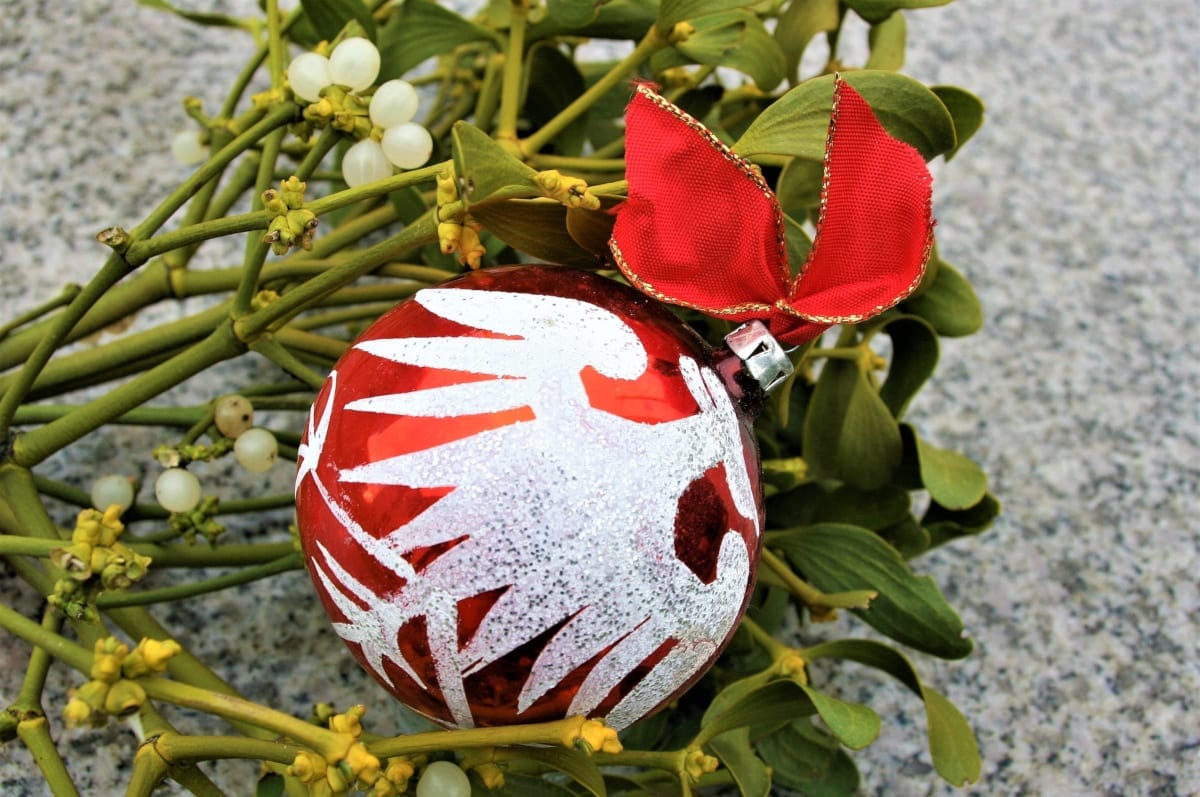
Christmas In Poland

Miedzyrzecz Reinforced Region
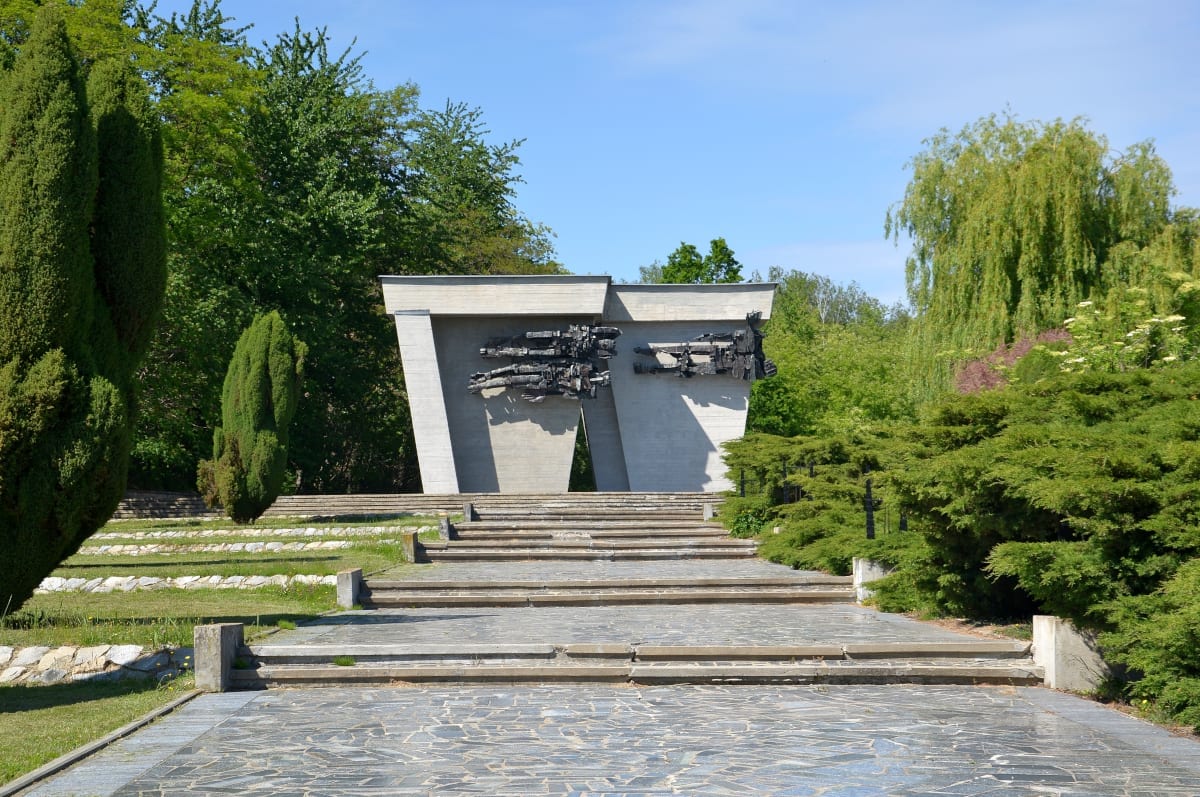
- Camp Łambinowice
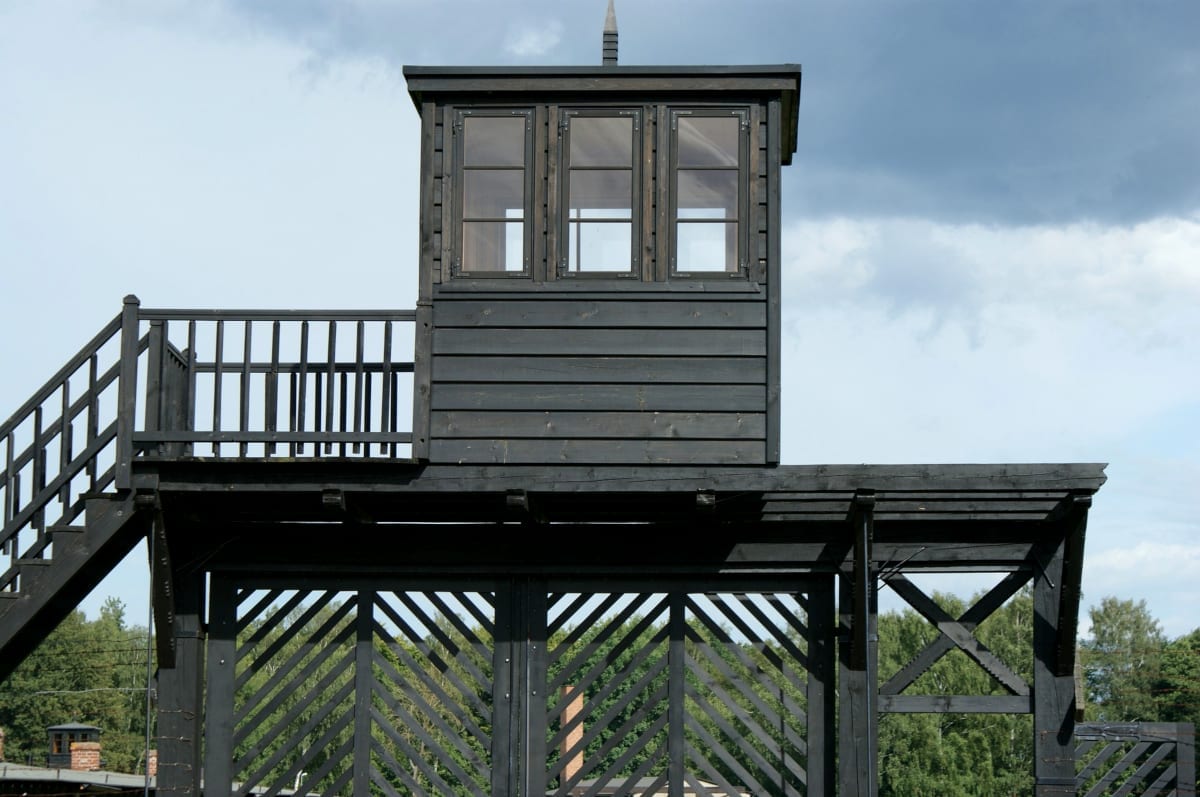
- KL Stutthof
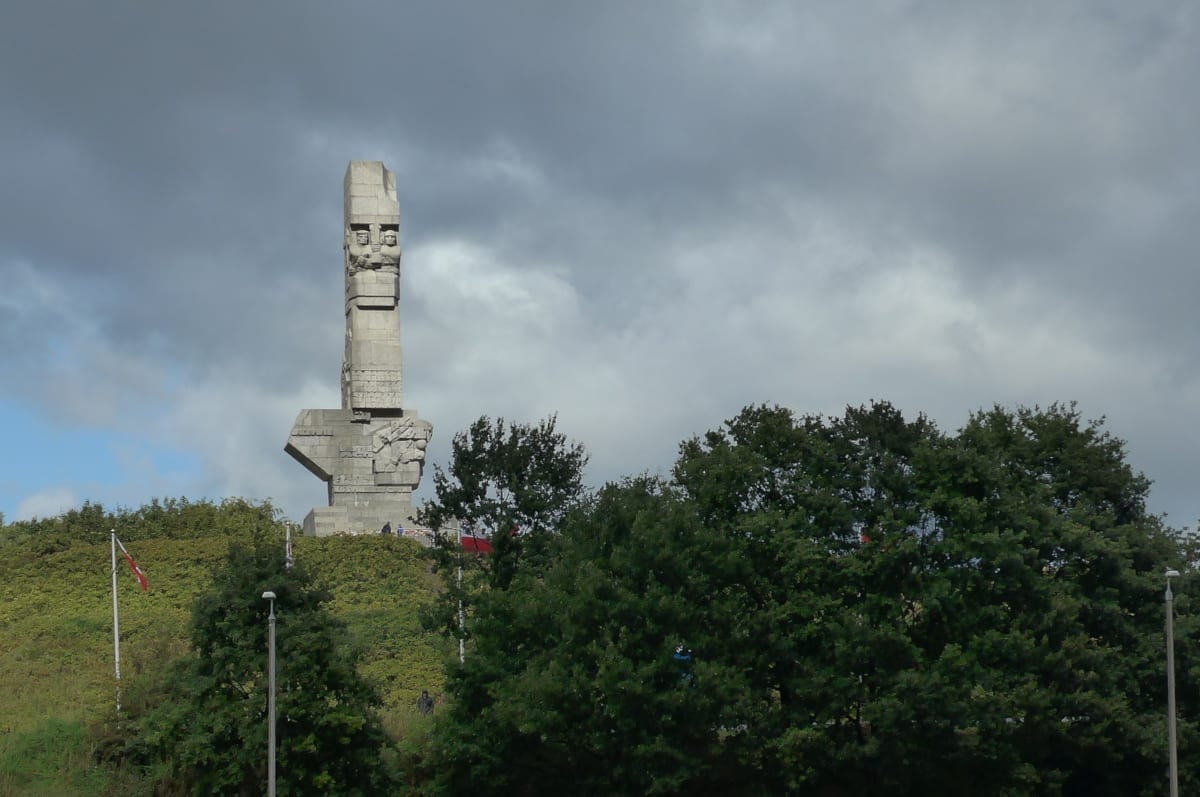
- Westerplatte
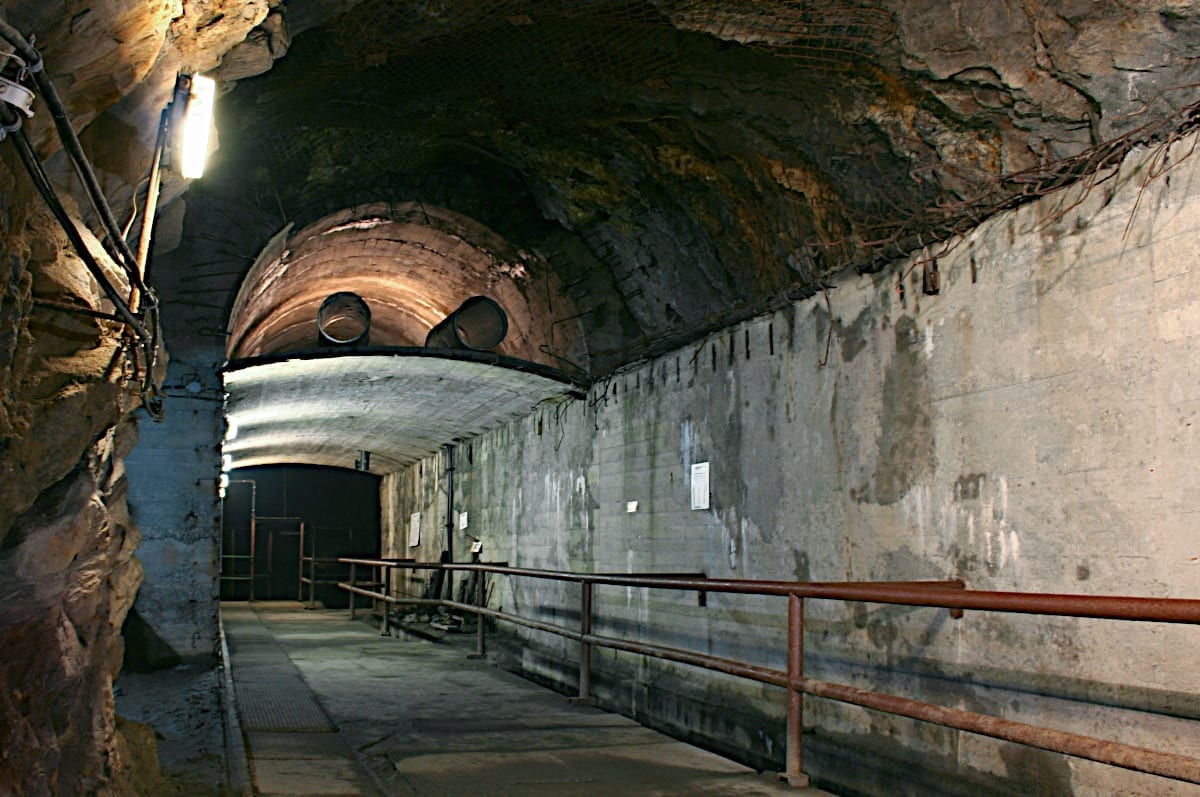
Riese Complex
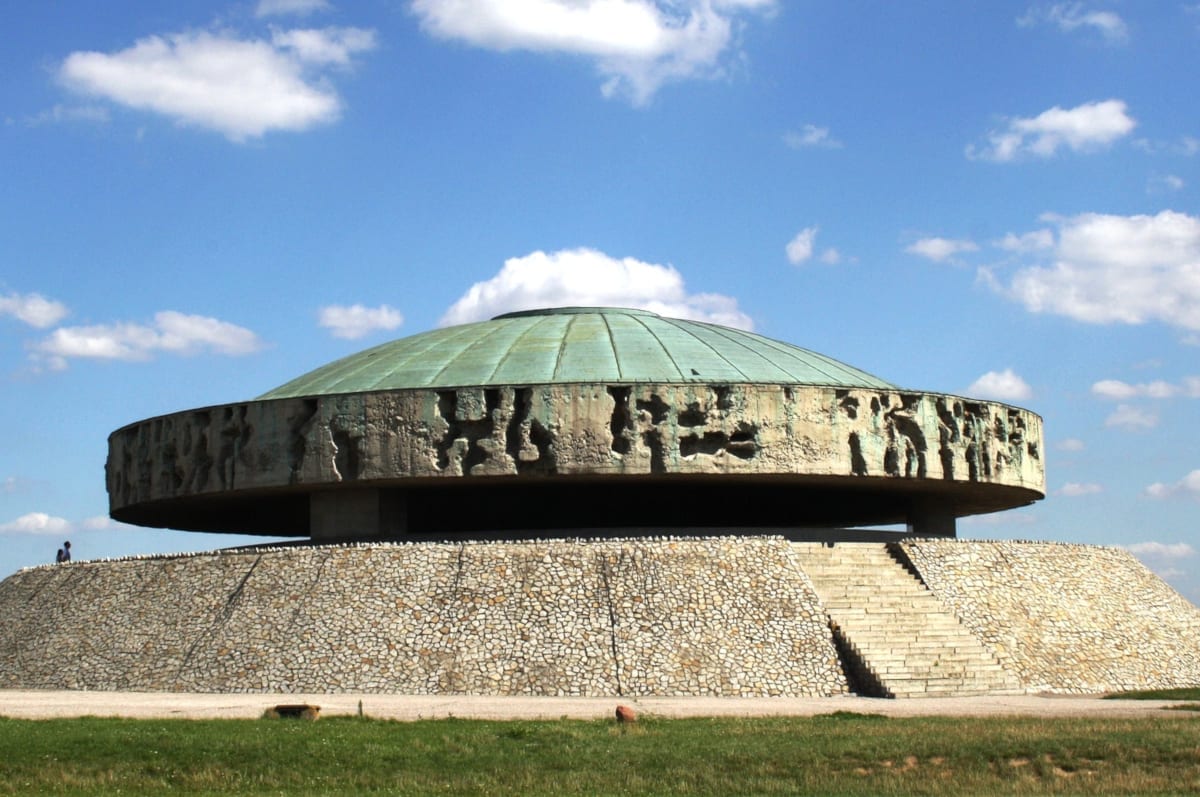
Majdanek Concentration Camp
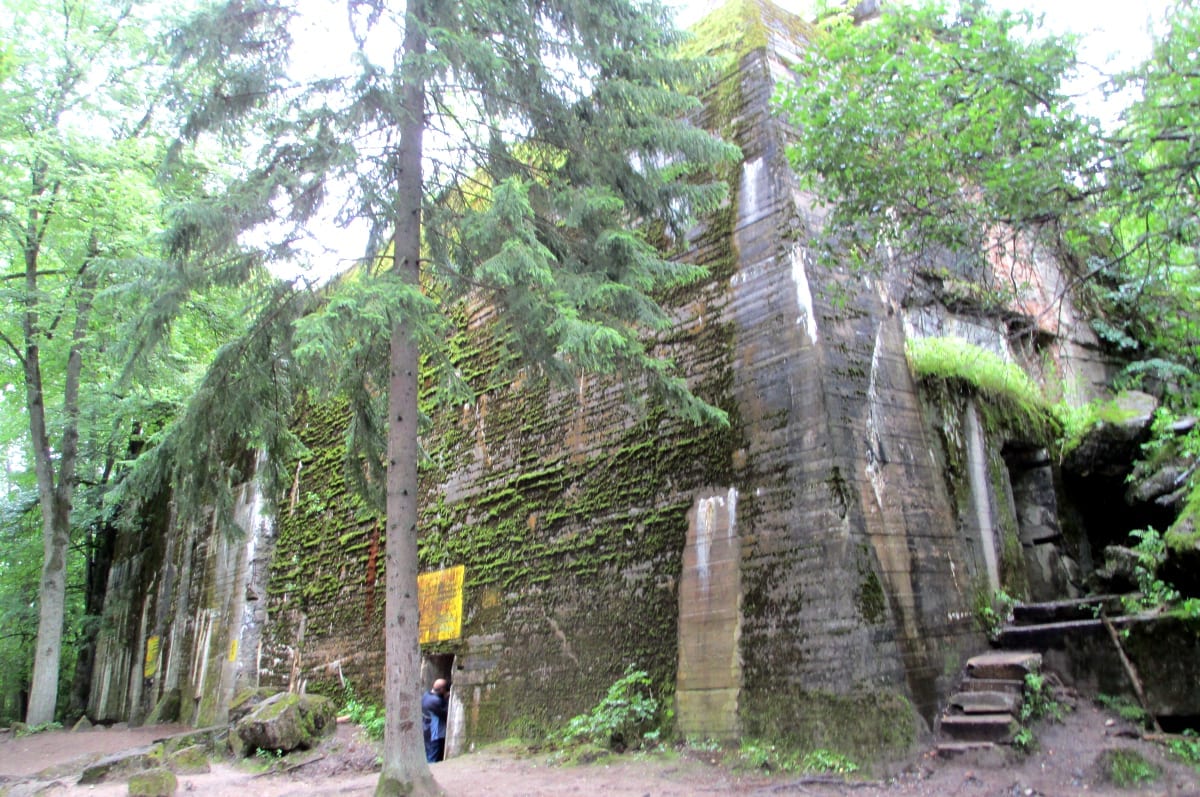
Wolf’s Lair
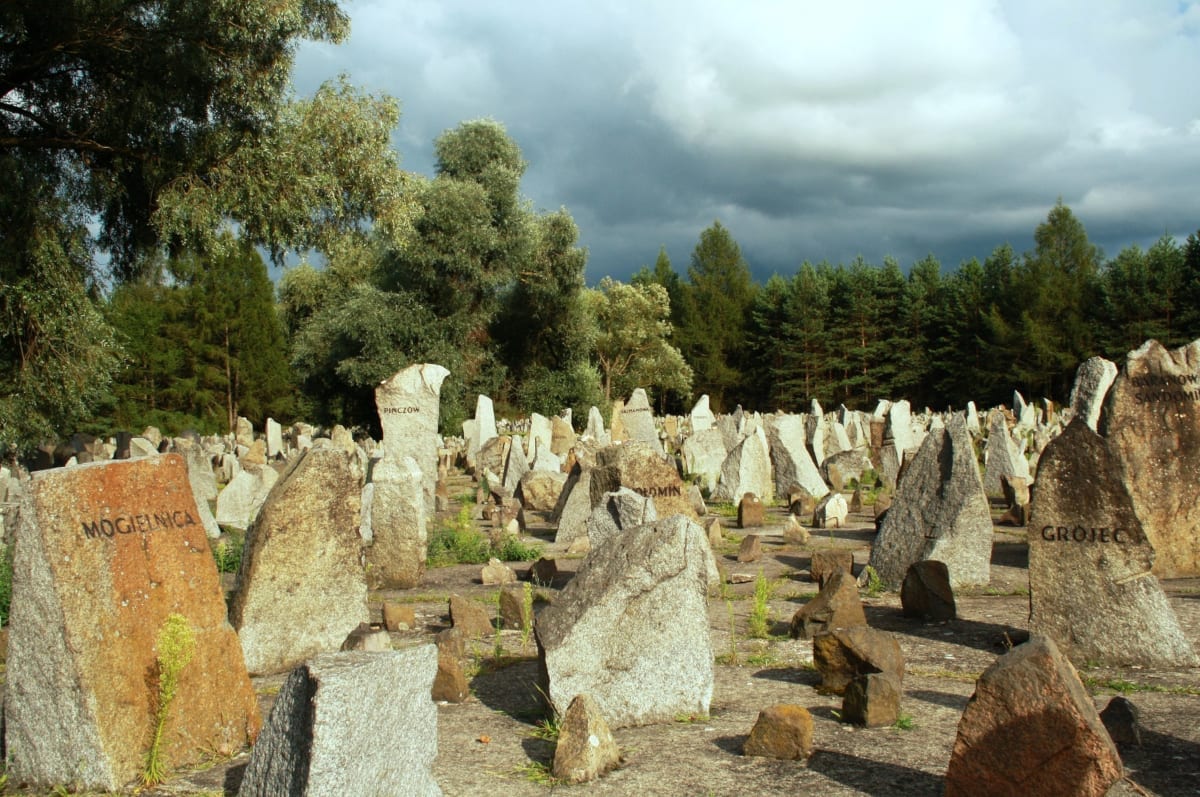
Treblinka Concentration Camp
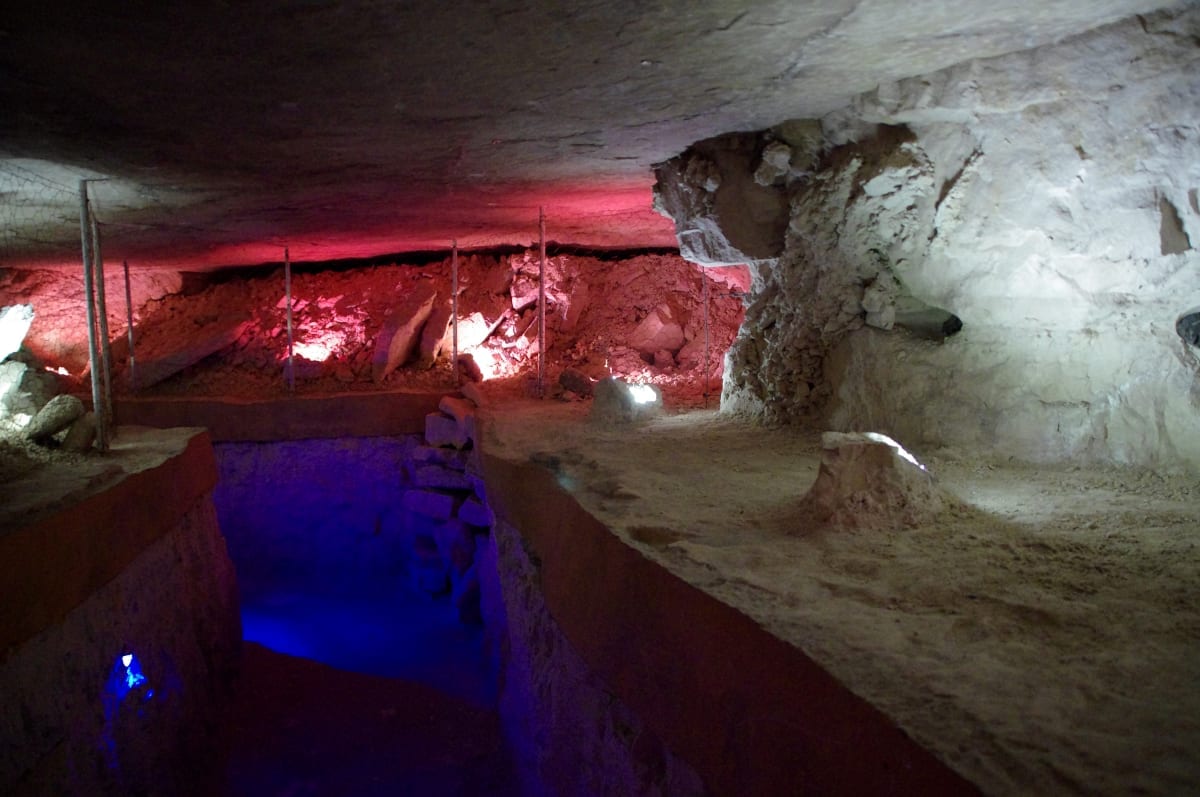
- Krzemionki Flint Mining Region
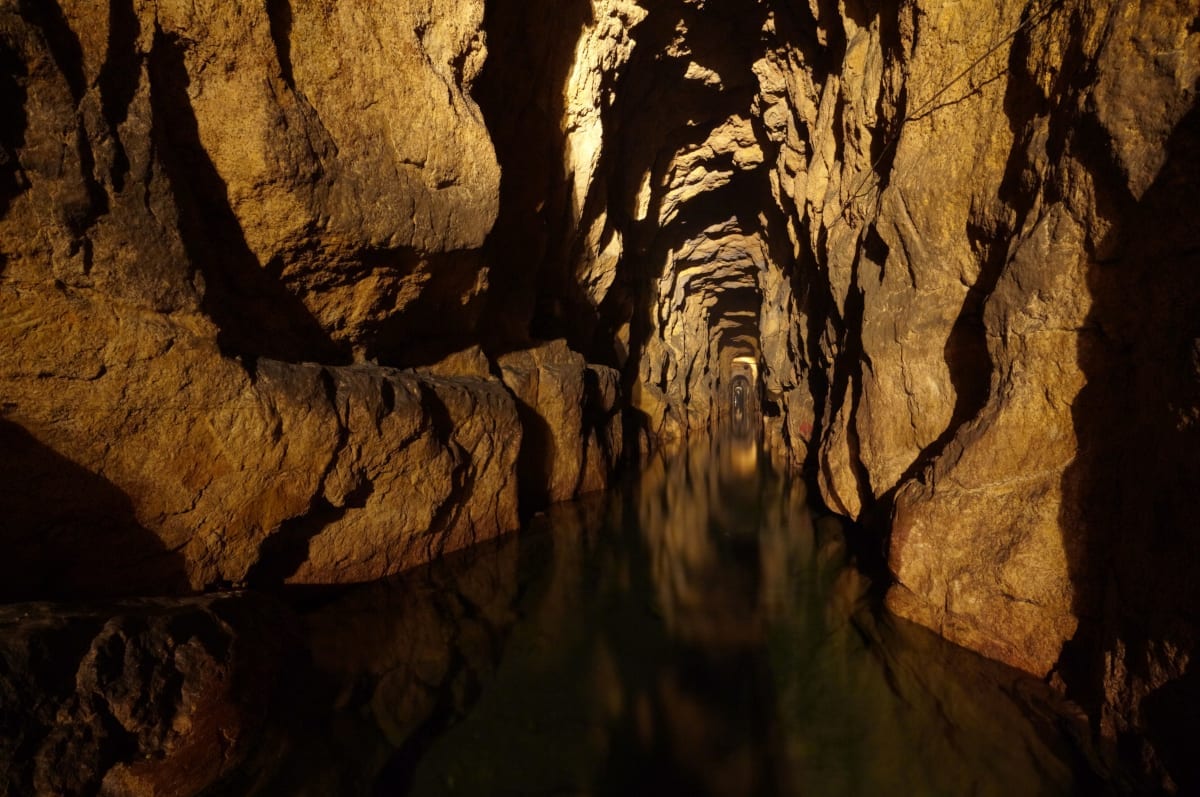
- Tarnowskie Góry Mine
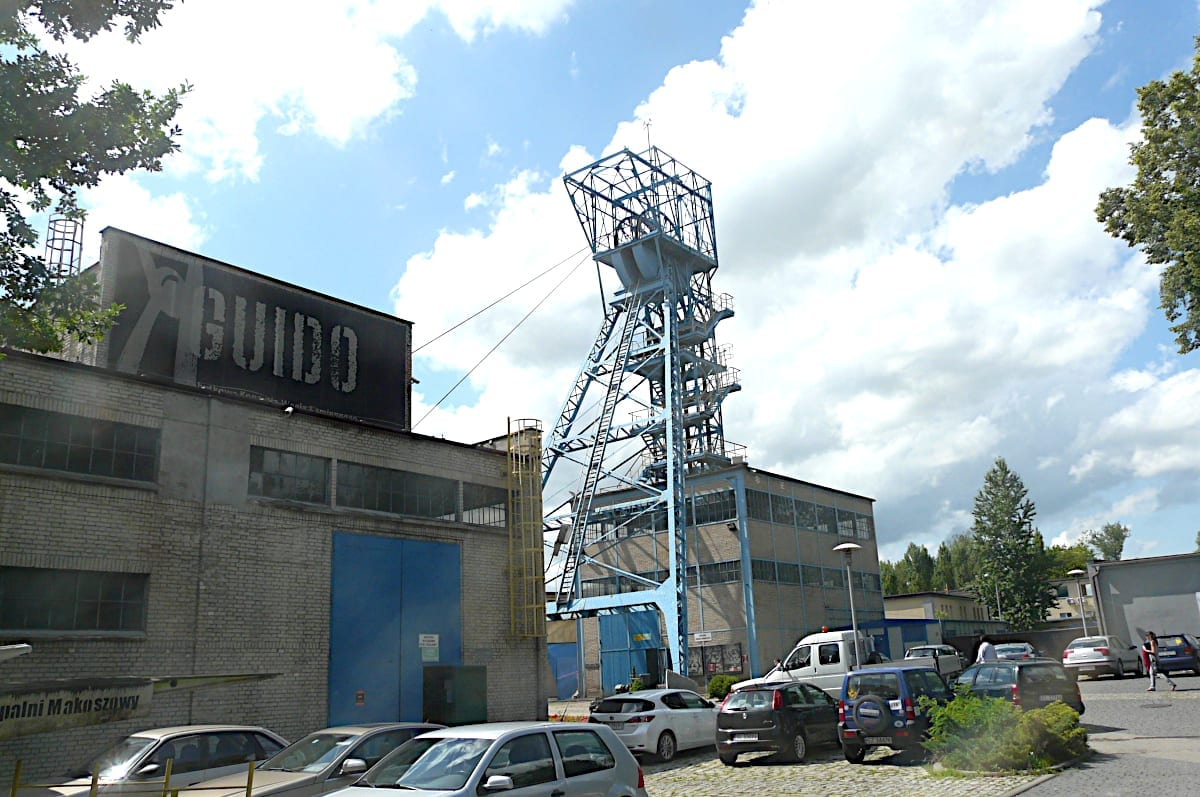
- Guido Coal Mine
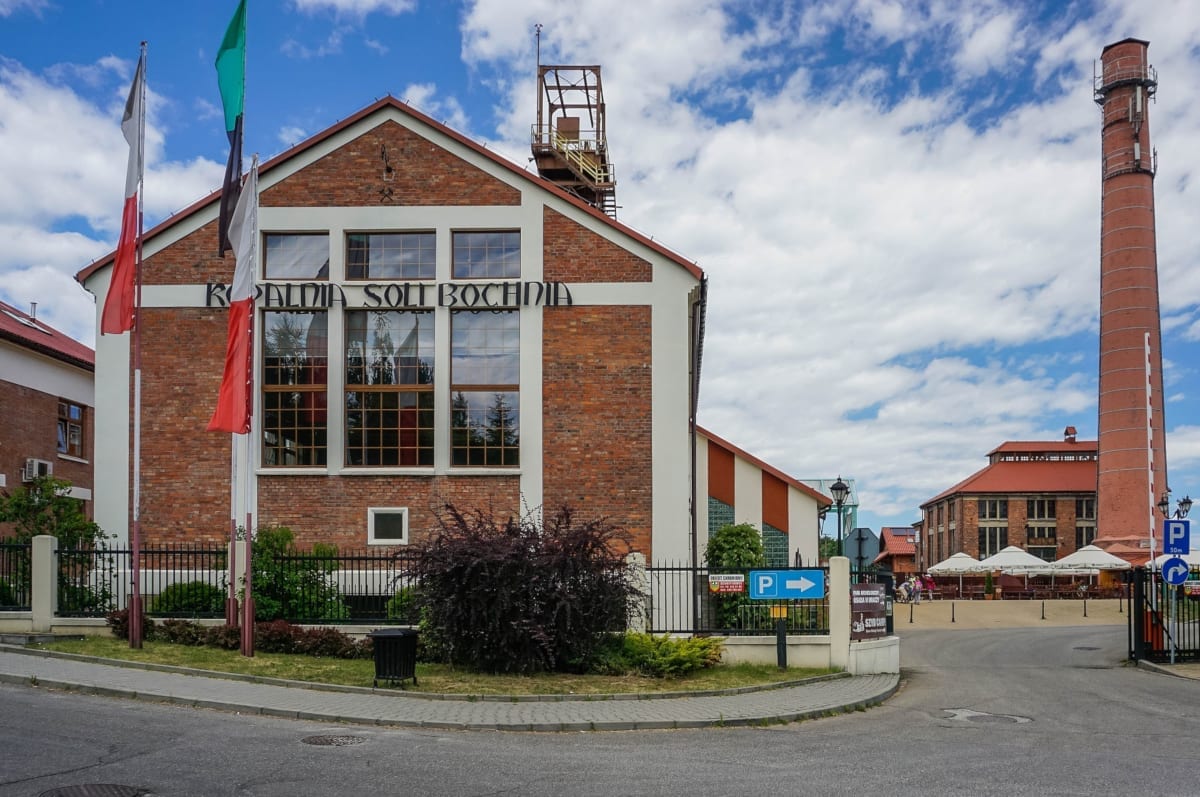
- Bochnia Salt Mine

- Niepokalanów

- Kalwaria Zebrzydowska
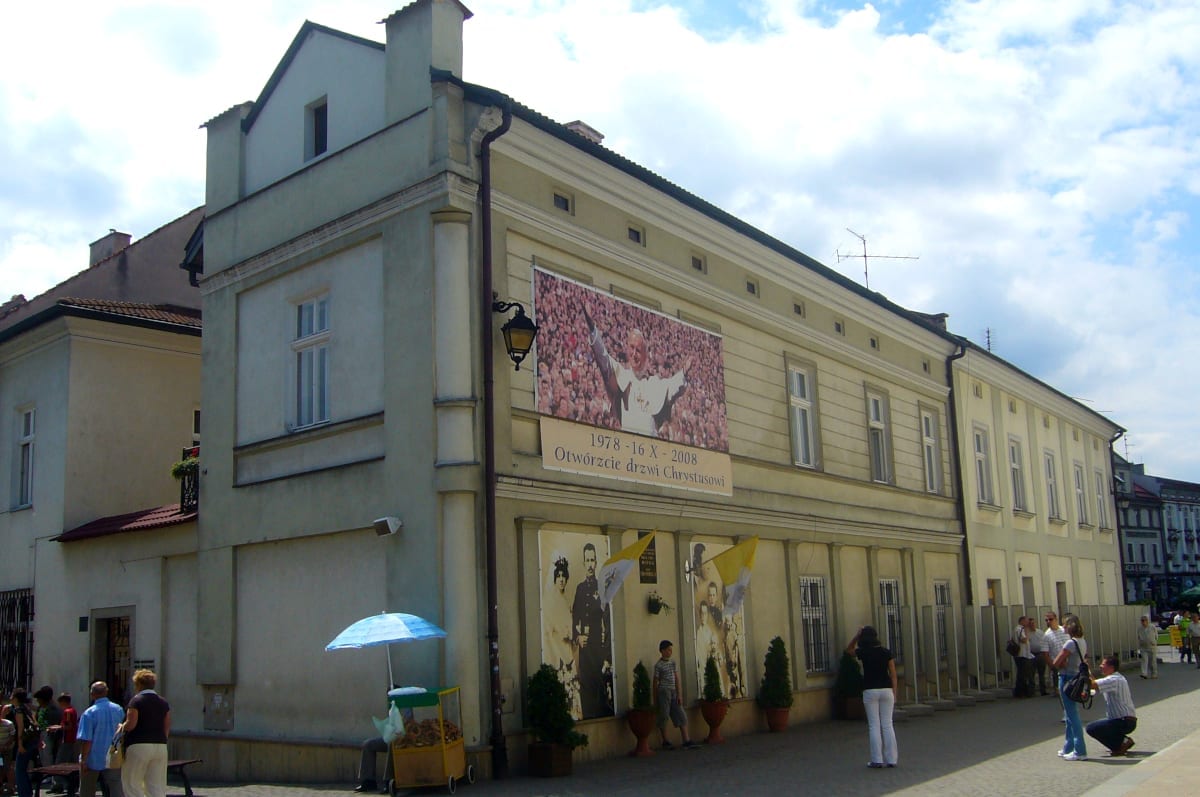
- Jasna Góra Monastery

- Lesser Poland (Malopolskie)
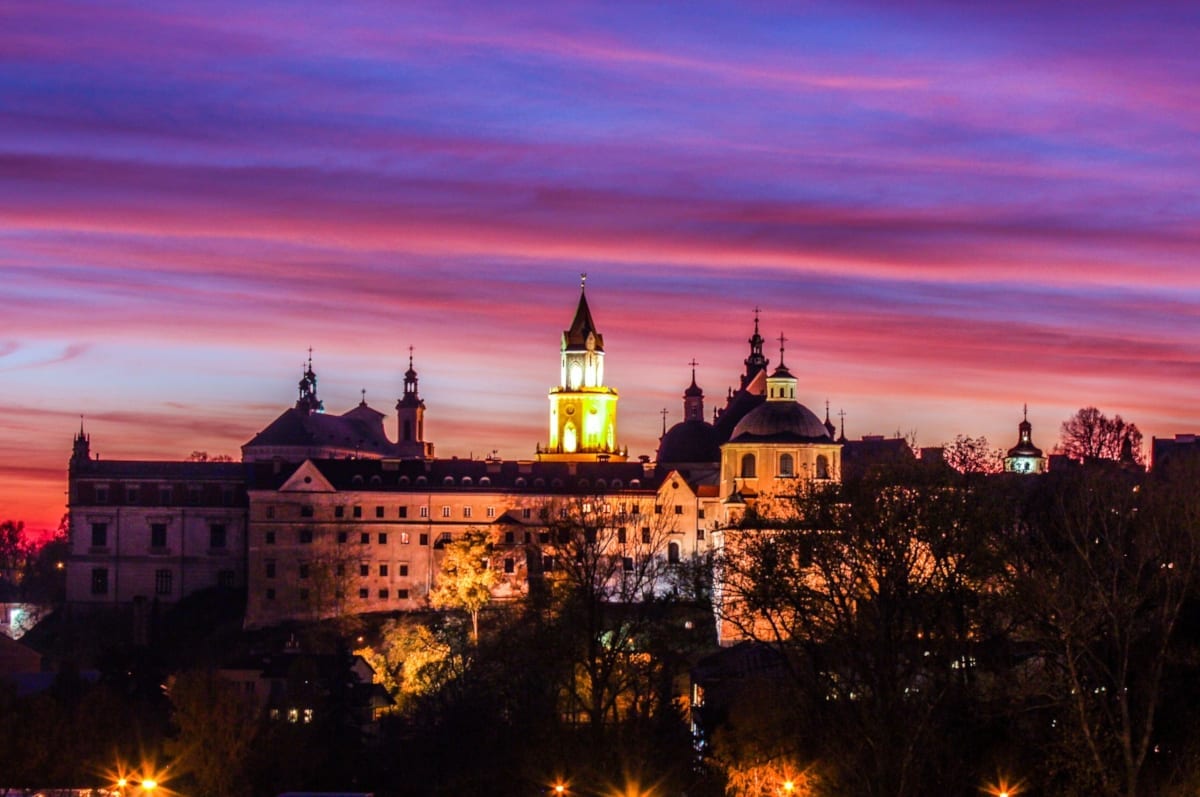
- Lublin (Lubelskie)
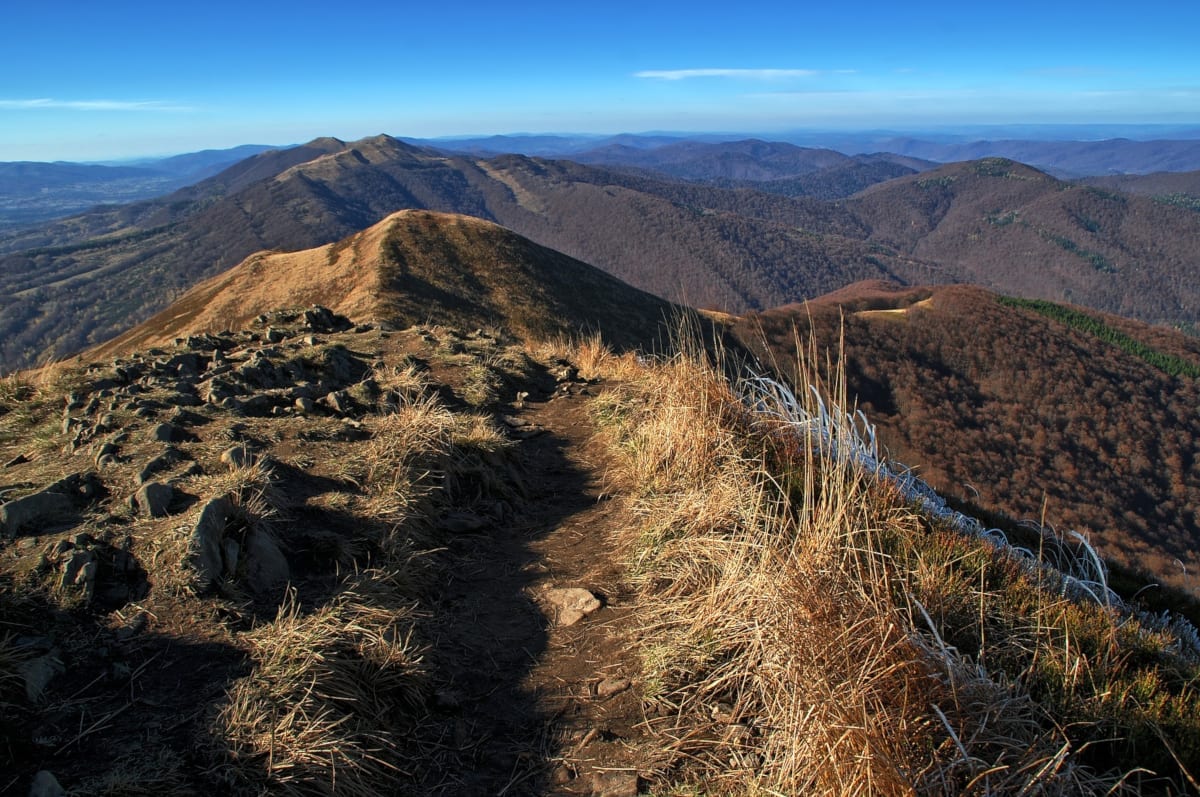
- Subcarpathia (Podkarpackie)
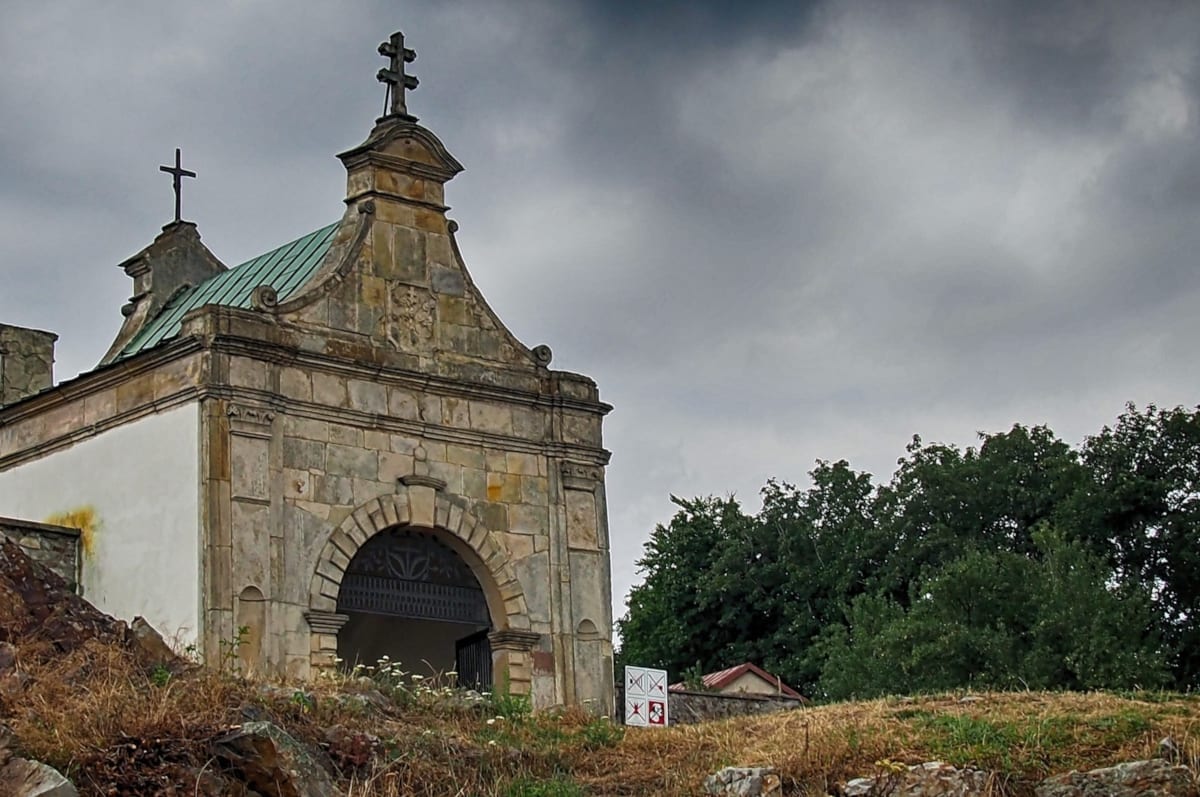
- Holy Cross (Swietokrzyskie)
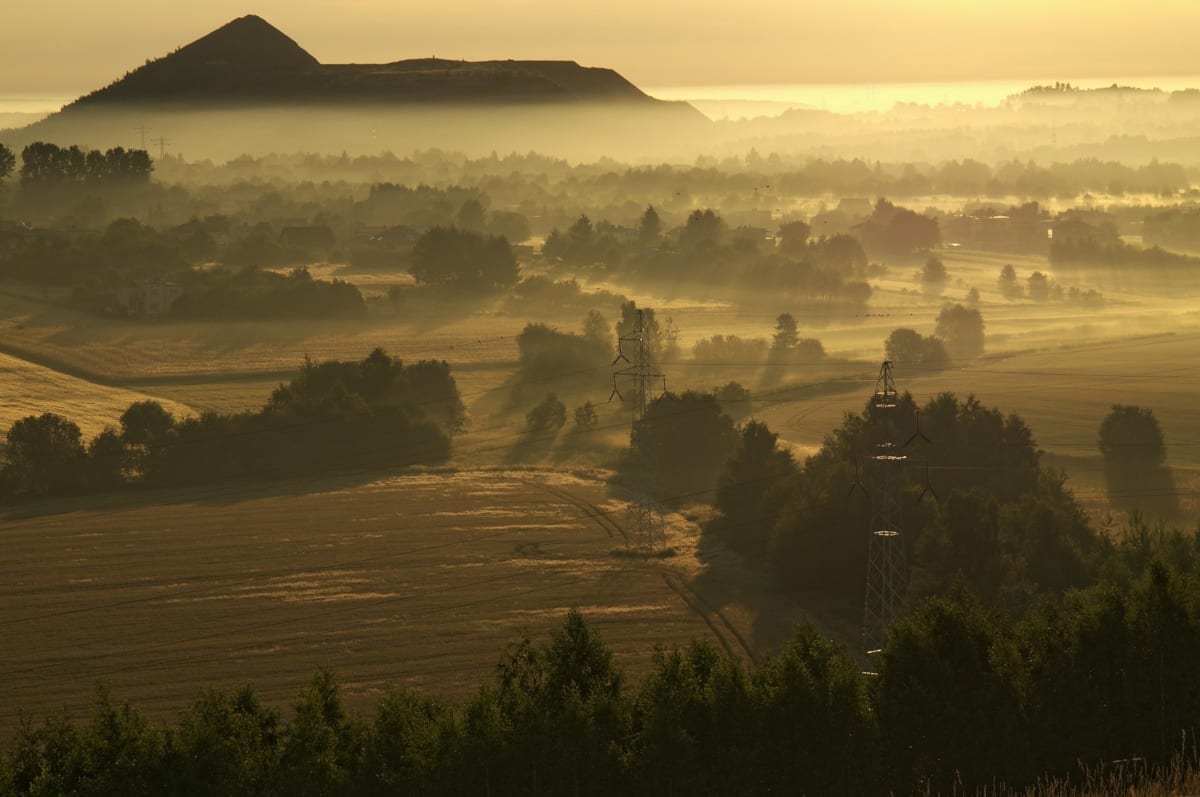
- Silesia (Slaskie)
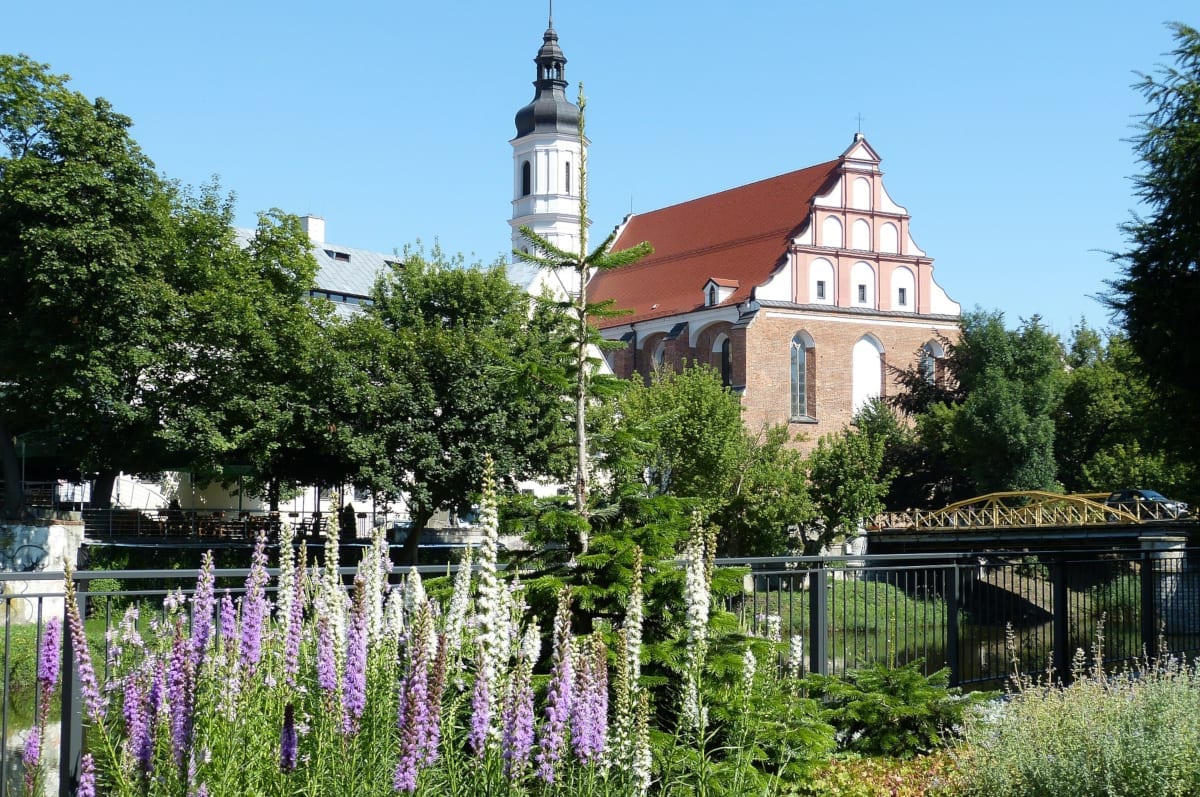
- Opole (Opolskie)

- Lower Silesia (Dolnoslaskie)
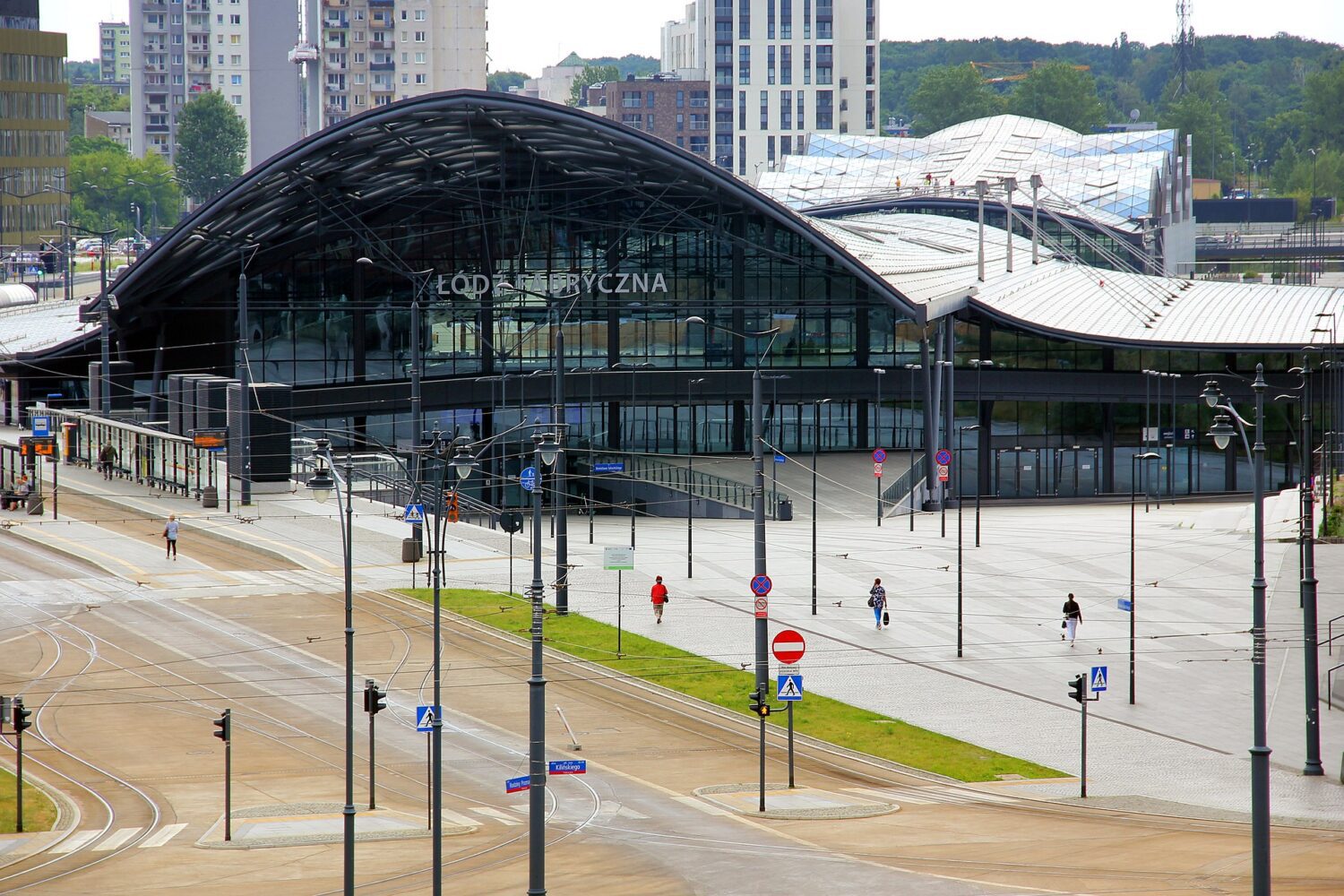
Lodz (Lodzkie)
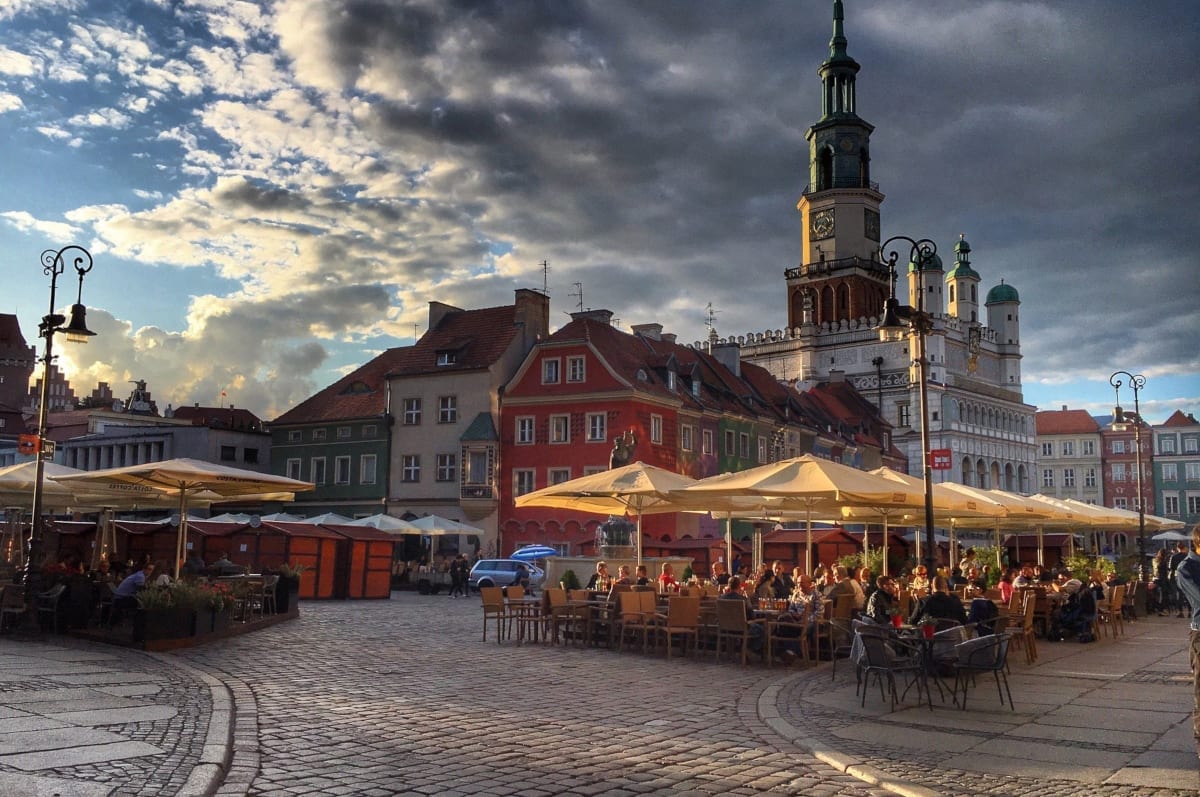
- Greater Poland (Wielkopolskie)
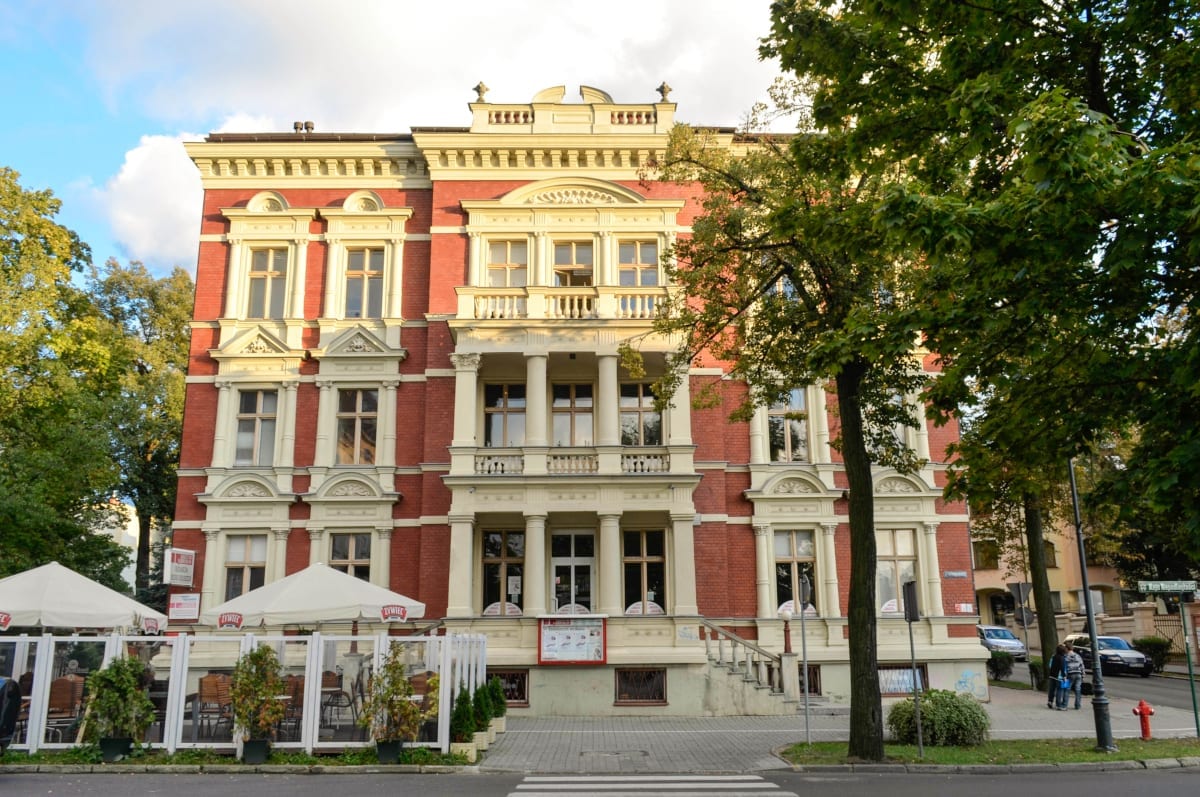
- Lubusz (Lubuskie)
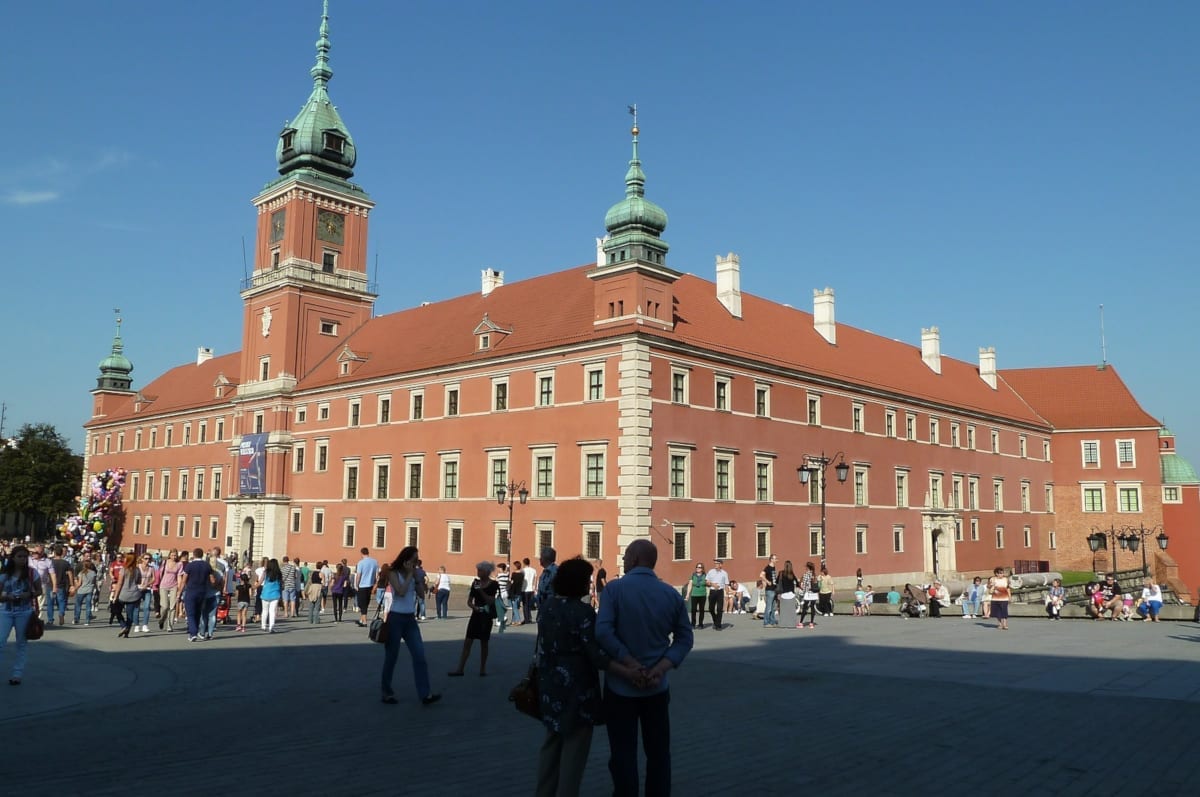
- Masovia (Mazowieckie)
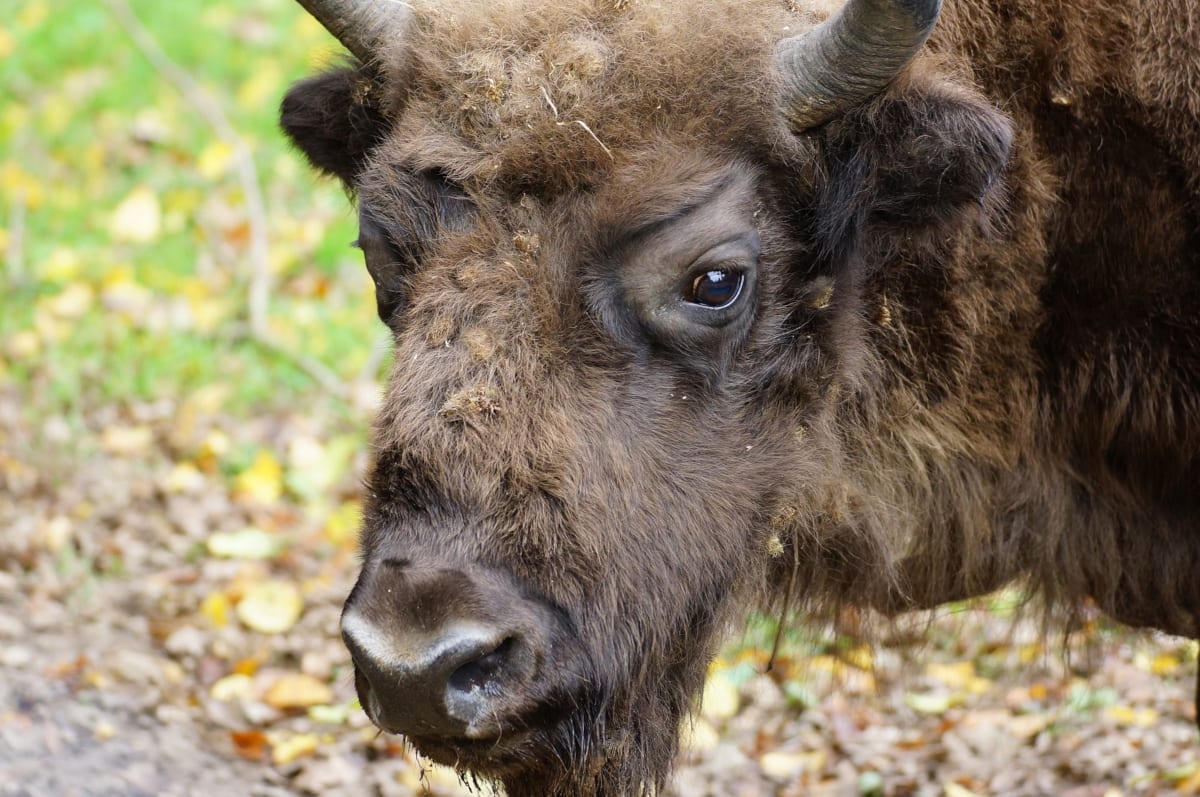
- Podlasie (Podlaskie)
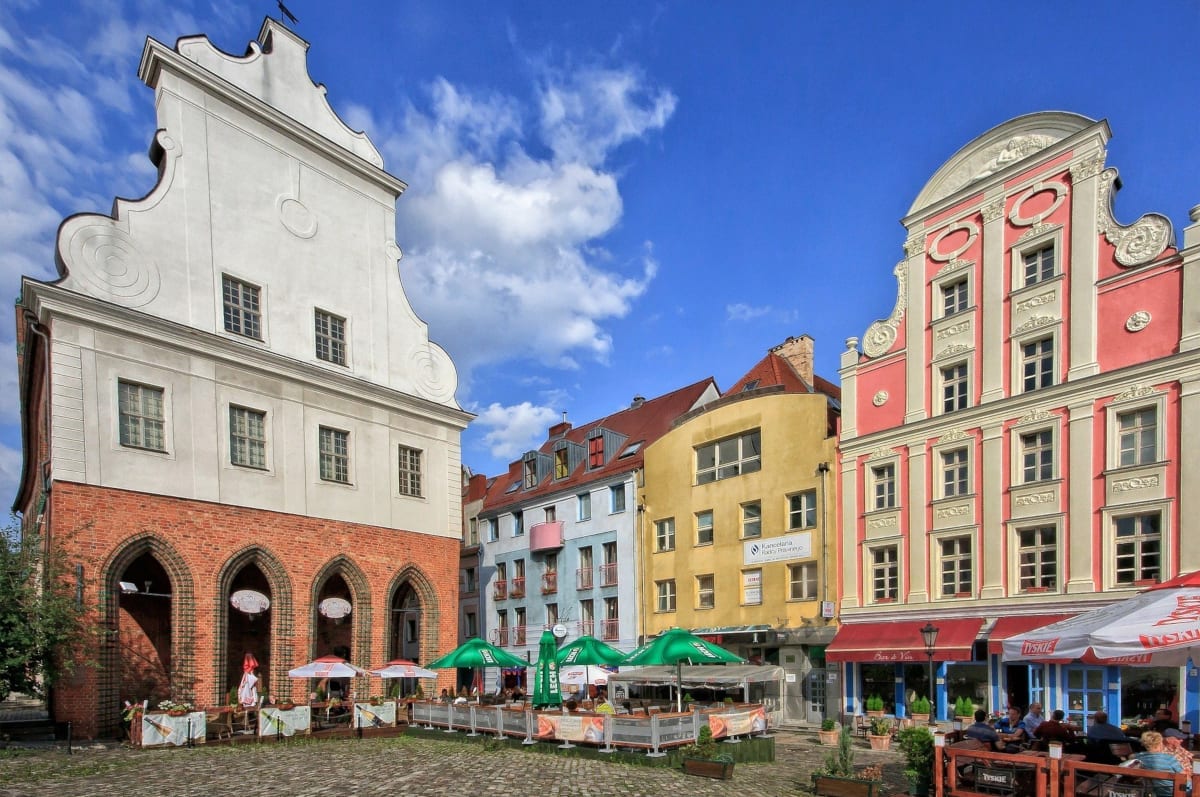
- West Pomerania (Zachodniopomorskie)
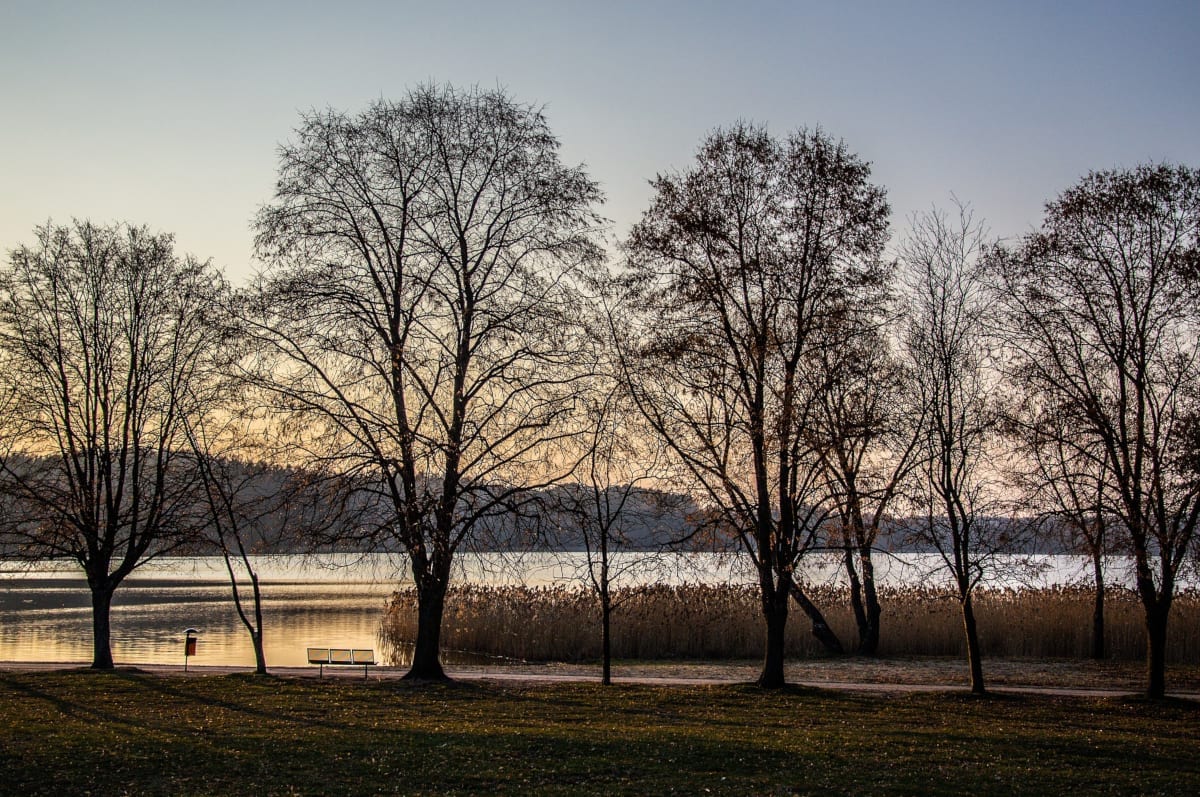
- Warmia-Masuria (Warminsko-Mazurskie)
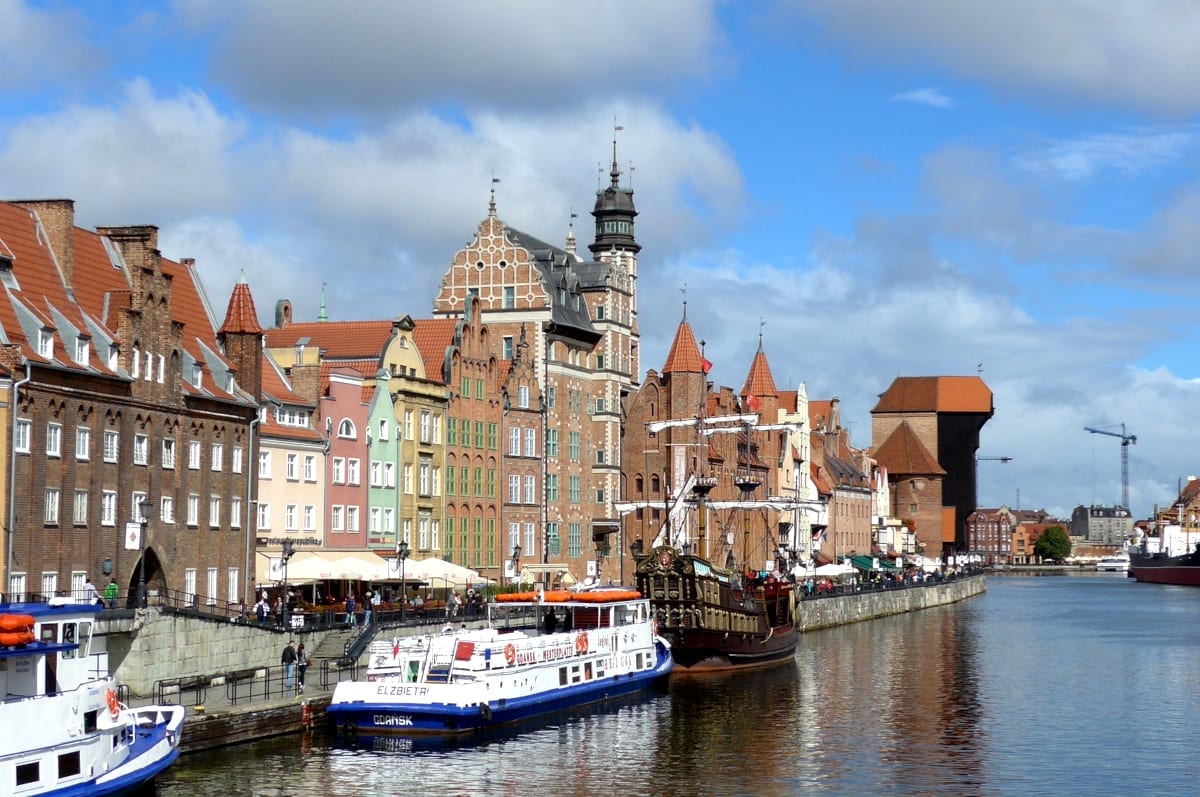
- Pomerania (Pomorskie)
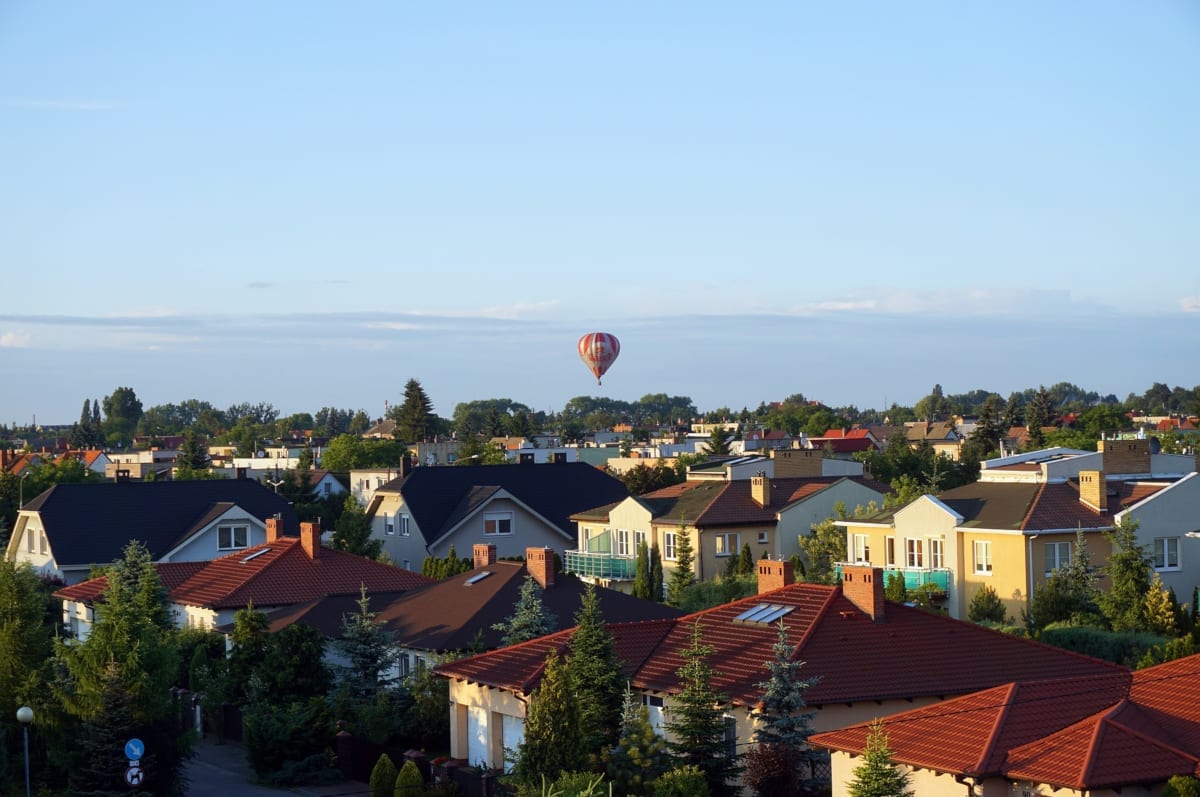
Balloon Flights
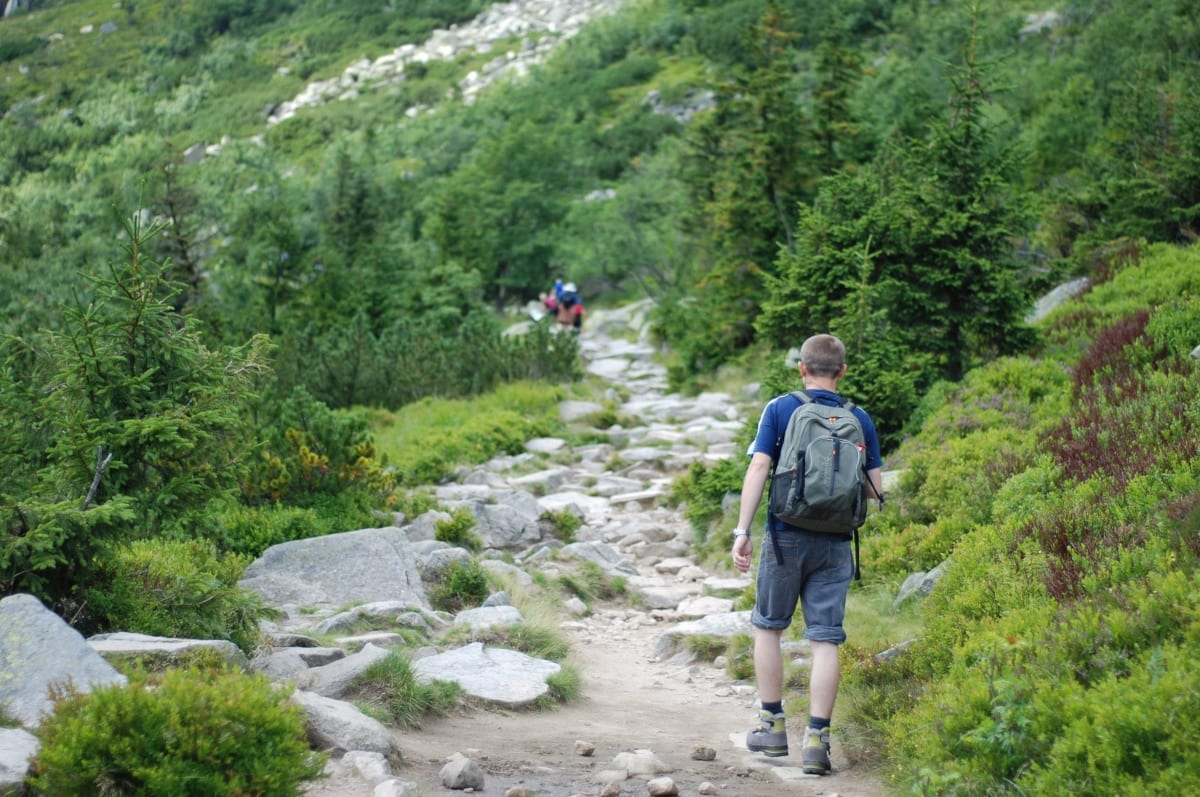
Hiking in Poland
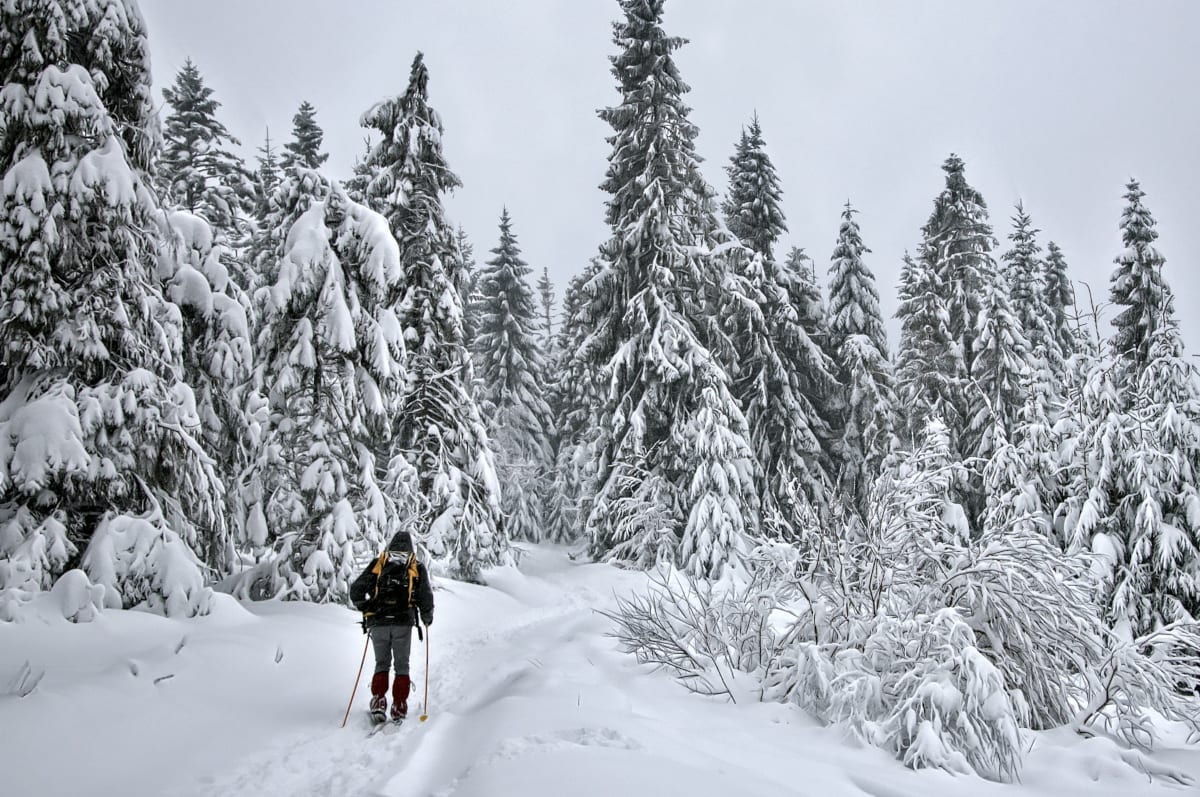
Winter Activities
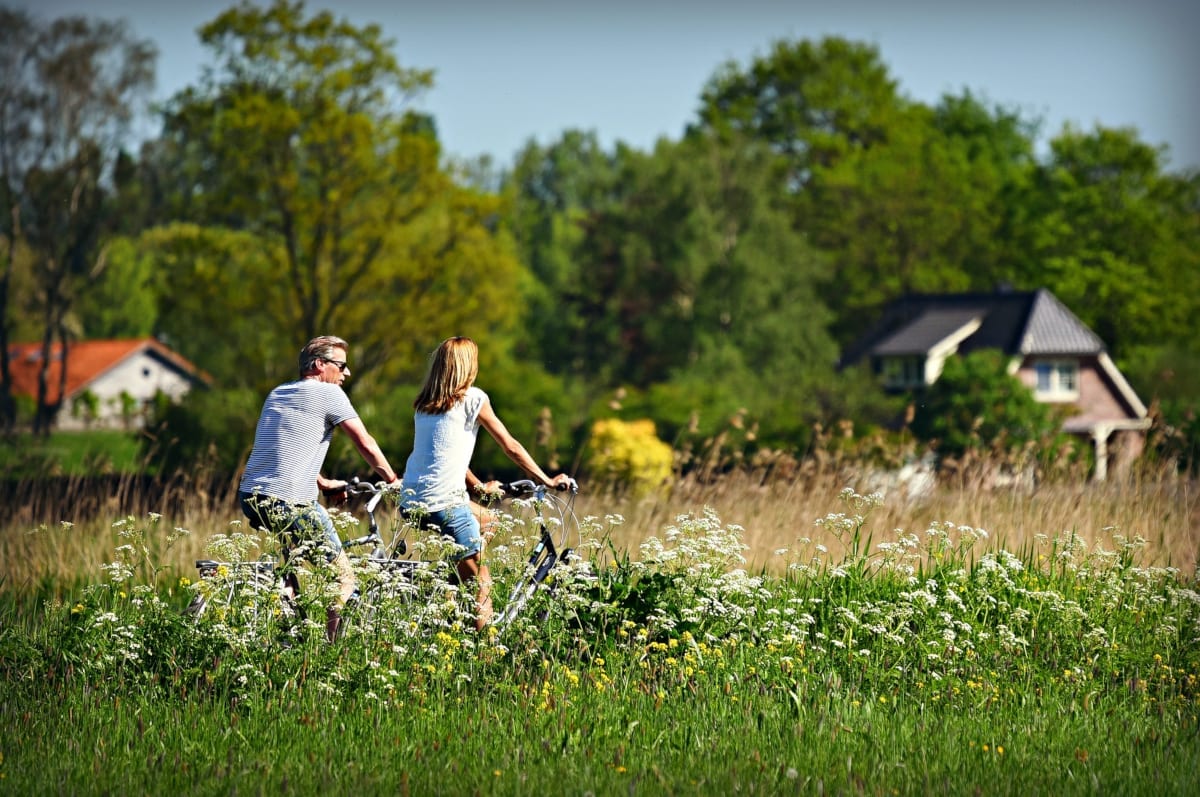
Cycling in Poland
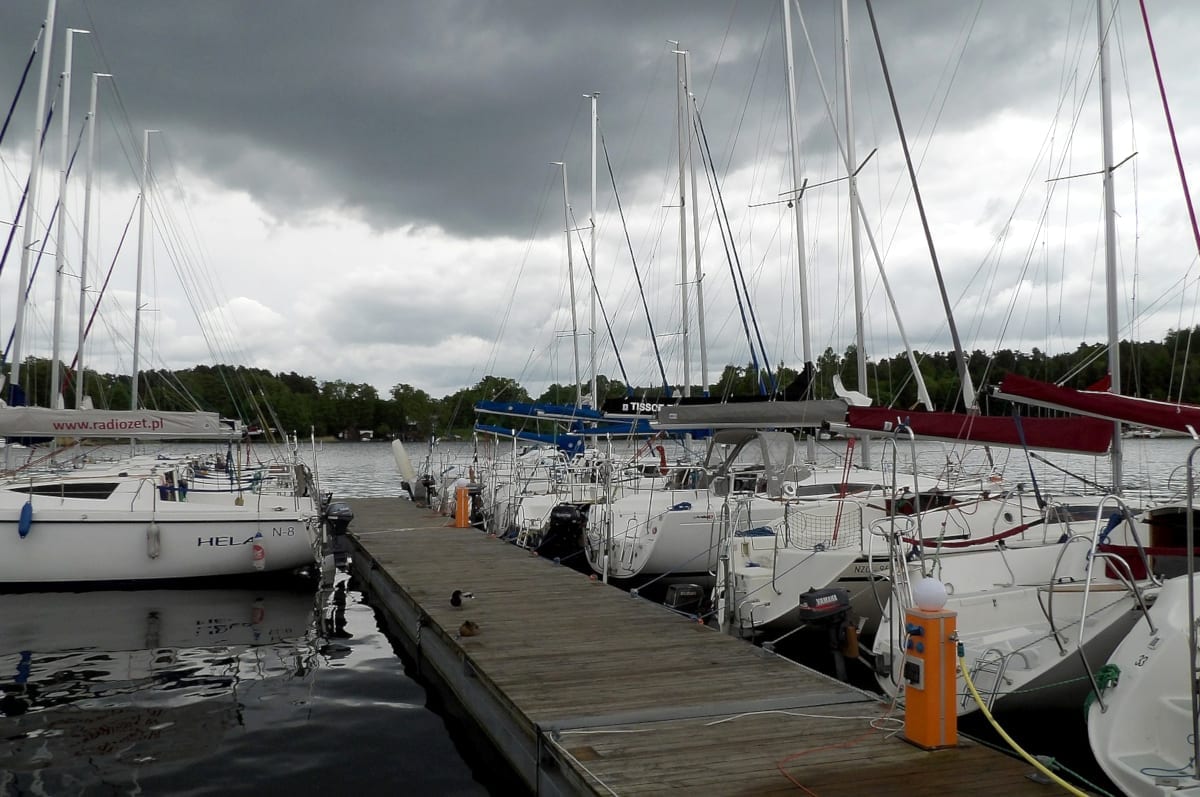
Water Activities
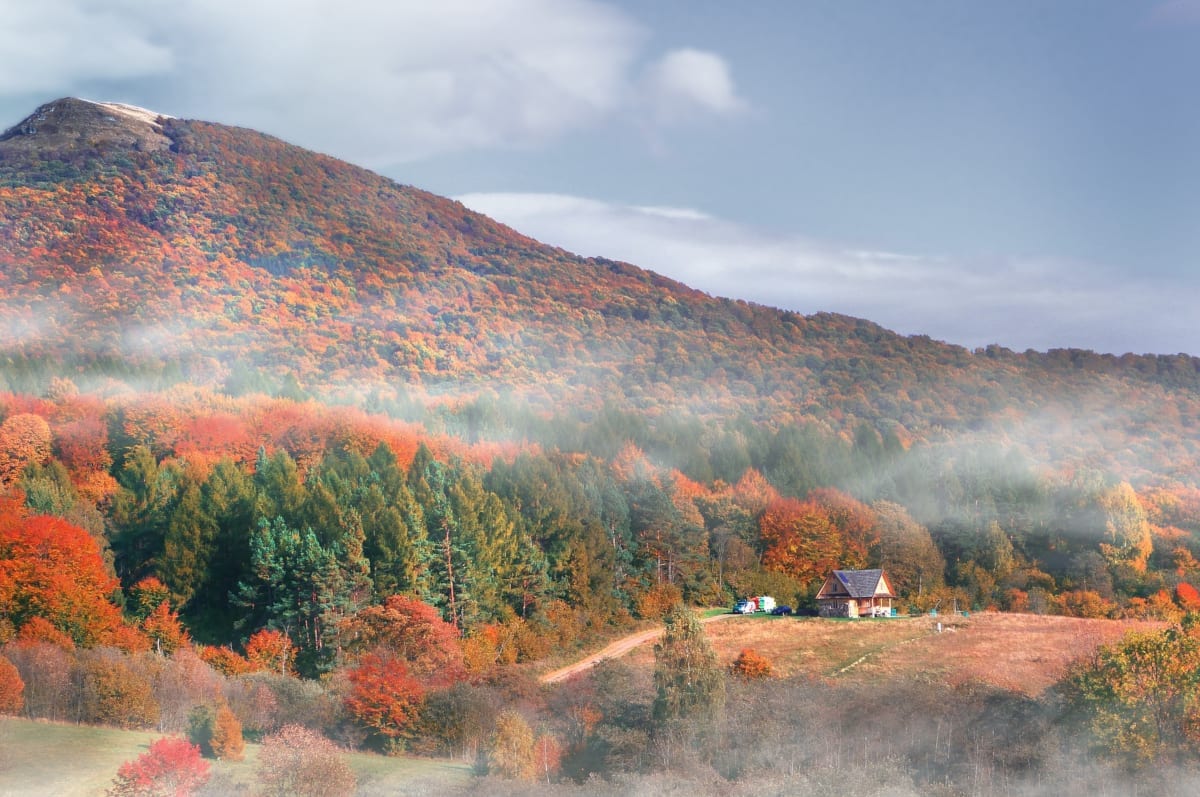
- Bieszczady National Park
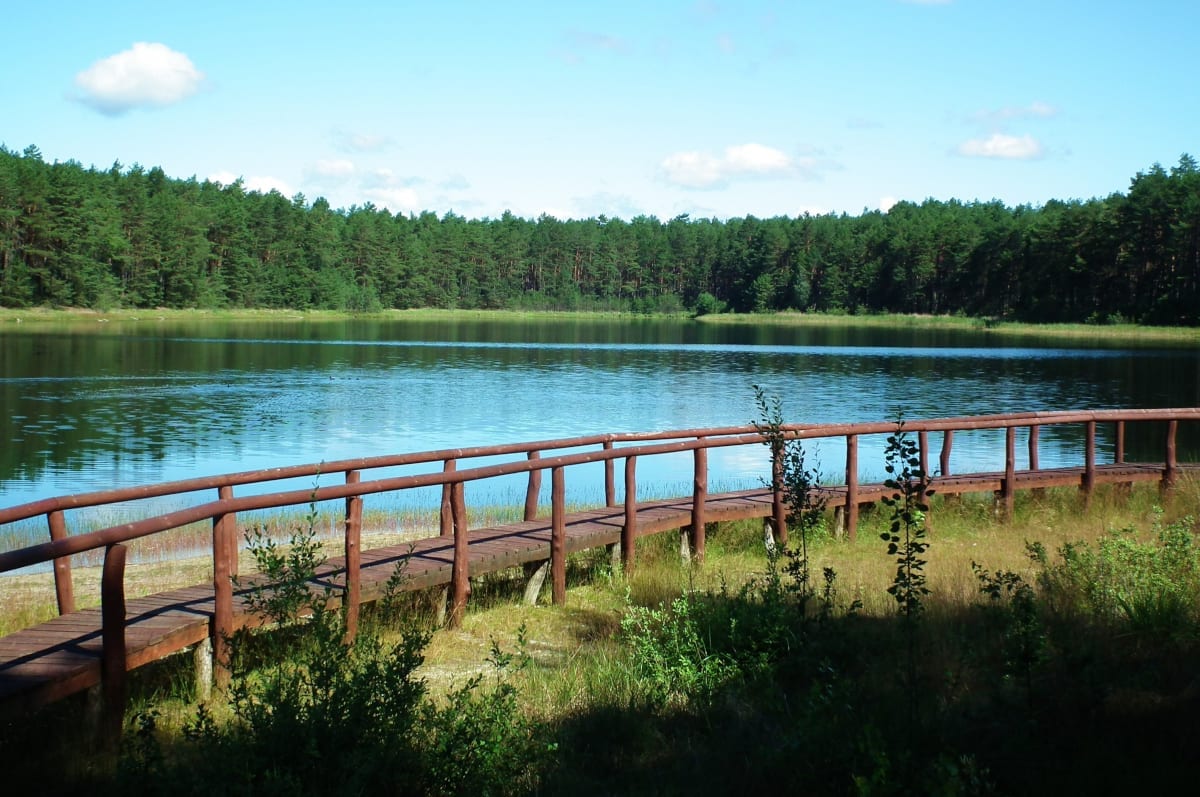
- Bory Tucholskie National Park

- Słowiński National Park
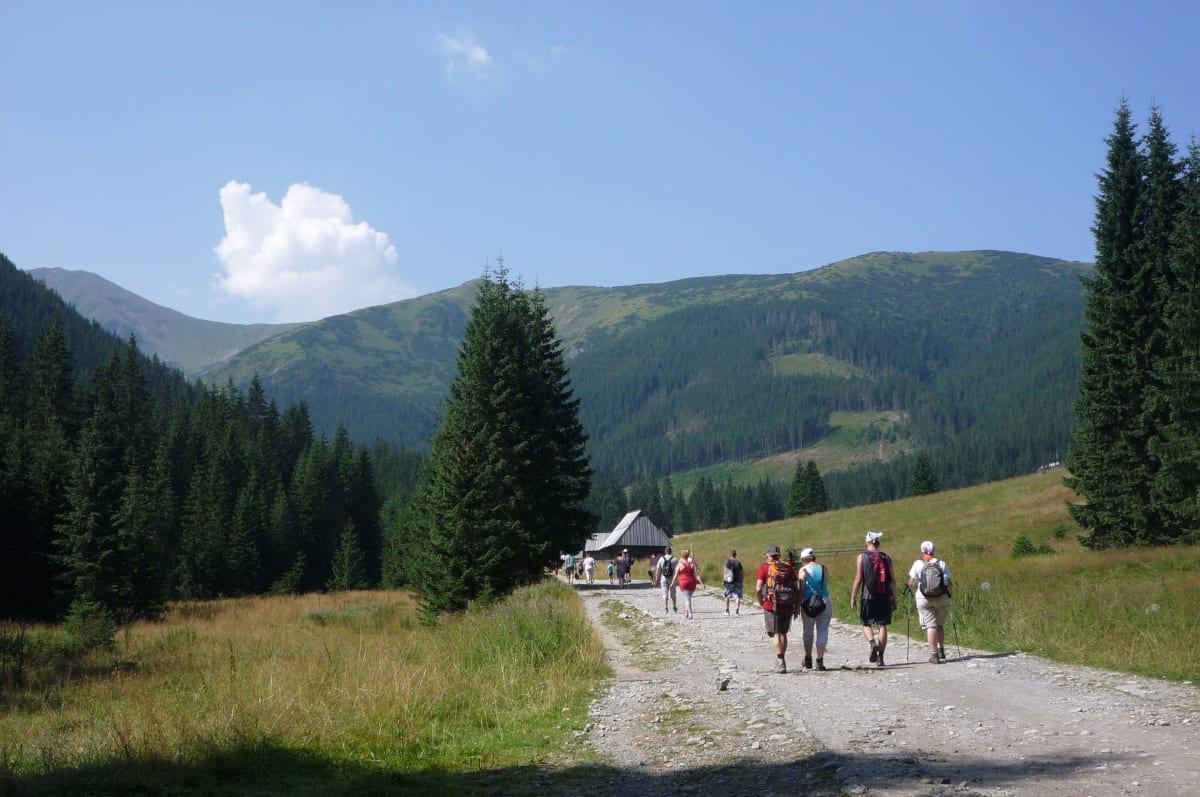
- Tatra National Park
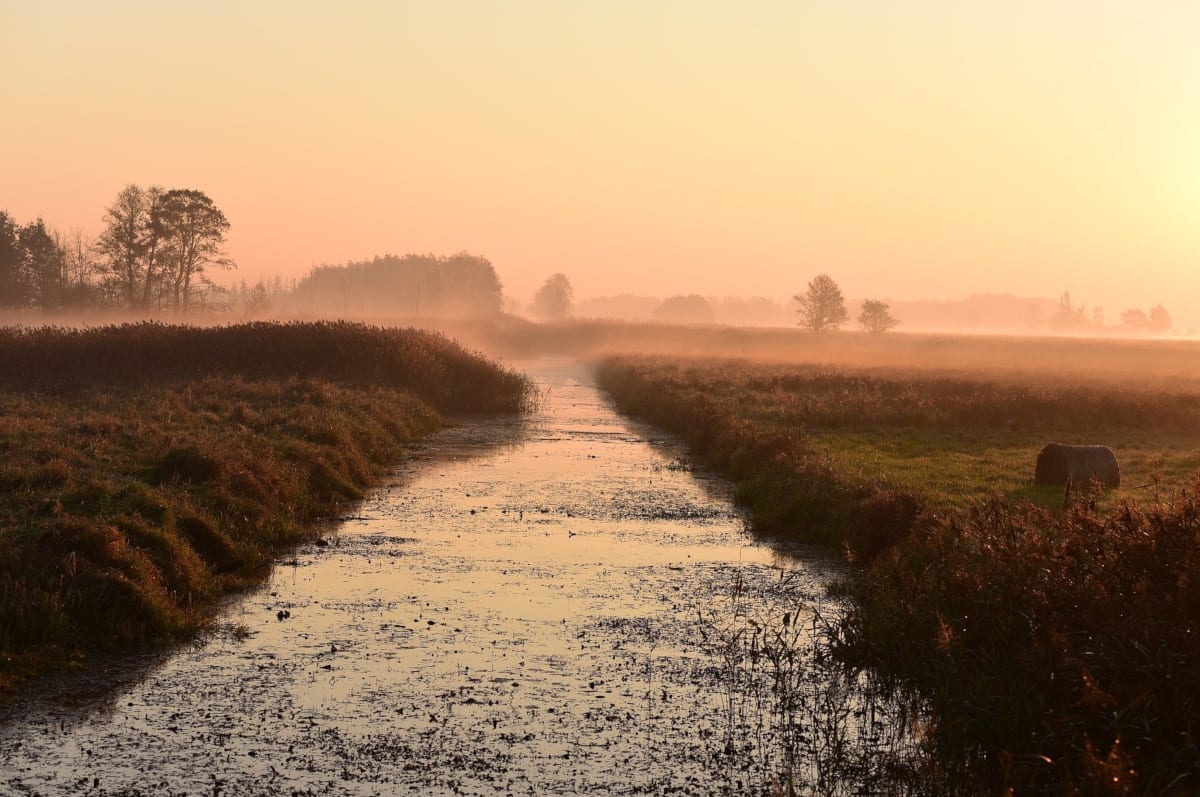
- Kampinos National Park

- Bialowieza National Park
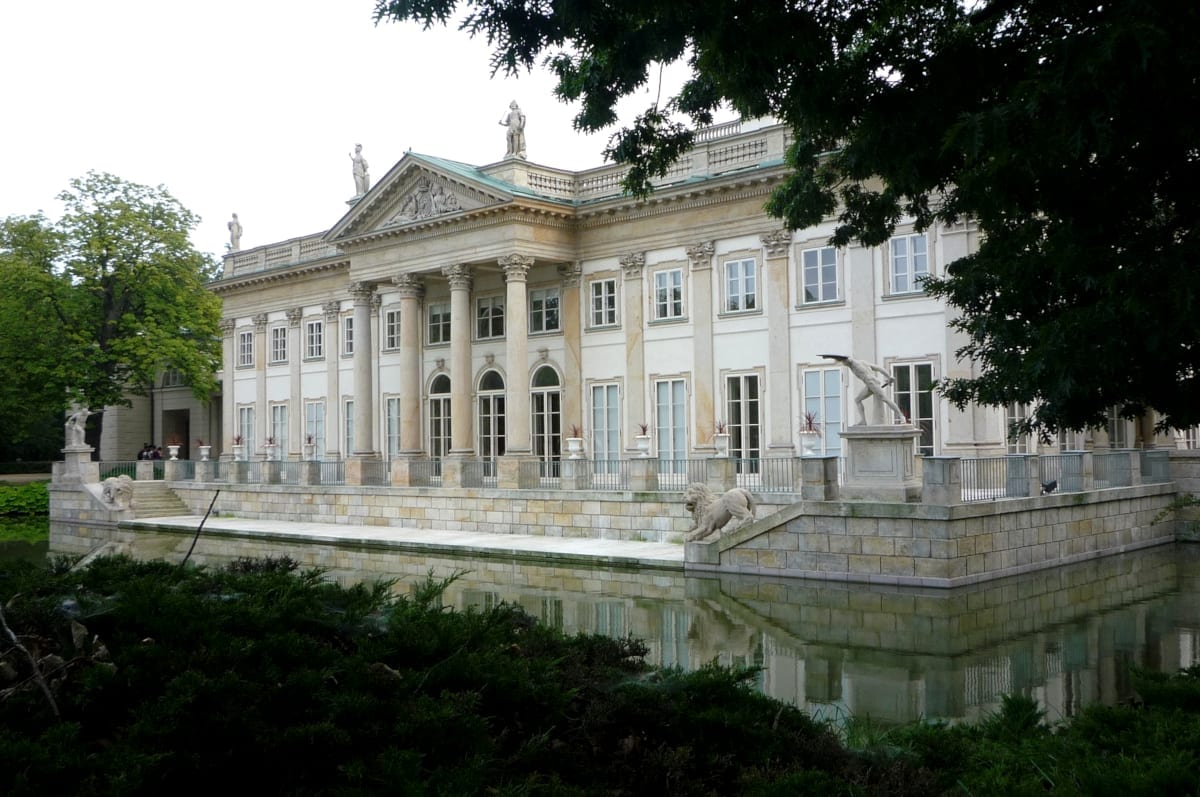
- Lazienki Palace
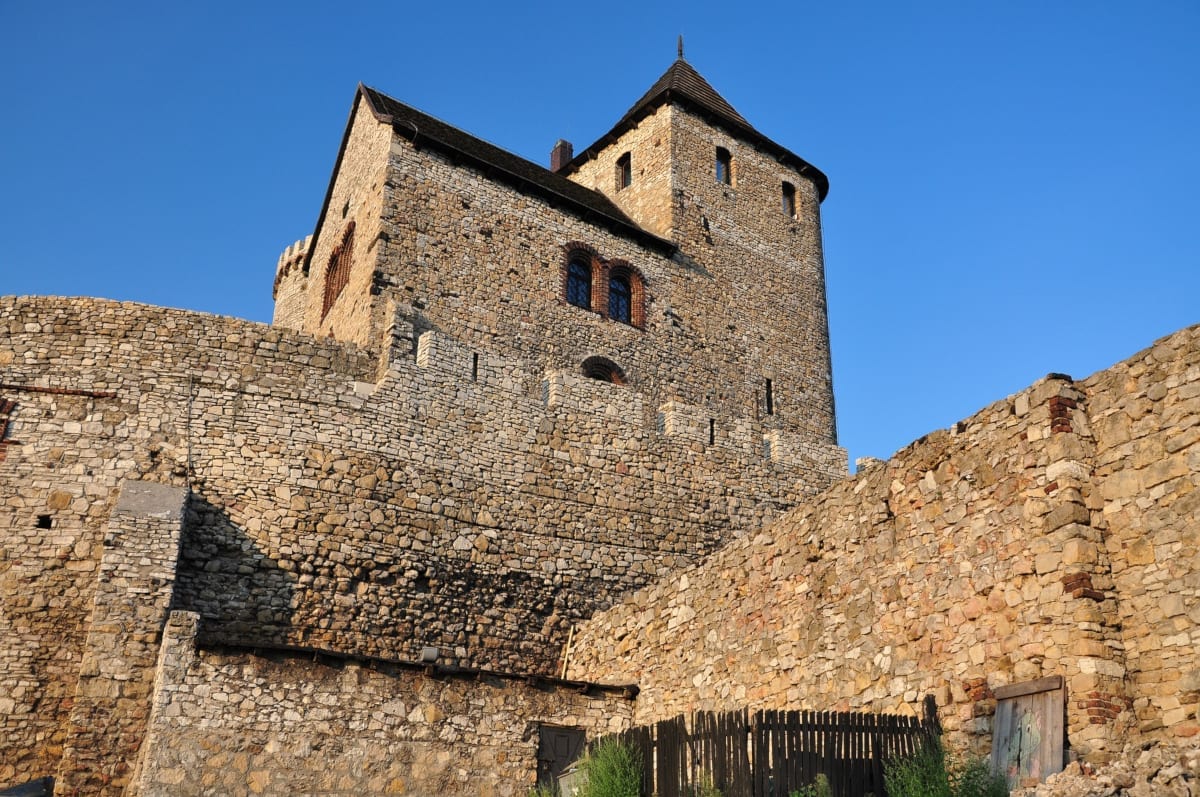
- Bedzin Castle

- Royal Castle Warsaw
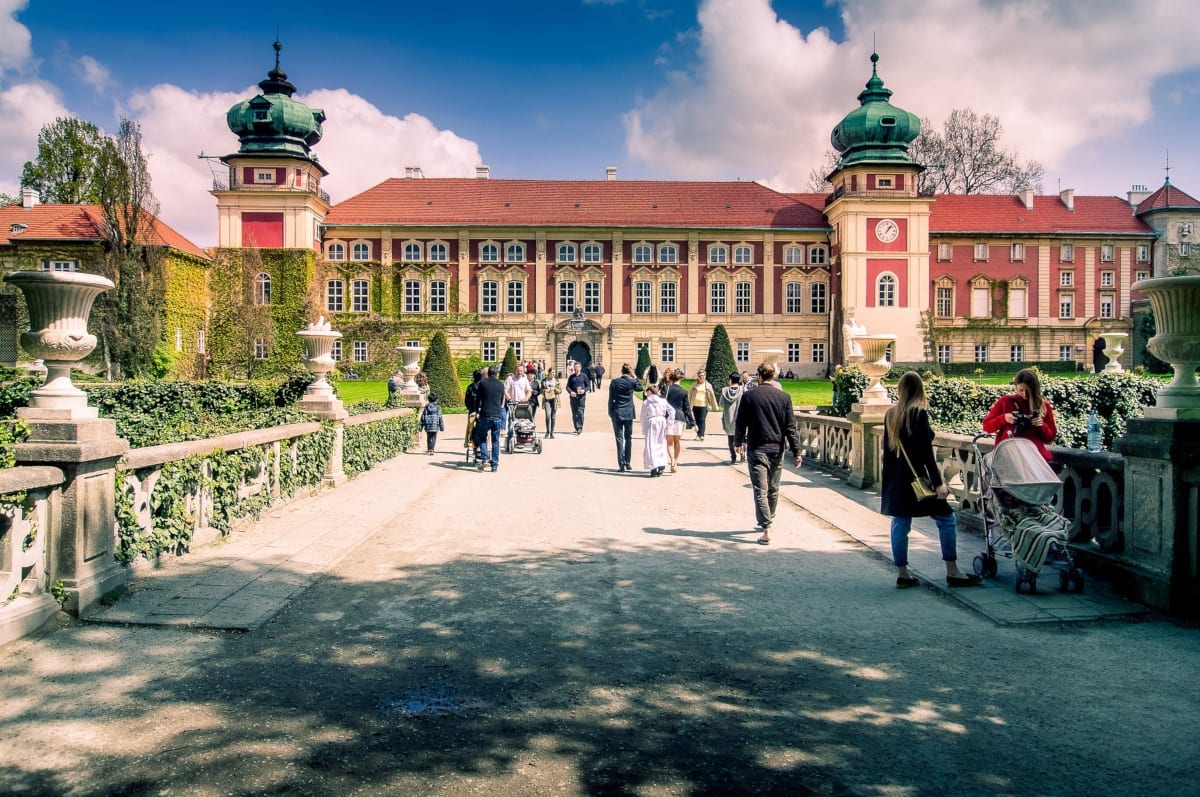
- Lancut Castle
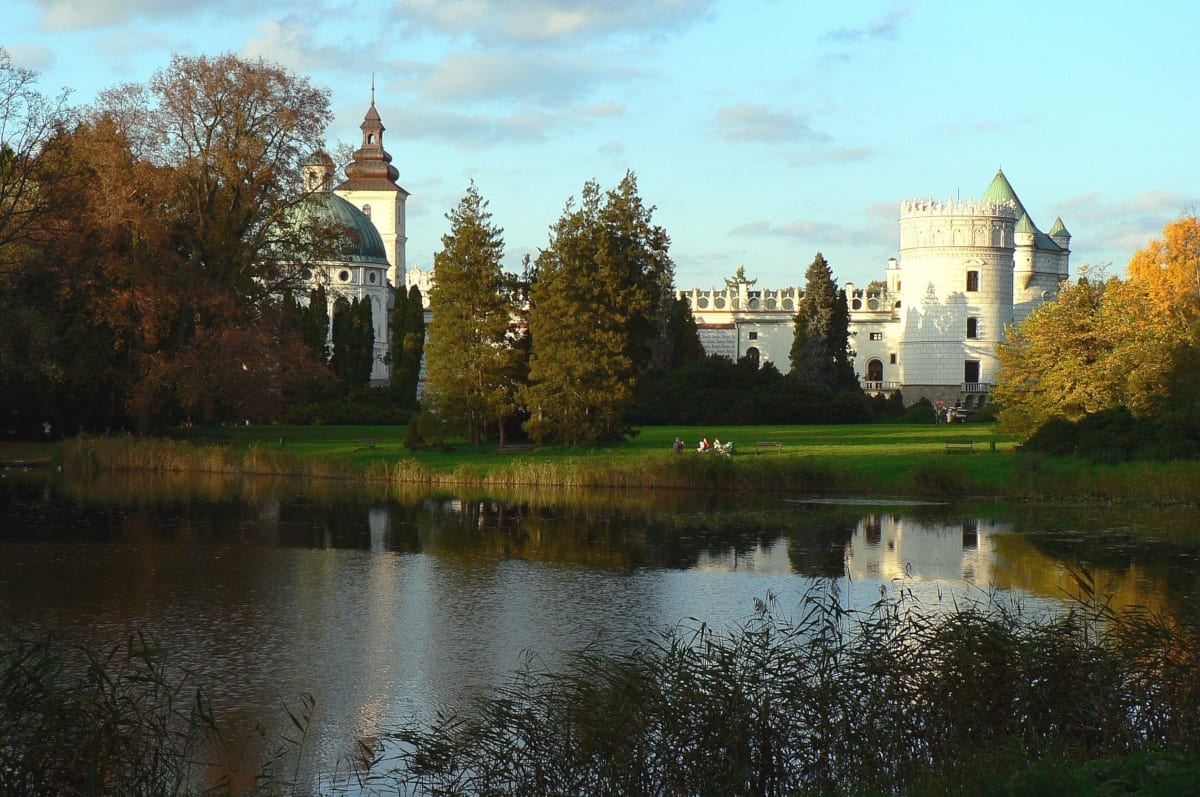
- Krasiczyn Castle

- Krzyztopor Castle
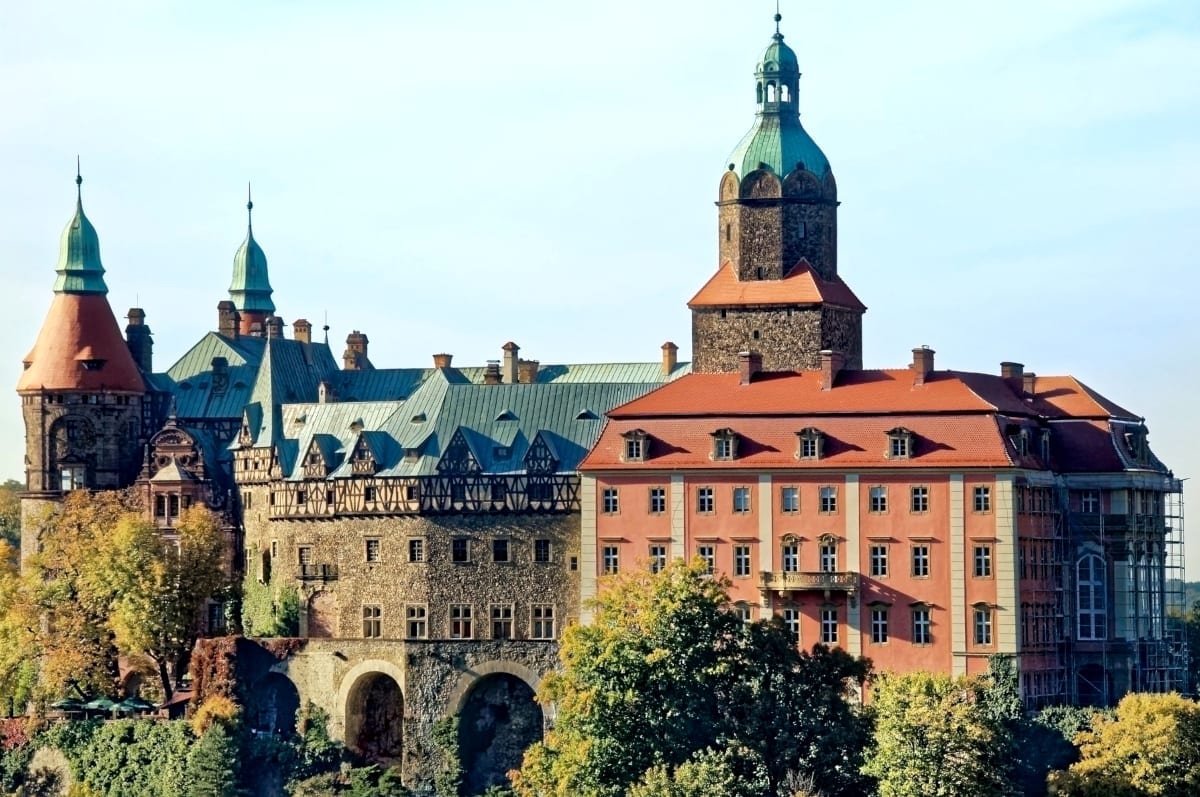
- Ksiaz Castle
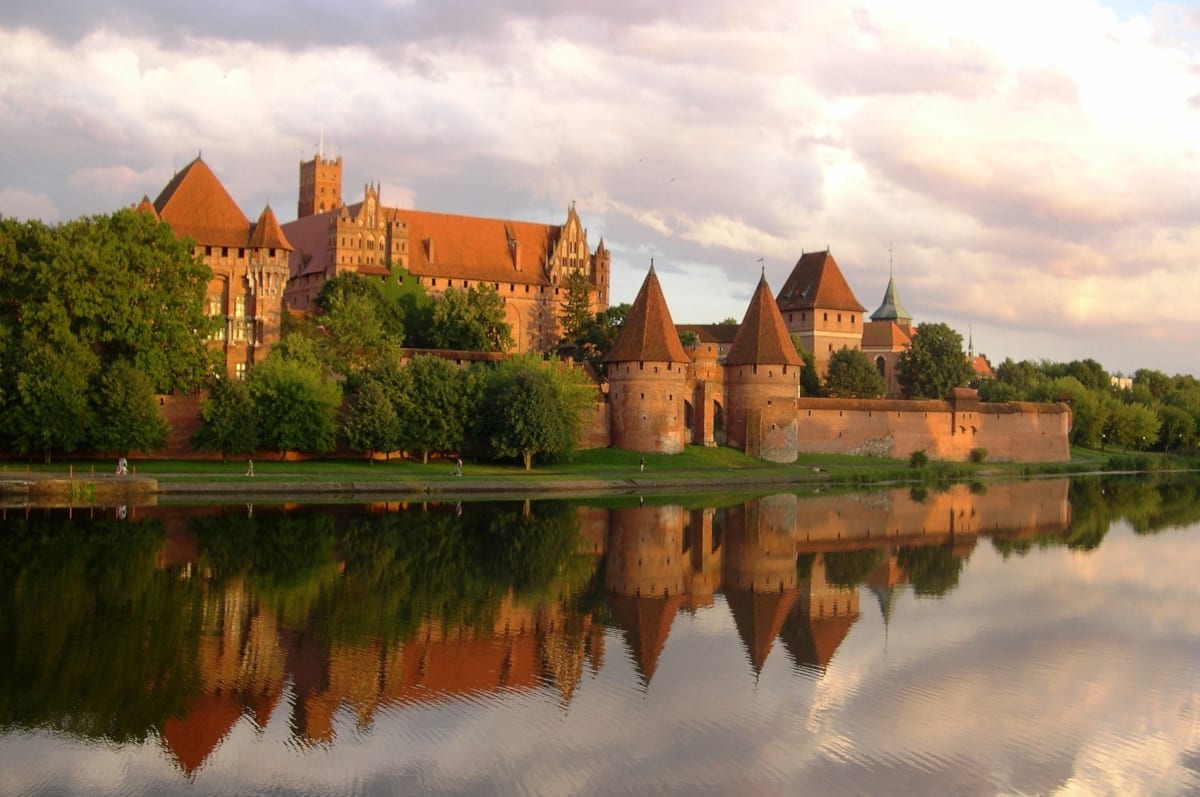
- Malbork Castle
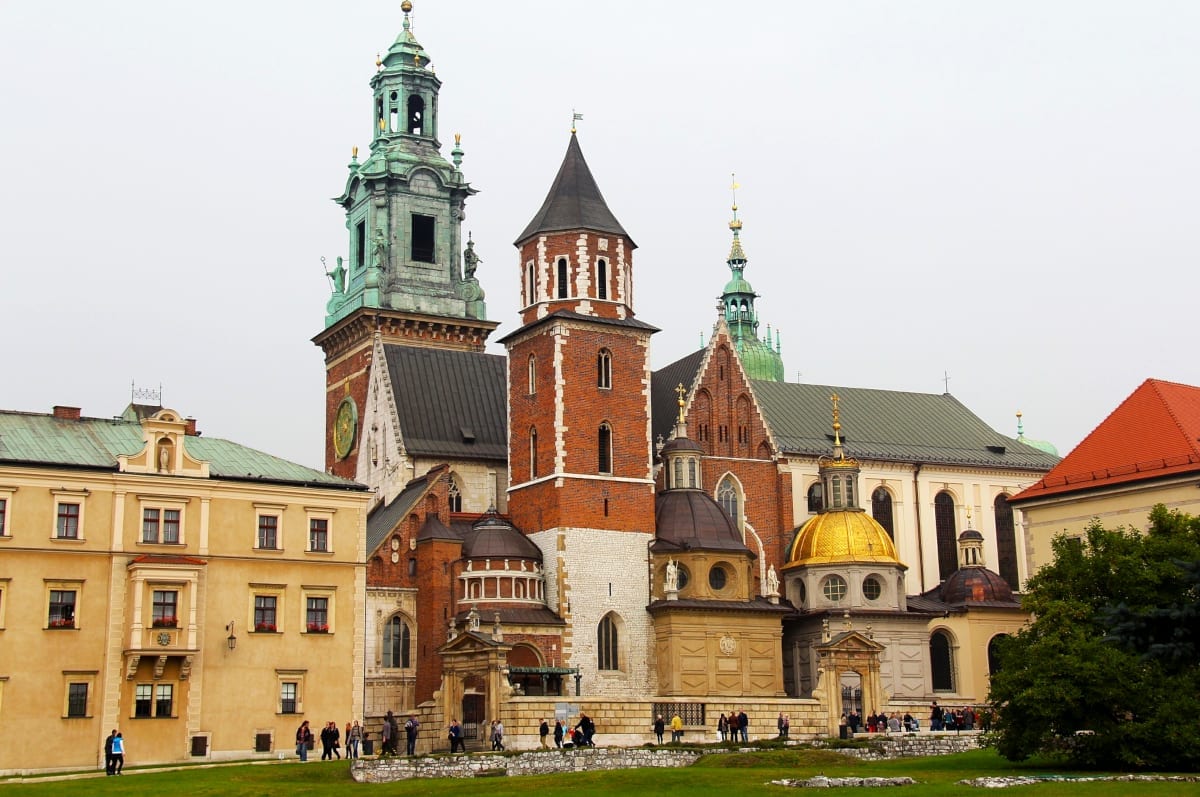
- Wawel Royal Castle
From Warsaw: Small-Group Tour to Bialowieza National Park
Bialowieza National Park is a real phenomenon at a European level. The oldest national park in Poland and one of the oldest in Europe has an extremely diverse variety of flora and fauna. You will find here a whole bunch of plants and animals that occur nowhere else. According to the specialists, Białowieża Forest is home to 25,000 species of animals and more than 1,000 species of plants.
- Auschwitz Birkenau
- Churches of Peace in Jawor and Swidnica
- Historic centre of Krakow
- Historic centre of Warsaw
- Medieval town of Torun
- Wooden Tserkvas of Carpathian Region
- Art & Culture
- Polish cuisine
- Polish language for tourists
- Polish traditions
- Public holidays
- Water activities
- Winter activities
- Majdanek concentration camp
- Miedzyrzecz reinforced region
- Riese complex
- Treblinka concentration camp
- Wolf’s Lair
- Weather forecast
- Kazimierz Dolny
- Łódź (Lodzkie)
- ATOL protected holidays
- Best Poland hotel deals
- Discount car rental
- Hostels in Poland
- Monthly newsletter
- Expats in Warsaw
- Groups, Pages & Links
- Polish football
- Air travel booking options
- Air travel tips for a family vacation
- Air travel tips for parents of young children
- Air travel & pets
- Booking your flight early
- Cheap air travel rates
- Flight deals from the UK
- Prohibited items for carry-on bag
- Business travel for newbies
- Majorca tourist information
- Travel tips
- Share on Facebook
- Share on Twitter
- Share on Pinterest
- Share on Reddit
- Share on LinkedIn
- Share on WhatsApp
- Share on Email
- Share on Instagram

Photos from Poland
See photos of instagramers

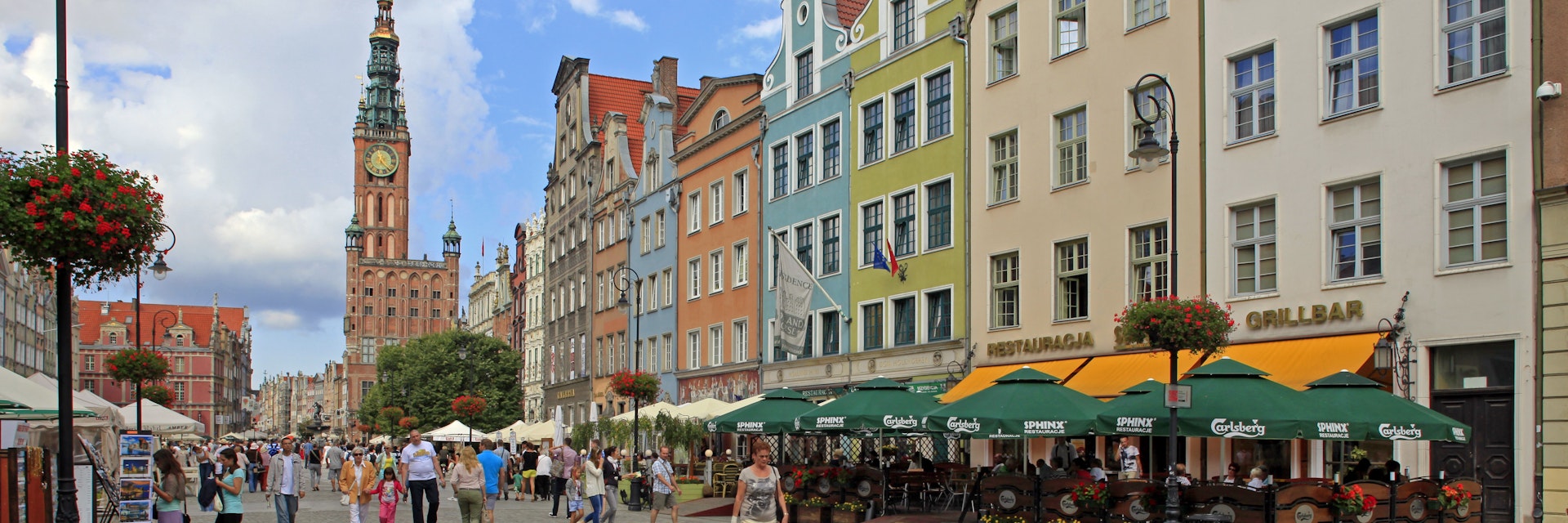
Getty Images
Like a ministate all to itself, Gdańsk has a unique feel that sets it apart from other cities in Poland. Centuries of maritime ebb and flow as a major Baltic port; streets of distinctively un-Polish architecture influenced by a united nations of wealthy merchants who shaped the city’s past; the toing and froing of Danzig/Gdańsk between Teutonic Prussia and Slavic Poland; and the destruction wrought by WWII have all bequeathed a special atmosphere that makes Gdańsk an increasingly popular destination.
Attractions
Must-see attractions.
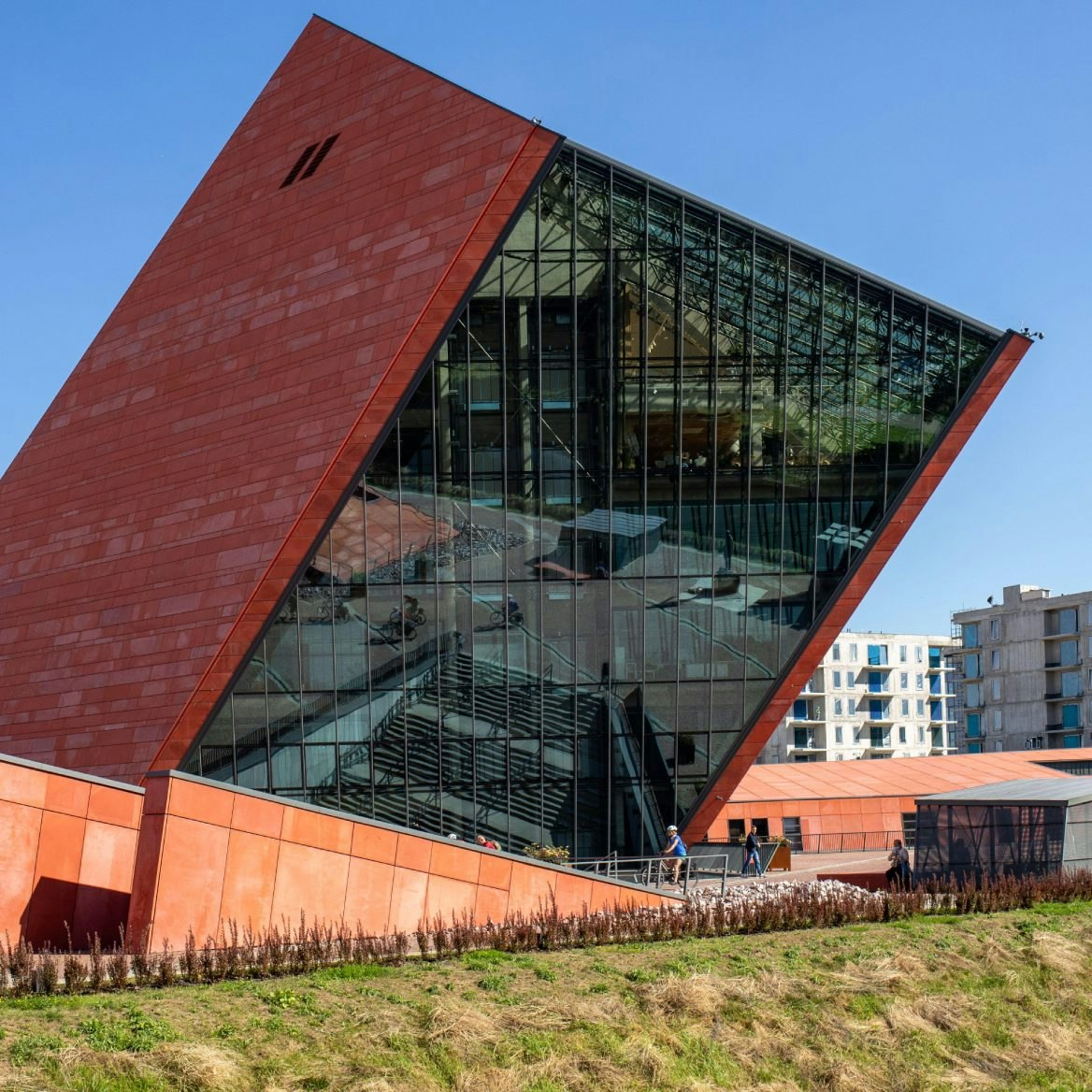
Museum of WWII
Opened in 2016, this striking piece of modern architecture is a bold addition to the northern end of Gdańsk's waterfront. It has rapidly become one of…
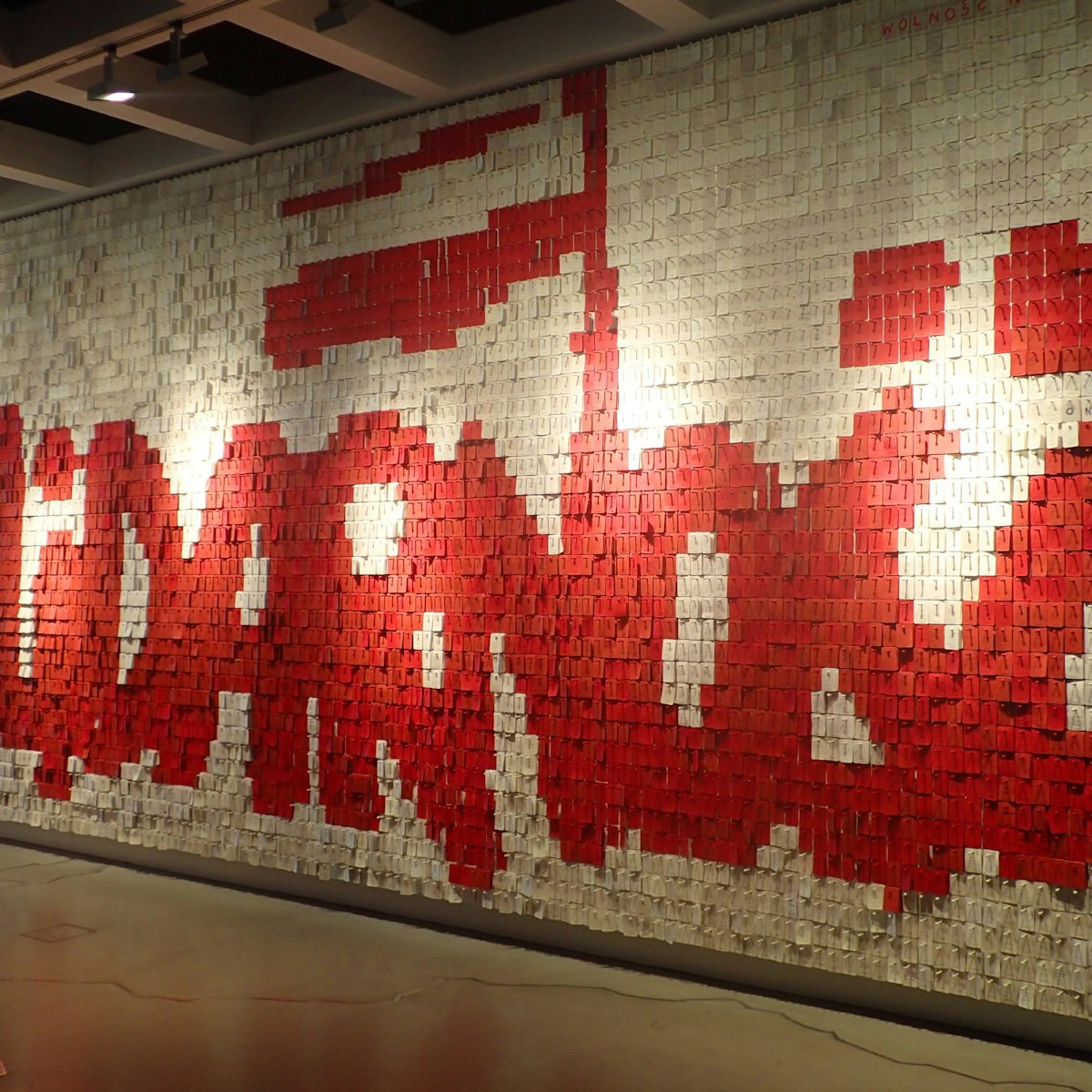
European Solidarity Centre
Opened in 2014, and housed in a truly awful example of 21st-century architecture (its rusty steel plates were designed to evoke ships under construction),…
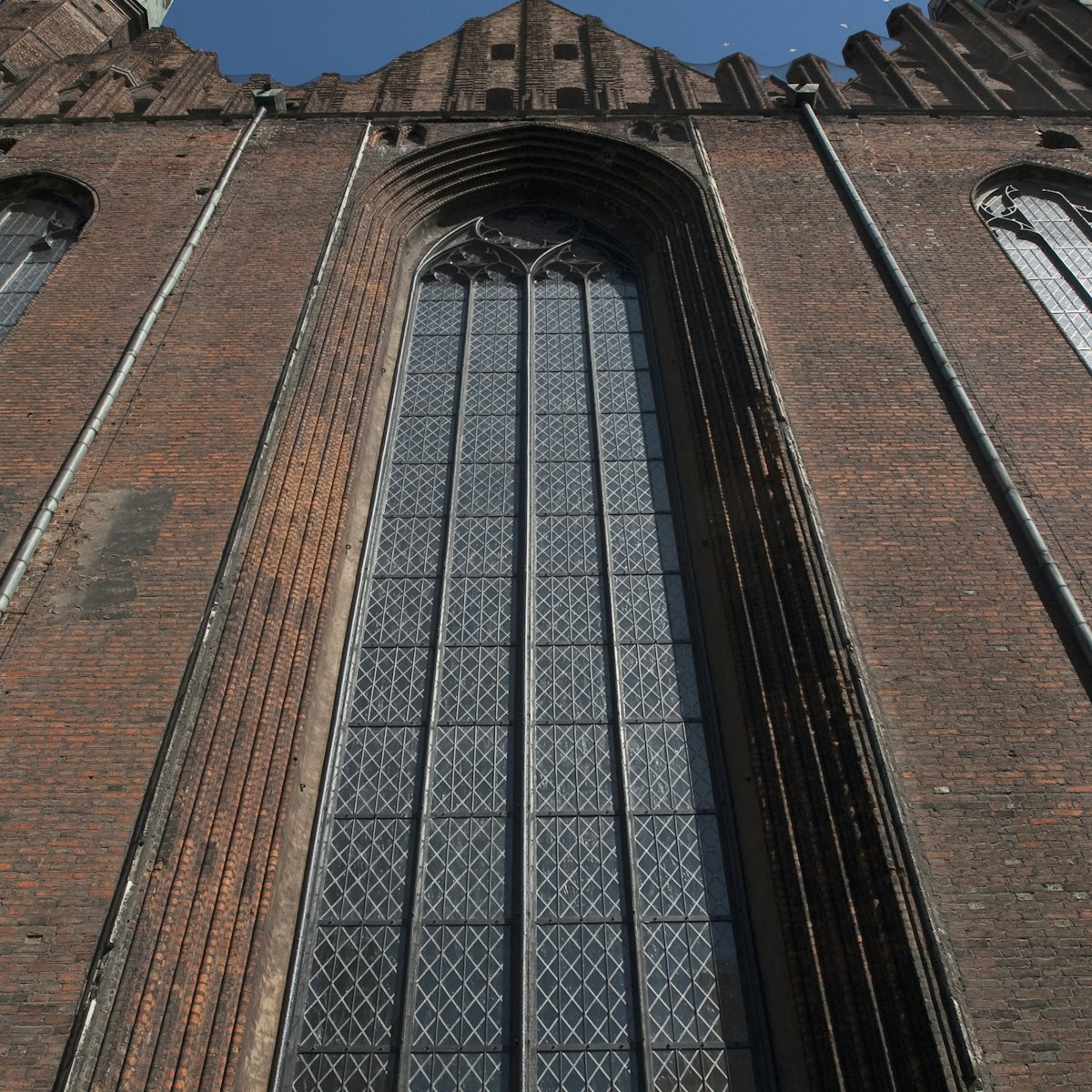
St Mary's Church
Dominating the heart of the Old Town, St Mary’s is often cited as the largest brick church in the world, its massive 78m-high tower dominating the Gdańsk…
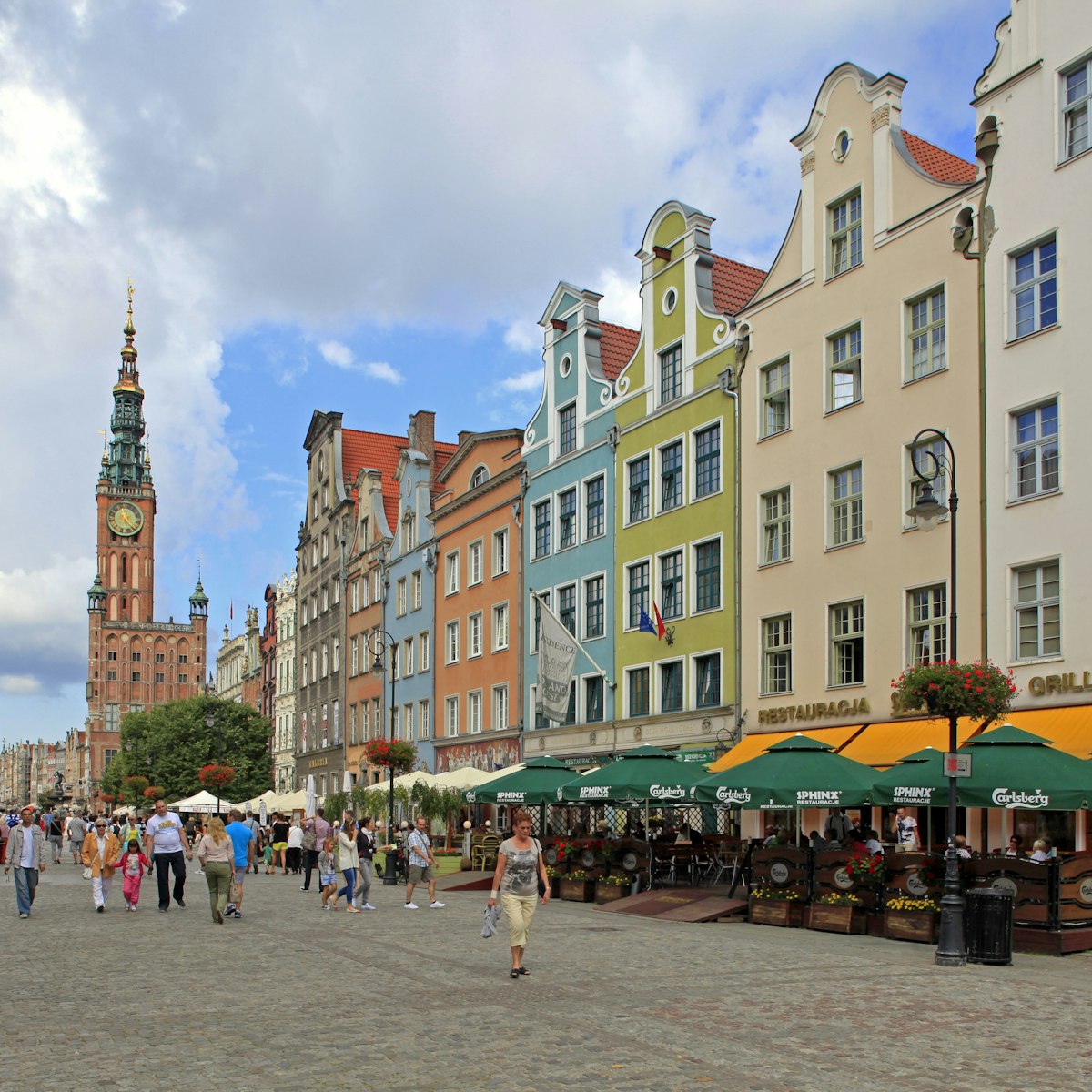
Długi Targ was once the main city market and is now the major focus for visitors. Things have gotten a bit touristy here over the last decade (dubious…
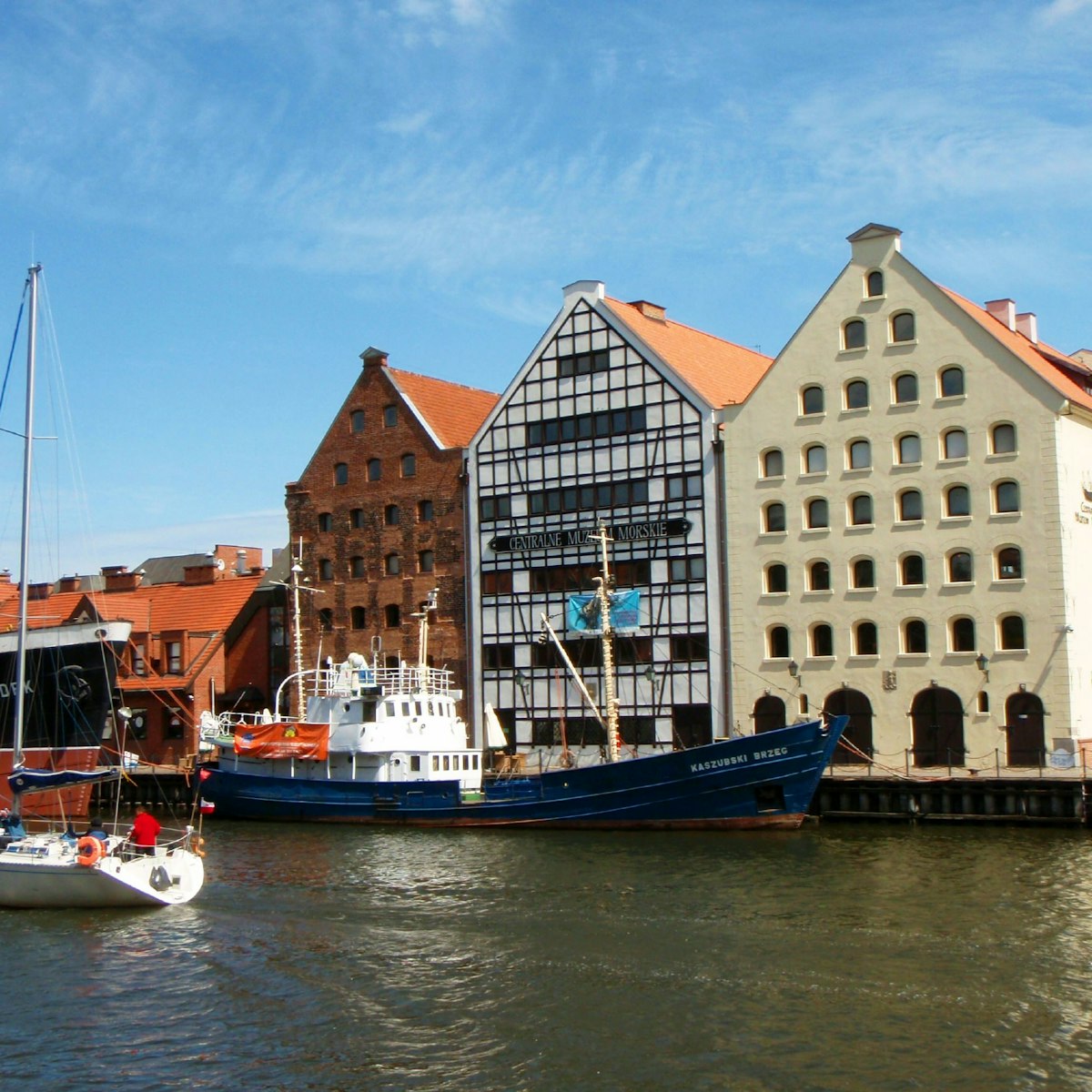
National Maritime Museum
This is a sprawling exhibition covering Gdańsk's role as a Baltic seaport through the centuries. The headquarters, the multimillion-euro Maritime Cultural…
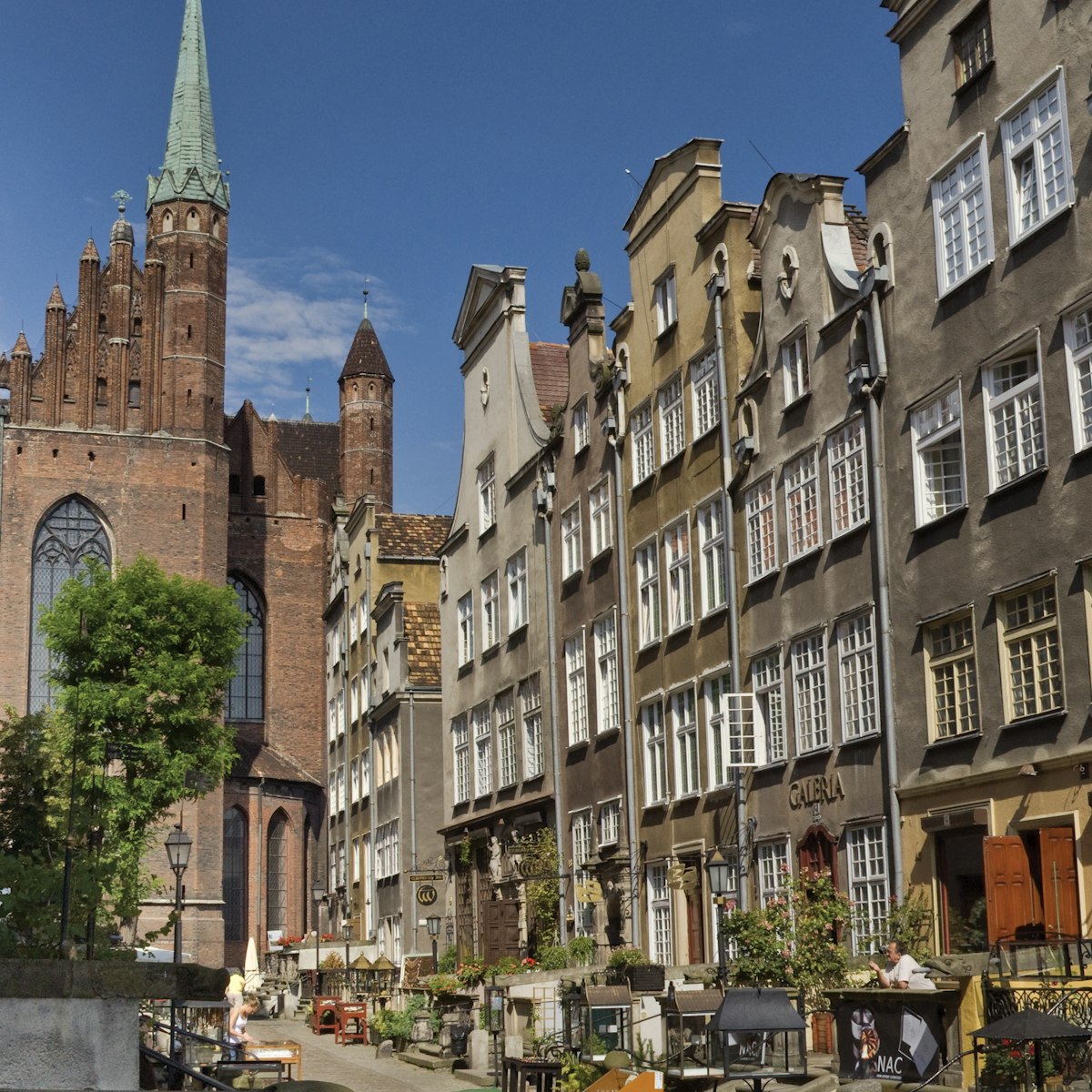
Ulica Mariacka
The most atmospheric of all Gdańsk's streets and one of Poland’s most photogenic lanes is this length of cobbles between the waterfront St Mary’s Gate and…

Artus Court Museum
Rising in all its embellished grandeur behind the Neptune Fountain, the Artus Court is perhaps the single best-known house in Gdańsk. The court has been…

St Bridget's Church
Founded over 700 years ago, St Bridget’s was reduced to medieval brick dust in 1945, and until 1970 only the outer walls were left standing. Very little…
Latest stories from Gdańsk
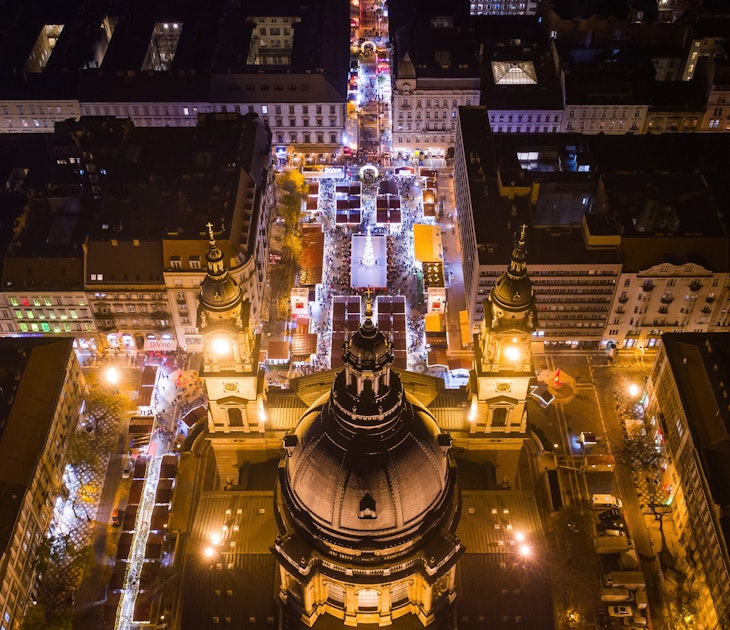
Festivals & Events
Dec 11, 2019 • 2 min read
With so many cities around Europe hosting amazing Christmas markets, visitors are spoiled for choice every December. While they all have different things…
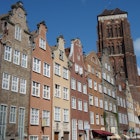
Sep 8, 2017 • 5 min read
in partnership with getyourguide
Book popular activities in Gdańsk
Purchase our award-winning guidebooks.
Get to the heart of Gdańsk with one of our in-depth, award-winning guidebooks, covering maps, itineraries, and expert guidance.
- Travel, Tourism & Hospitality
Travel and tourism in Poland - statistics & facts
Travel behavior, covid-19 impact on tourism, key insights.
Detailed statistics
Number of hotels in Poland 2000-2022
Number of arrivals in tourist accommodation Poland 2006-2021
International tourist spending in Poland 2018-2022
Editor’s Picks Current statistics on this topic
Current statistics on this topic.
Destinations
Leading outbound travel destinations from Poland 2020-2022
Accommodation
Leisure Travel
International tourist visitors to Poland 2020-2022, by country of residence
Related topics
Tourism in cee.
- Travel and tourism in Croatia
- Travel and tourism in Hungary
- Travel and tourism in Latvia
- Travel and tourism in Czechia
Recommended statistics
- Premium Statistic International tourist spending in Poland 2018-2022
- Premium Statistic Online travel and tourism expenditures in Poland 2023
- Premium Statistic Number of arrivals in tourist accommodation Poland 2006-2021
- Premium Statistic Number of international tourist arrivals in Poland 2014-2029
- Premium Statistic Package holidays: household expenditure in Poland 2010-2022
- Premium Statistic Consumer spending on accommodation services in Poland 2010-2022
- Premium Statistic Average price per night for two people in Poland 2019-2023
- Premium Statistic Prices of tours for summer holiday in Poland 2020-2024, by destination
- Premium Statistic Cost of a seven-day stay in hotels in Poland 2023, by tourist destination
- Premium Statistic Places where Polish people want to spend this year's vacation 2023
International tourists expenditure in Poland from 2018 to 2022 (in million zloty)
Online travel and tourism expenditures in Poland 2023
Annual spending on online travel and tourism in Poland in 2023, by type (in million U.S. dollars)
Number of arrivals in tourist accommodation in Poland from 2006 to 2021 (in millions)
Number of international tourist arrivals in Poland 2014-2029
Number of international tourist arrivals in Poland from 2014 to 2029 (in millions)
Package holidays: household expenditure in Poland 2010-2022
Household consumption expenditure on package holidays in Poland from 2010 to 2022 (in million zloty)
Consumer spending on accommodation services in Poland 2010-2022
Household consumption expenditure on accommodation services in Poland from 2010 to 2022 (in million zloty)
Average price per night for two people in Poland 2019-2023
Average price per night in a hotel room for two people during the high season in Poland from 2019 to 2023 (in zloty)
Prices of tours for summer holiday in Poland 2020-2024, by destination
Prices of tours for summer holiday in Poland from 2020 to 2024, by destination (in zloty)
Cost of a seven-day stay in hotels in Poland 2023, by tourist destination
Average price of a seven-day stay in hotels in Poland in 2023, by tourist destination (in zloty)
Places where Polish people want to spend this year's vacation 2023
Places where people in Poland want to spend this year's vacation in 2023
Inbound tourism
- Basic Statistic Inbound tourism: international arrivals in Poland 2009-2021
- Premium Statistic Inbound overnight tourist arrivals in Poland 2009-2021
- Premium Statistic Inbound same-day tourist arrivals in Poland 2009-2021
- Premium Statistic Number of inbound tourist trips to Poland 2020-2022, by purpose
- Premium Statistic International tourist visitors to Poland 2020-2022, by country of residence
- Premium Statistic Inbound same-day tourist trips to Poland 2020-2022, by country of origin
- Premium Statistic Spending of inbound tourist trips to Poland 2020-2022, by country of residence
- Premium Statistic Age of inbound tourists visiting Poland in 2022
Inbound tourism: international arrivals in Poland 2009-2021
Number of inbound visitor arrivals to Poland from 2009 to 2021* (in 1,000s)
Inbound overnight tourist arrivals in Poland 2009-2021
Number of inbound overnight visitors in Poland from 2009 to 2021 (in 1,000s)
Inbound same-day tourist arrivals in Poland 2009-2021
Number of inbound same-day visitor arrivals in Poland from 2009 to 2021 (in 1,000s)
Number of inbound tourist trips to Poland 2020-2022, by purpose
Number of non-resident tourist trips to Poland from 2020 to 2022, by main purpose (in 1,000s)
Number of international tourists visiting Poland from 2020 to 2022, by country of residence (in 1,000s)
Inbound same-day tourist trips to Poland 2020-2022, by country of origin
Number of same-day tourist trips of non-residents to Poland from 2020 to 2022, by country of origin (in millions)
Spending of inbound tourist trips to Poland 2020-2022, by country of residence
Spending of international tourists in Poland from 2020 to 2022, by country of residence (in billion zloty)
Age of inbound tourists visiting Poland in 2022
Share of inbound tourist trips by non-residents to Poland 2022, by age group
Domestic tourism
- Premium Statistic Overnight domestic tourism in Poland from 2012 to 2021
- Premium Statistic Number of domestic tourist trips in Poland 2021-2022, by month
- Premium Statistic Number of domestic tourism trips in Poland 2020-2022, by purpose
- Premium Statistic Share of domestic tourism trips in Poland 2022, by accommodation type
- Premium Statistic Share of domestic tourist trips in Poland 2020-2022, by transport
- Premium Statistic Domestic tourist expenses in Poland 2022, by type and trip duration
Overnight domestic tourism in Poland from 2012 to 2021
Number of domestic overnight visitors in Poland from 2012 to 2021 (in 1,000s)
Number of domestic tourist trips in Poland 2021-2022, by month
Number of domestic tourist trips taken in Poland from 2021 to 2022, by month* (in millions)
Number of domestic tourism trips in Poland 2020-2022, by purpose
Number of domestic tourism trips in Poland from 2020 to 2022, by main purpose* (in 1,000s)
Share of domestic tourism trips in Poland 2022, by accommodation type
Share of domestic tourist trips taken in Poland in 2022, by main accommodation used
Share of domestic tourist trips in Poland 2020-2022, by transport
Share of domestic tourist trips taken in Poland from 2020 to 2022, by mode of transport*
Domestic tourist expenses in Poland 2022, by type and trip duration
Expenses of domestic tourists on trips in Poland in 2022, by type and trip duration (in million zloty)
Outbound tourism
- Basic Statistic Number of outbound trips made from Poland 2012-2021
- Premium Statistic Number of international tourist trips in Poland 2021-2022, by month
- Premium Statistic Leading outbound travel destinations from Poland 2020-2022
- Premium Statistic Number of outbound tourist trips from Poland 2020-2022, by purpose
- Premium Statistic Share of outbound tourist trips in Poland 2022, by accommodation
- Premium Statistic Outbound tourism expenses in Poland 2022, by type and trip duration
Number of outbound trips made from Poland 2012-2021
Number of outbound overnight trips from Poland from 2012 to 2021 (in 1,000s)
Number of international tourist trips in Poland 2021-2022, by month
Number of outbound tourism trips taken from Poland from 2021 to 2022, by month* (in millions)
Number of outbound tourism trips from Poland from 2020 to 2022, by destination country* (in 1,000s)
Number of outbound tourist trips from Poland 2020-2022, by purpose
Number of outbound tourist trips from Poland from 2020 to 2022, by main purpose* (in 1,000s)
Share of outbound tourist trips in Poland 2022, by accommodation
Share of outbound tourist trips taken in Poland in 2022, by main accommodation used
Outbound tourism expenses in Poland 2022, by type and trip duration
Expenses of outbound tourist trips from Poland in 2022, by type and trip duration (in million zloty)
- Premium Statistic Number of hotels in Poland 2020-2022, by star rating
- Premium Statistic Number of hotel rooms in Poland 2000-2022
- Premium Statistic Occupancy rate in hotels in Poland 2019-2023
- Premium Statistic Household spending at current prices on restaurants and hotels in Poland 2007-2022
- Premium Statistic Per capita monthly spending on restaurants and hotels in Poland 2000-2022
- Premium Statistic ADR in hotels in Poland 2019-2023
- Premium Statistic RevPAR of hotels in Poland 2019-2023, by city
- Premium Statistic Value of hotel investments in Poland 2000-2022
Number of hotels in Poland 2020-2022, by star rating
Number of hotels in Poland from 2020 to 2022, by star rating
Number of hotel rooms in Poland 2000-2022
Number of hotel rooms in Poland from 2000 to 2022
Occupancy rate in hotels in Poland 2019-2023
Occupancy rate in hotels in Poland between June 2019 and June 2023
Household spending at current prices on restaurants and hotels in Poland 2007-2022
Household consumption expenditure at current prices on restaurants and hotels in Poland from 2007 to 2022 (in million euros)
Per capita monthly spending on restaurants and hotels in Poland 2000-2022
Average monthly per capita expenditure on restaurants and hotels in Poland from 2000 to 2022 (in zloty)
ADR in hotels in Poland 2019-2023
Average daily rate in hotels in Poland between June 2019 and June 2023 (in zloty)
RevPAR of hotels in Poland 2019-2023, by city
Revenue per available room of hotels in Poland between June 2019 and June 2023, by city (in zloty)
Value of hotel investments in Poland 2000-2022
Value of hotel investments in Poland from 2000 to 2022 (in million zloty)
- Premium Statistic Tourist activity of Poles 1992-2023
- Premium Statistic Share of people who traveled for leisure or tourism in Poland 2012-2023
- Premium Statistic Holiday destinations of Poles 2020-2023
- Premium Statistic Popular regions in which tourists spent their holidays in Poland 2022-2023, by region
- Premium Statistic Total number of days spent on leisure or tourism in Poland 2012-2023
- Premium Statistic Planning holiday destinations in Poland 2016-2024
- Premium Statistic Spending on holiday trips and activities in Poland 2021-2023
Tourist activity of Poles 1992-2023
Share of people travelling for leisure in Poland from 1992 to 2023
Share of people who traveled for leisure or tourism in Poland 2012-2023
Share of people who traveled for leisure or tourism for at least 2 days, including at least one overnight stay in Poland from 2012 to 2023
Holiday destinations of Poles 2020-2023
In which country have you been on vacation?
Popular regions in which tourists spent their holidays in Poland 2022-2023, by region
Popular regions in which tourists spent their holidays in Poland from 2022 to 2023, by voivodeship
Total number of days spent on leisure or tourism in Poland 2012-2023
Total number of days spent on leisure or tourism in Poland from 2012 to 2023
Planning holiday destinations in Poland 2016-2024
Vacation plans of the residents of Poland from 2016 to 2024, by destination
Spending on holiday trips and activities in Poland 2021-2023
Amount spent on holiday trips and activities in Poland from 2021 to 2023
Tourism companies
- Premium Statistic Number of registered travel companies in Poland 2018-2024
- Premium Statistic Number of registered travel companies in Poland 2022-2024, by voivodeship
- Premium Statistic Revenues of accommodation and gastronomy enterprises in Poland 2015-2022
- Premium Statistic Leading tourism companies in Poland 2019-2022, by sales revenue
- Premium Statistic Leading tourism companies in Poland 2019-2022, by net profit
- Premium Statistic Leading tourism companies in Poland 2021-2022, by number of customers
- Premium Statistic Leading tourism companies in Poland 2022, by equity capital
- Premium Statistic Equity capitals and relation to revenues in the tourism industry in Poland 2005-2022
- Premium Statistic Profit per customer and profitability in Poland 2014-2022, by sales revenue
Number of registered travel companies in Poland 2018-2024
Number of registered travel companies in Poland from 2018 to 2024
Number of registered travel companies in Poland 2022-2024, by voivodeship
Number of registered travel companies in Poland between 2022 and 2024, by voivodeship
Revenues of accommodation and gastronomy enterprises in Poland 2015-2022
Revenues of companies providing accommodation and gastronomy in Poland from 2015 to 2022 (in million zloty)
Leading tourism companies in Poland 2019-2022, by sales revenue
Leading tourism companies in Poland from 2019 to 2022, by sales revenue (in million zloty)
Leading tourism companies in Poland 2019-2022, by net profit
Leading tourism companies in Poland from 2019 to 2022, by net profit (in million zloty)
Leading tourism companies in Poland 2021-2022, by number of customers
Leading tourism companies in Poland from 2021 to 2022, by number of customers (in 1,000s)
Leading tourism companies in Poland 2022, by equity capital
Leading tourism companies in Poland in 2022, by equity capital (in million zloty)
Equity capitals and relation to revenues in the tourism industry in Poland 2005-2022
Equity of leading tour operators and its relation to revenues in Poland from 2005 to 2022
Profit per customer and profitability in Poland 2014-2022, by sales revenue
Profit per customer and profitability of the leading tour operators in Poland from 2014 to 2022, by sales revenue (in million zloty)
Further reports Get the best reports to understand your industry
Get the best reports to understand your industry.
Mon - Fri, 9am - 6pm (EST)
Mon - Fri, 9am - 5pm (SGT)
Mon - Fri, 10:00am - 6:00pm (JST)
Mon - Fri, 9:30am - 5pm (GMT)
- Przejdź do menu głównego
- www.wroclaw.pl
- Convetion Bureau
- Przejdź do naszego profilu na Facebook otwiera się w nowej karcie
- Przejdź do naszego profilu na Instagram otwiera się w nowej karcie
- Przejdź do naszego profilu na Youtube otwiera się w nowej karcie
Places in Wroclaw
- View points
- Restaurants
- Accommodation
Four Denominations District
Guides to download.
Would you like to know more about Wrocław?
Centennial Hall
Rynek of wrocław, mathematical tower, concordia design – viewpoint, sky tower viewpoint, viewpoint tower - cathedral of st. john baptist, viewpoint tower of the garrison church, the penitent bridge, holy name of jesus university church, tumski bridge, cathedral of st. john baptist, church in shadow of cathedral.
One of the smallest churches located on Ostrów Tumski. The Church of St Giles is the oldest church functioning in Wrocław.
A wooden church in Szczytnicki Park
Main railway station, karczma lwowska, vega bar wegański, yemsetu sushi restaurant, street food in wroclaw.
Check out the best food trucks in Wrocław and find out what to eat in the city
Whiskey in the Jar
Hostel mleczarnia, locomotive hostel, hotel monopol, top 10: hotels in wrocław.
Check which hotels are most frequently visited by tourists in Wrocław!
Hotel Tumski
Hotel hp park plaza, history centre zajezdnia, four domes pavilion, panorama of the battle of racławice, mww wrocław contemporary museum, museum of the university of wrocław, movie gate wrocław, plan your visit to wrocław.
- Following the trail of the dwarfs
- For people in love
- Beautiful Wroclaw
Gazeciarz (Paper-Boy)
Śpioch (sleepyhead), ostrów tumski, national forum of music, punkty widokowe, rope park on the opatowicka island, wrocław multimedia fountain, zoo in wrocław, odra - atrakcje, rozrywka i rekreacja, parki i ogrody, japanese garden, park szczytnicki, latest articles.
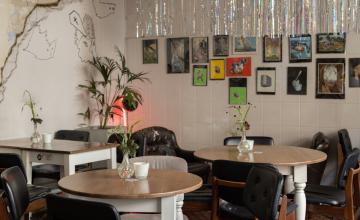
#GastroStreet: Św. Antoniego street in Wroclaw – come here for breakfast in the morning and for a drink in the evening!
Św. Antoniego street is located close to the Wroclaw Market Square in Old Town. Although It is only 289 m in length, it houses several restaurants! The street became famous mainly thanks to cult restaurants, cafés or clubs located here, although locals associate it with the Four Denominations District or... numerous funeral homes that once existed here.

#GastroStreet: Plac Solny – restaurants, cafés and bars in Wroclaw recommend themselves not only for the weekend!
Plac Solny is one of the most recognisable places on the Wroclaw Market Square – it is associated mainly with numerous open-air flower shops. This square has served as a marketplace for centuries. Plac Solny means not only monuments, but also many interesting food outlets. Check where it is worth having a cup of coffee or eating delicious dinner!
![poland tourist information John Malkovich on a film set in Wroclaw [INTERVIEW]](https://visitwroclaw.eu/img-thumb-360x220-files-en/news/john-malkovicz-hala.jpg)
John Malkovich on a film set in Wroclaw [INTERVIEW]
One of the most interesting American actors, the star of numerous films (Dangerous Liaisons, In the Line of Fire, Being John Malkovich) or TV series (Billions, The New Pope) appeared in Wroclaw to take part in the shooting of A Winter’s Journey directed by Alex Helfrecht. He talked to us about Wroclaw, films by Polish directors, the new production and fascination with... classical music.
Weather in Wrocław
- tomorrow: słabe opady deszczu 21 o C /16 o C
- the day after tomorrow: umiarkowane opady deszczu 20 o C /14 o C
- Visiting and attractions
- Sport and recreation
- Entertainment
- Theatre and opera
- Useful Information
- Travelling to Wroclaw
- Travelling in Wroclaw
- Useful information
- Tourist information
- Basic information
- Important phone numbers
- Unknown Wrocław
- Curiosities
- About Wrocław
- Created with Pixso. MY ACCOUNT
I’m Sorry. I didn’t get that.
Hong kong tourism board, volleyball nations league hong kong 2024.
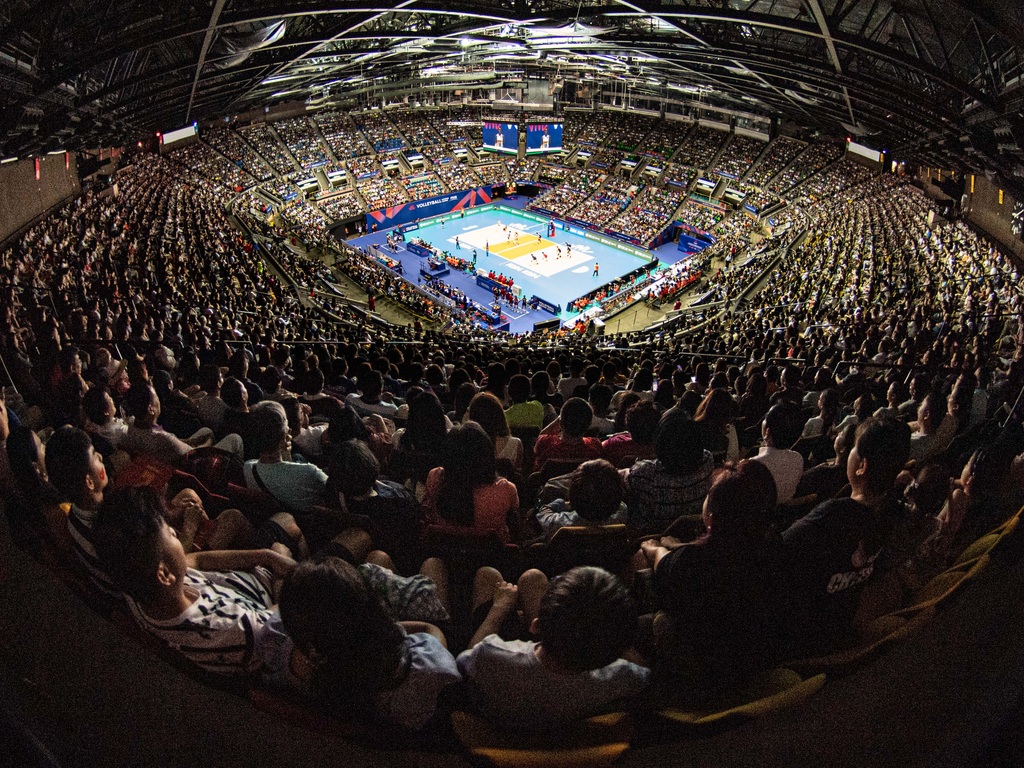
This year’s Volleyball Nations League Hong Kong is the final opportunity for teams including China to secure their qualifications to the Paris Olympics. The six-day competitions will feature eight national teams, including China, Turkey, Brazil, Poland, Dominic Republic, Germany, Thailand and Bulgaria.
Event details
11–16 June 2024
Hong Kong Coliseum
Category(-ies)
Various prices
Tickets available at Urbtix
Buy Tickets Online
URBTIX (Urban Ticketing System)
phone-handset +852 5244 6337
https://www.vbahk.org.hk/
Volleyball Association of Hong Kong, China
- Sporting Events

Special information for Labour Day Golden Week (1 – 5 May 2024)
- Major sightseeing attractions opening hours
- Public transportation and boundary-crossing services
We use cookies to ensure that we give you the best experience on our website, to understand your interests and provide personalized content to you as further set out in our Cookie Policy here . If you accept the use of cookies on our website, please indicate your acceptance by clicking the "I accept" button. You may manage your cookies settings at any time.
Manage my cookies
Cookie Setting

IMAGES
VIDEO
COMMENTS
A picturesque region with remarkable rivers and lakes, the least urbanised part of Poland; idyllic landscapes, charming localities, health resorts, and four national parks (Białowieża, Biebrza, Narew and Wigry) welcome tourists; the region includes the UNESCO-listed Białowieża Forest; Podlaskie province, with hospitable Białystok as its capital, has many multicultural attractions…
Learn everything you need to know about visiting Poland for the first time, from when to go, how long to stay, and what to do. Discover the country's rich history, culture, nature, and cuisine through tips and practical advice.
Poland. Europe. Check out this year's Best in Travel winners. Picturesque cities such as Kraków and Gdańsk vie with energetic Warsaw for your urban attention. Elsewhere, woods, rivers, lakes and hills beckon for some fresh-air fun. 01 / Attractions.
14. Slowinski Sand Dunes. 15. Biskupin Settlement. Map of Tourist Attractions in Poland. 1. Wieliczka Salt Mine, Wieliczka. Wieliczka salt mine. The 13 th -century Wieliczka salt mine is just as important for the locals today as it was hundreds of years ago, but for a very different reason.
Visitors who imagine Poland as a backward, impoverished land of rusting factories, smoggy cities, and gloomy natives are left speechless when they step into Kraków's vibrant main square, Gdańsk's colorful Royal Way, or Warsaw's lively Old Town. While parts of the country do still feel like a time warp, today's Poland also has a vibrant urbanity, enticing food and design culture, dynamic ...
Poland is one of the cheaper countries to travel to in Europe compared to its Western neighbors, like Germany or France. The lower cost of living impacts tourism, with many affordable hotels and delicious restaurants. Expect to spend 30 - 70 USD per night for a mid-range hotel and 20-40 USD per day on food.
Polrail Service offers a guide to rail travel in Poland and on-line purchase of tickets and rail passes for Polish and international trains to neighbouring countries. There's a fee of around 22 zł for every ticket. PolishTrains allows to search, book and buy train tickets to numerous Polish and European destinations.
Poland is a part of the global tourism market with constantly increasing number of visitors.Tourism in Poland contributes to the country's overall economy. The most popular cities are Kraków, Warsaw, Wrocław, Gdańsk, Poznań, Szczecin, Lublin, Toruń, Zakopane, the Salt Mine in Wieliczka and the historic site of Auschwitz - a German Nazi concentration camp in Oświęcim.
Poland Travel Guide. Last Updated: April 18, 2024. Poland is one of the most underrated destinations in Europe. With its incredible history and UNESCO World Heritage Sites, cheap food, world-class museums, wild nightlife, and plentiful nature, Poland is a budget-travel paradise. It has everything you'll find in Western Europe — but for half ...
Call us in Washington, D.C. at 1-888-407-4747 (toll-free in the United States and Canada) or 1-202-501-4444 (from all other countries) from 8:00 a.m. to 8:00 p.m., Eastern Standard Time, Monday through Friday (except U.S. federal holidays). See the State Department's travel website for the Worldwide Caution and Travel Advisories.
Information. Most cities have a tourist office (informacja turystyczna, or IT), usually run by the local municipality, though some are merely private agencies selling tours.. Phones. Travellers with GSM mobile phones will find that almost all of Poland enjoys coverage - apart from the odd remote mountain valley.
Welcome to the Official Tourist Website of Warsaw. Each city has a place that is its showcase and a must-see on any trip. In Warsaw, it's the Old Town, entered on the UNESCO World Heritage List - it's where the city's heart has been beating for centuries. However, when you cross the Vistula River and look at the Old Town from a distance ...
You should also consider a KrakowCard for unlimited travel and cheap access to lots of Kraków attractions. Check Krakow Hotel Availability . Destination . Check-in date. Tue 30 Apr 2024. Check-out date. Wed 01 May 2024 ... Kraków is the second largest and one of the oldest cities in Poland. Situated on the Vistula River in the Lesser Poland ...
Coronavirus: information and recommendations; Travel Back. Travel. Before arriving in Poland. Passenger Locator Form EU digital COVID certificate Rules for travellers. EU Member States, Schengen Area, Turkey Outside the European Union, Schengen Area, Turkey {"register":{"columns":[]}}
Wieliczka Salt Mine. The Wieliczka Salt Mine is a UNESCO World Heritage site located around 14km southeast of Kraków and is one of Poland's most popular attractions, welcoming tourists since 1722. Wieliczka Salt Mine is a subterranean labyrinth of tunnels, shafts and chambers, underground saline lakes, chapels with altarpieces, majestic ...
W ten weekend! ️ Otwarcie! ️ Jubileusz! . [PL] 🥰🥚Święta święta i po… wiadomo, je. Polish Tourism Organisation. Młynarska 42 01-171 Warszawa
Europe. Like a ministate all to itself, Gdańsk has a unique feel that sets it apart from other cities in Poland. Centuries of maritime ebb and flow as a major Baltic port; streets of distinctively un-Polish architecture influenced by a united nations of wealthy merchants who shaped the city's past; the toing and froing of Danzig/Gdańsk ...
This website uses cookies. By leaving cookies in your browser settings enabled you accept the use of cookies. If you do not agree to the use of cookies, change your browser settings.
In 2021, Poland welcomed the most tourists from Europe. Regarding tourist attractions and recreation, foreign tourists associate Poland with city breaks, national parks, lakes, museums, and ...
VisitWroclaw.eu is the official tourist website of Wrocław. Check out interesting routes, places, events, monuments, cafes, restaurants offered by Wrocław, the meeting place. Fall in love with our city!
Volleyball Nations League Hong Kong 2024. This year's Volleyball Nations League Hong Kong is the final opportunity for teams including China to secure their qualifications to the Paris Olympics. The six-day competitions will feature eight national teams, including China, Turkey, Brazil, Poland, Dominic Republic, Germany, Thailand and Bulgaria.